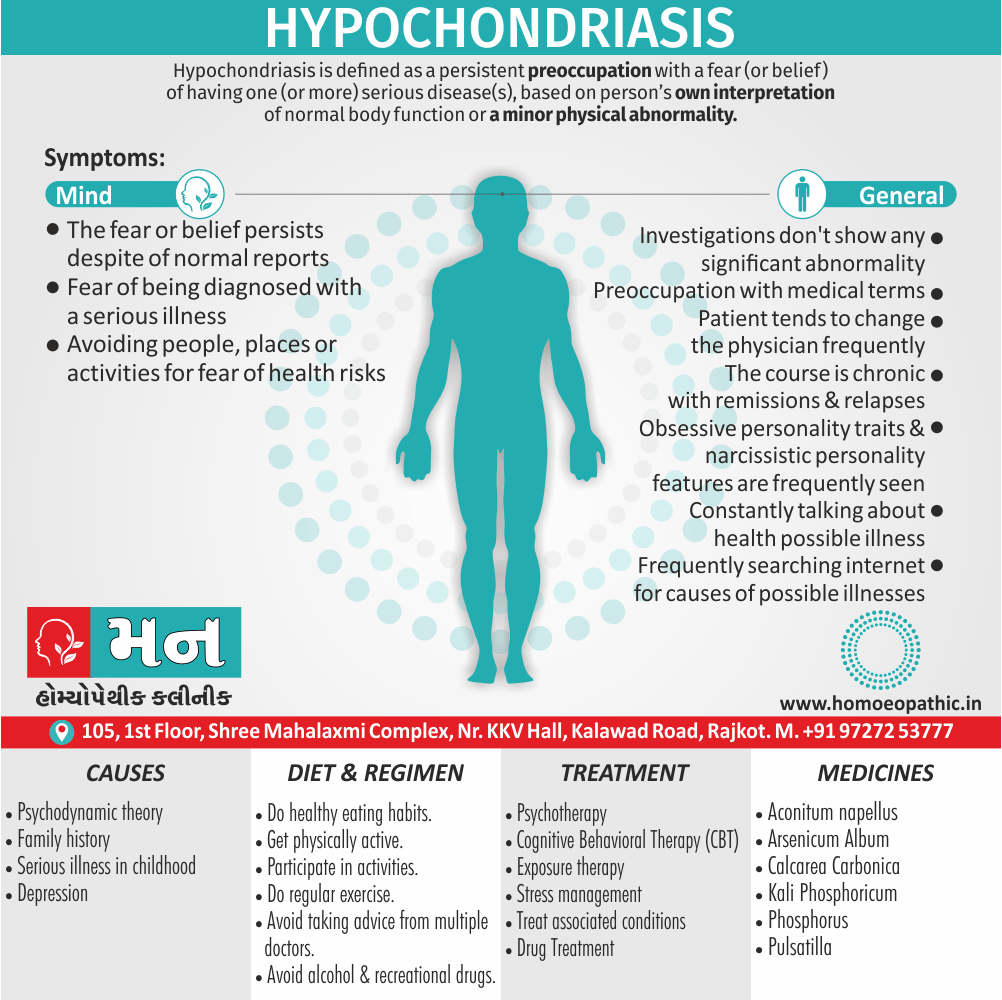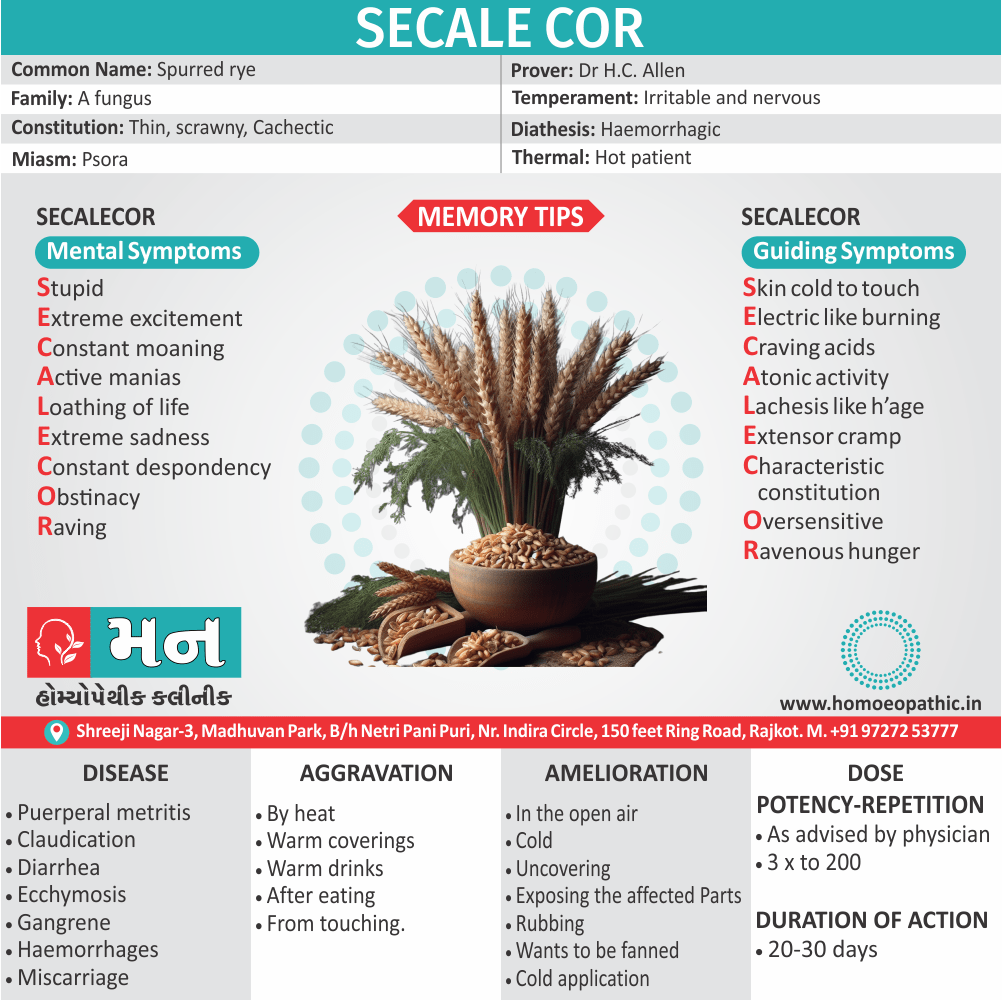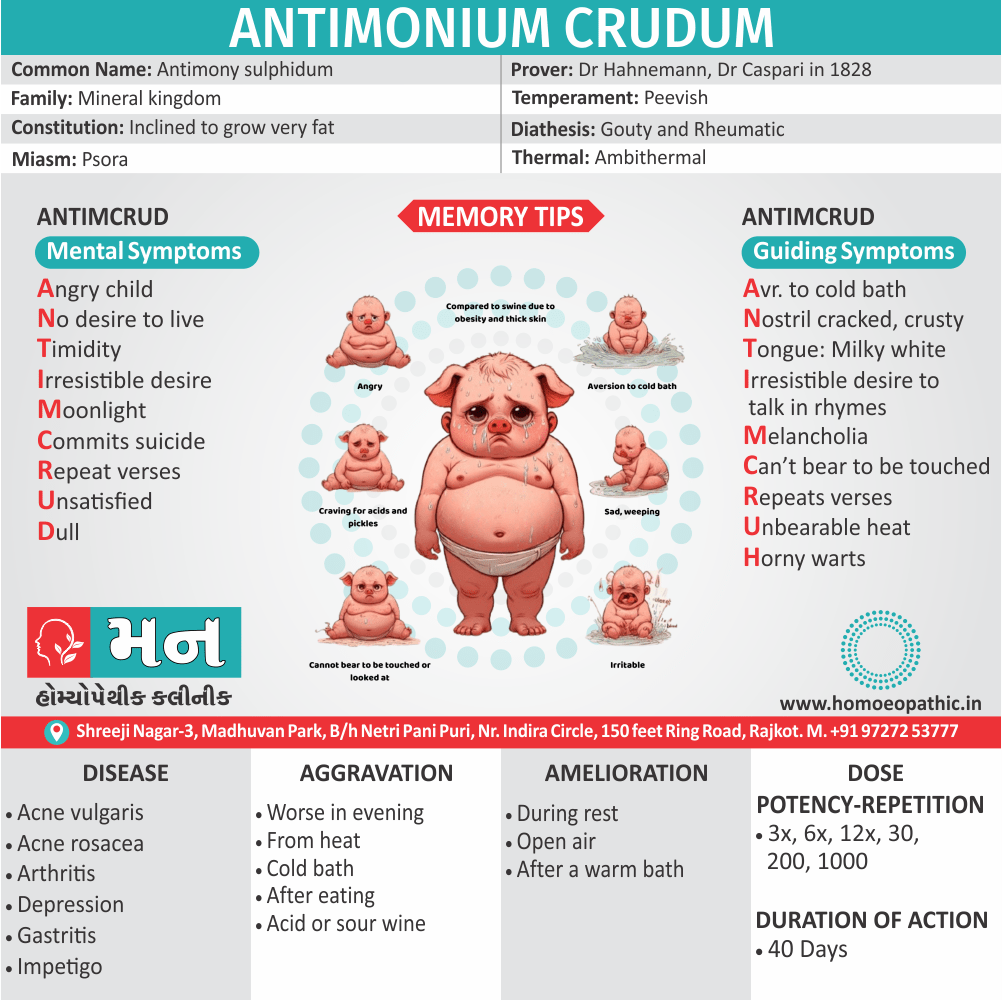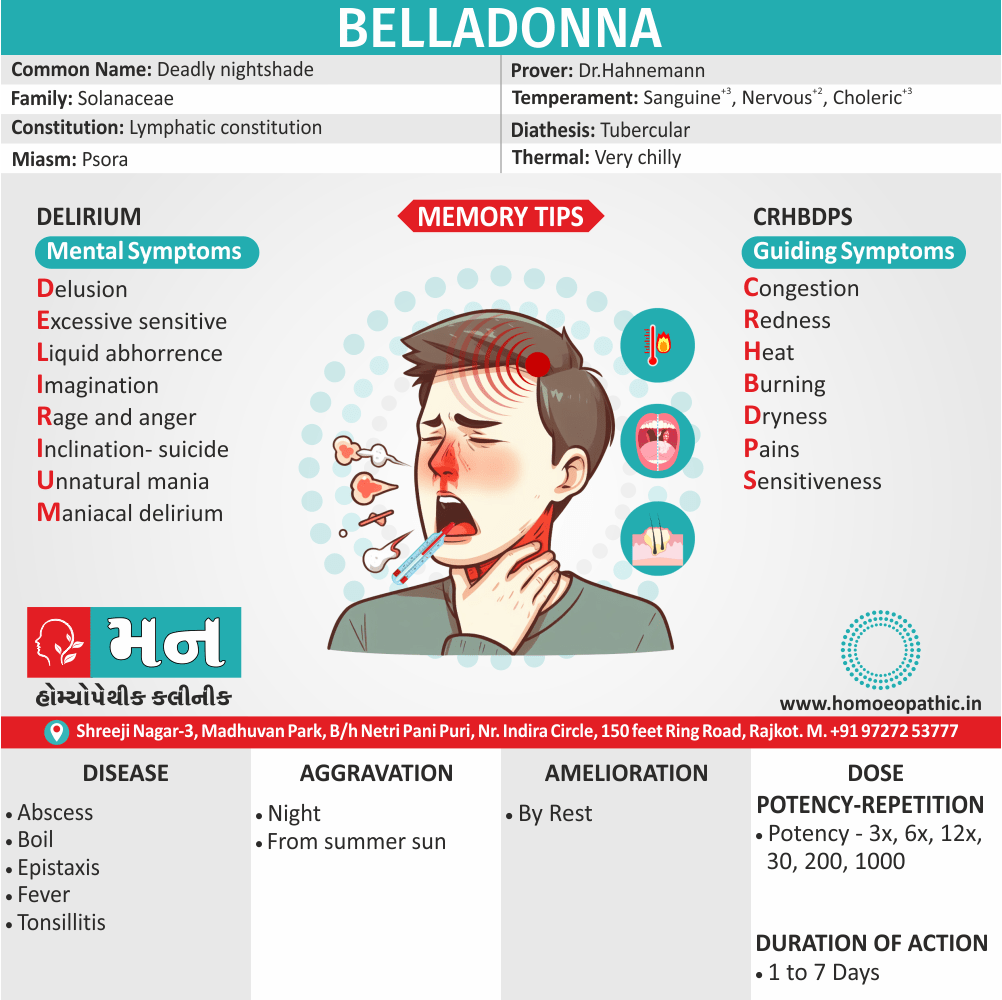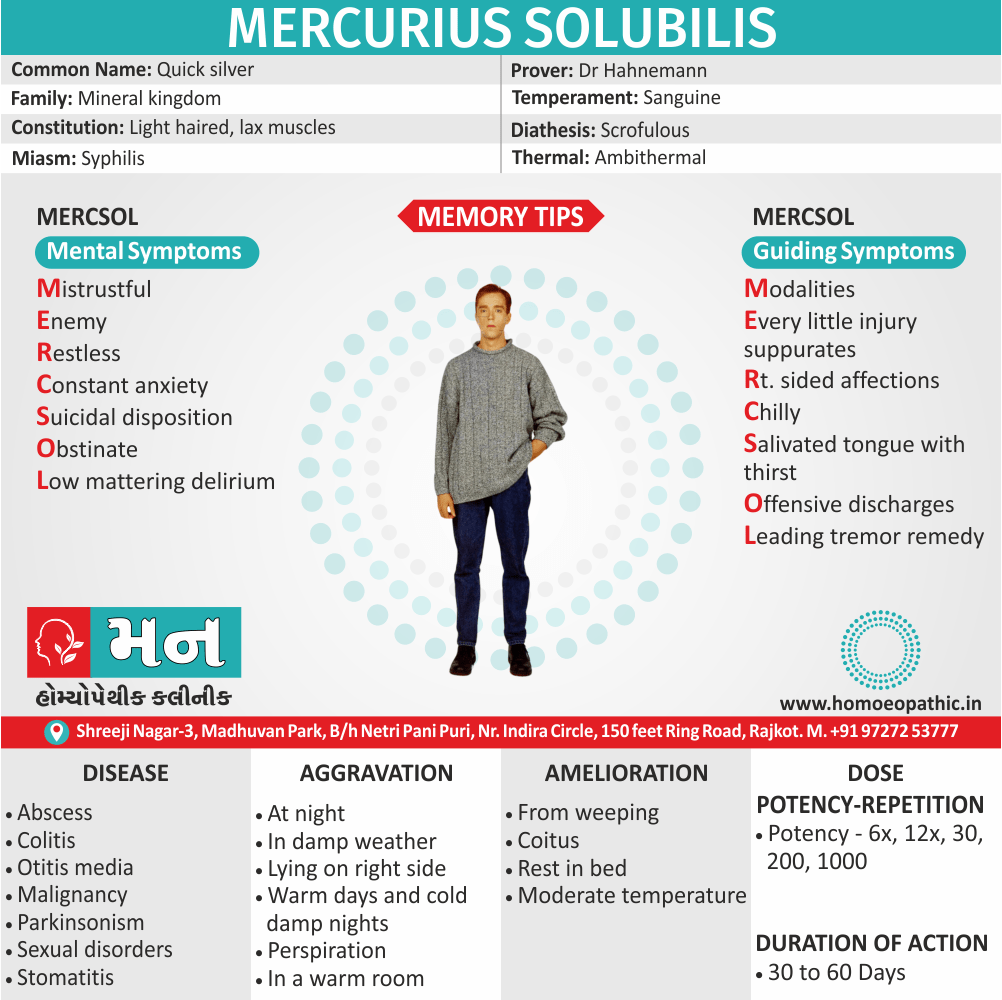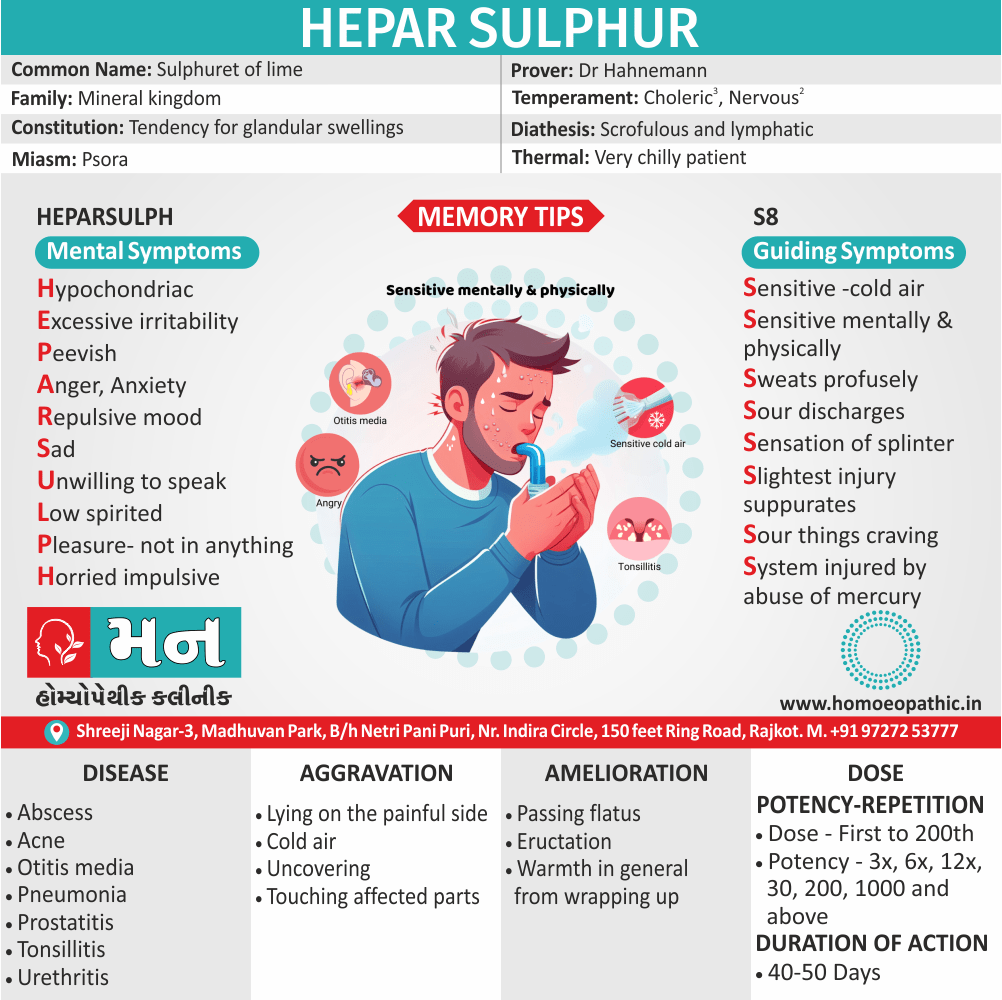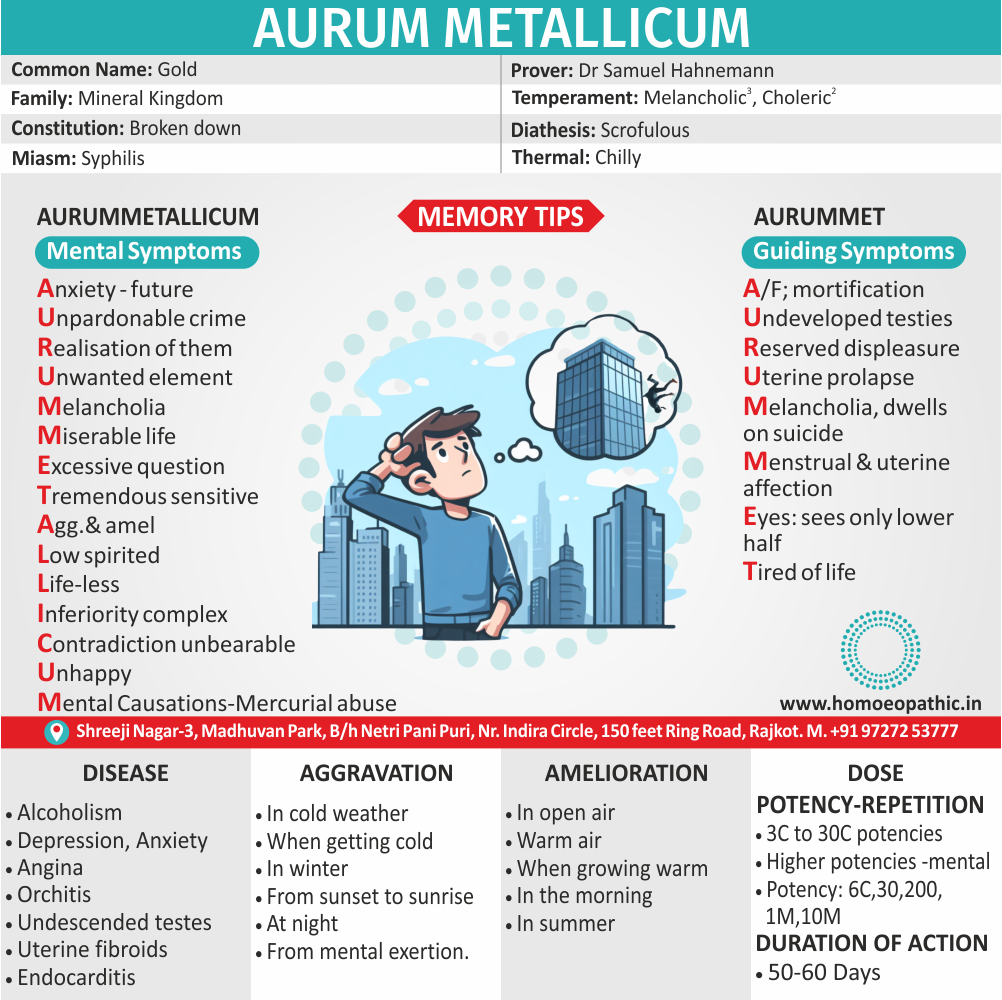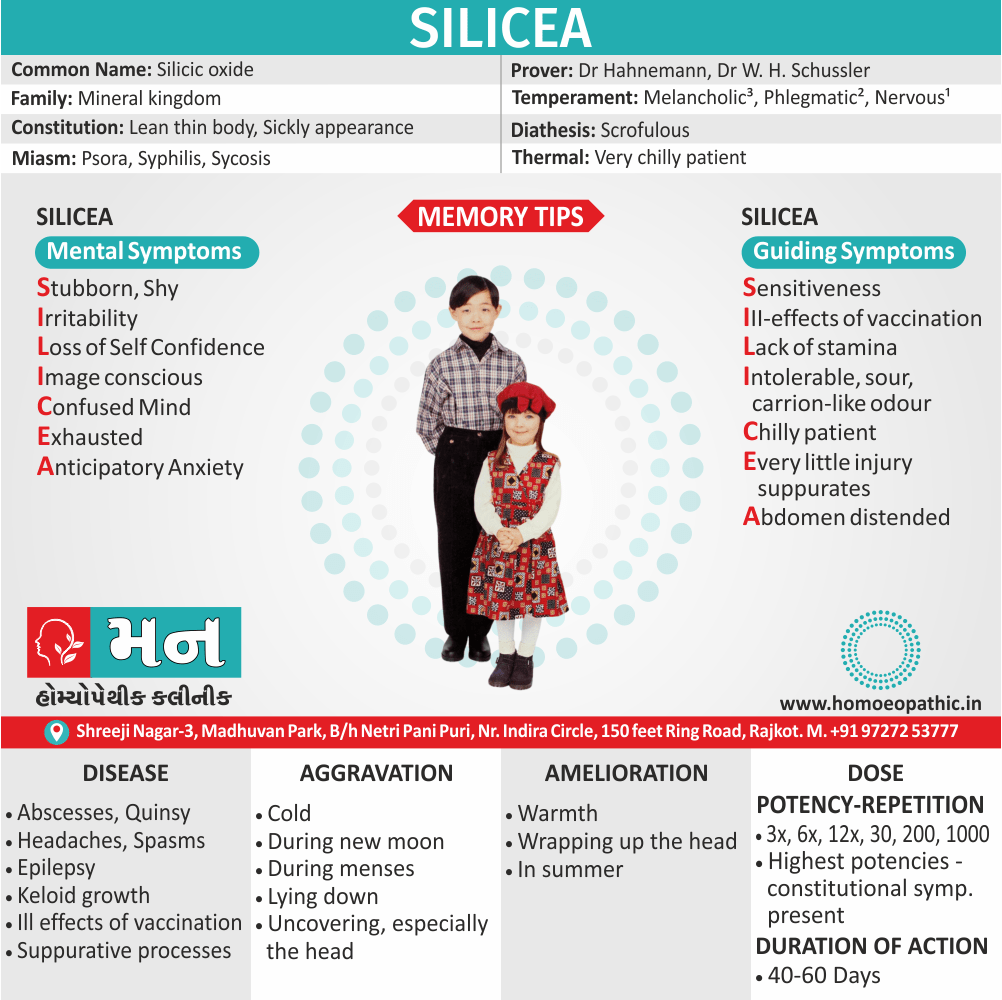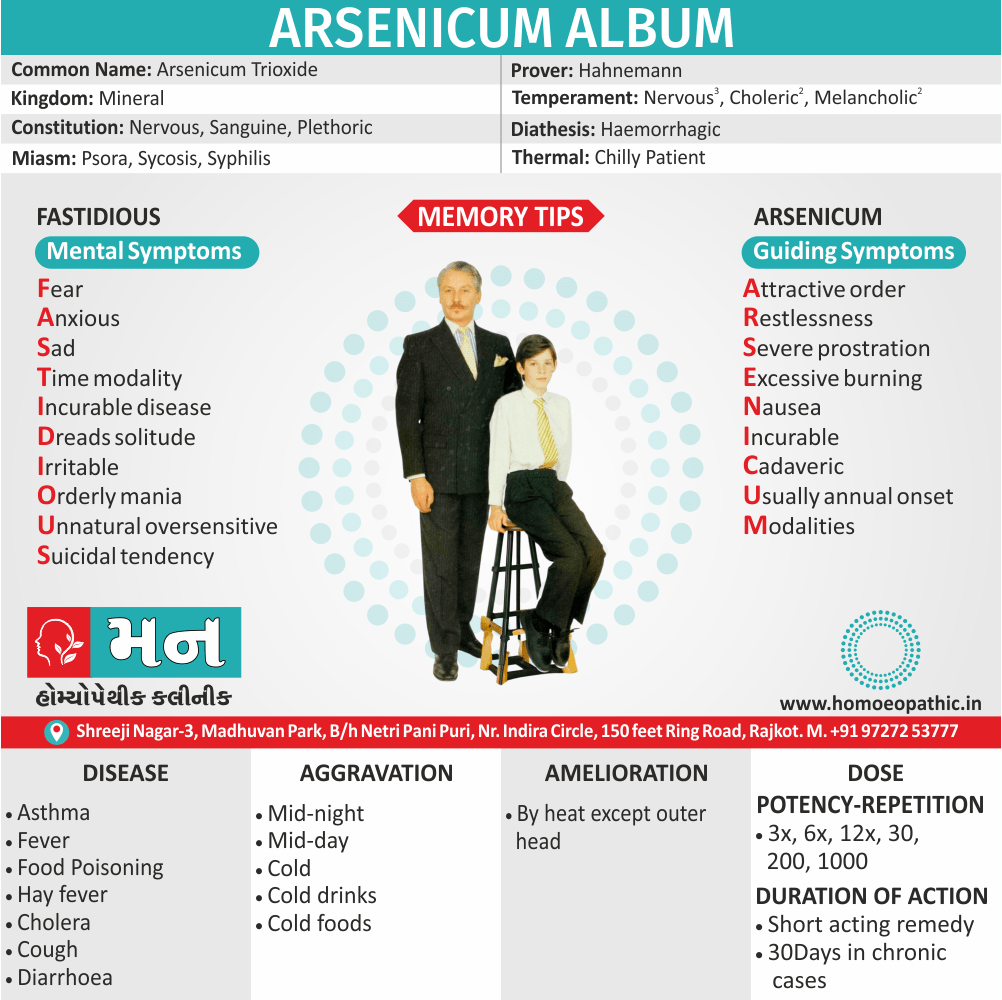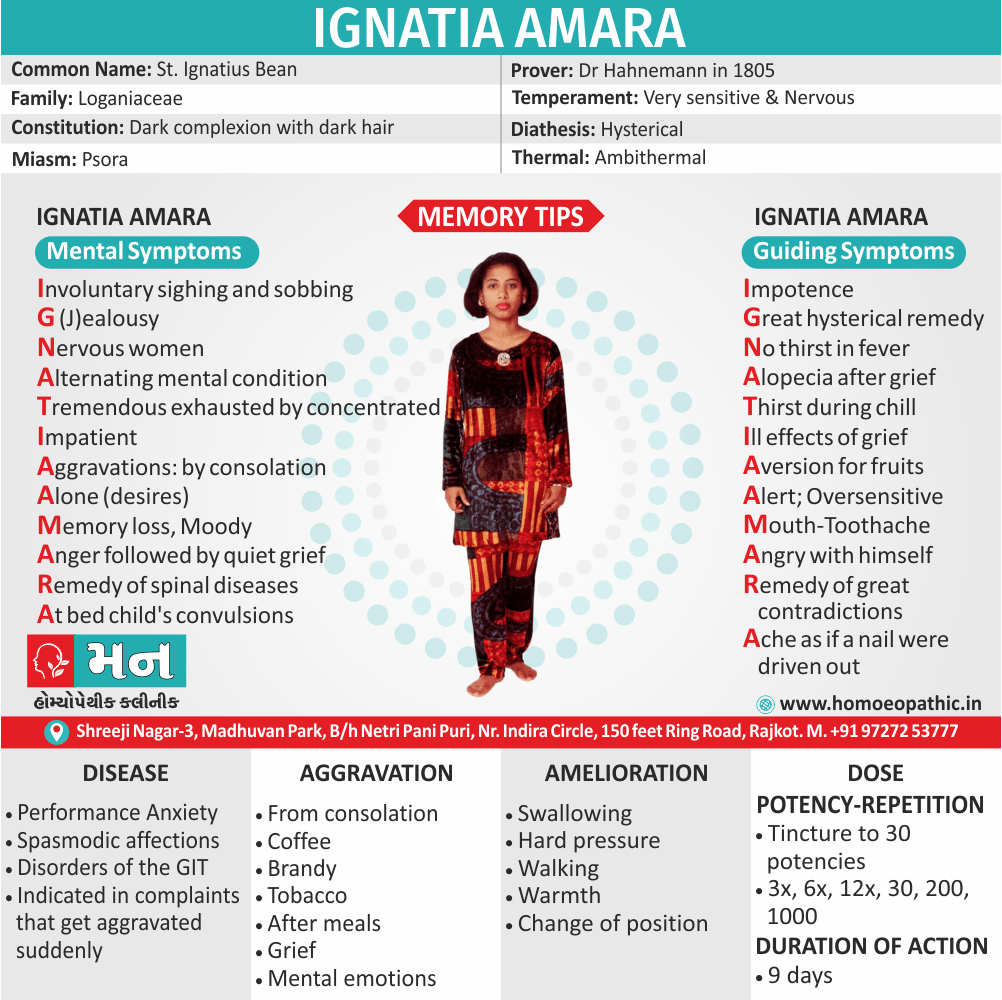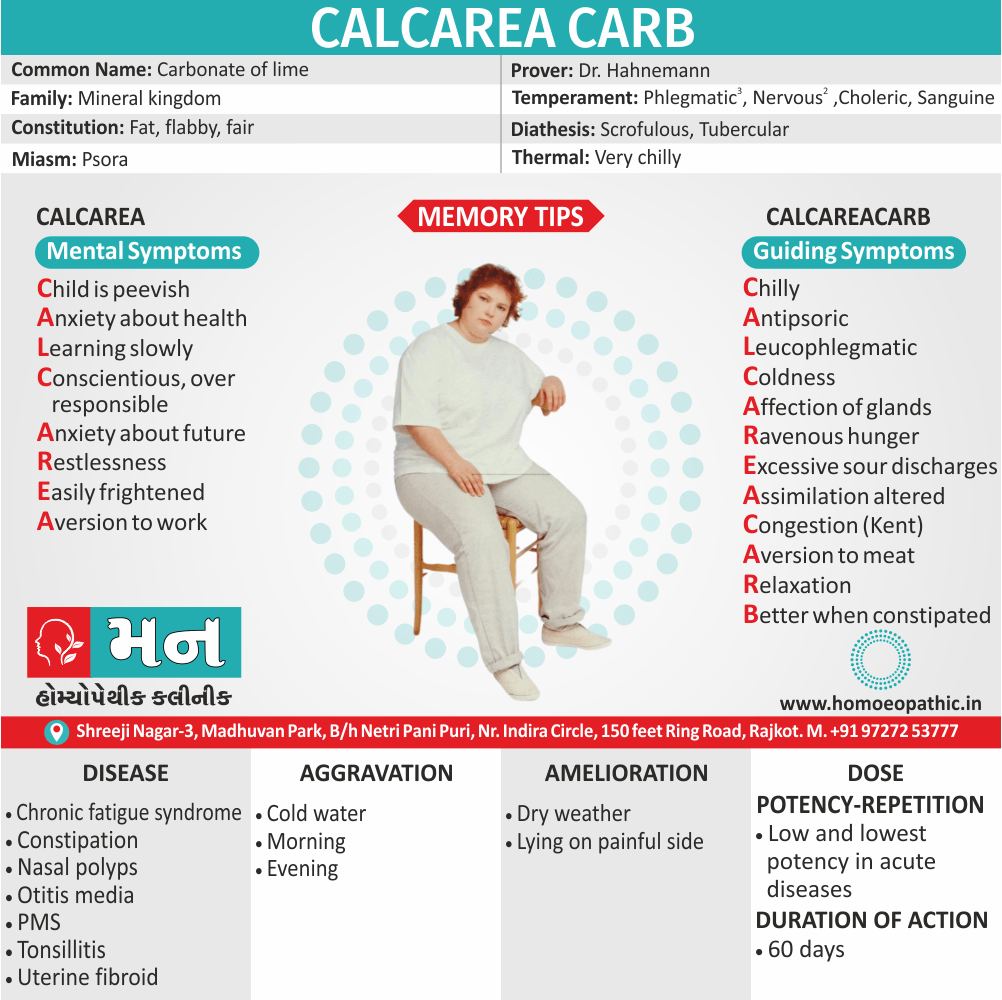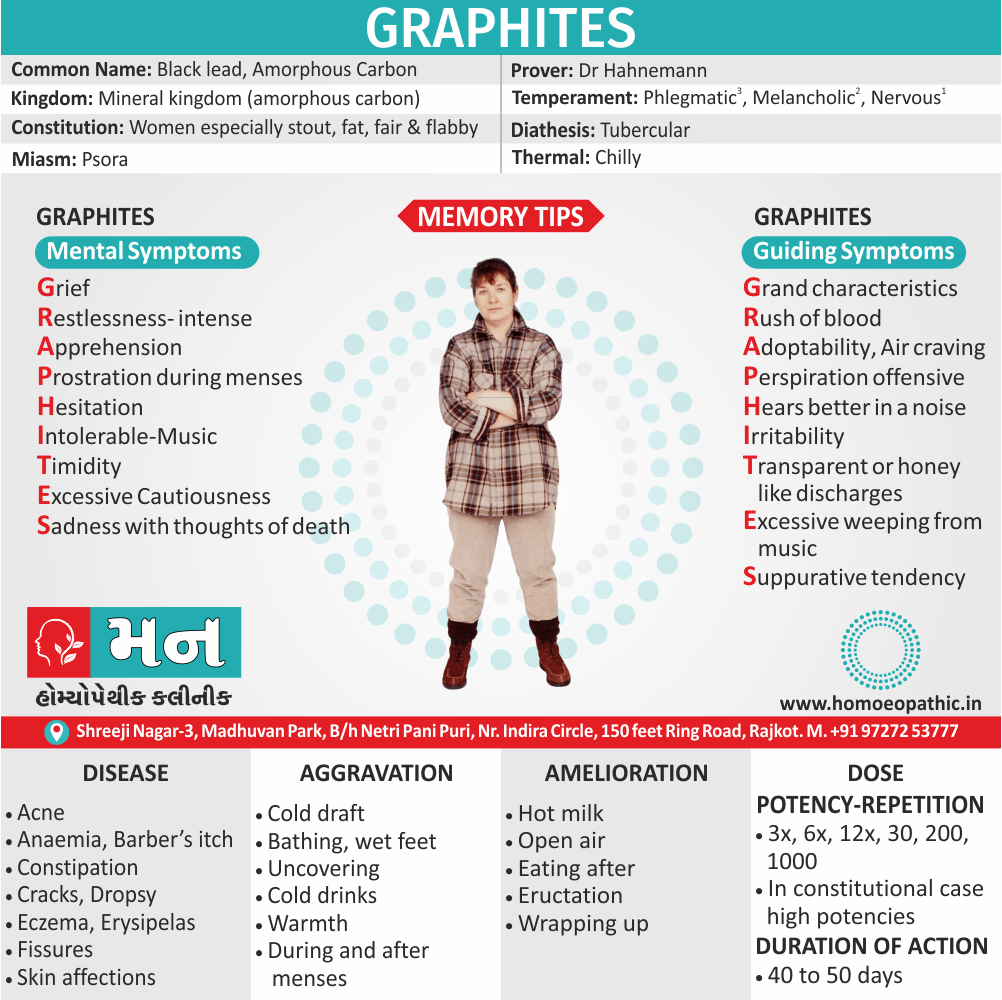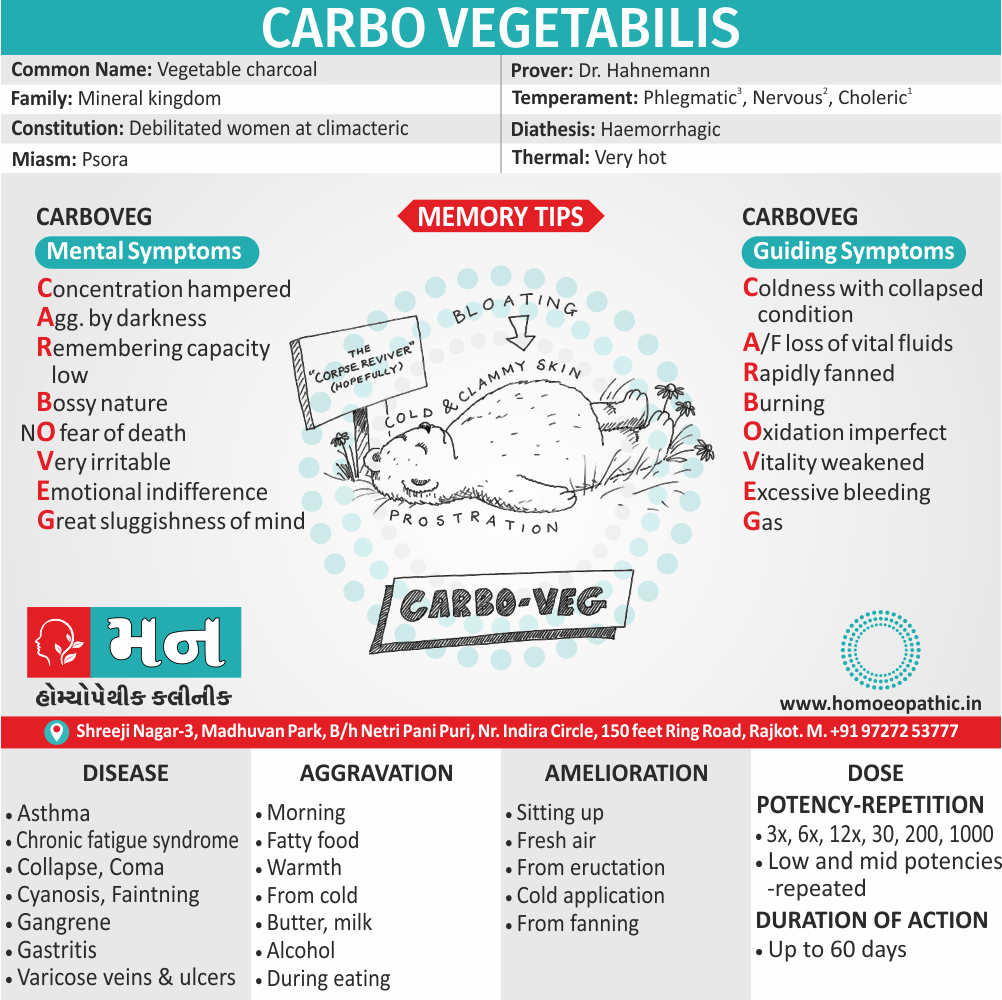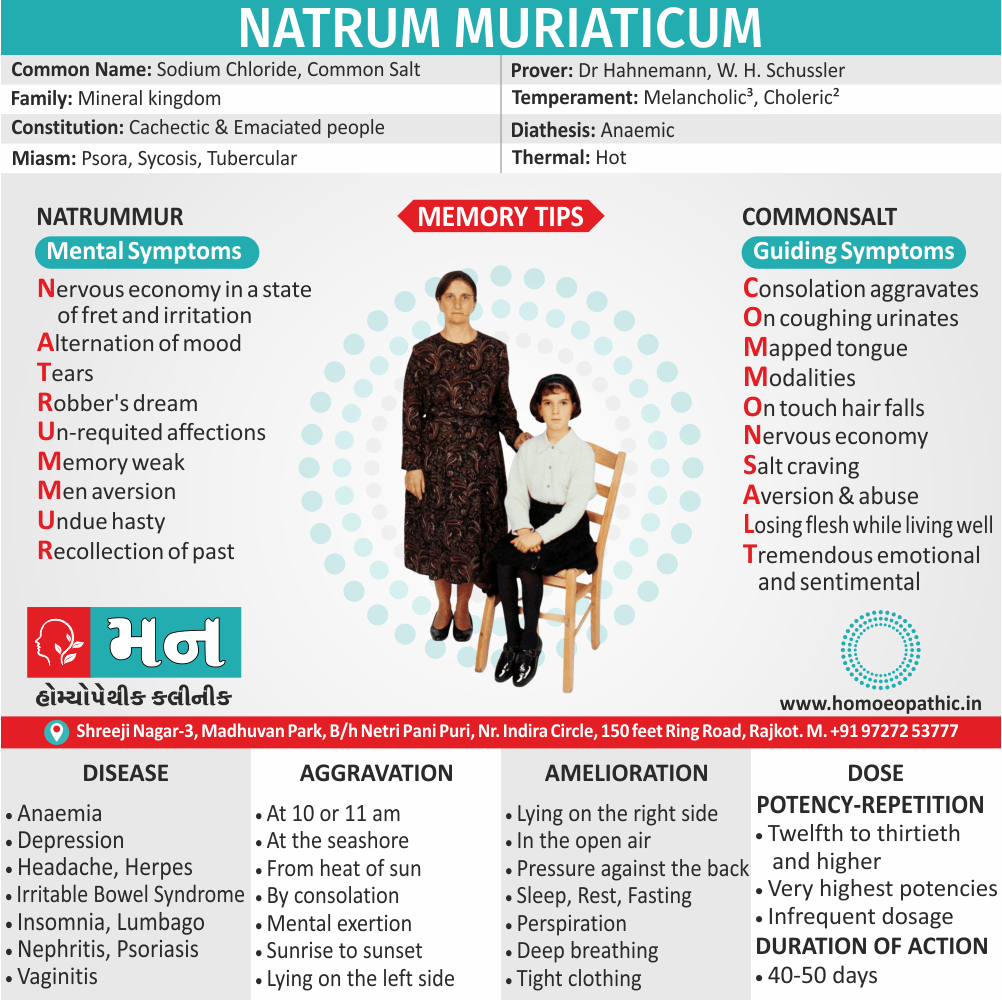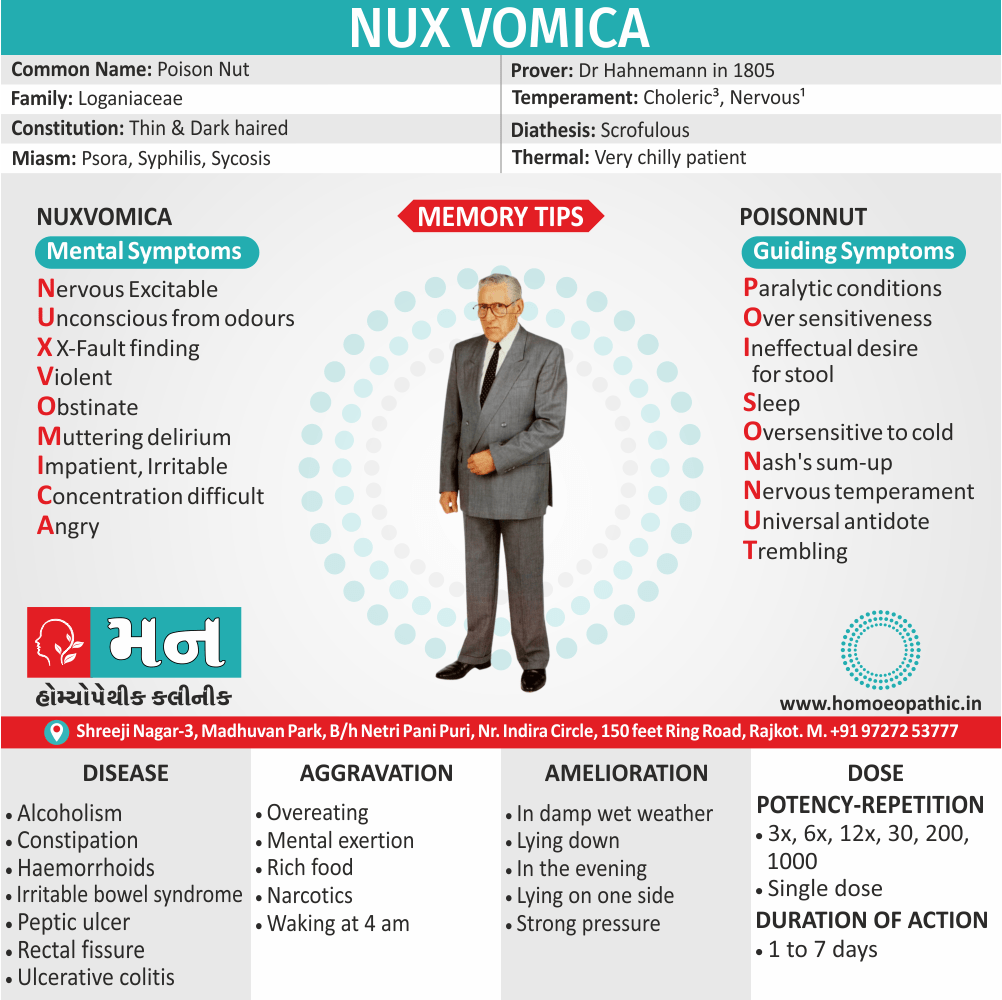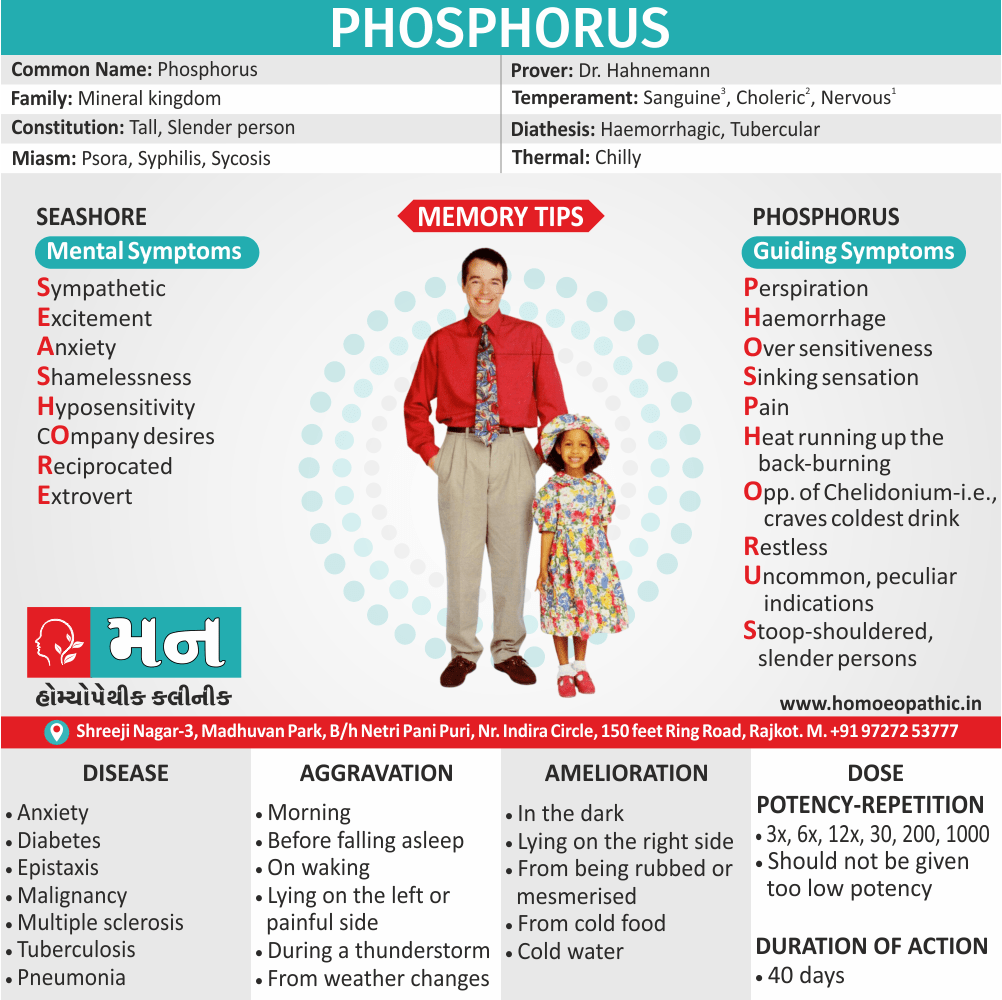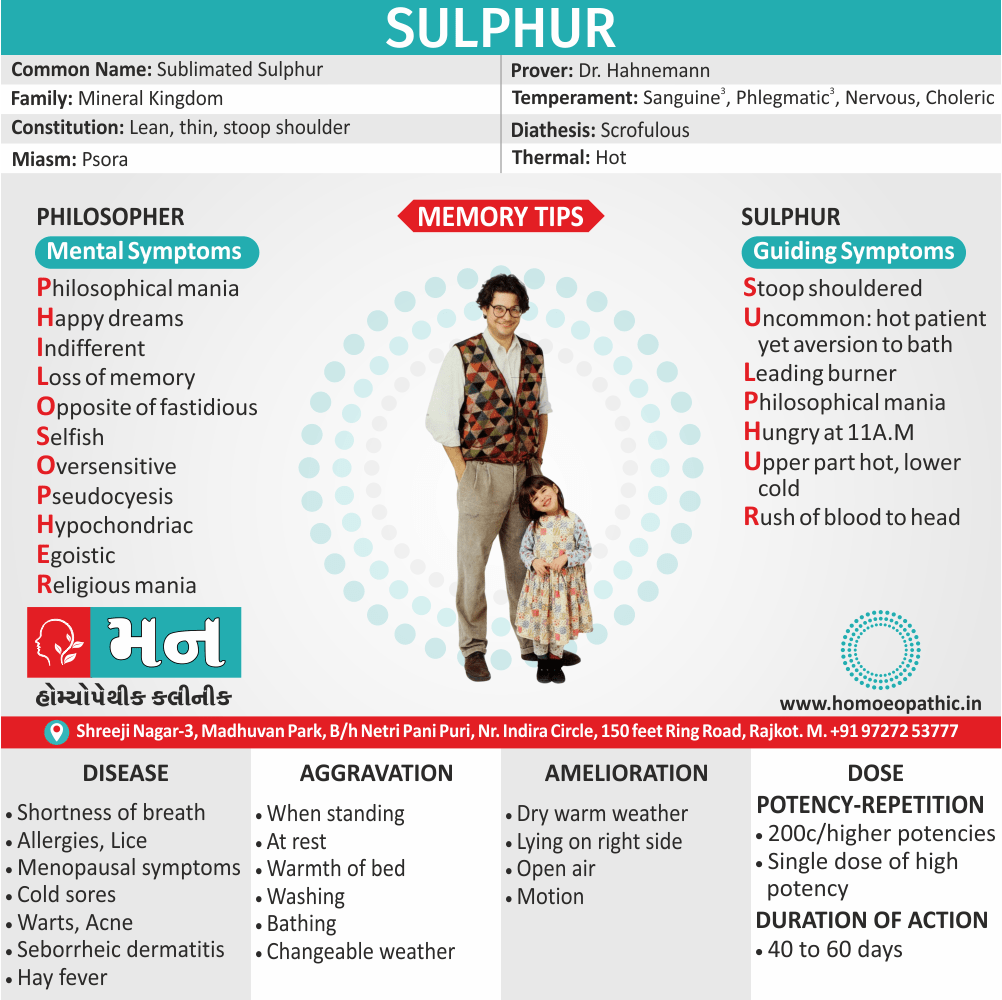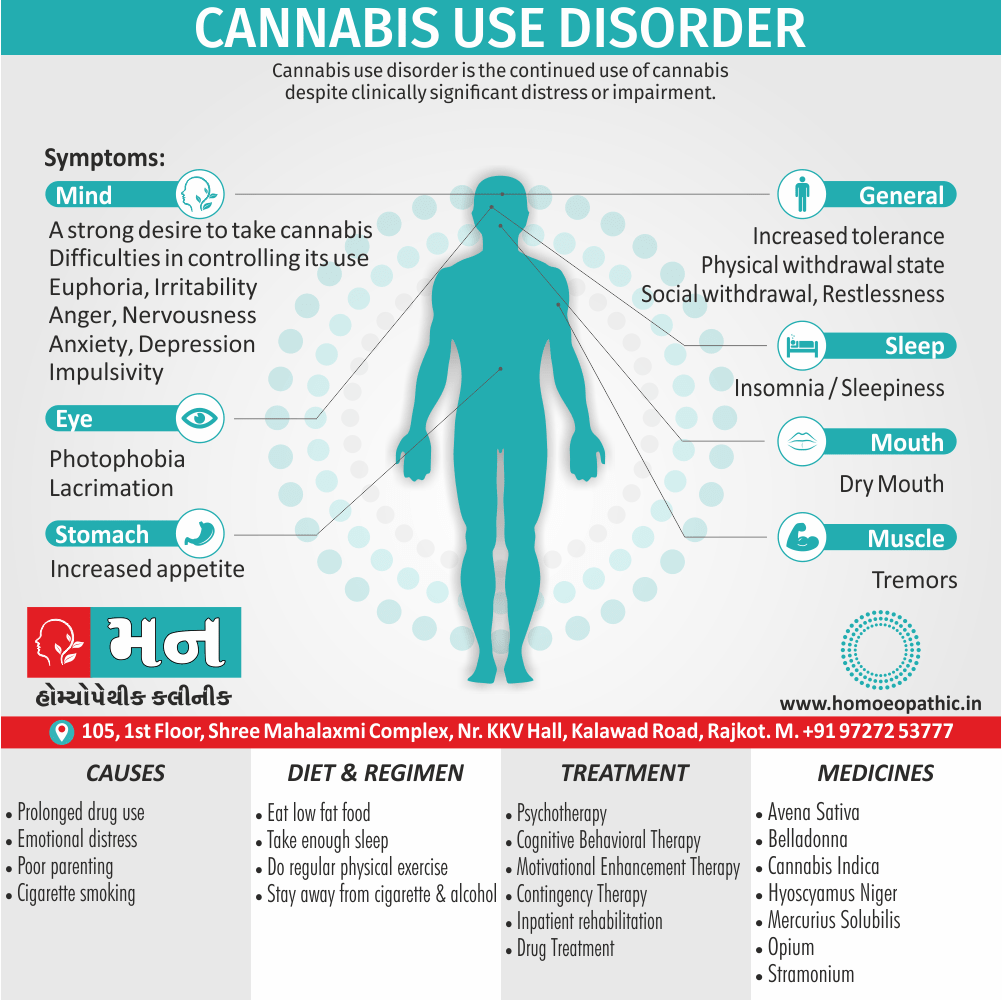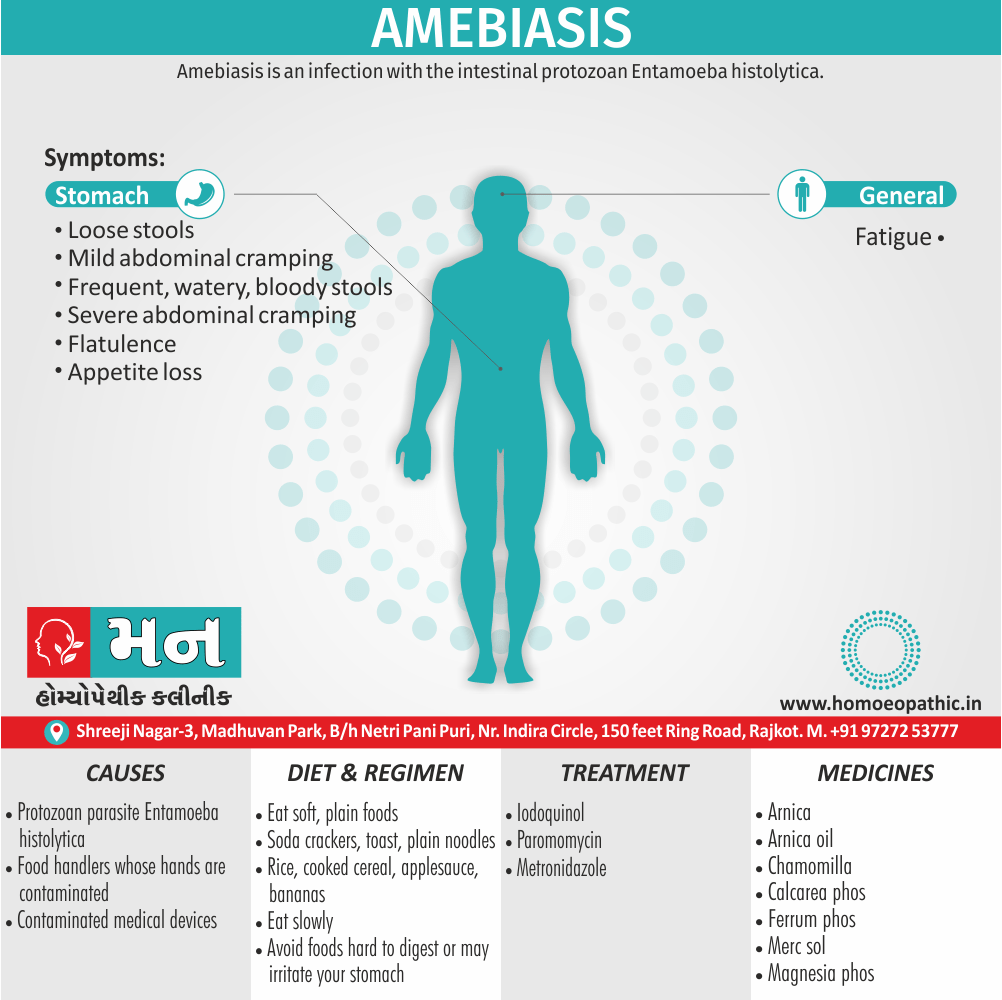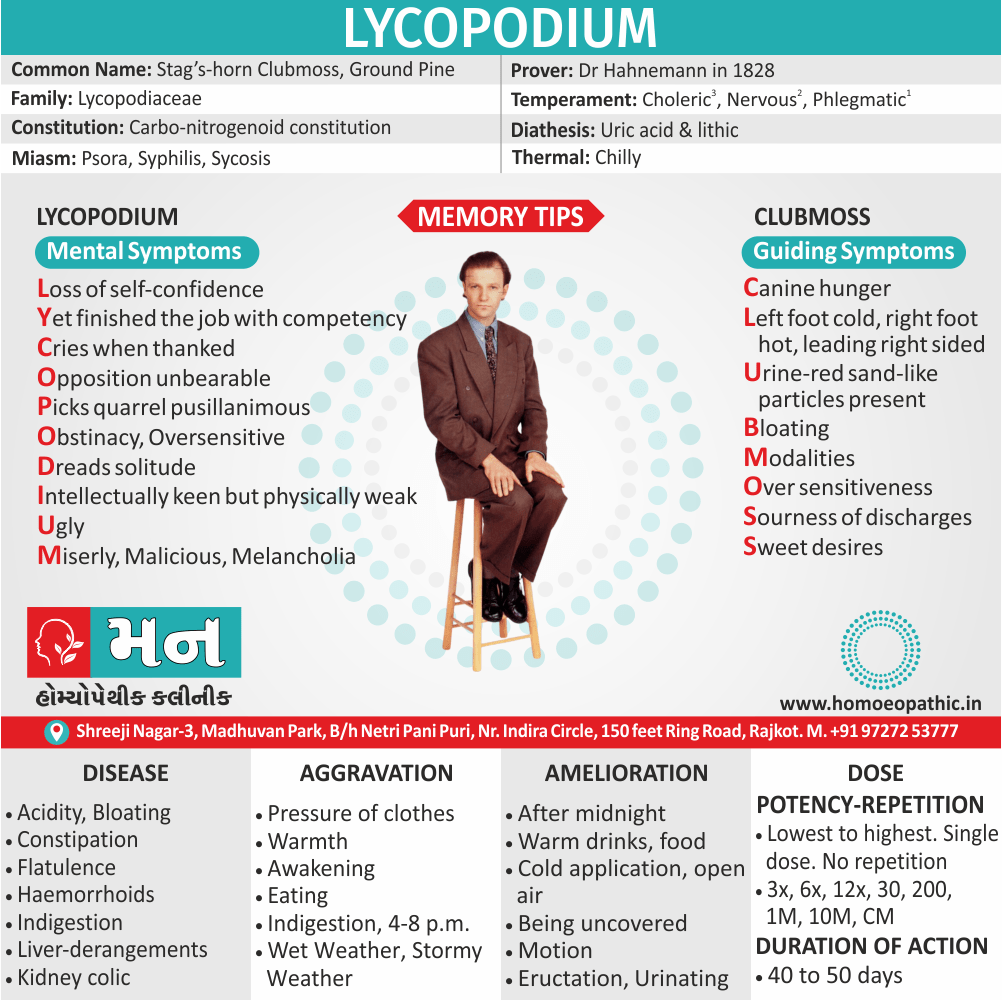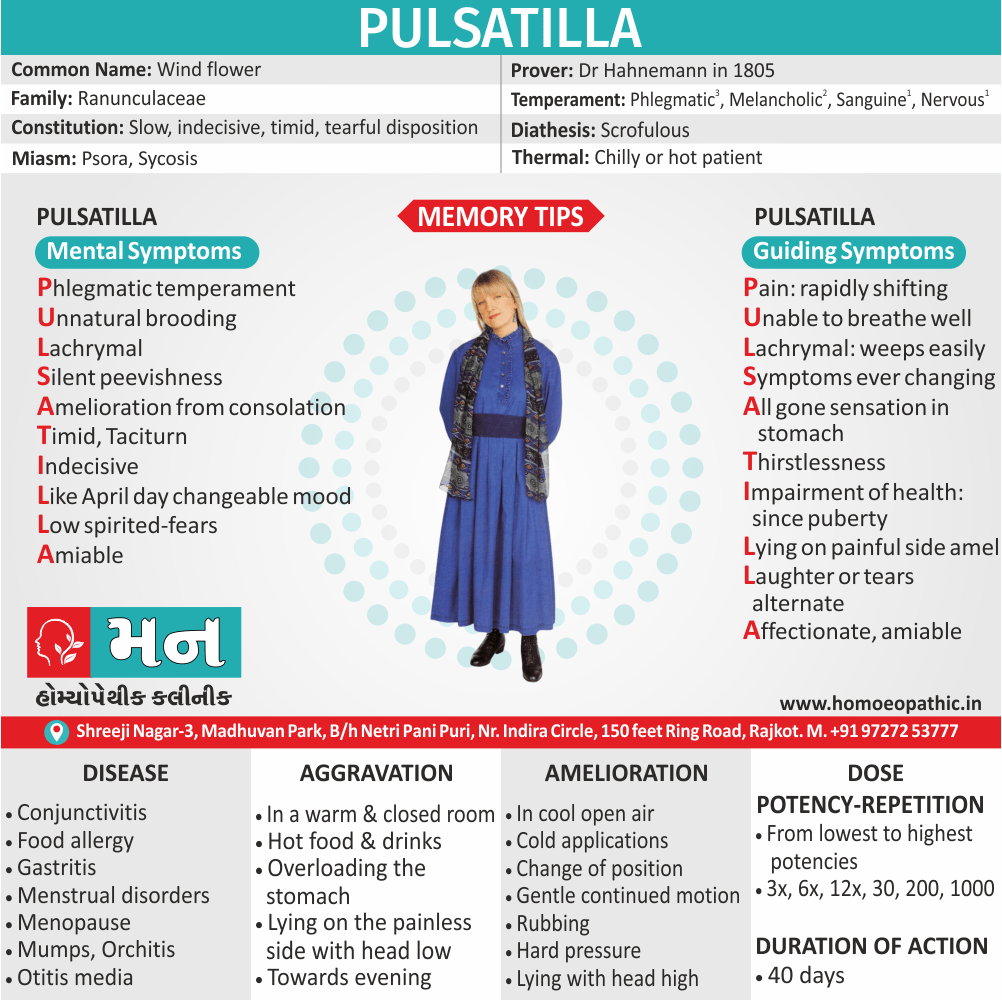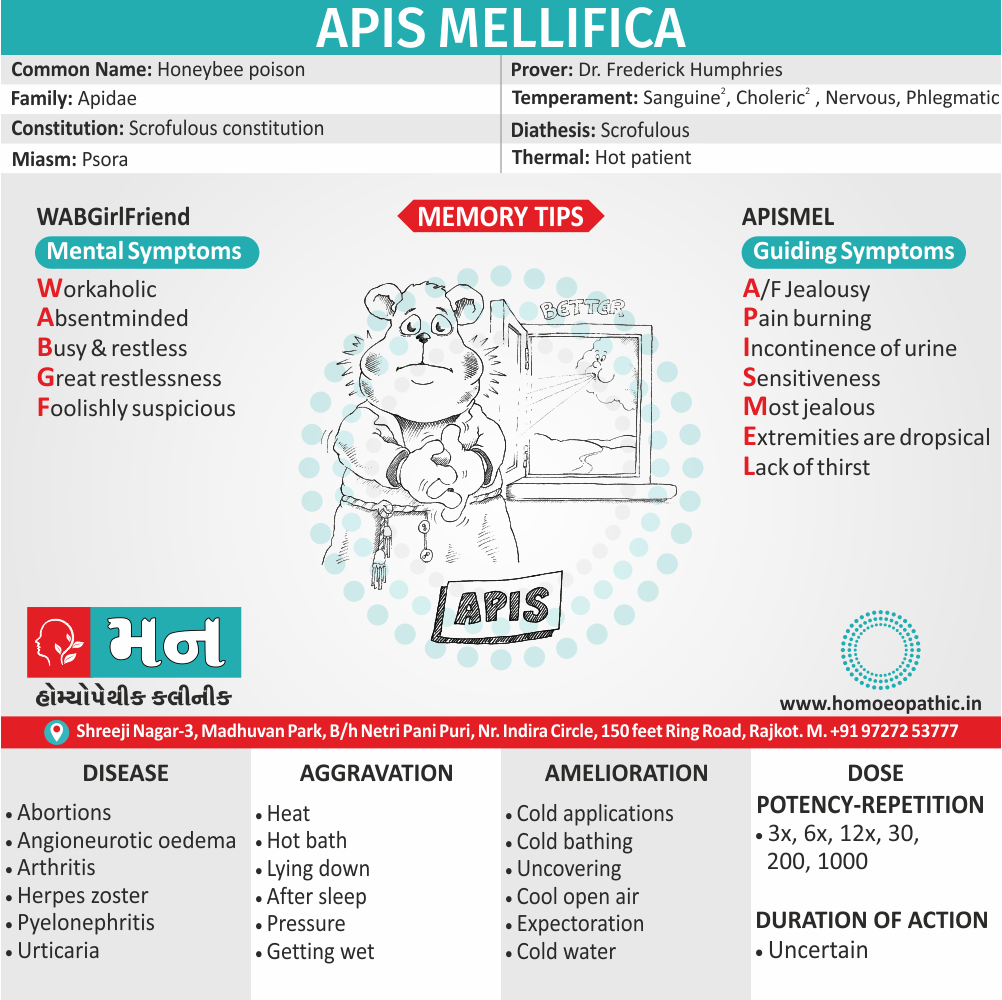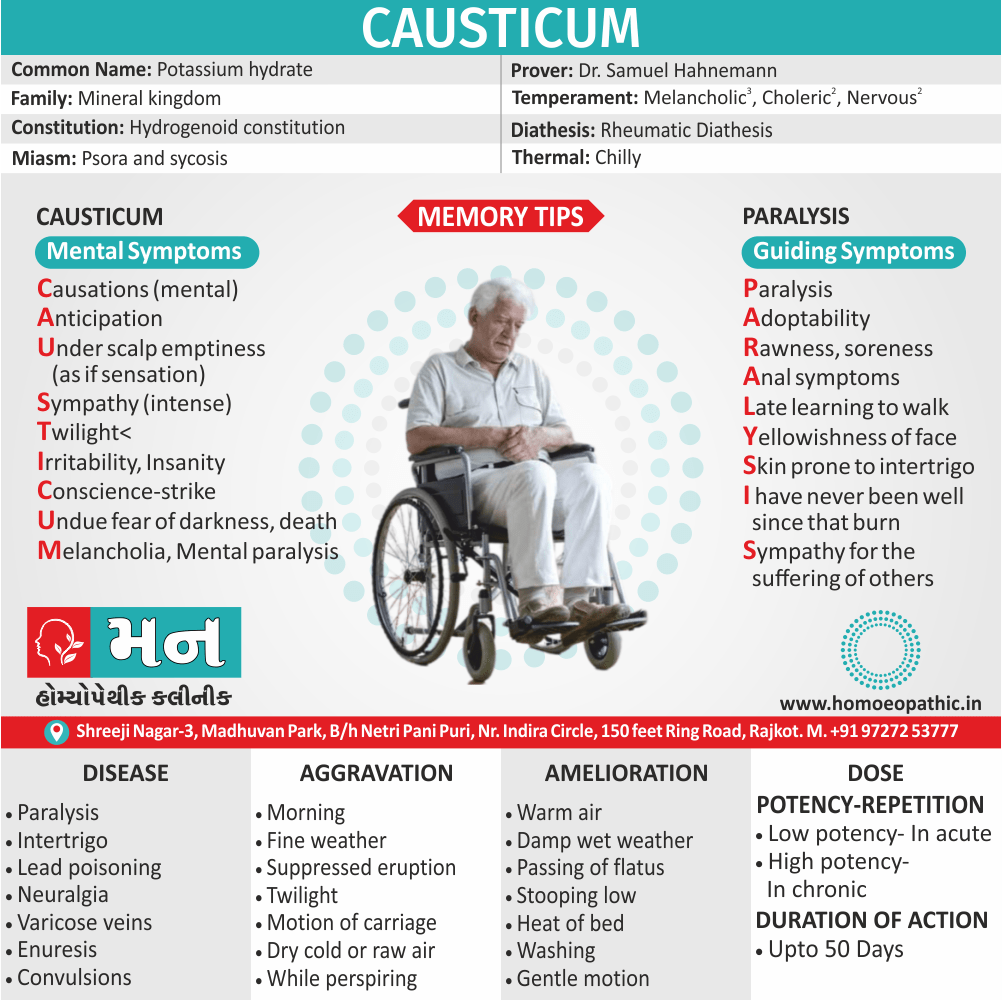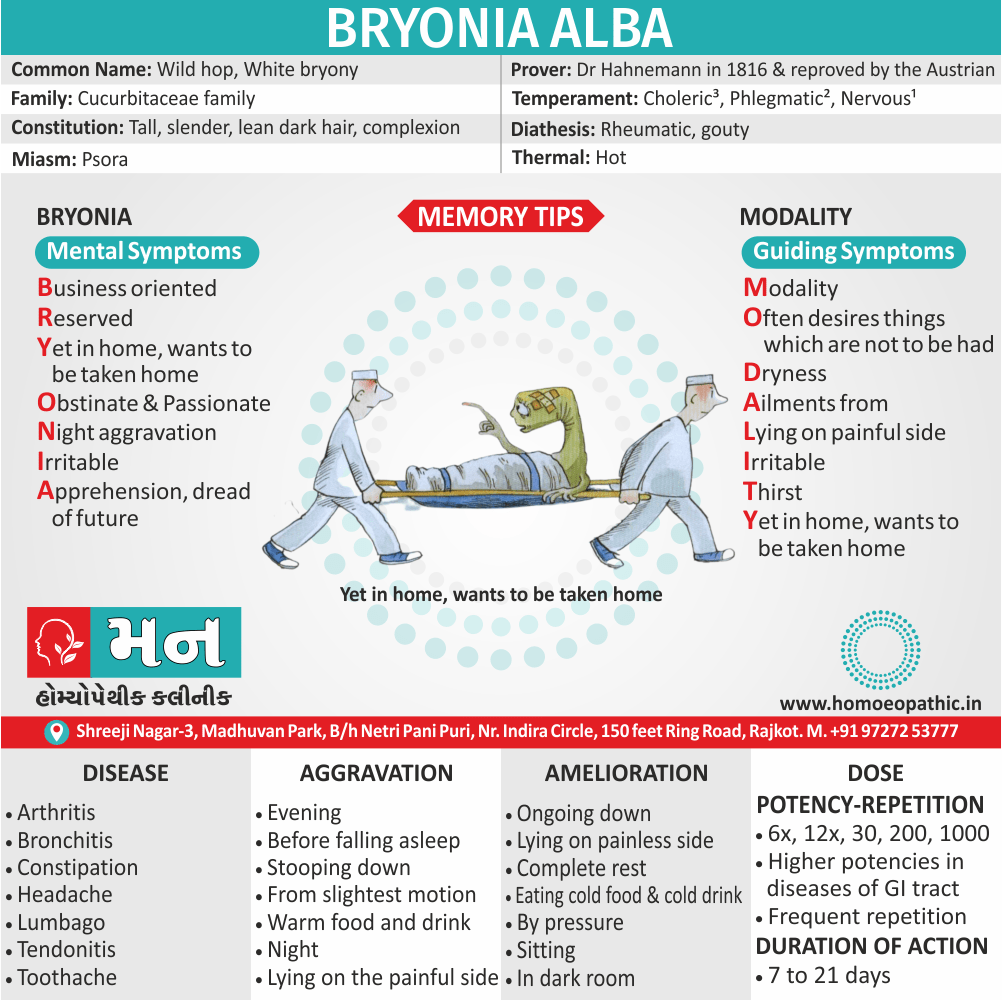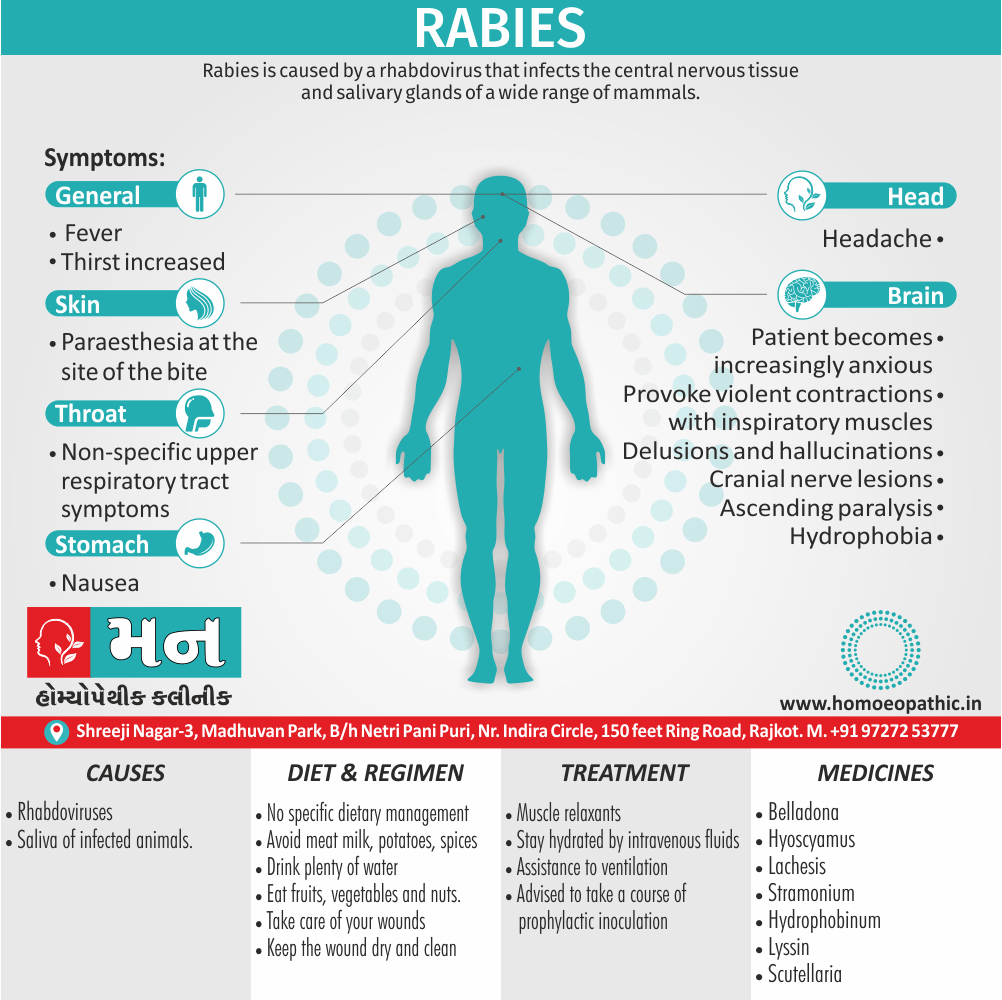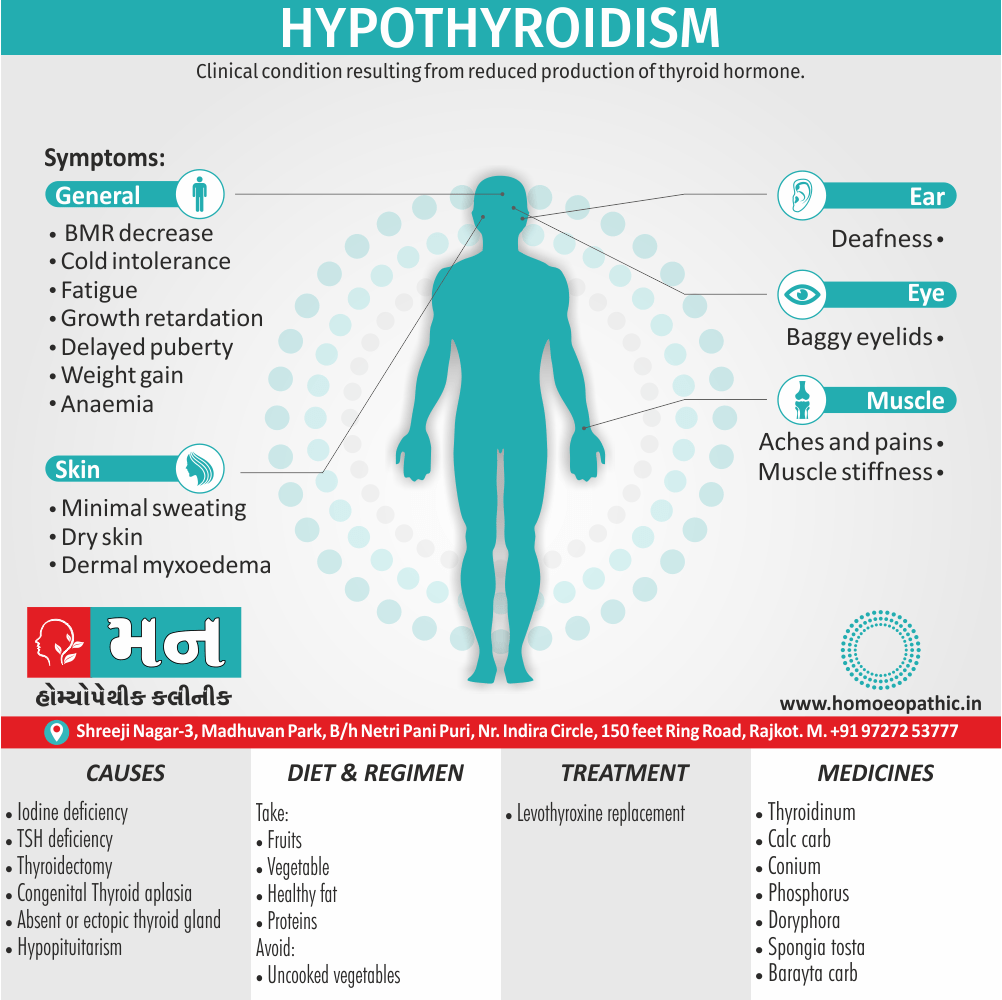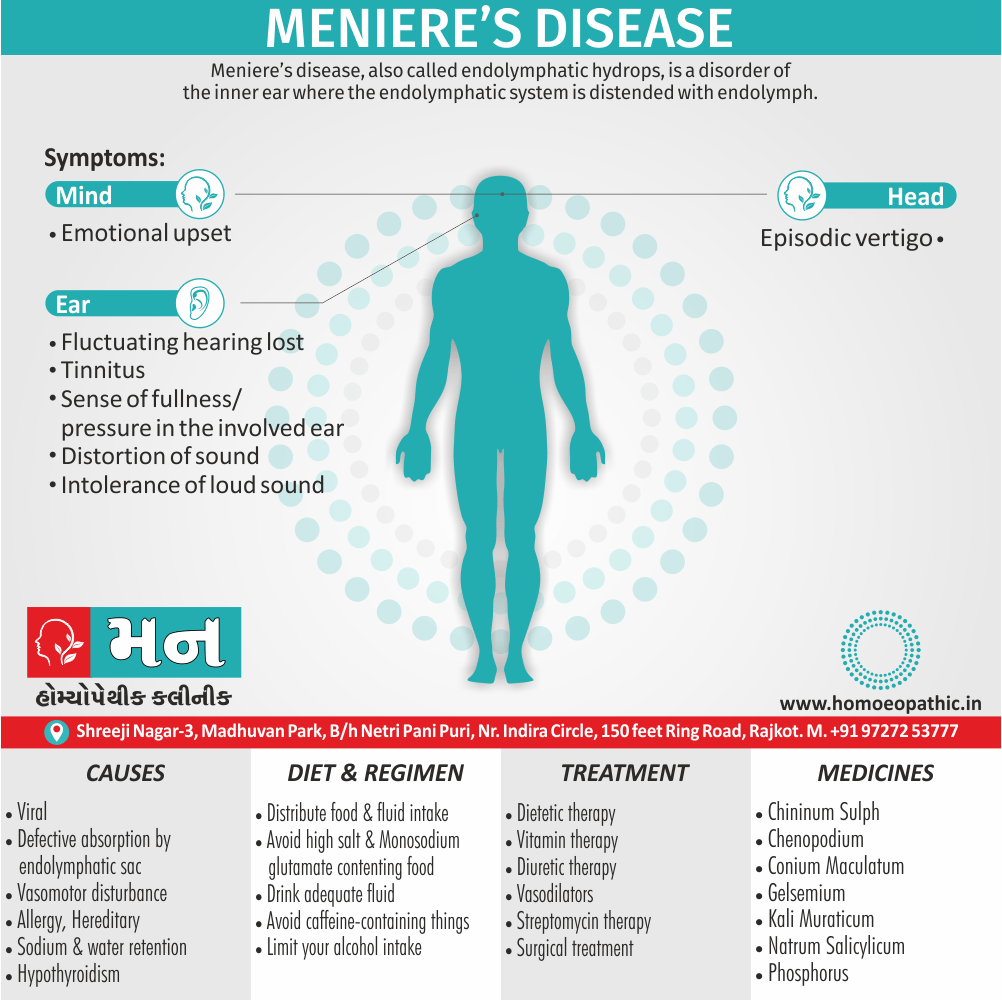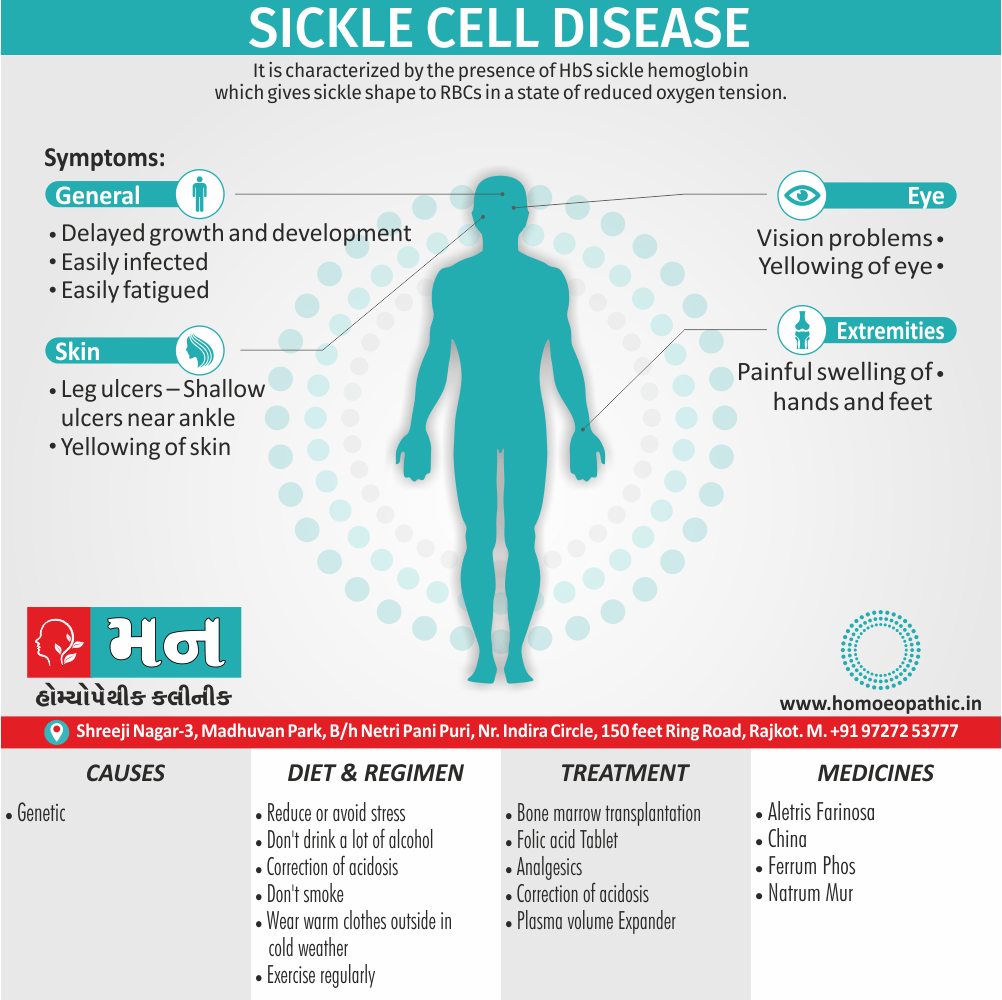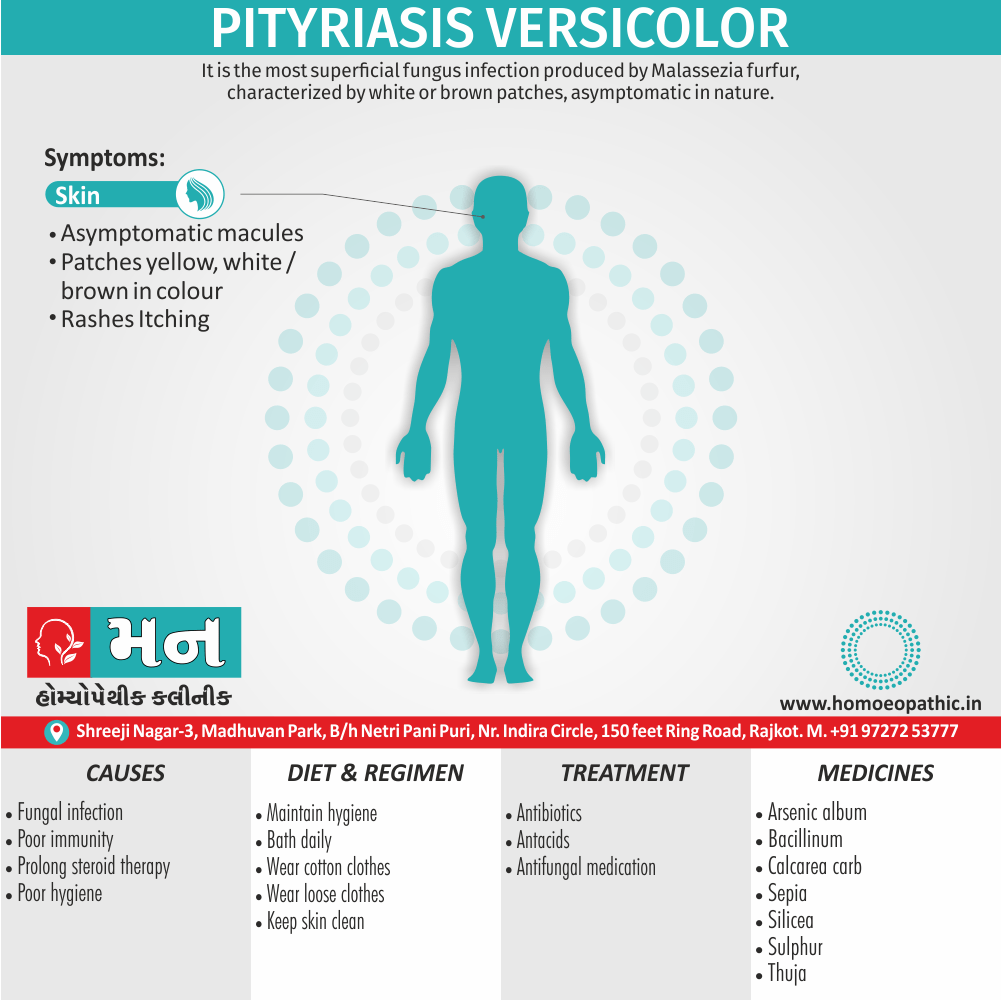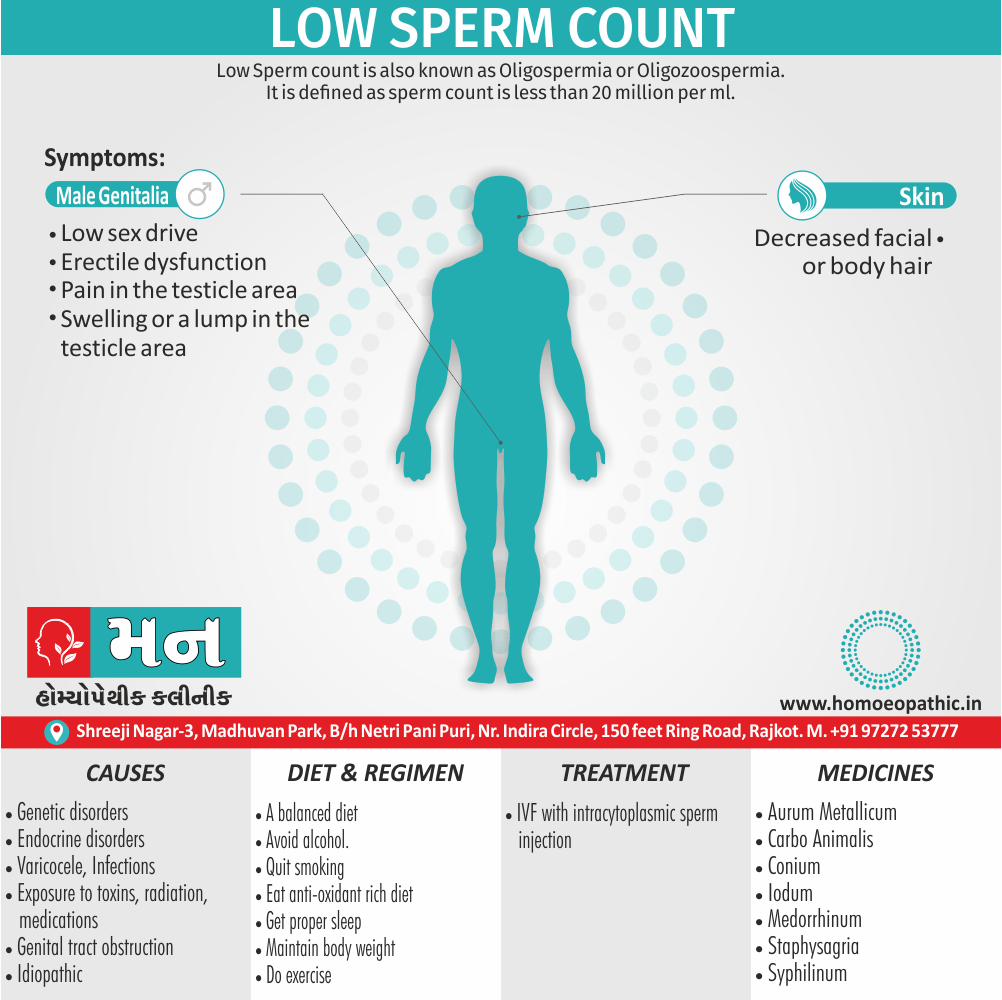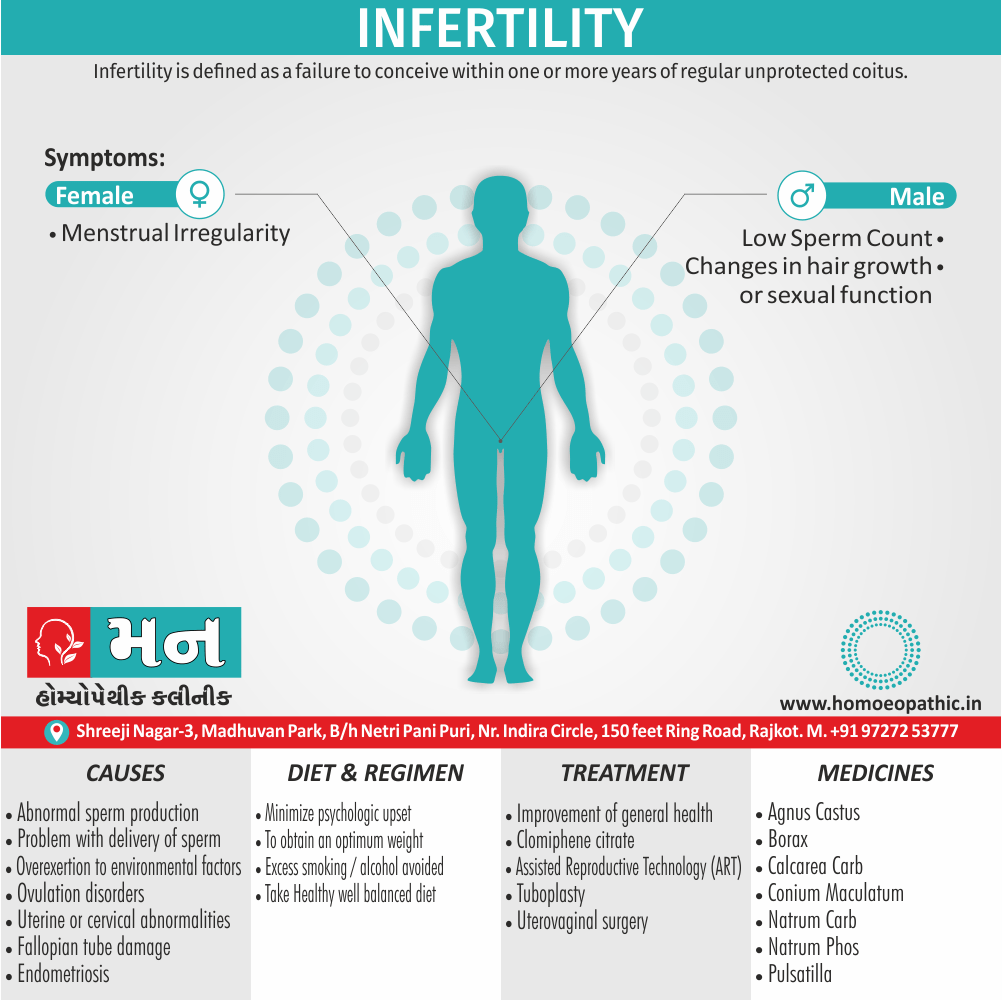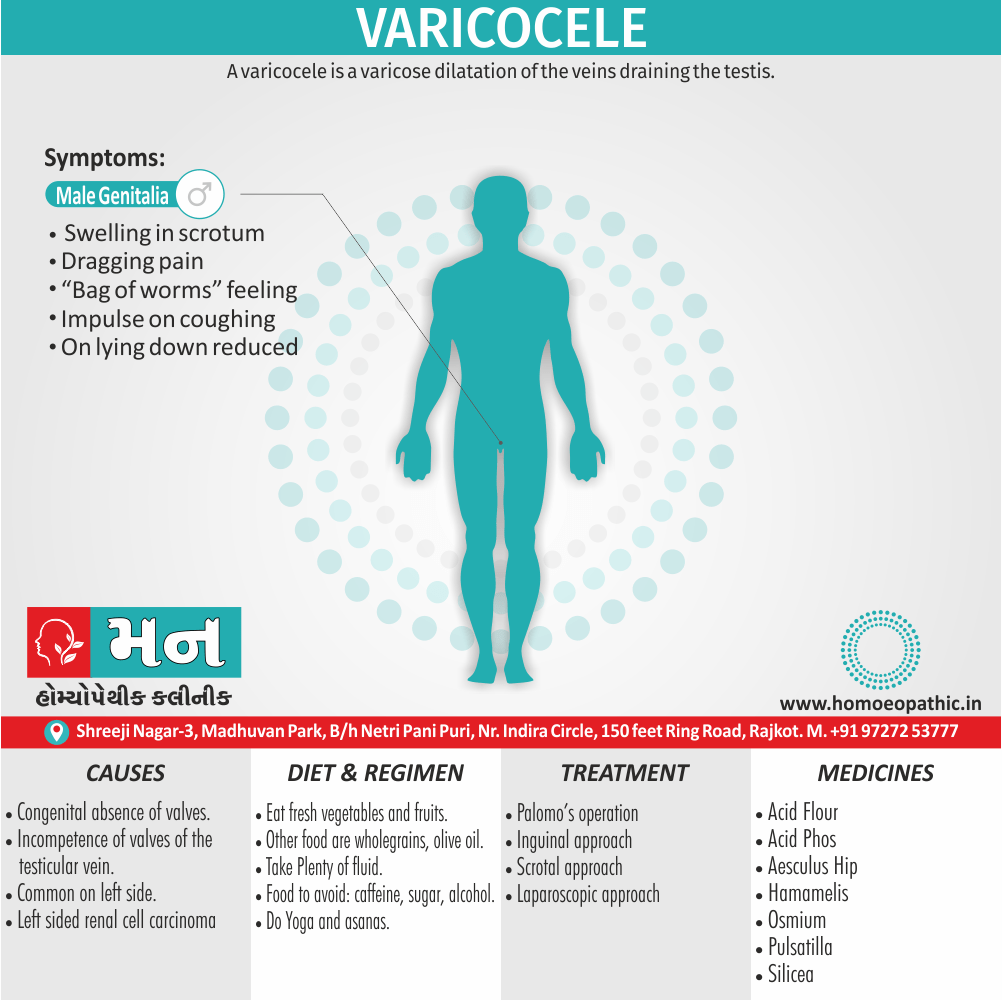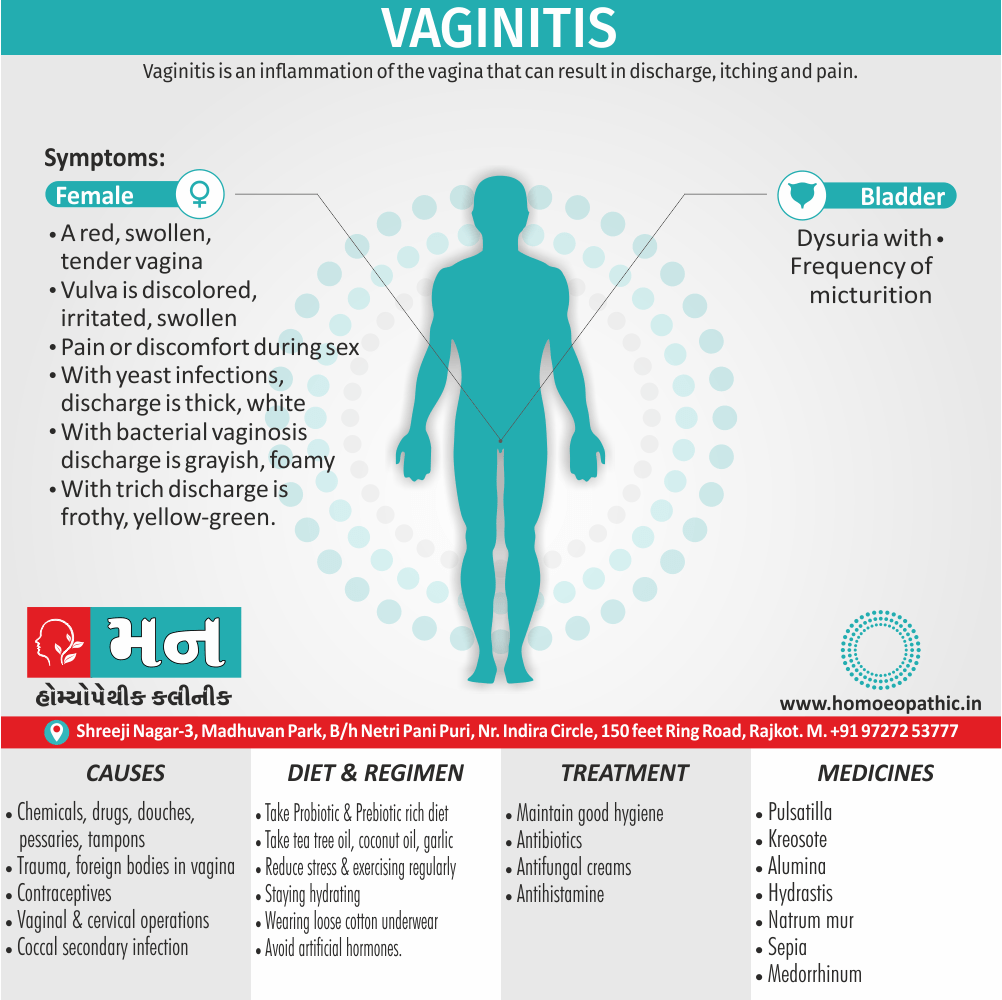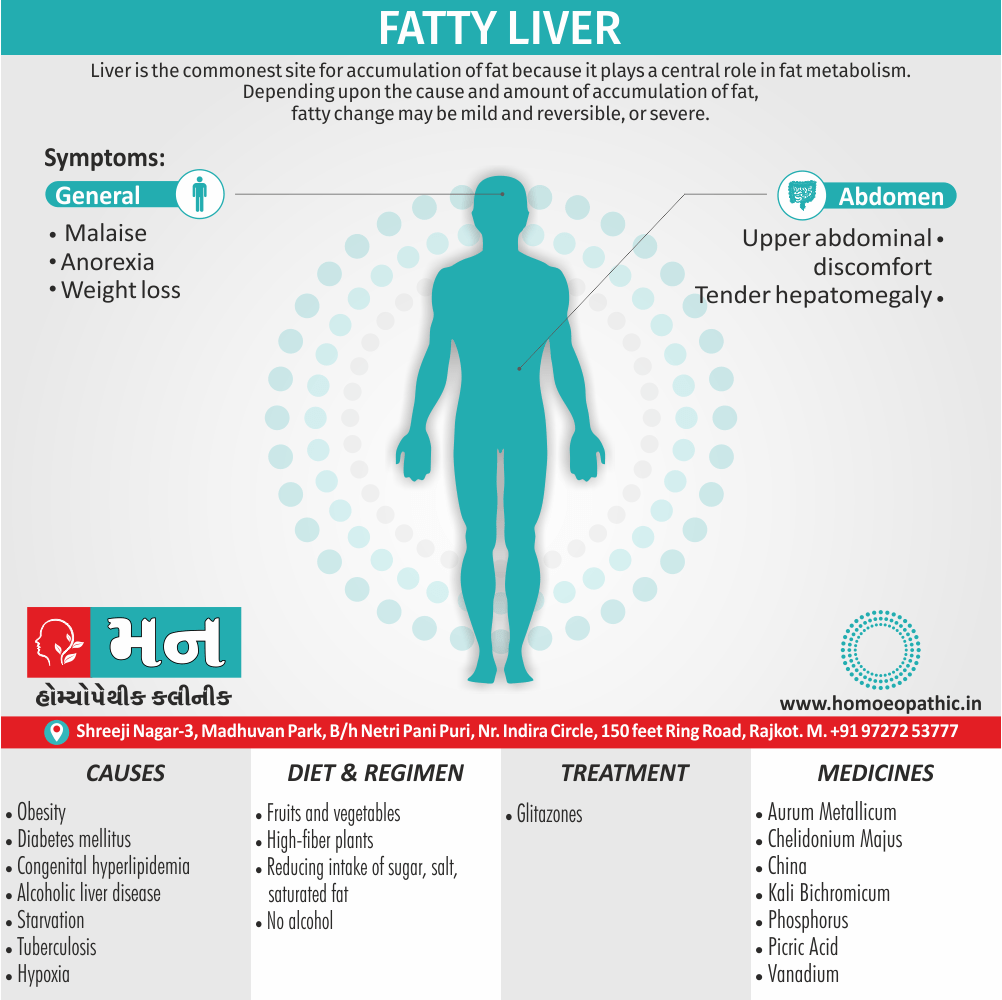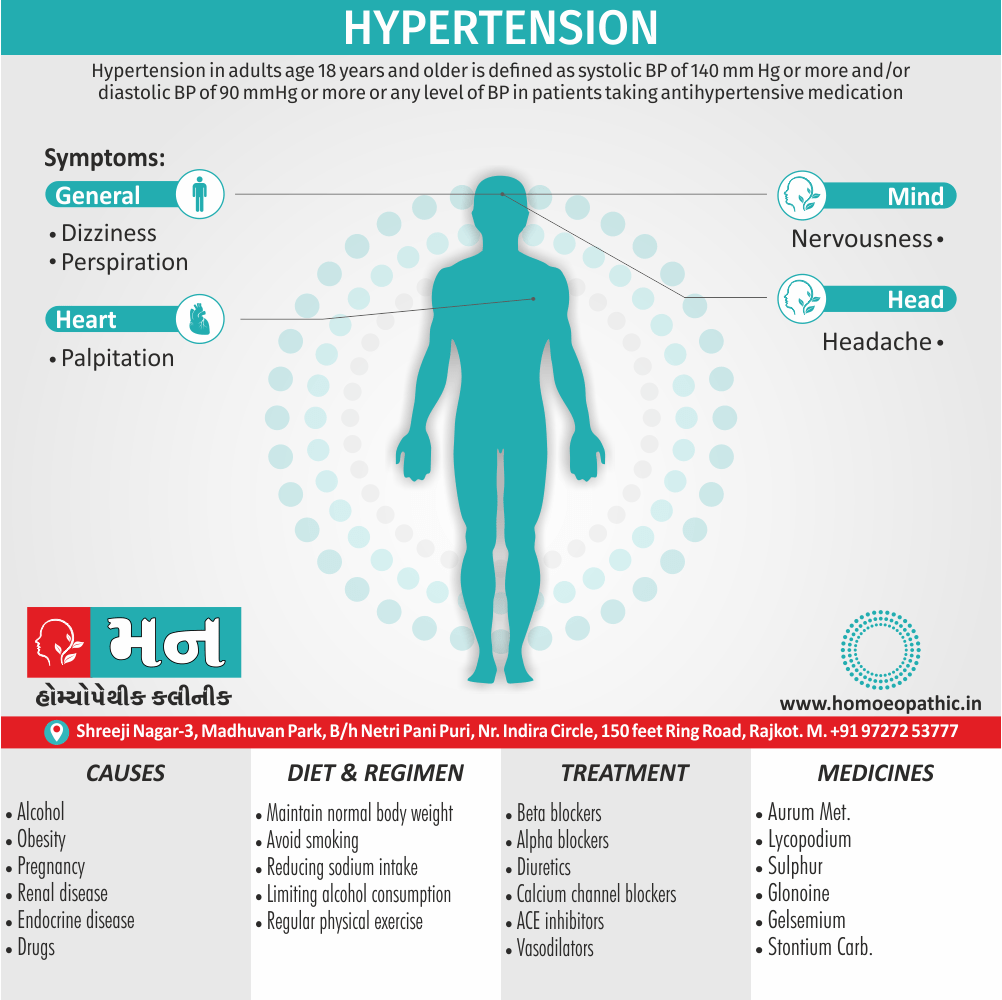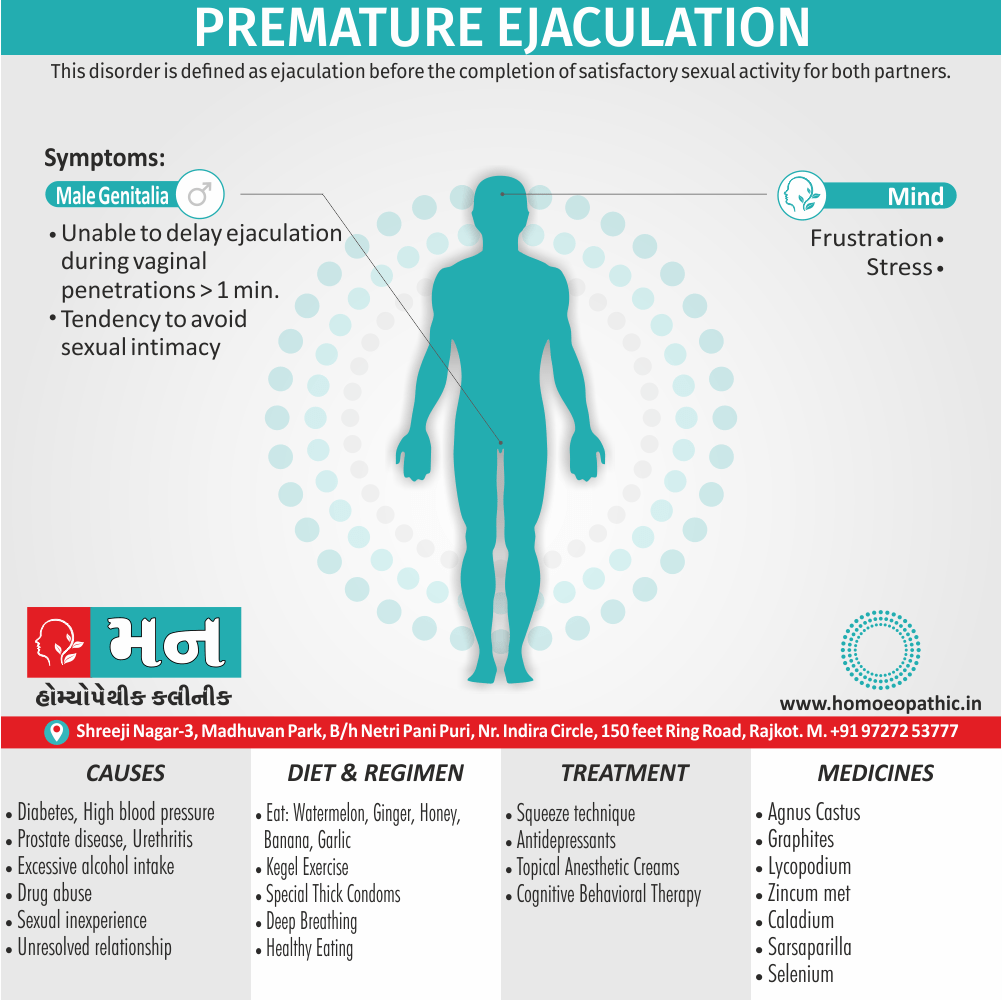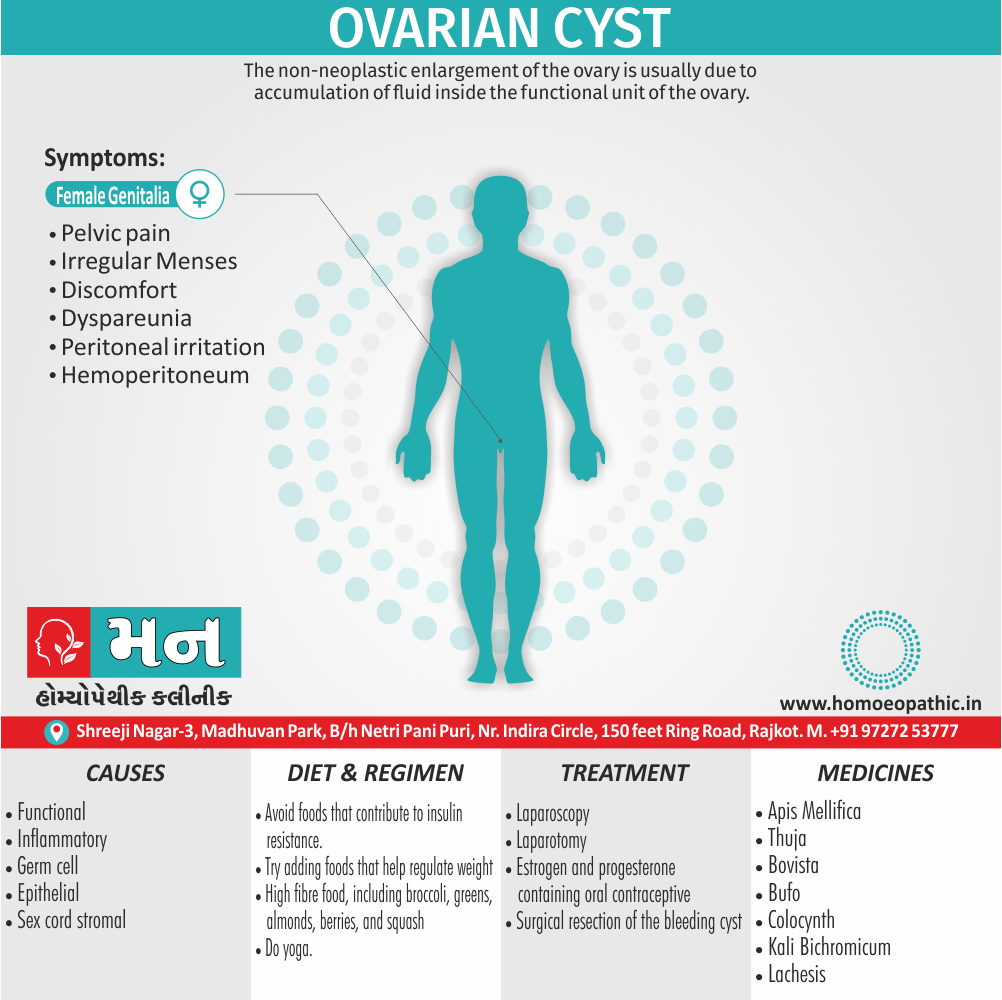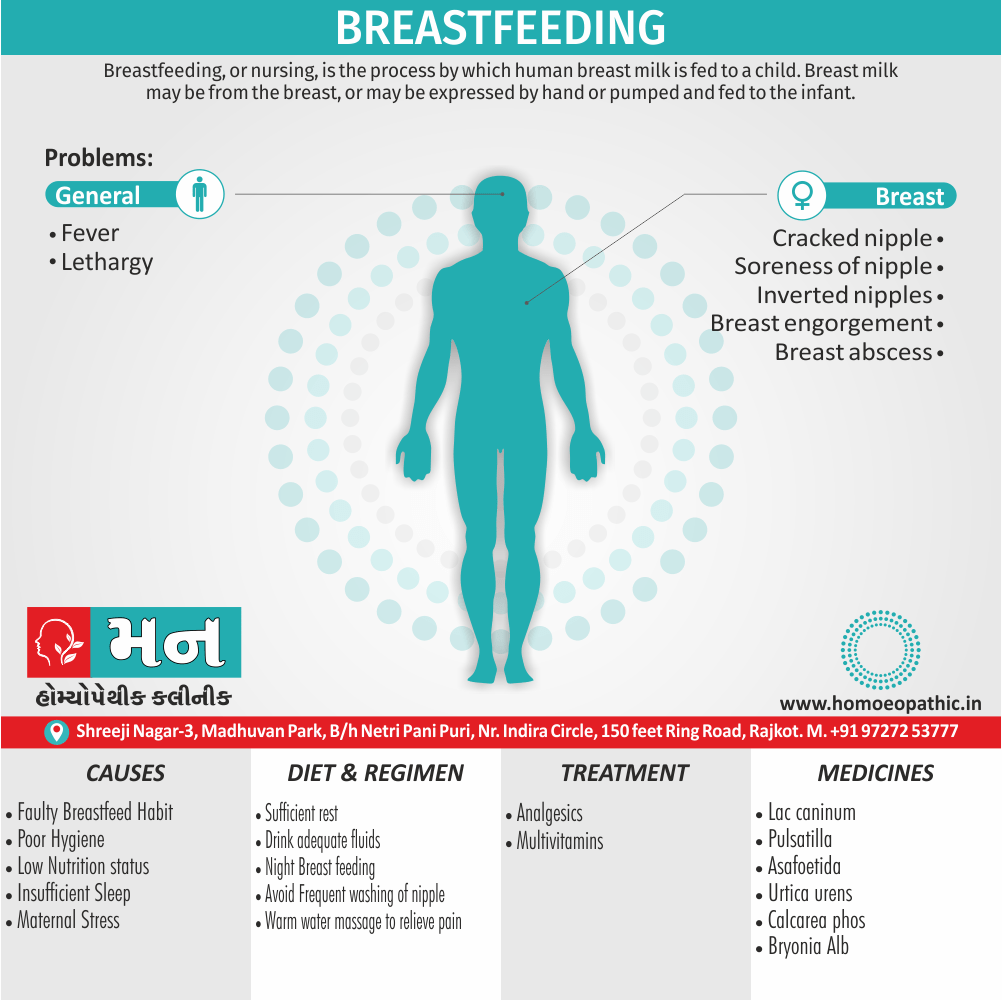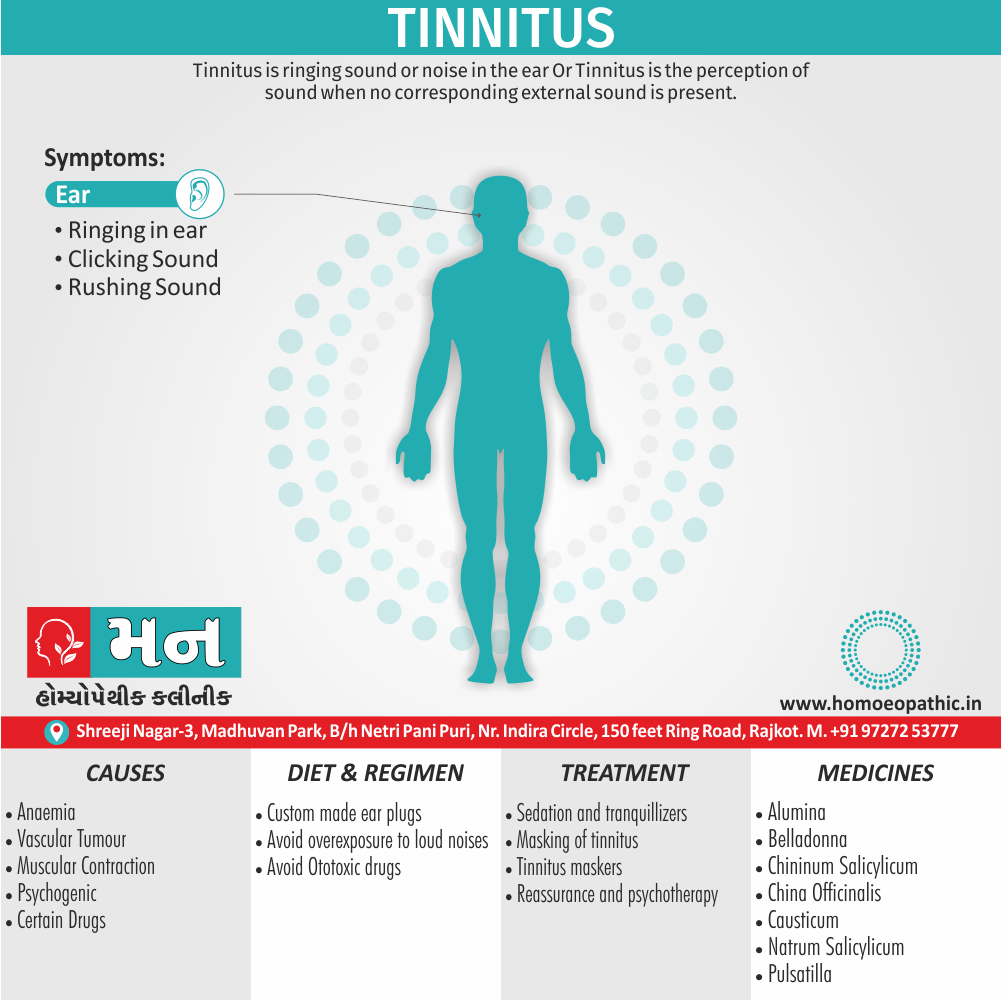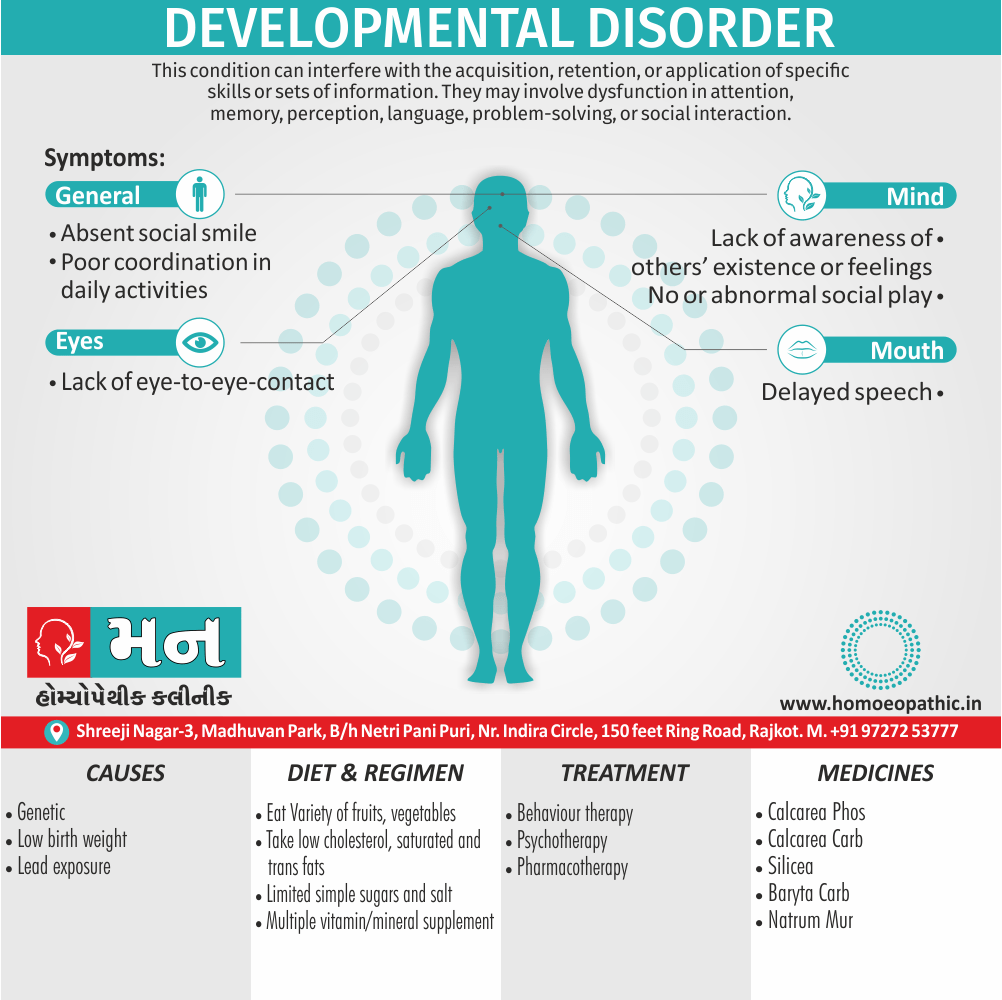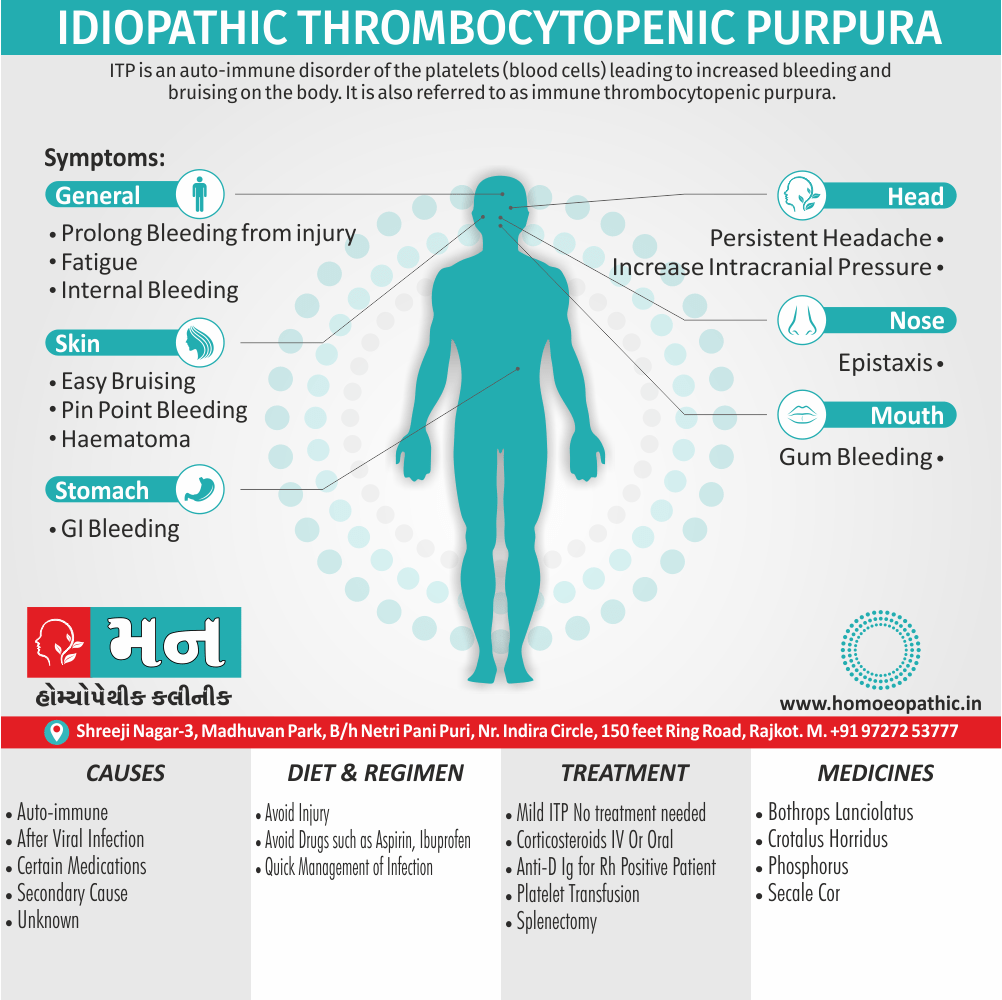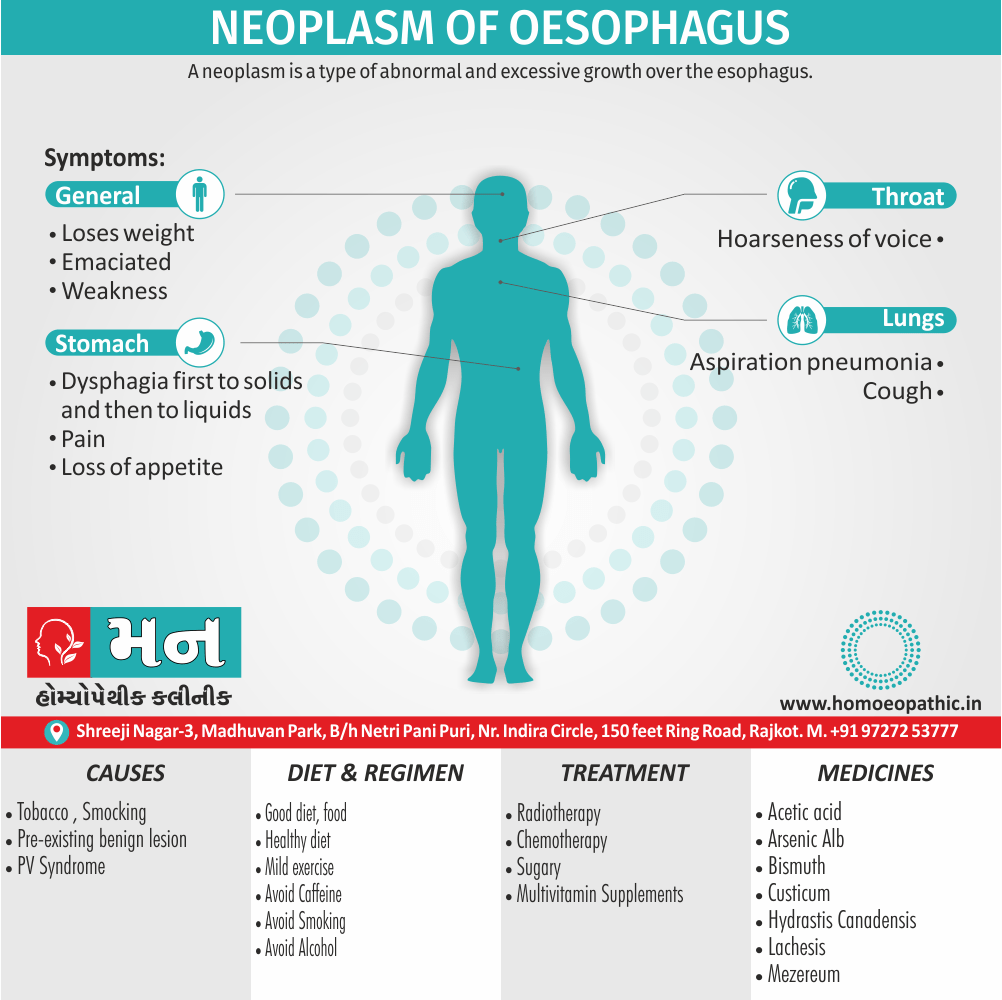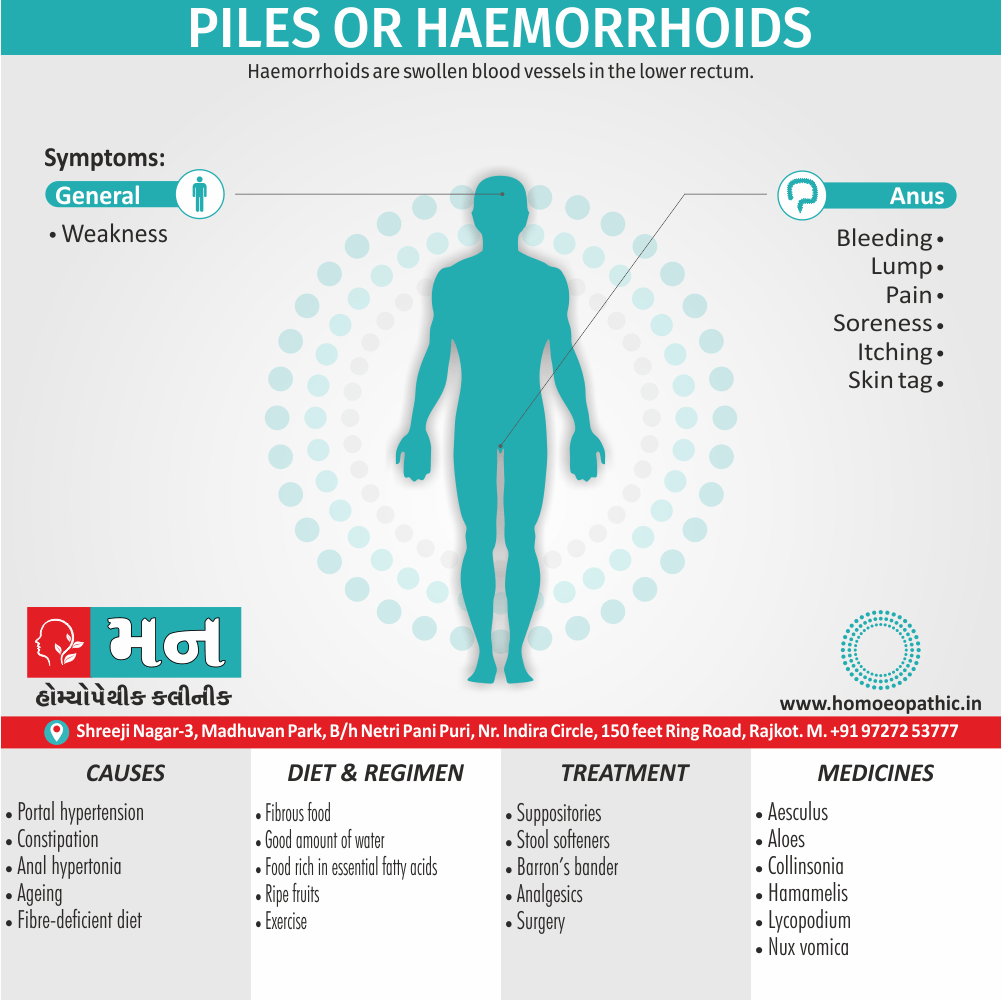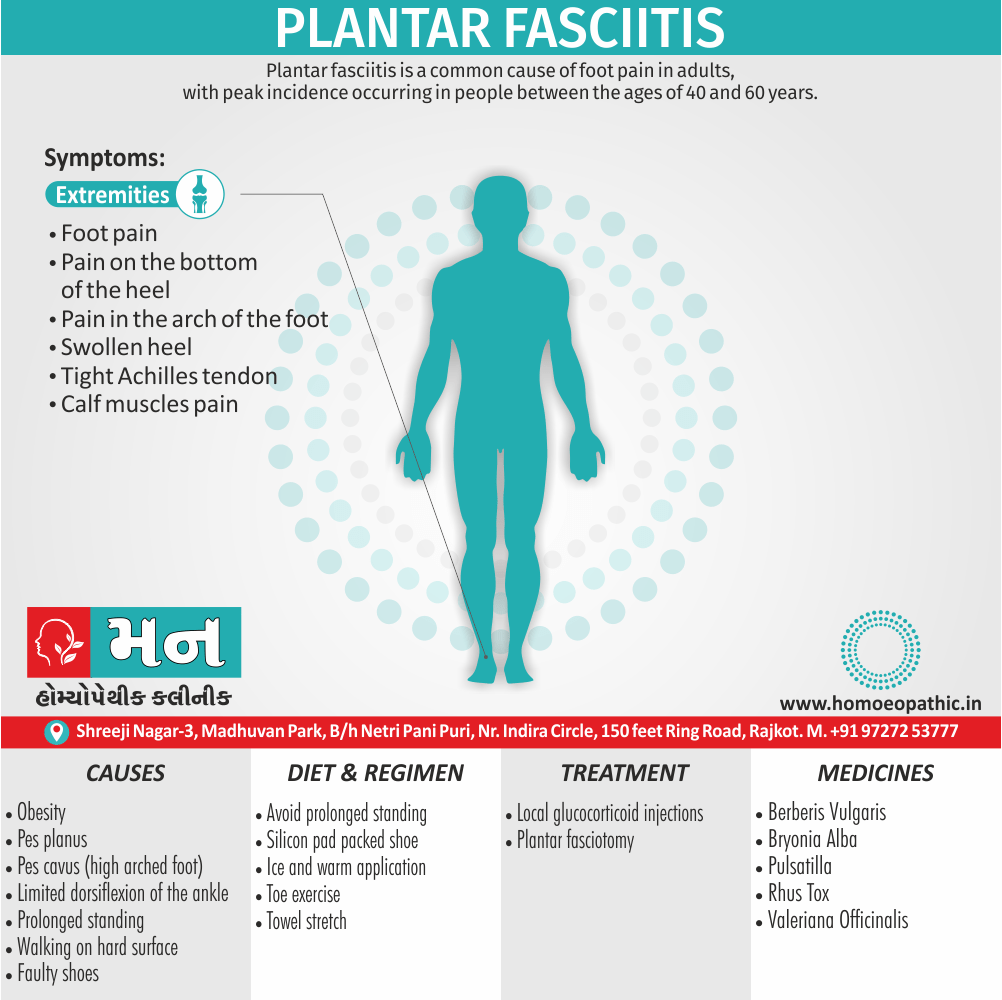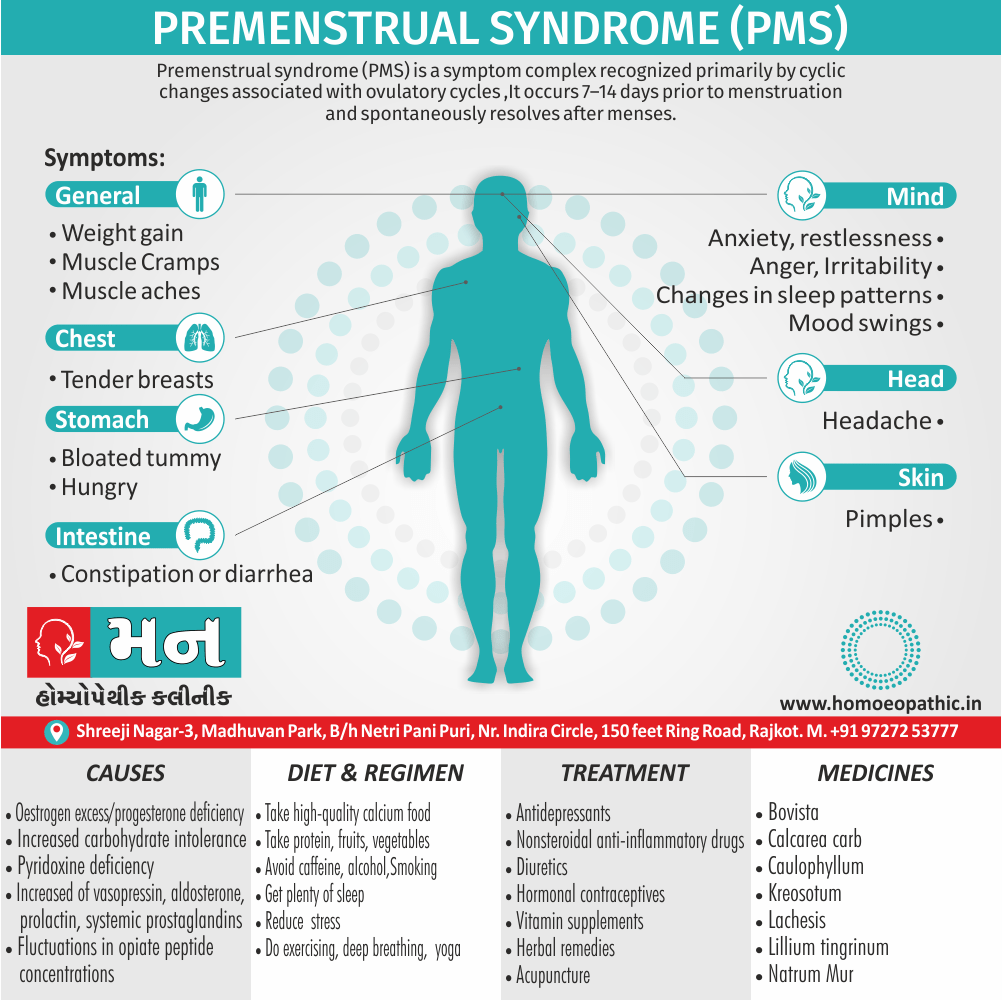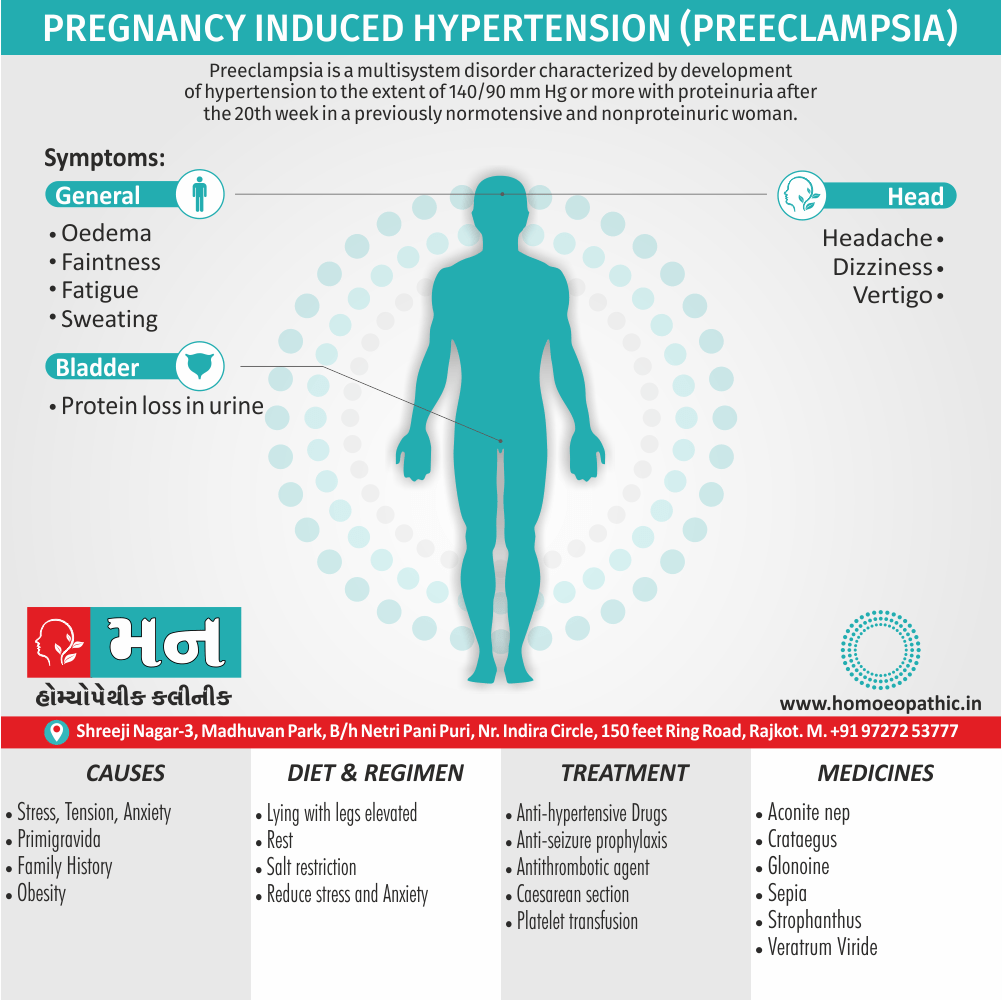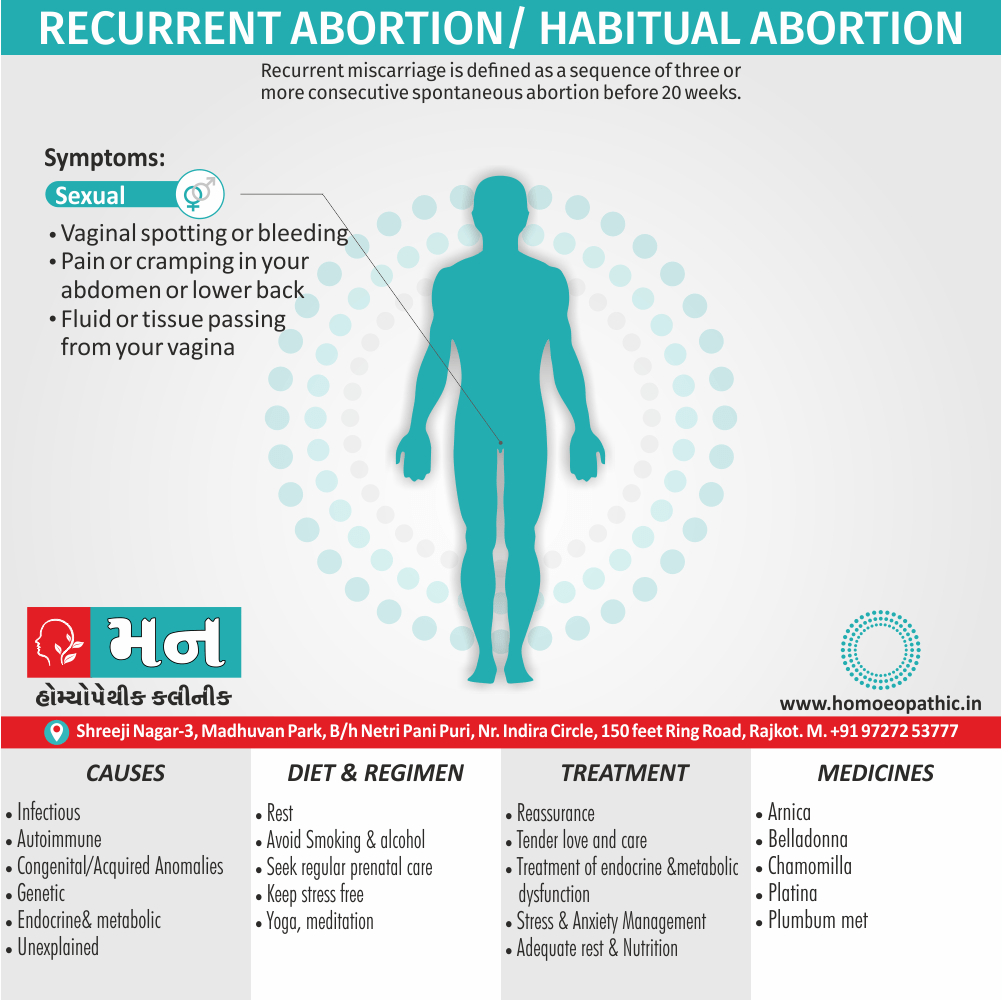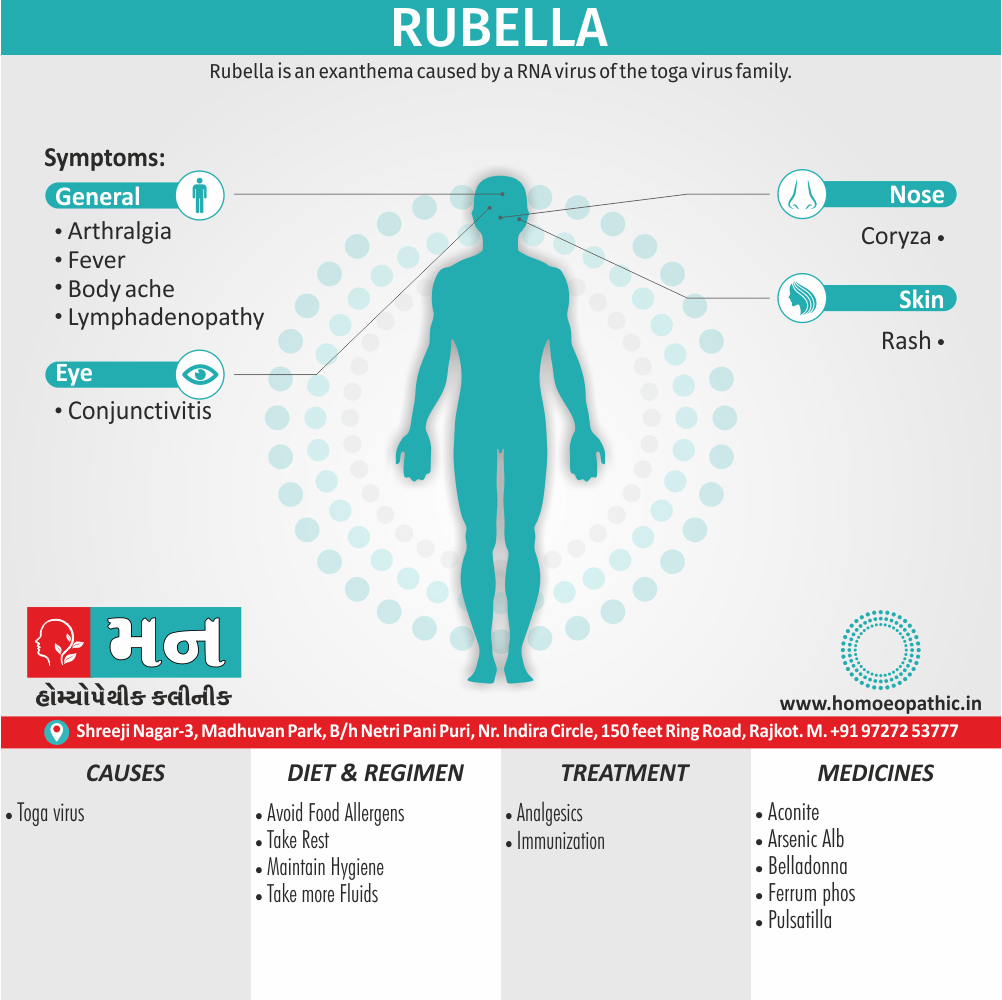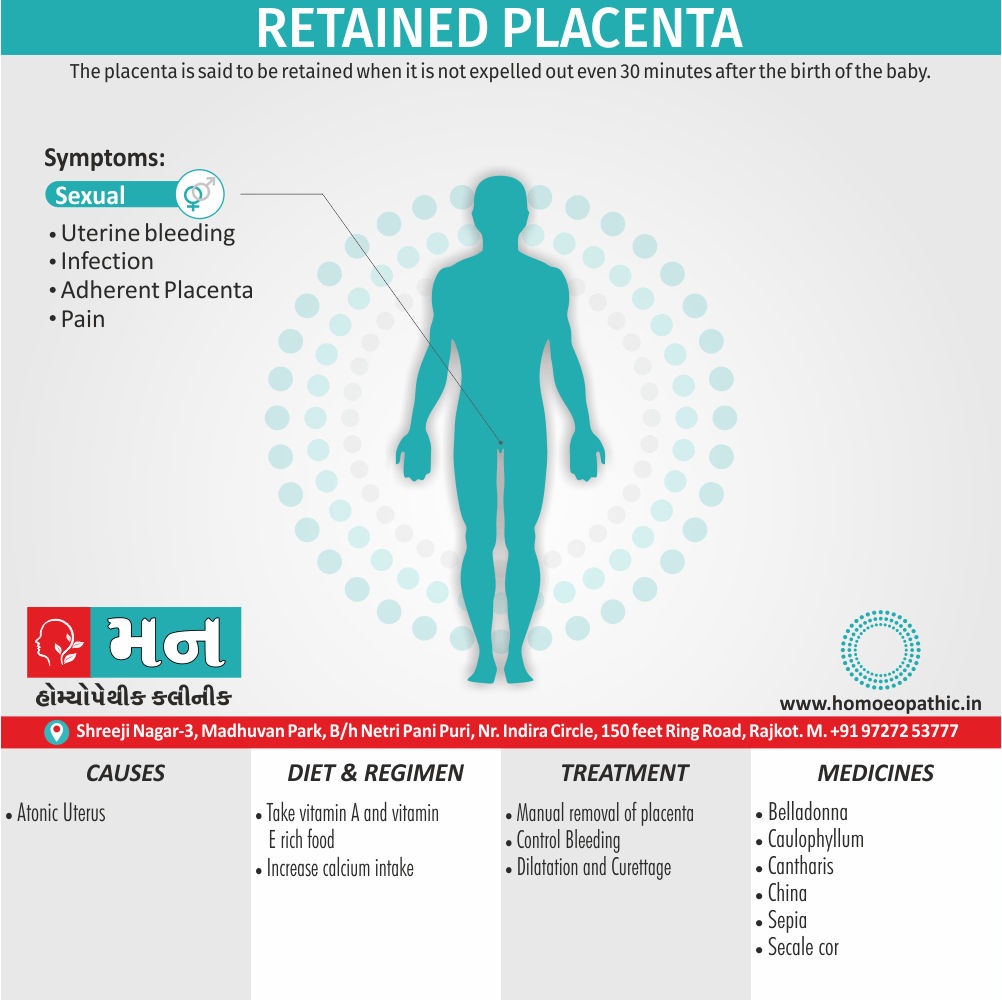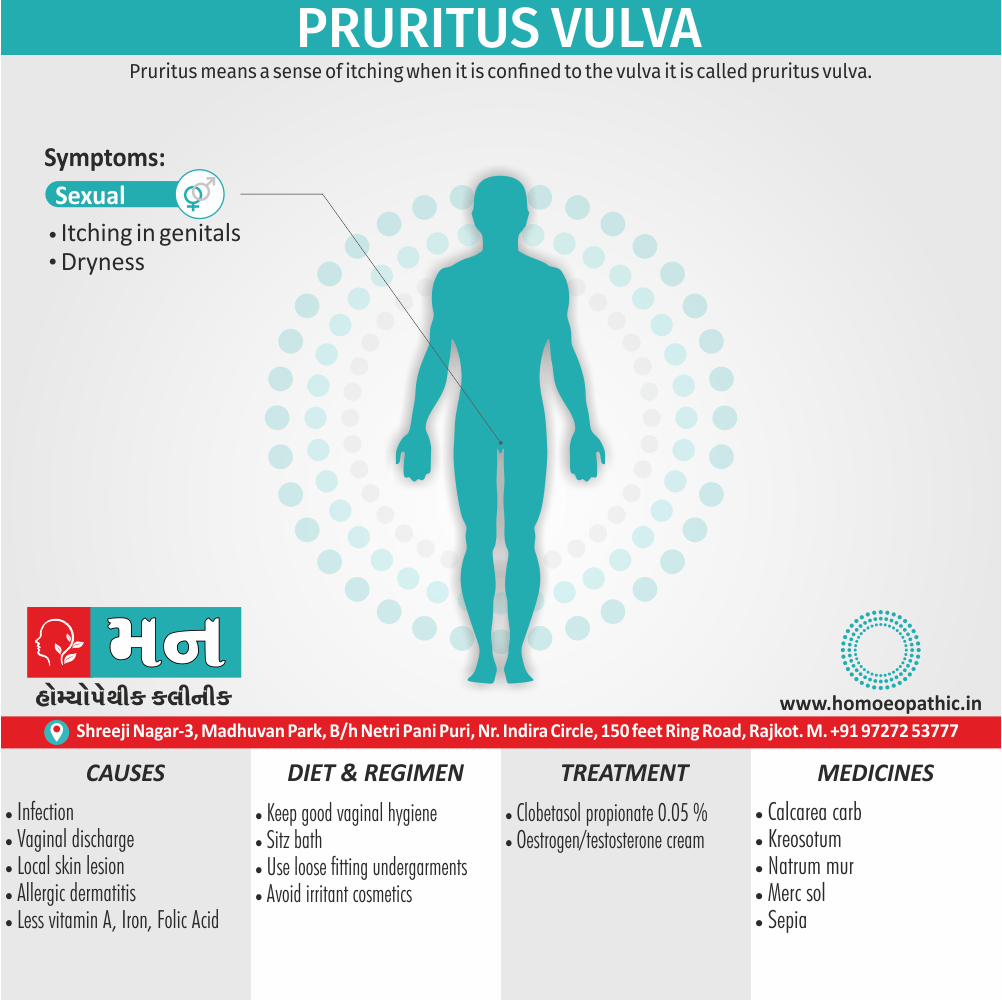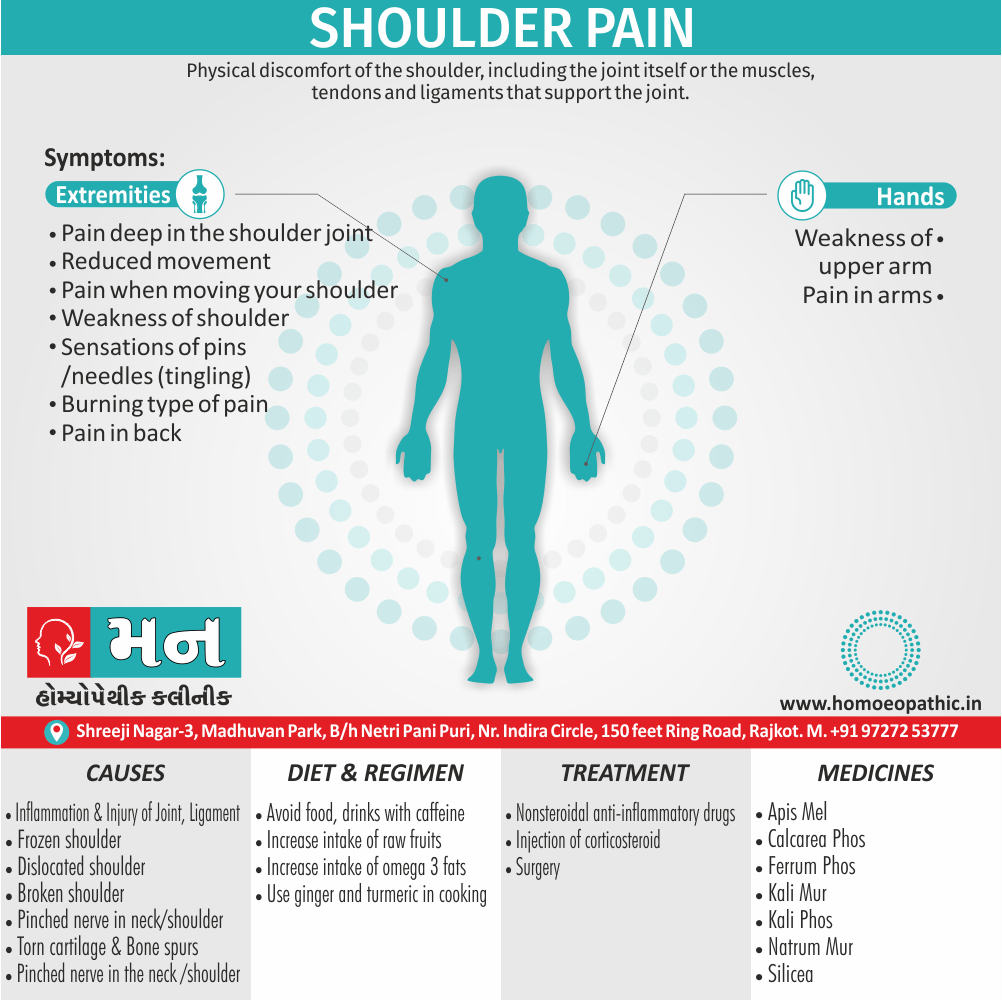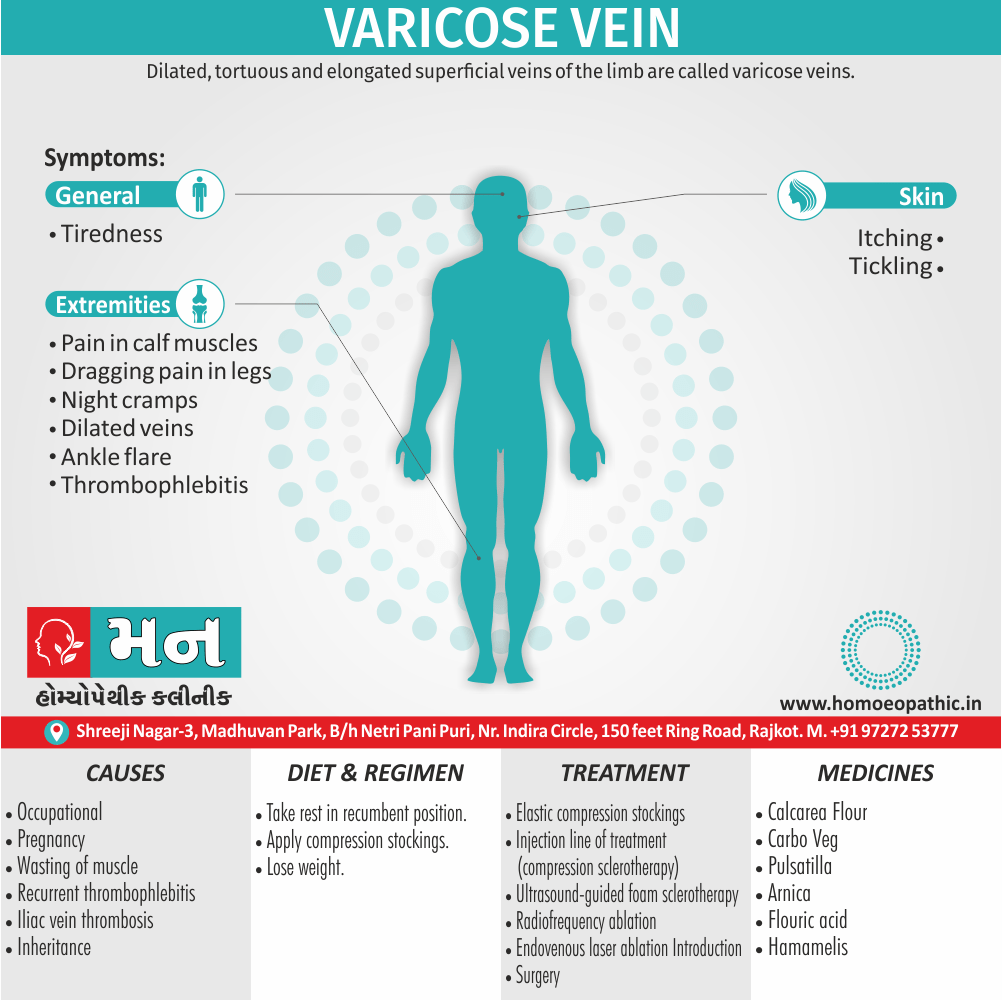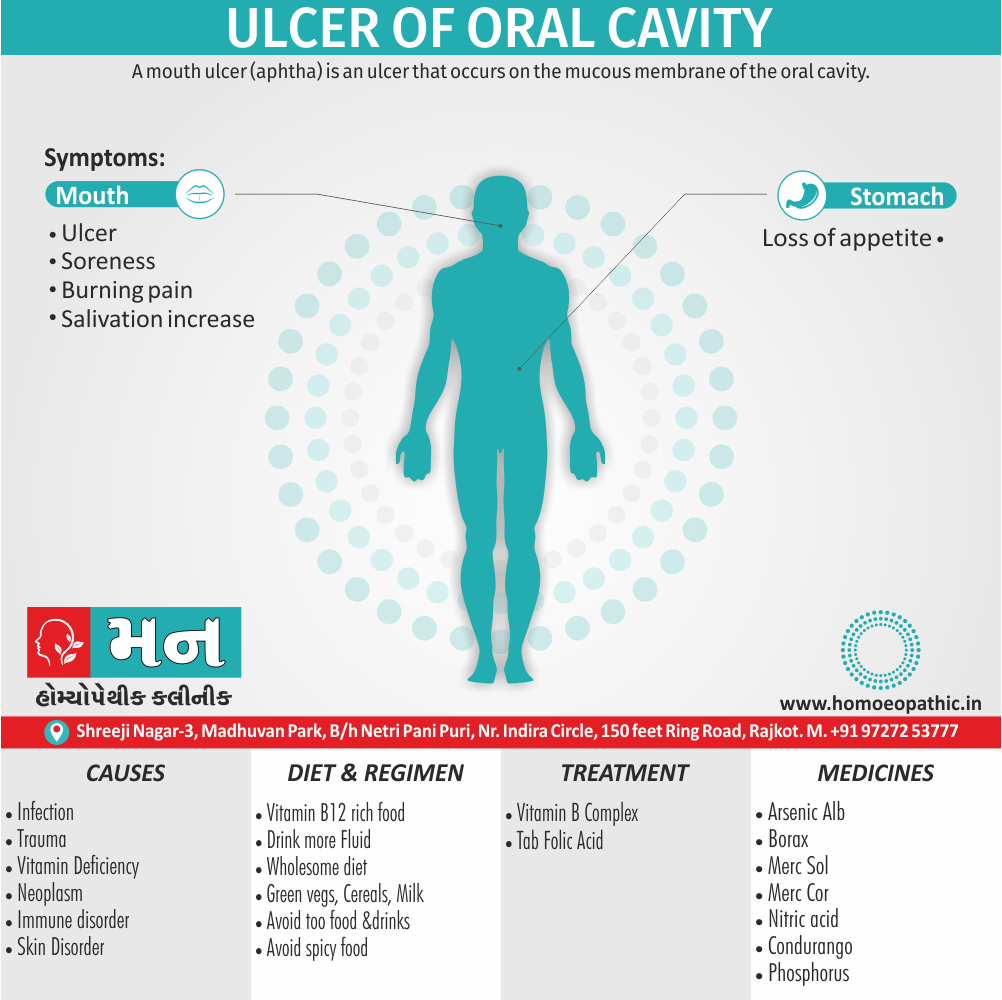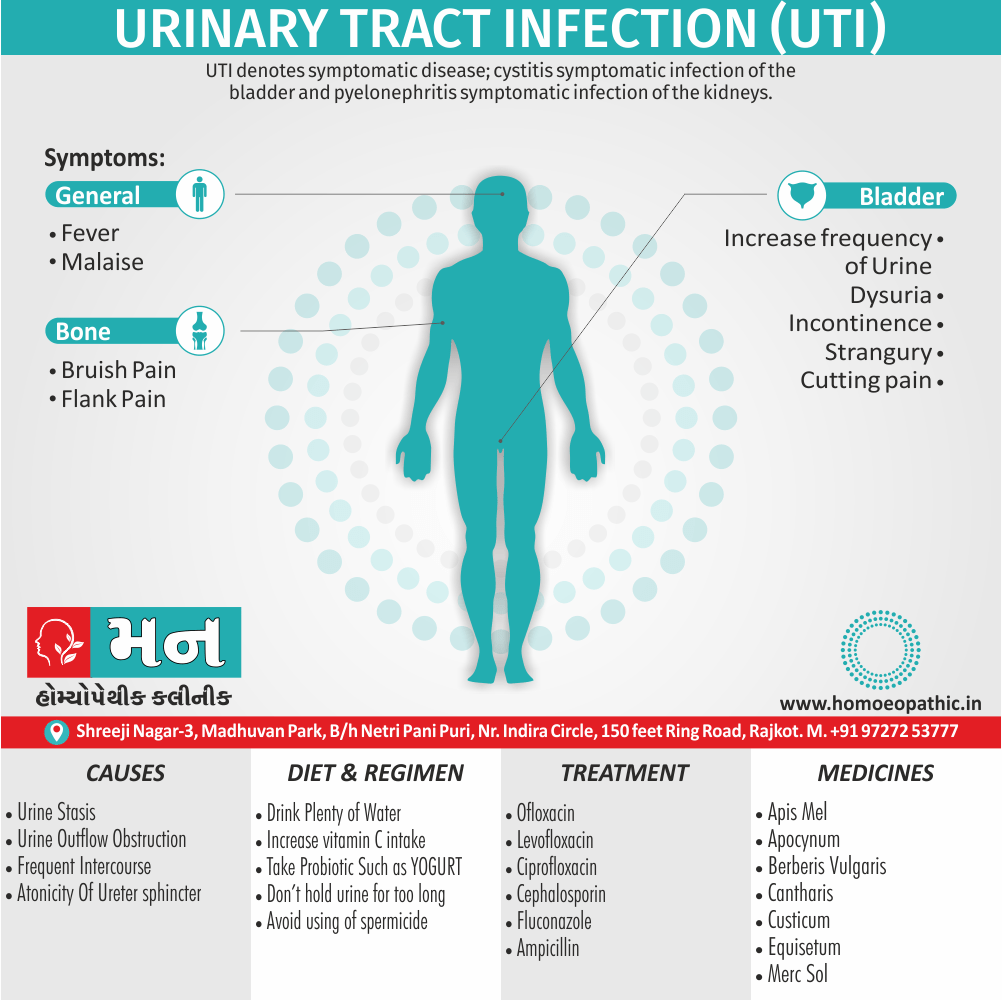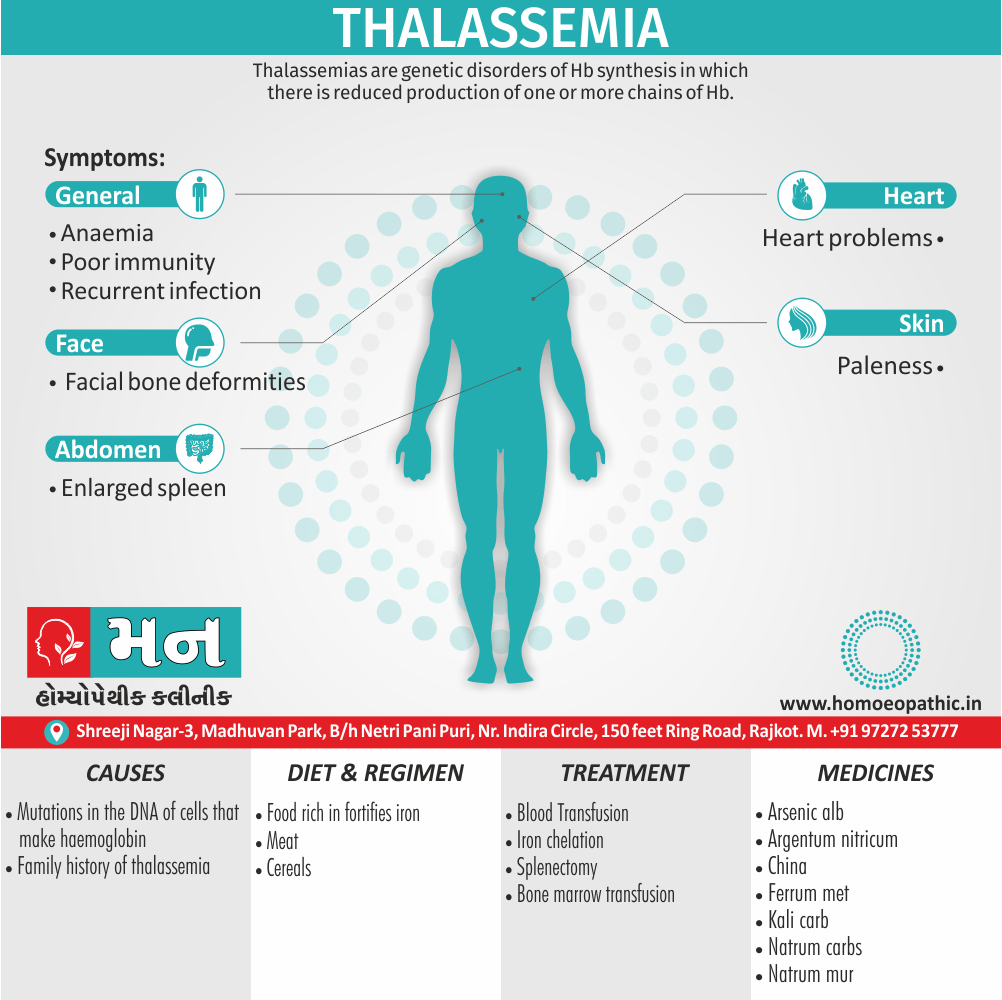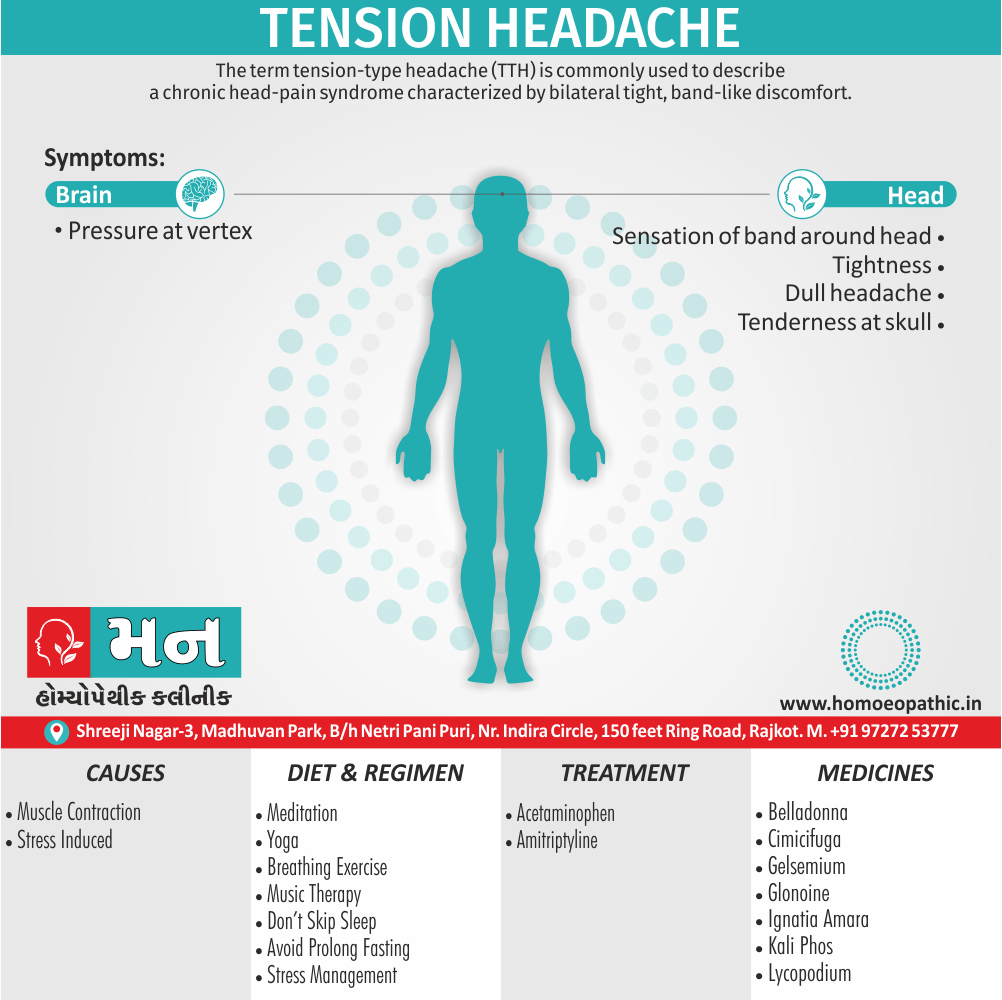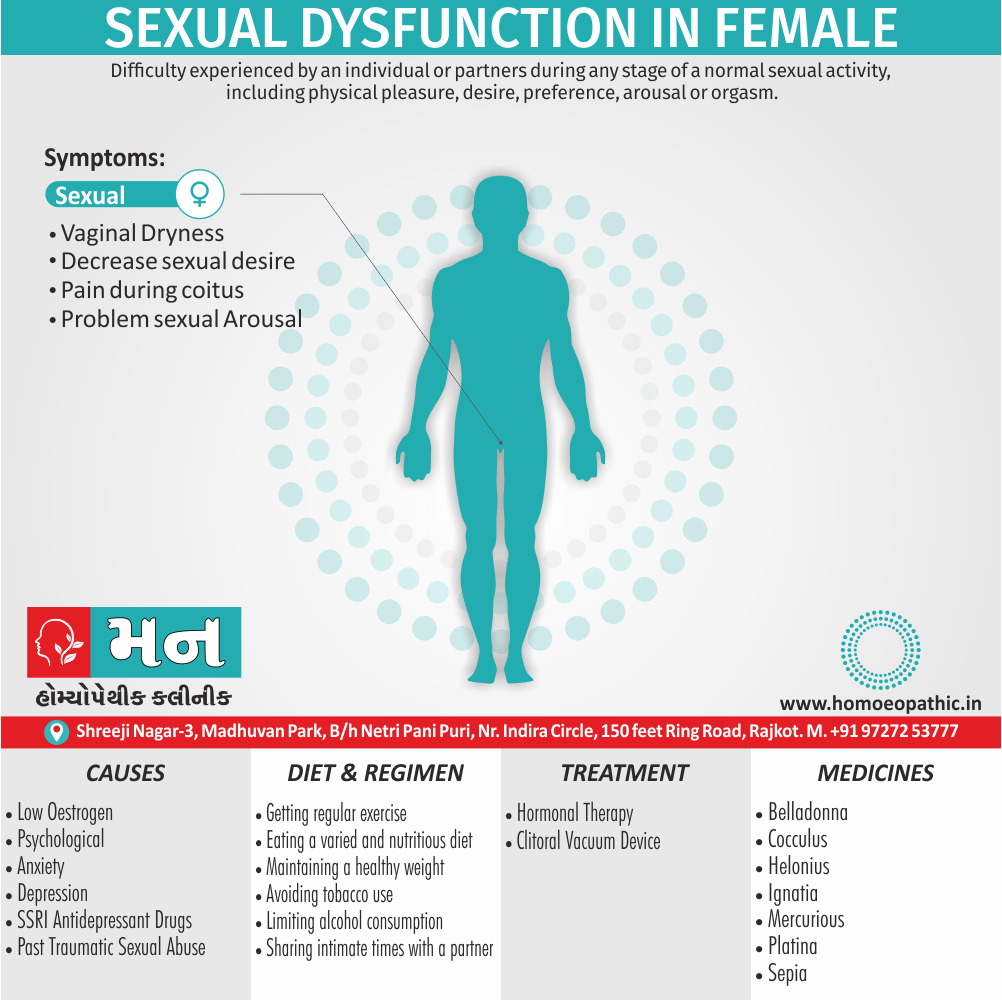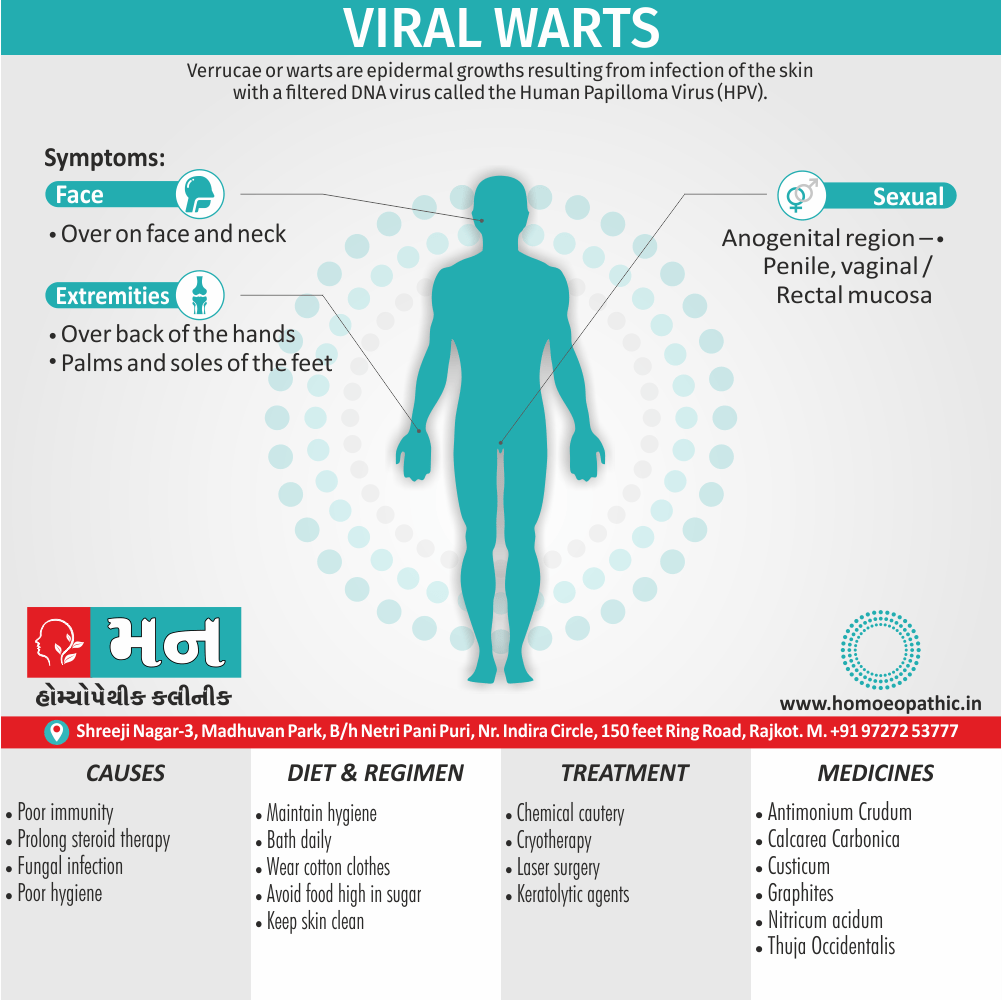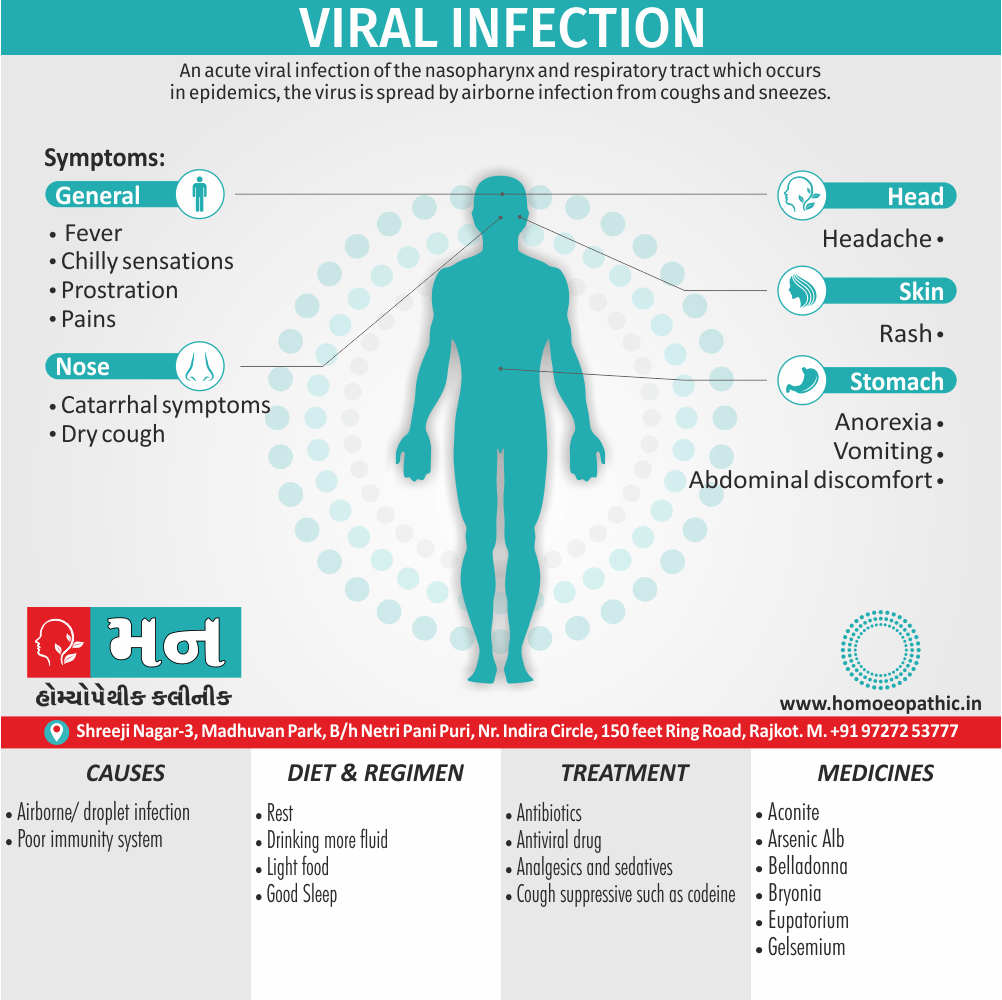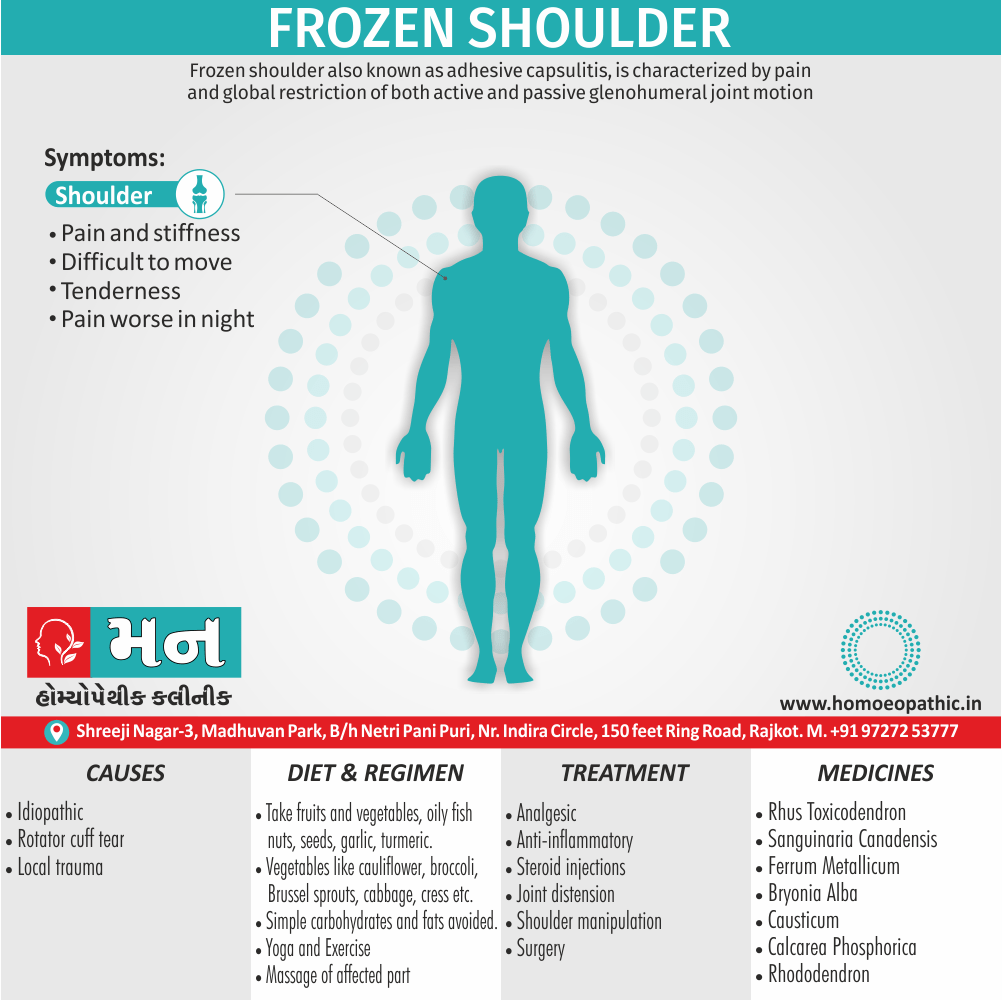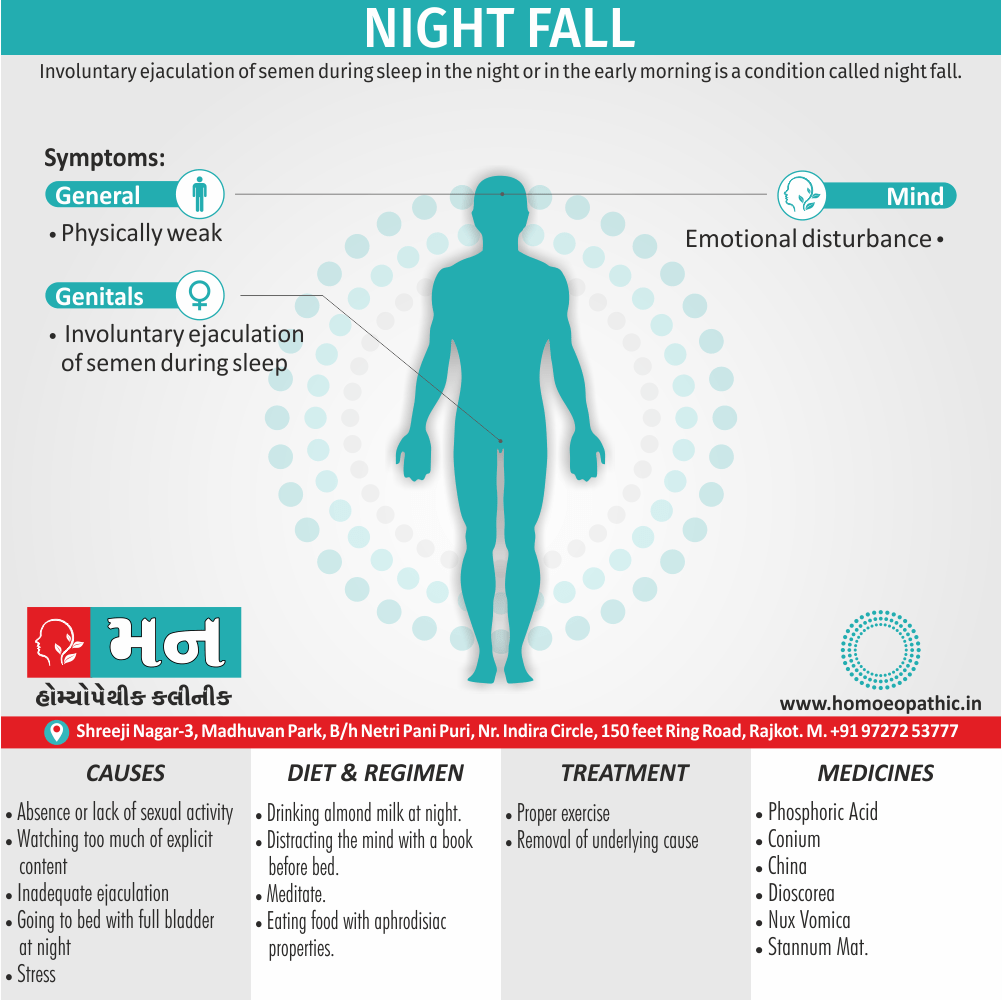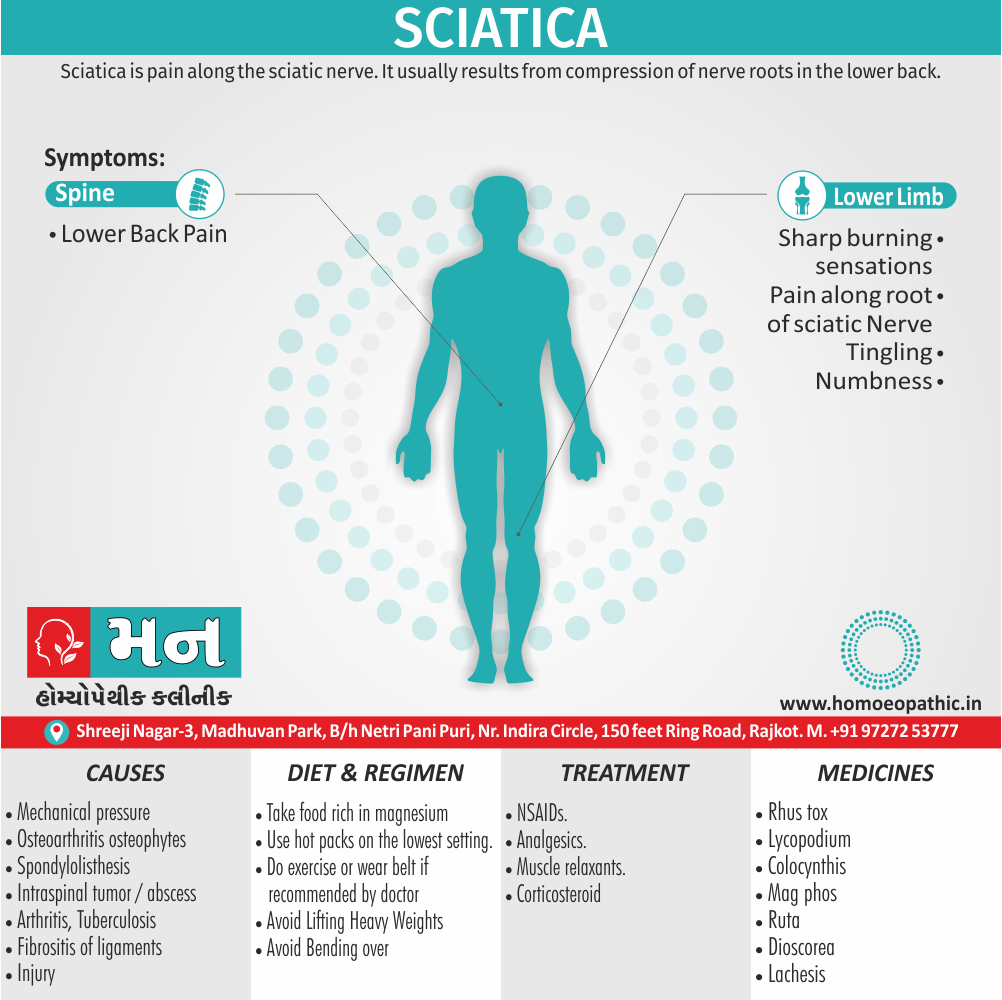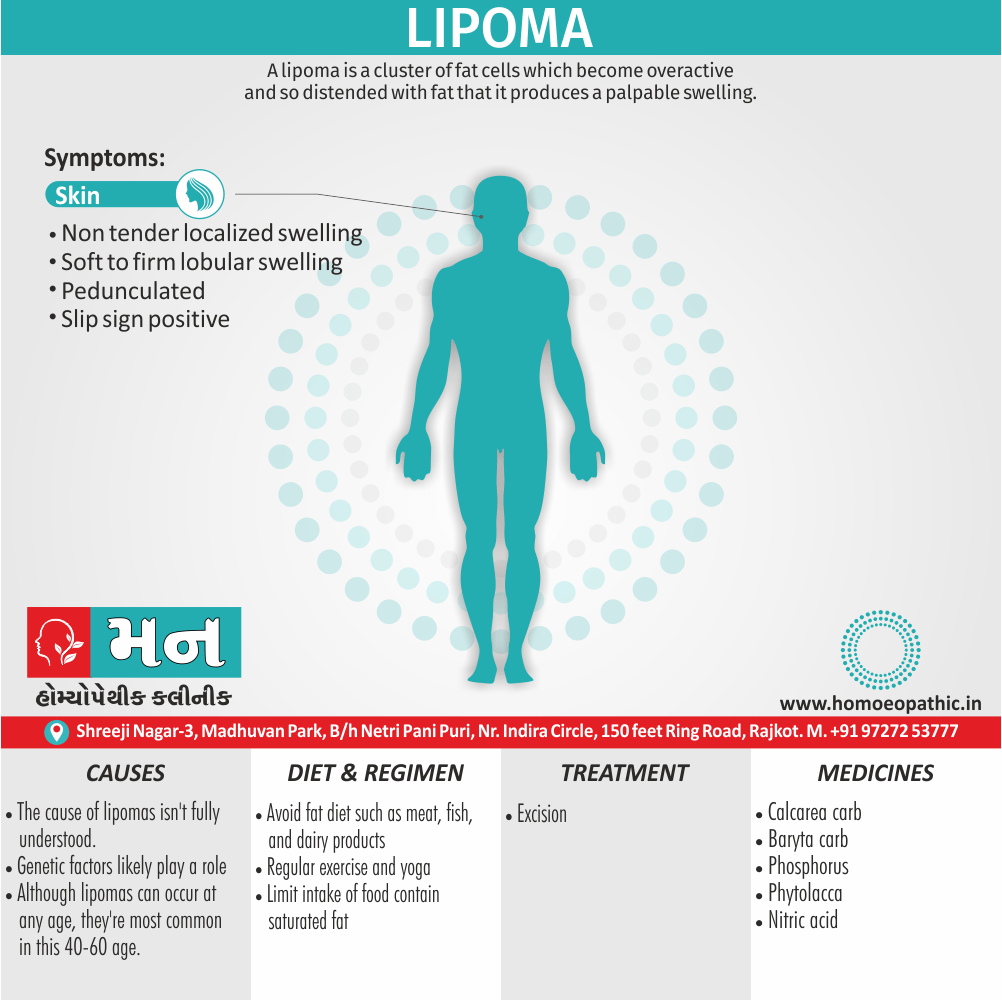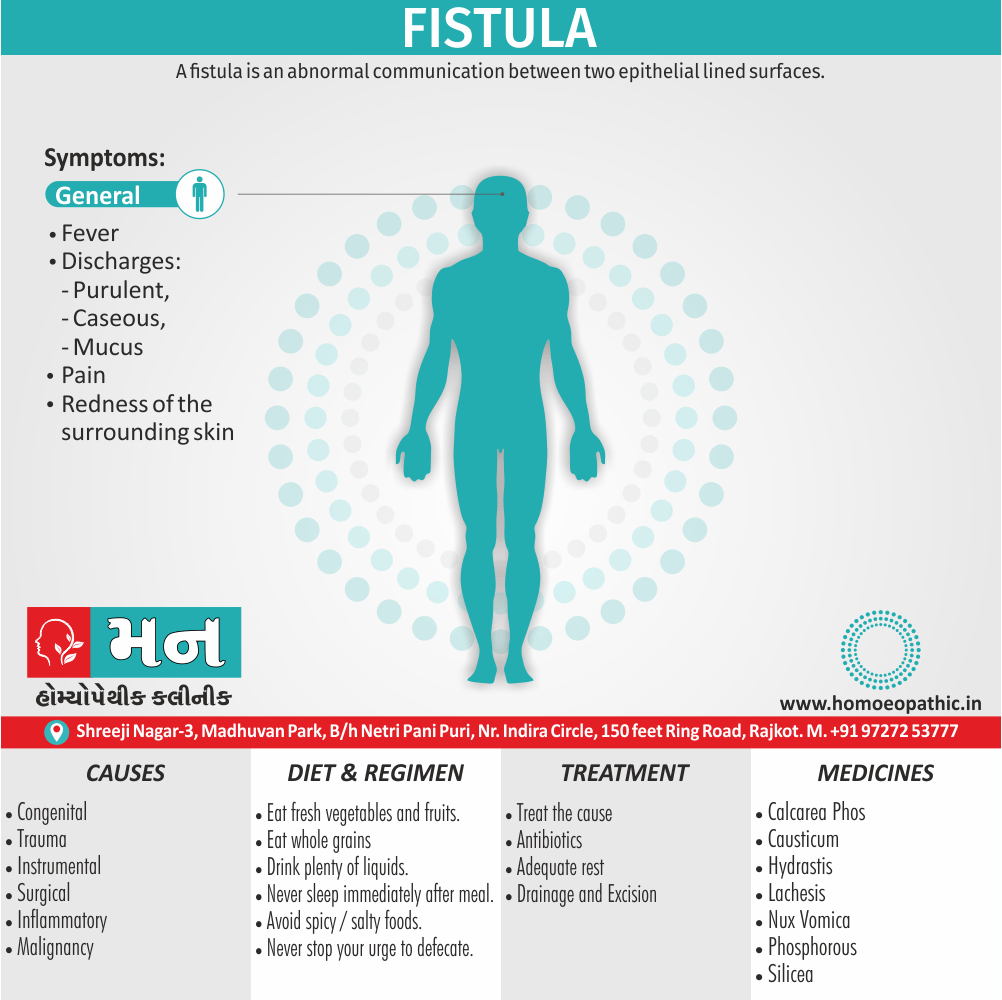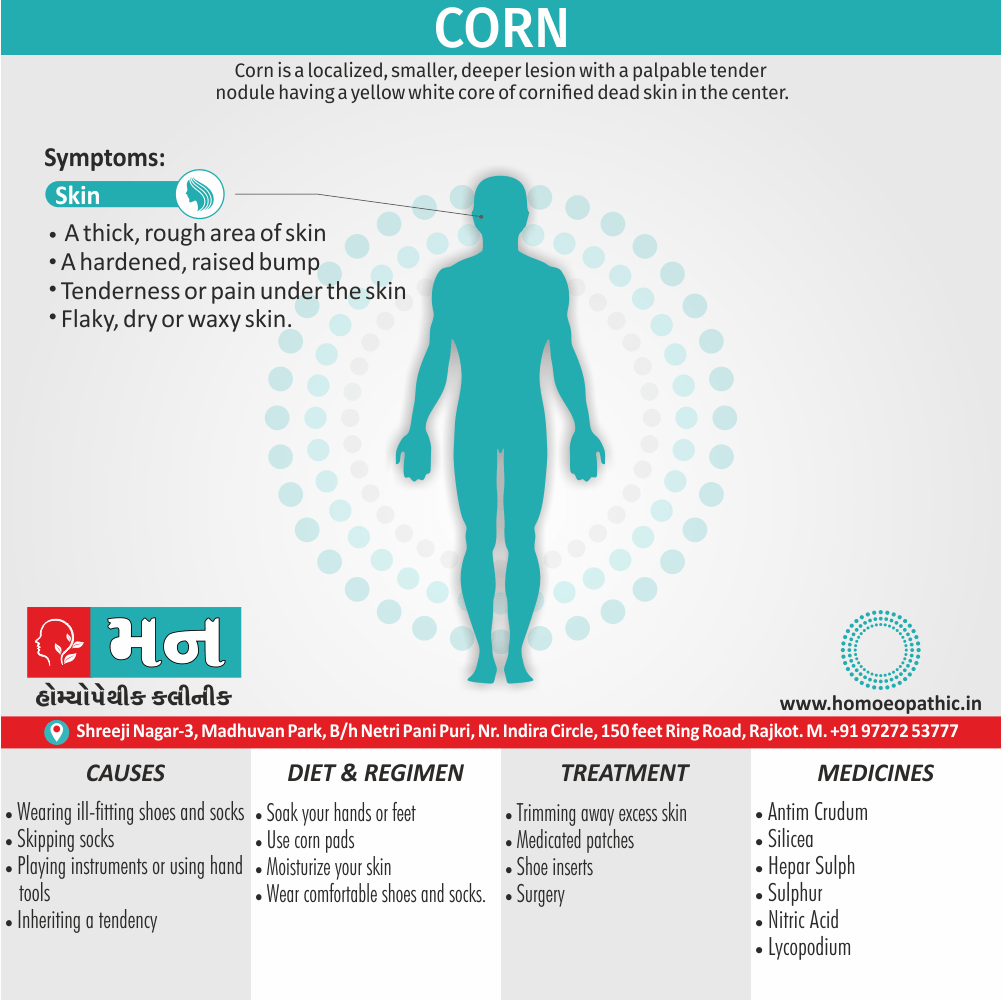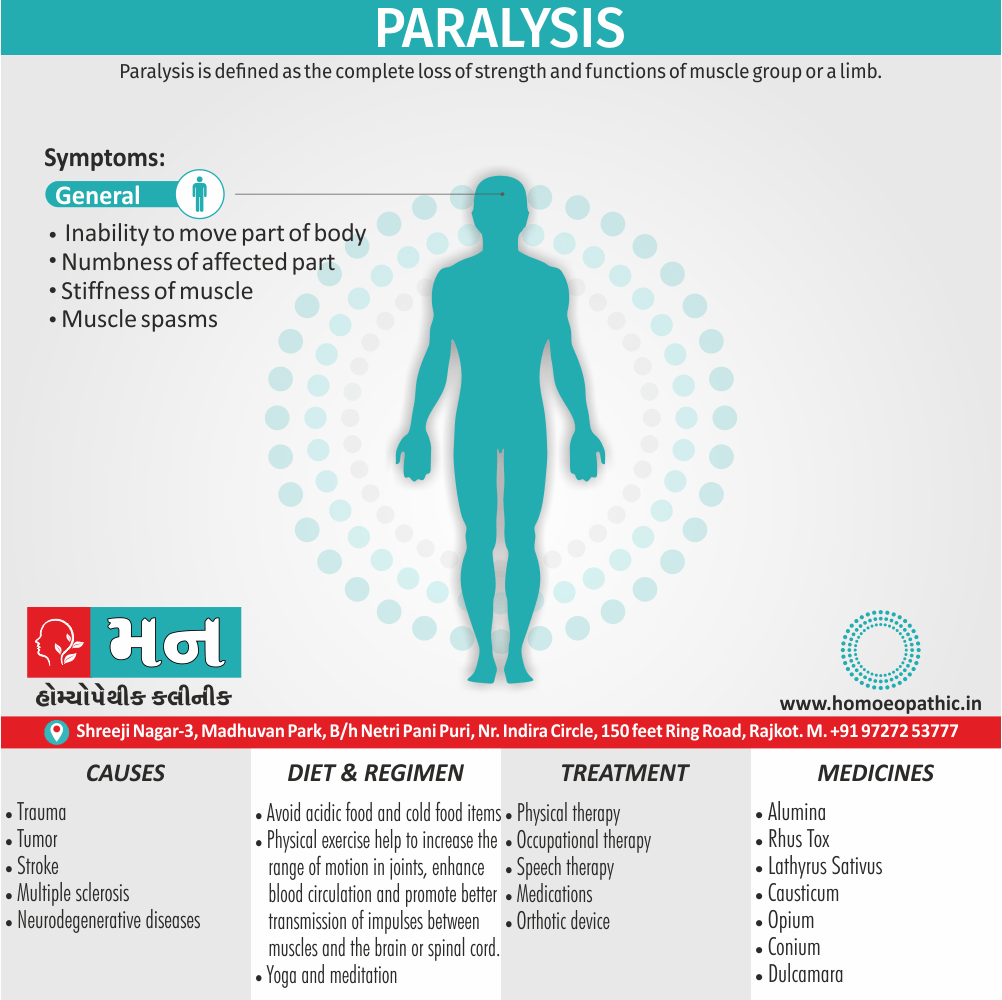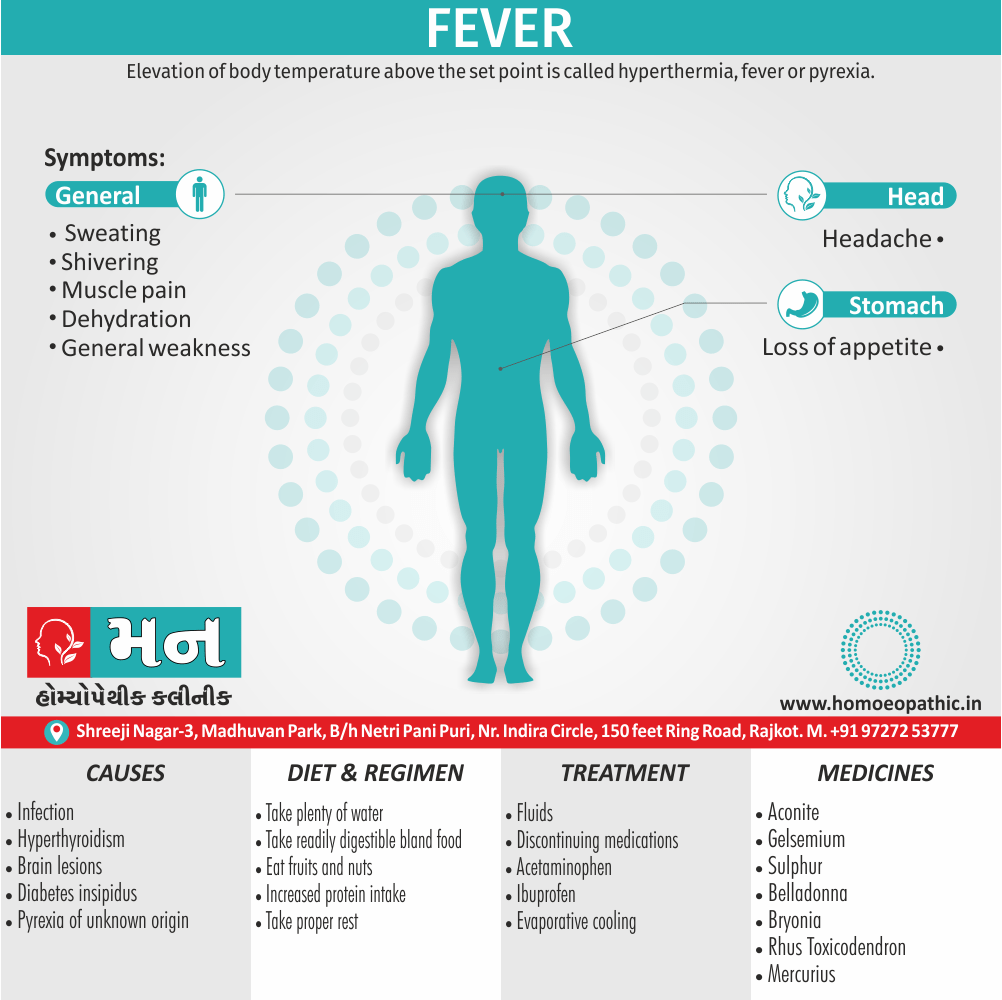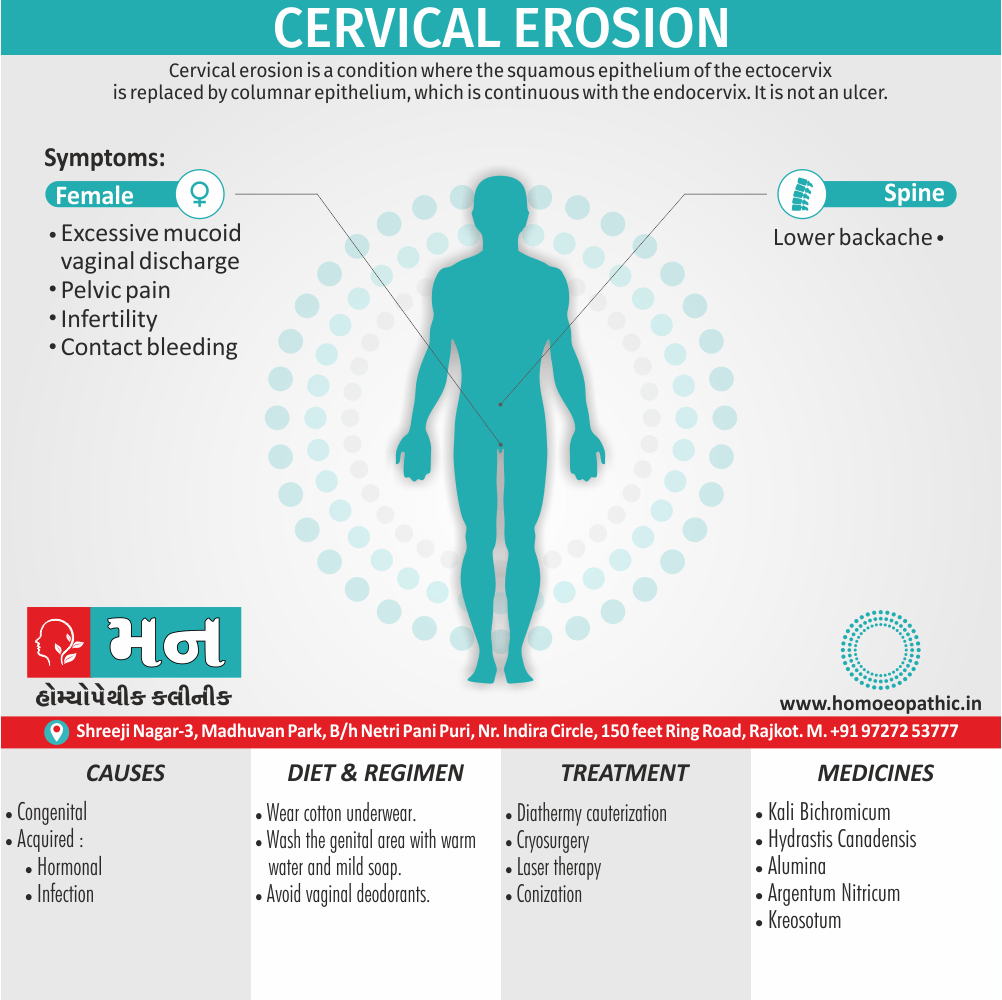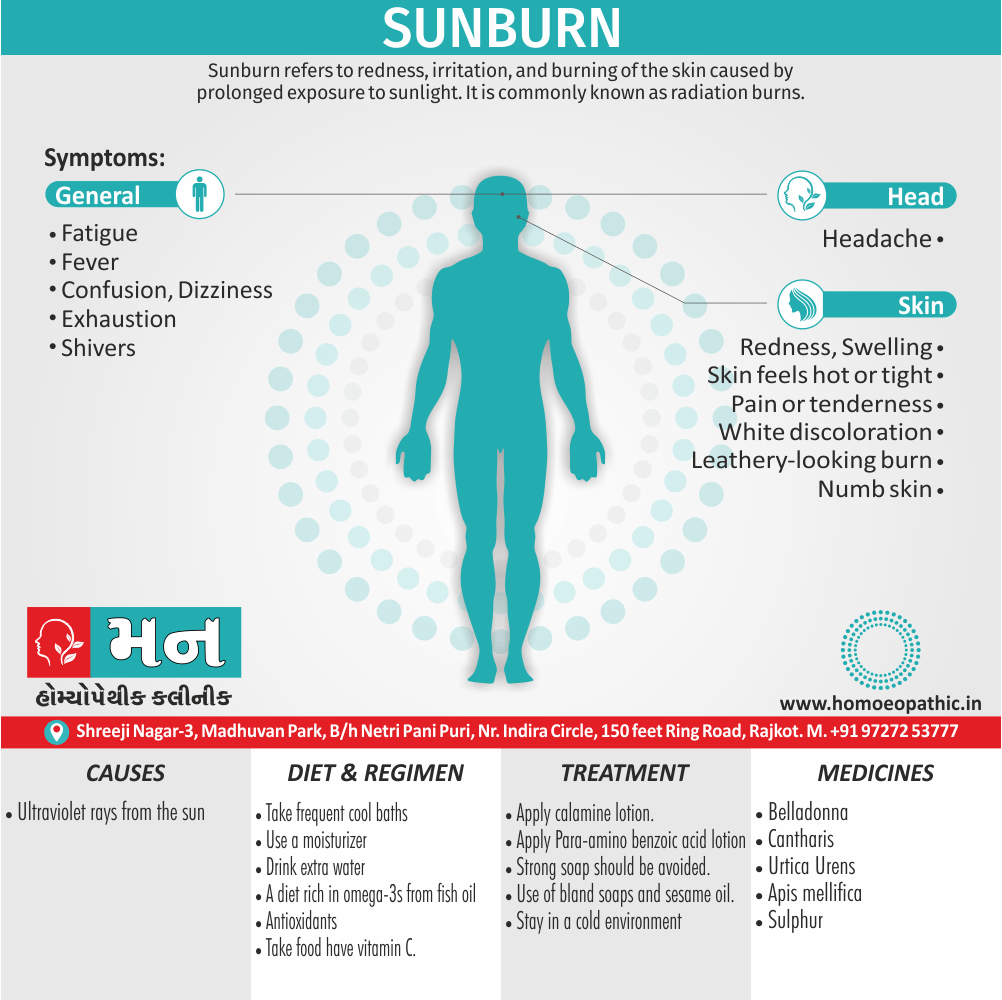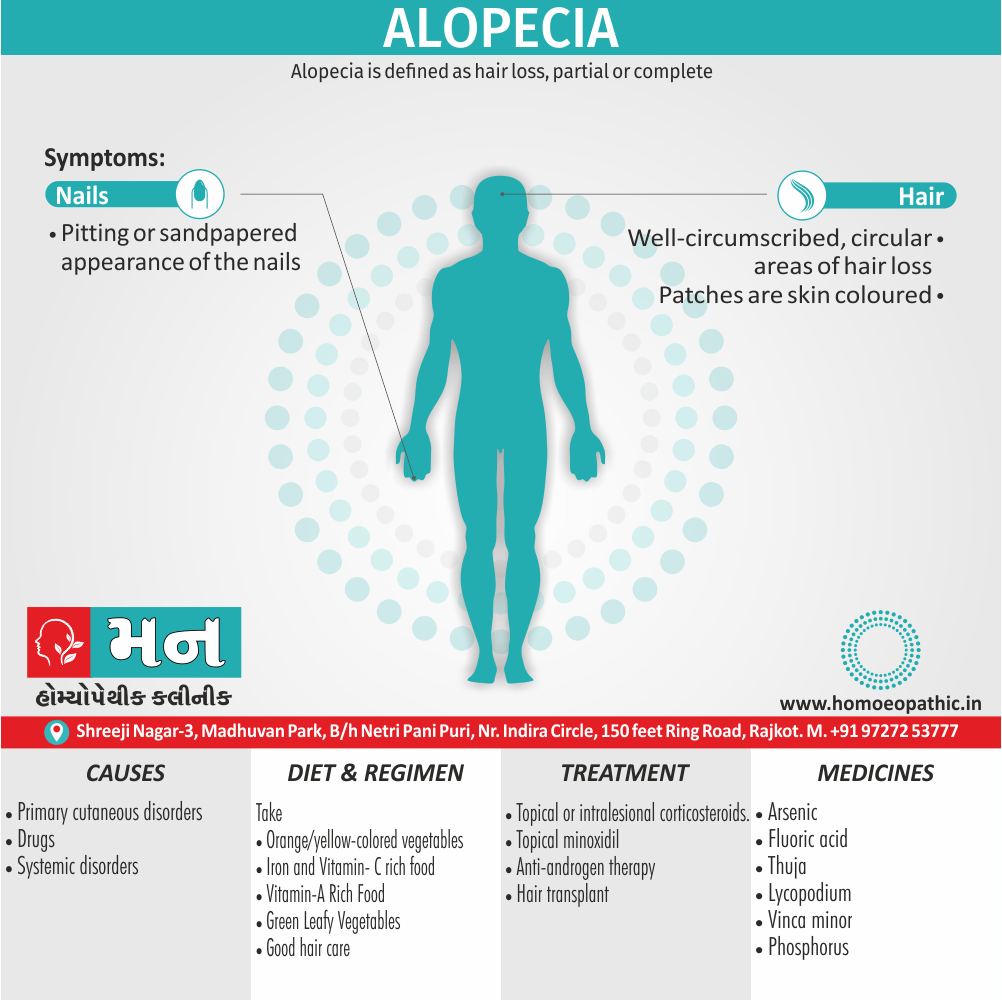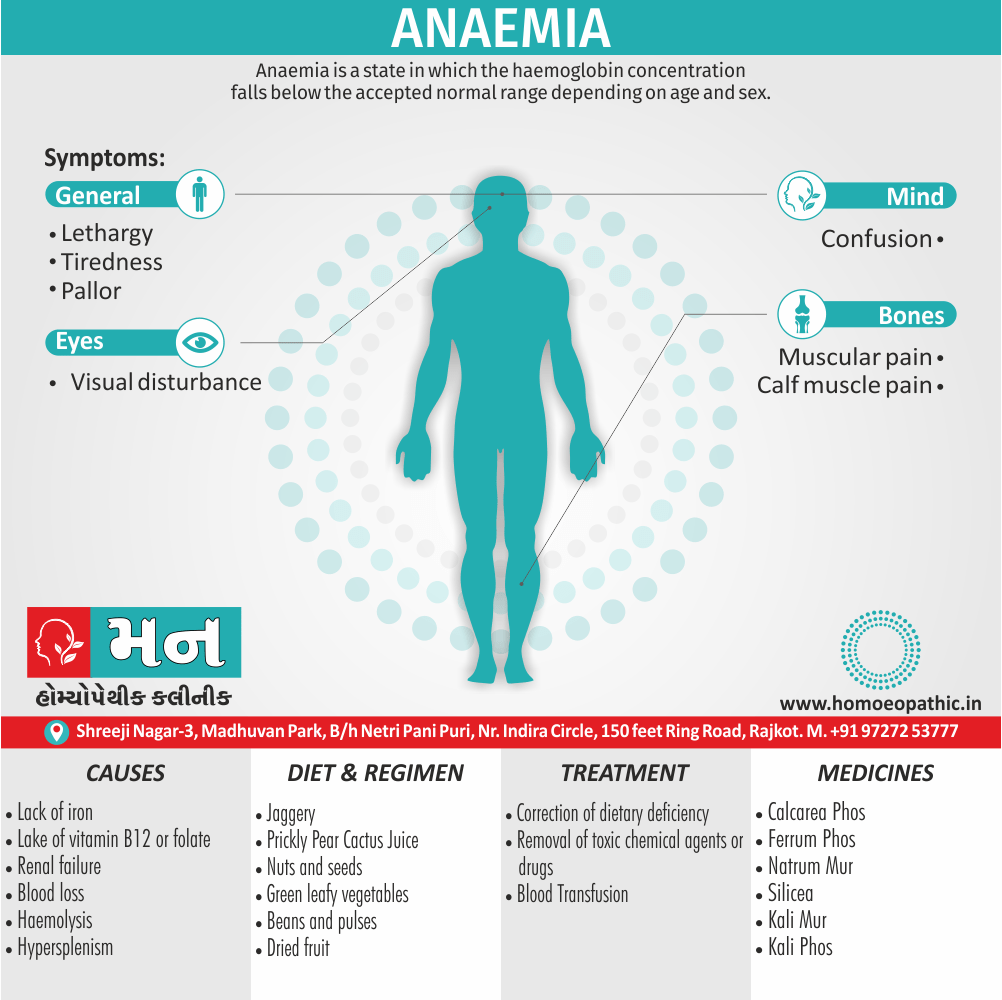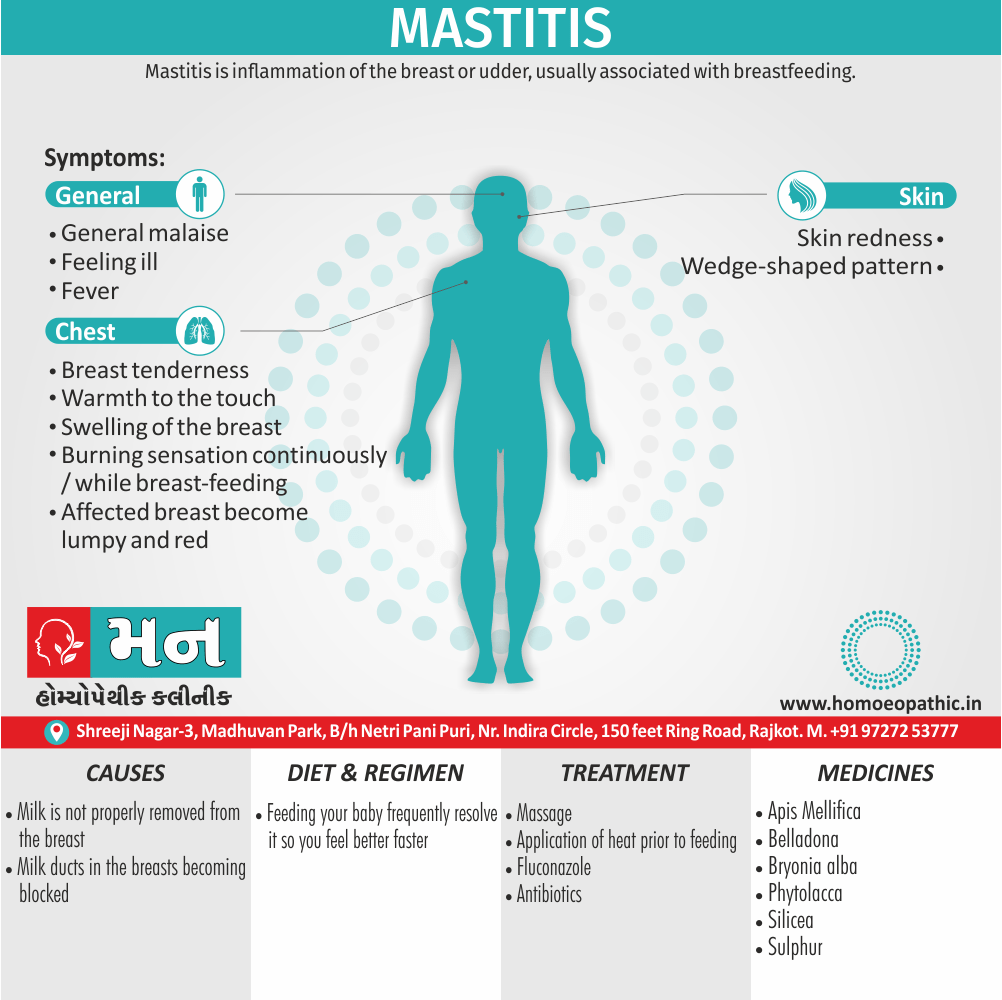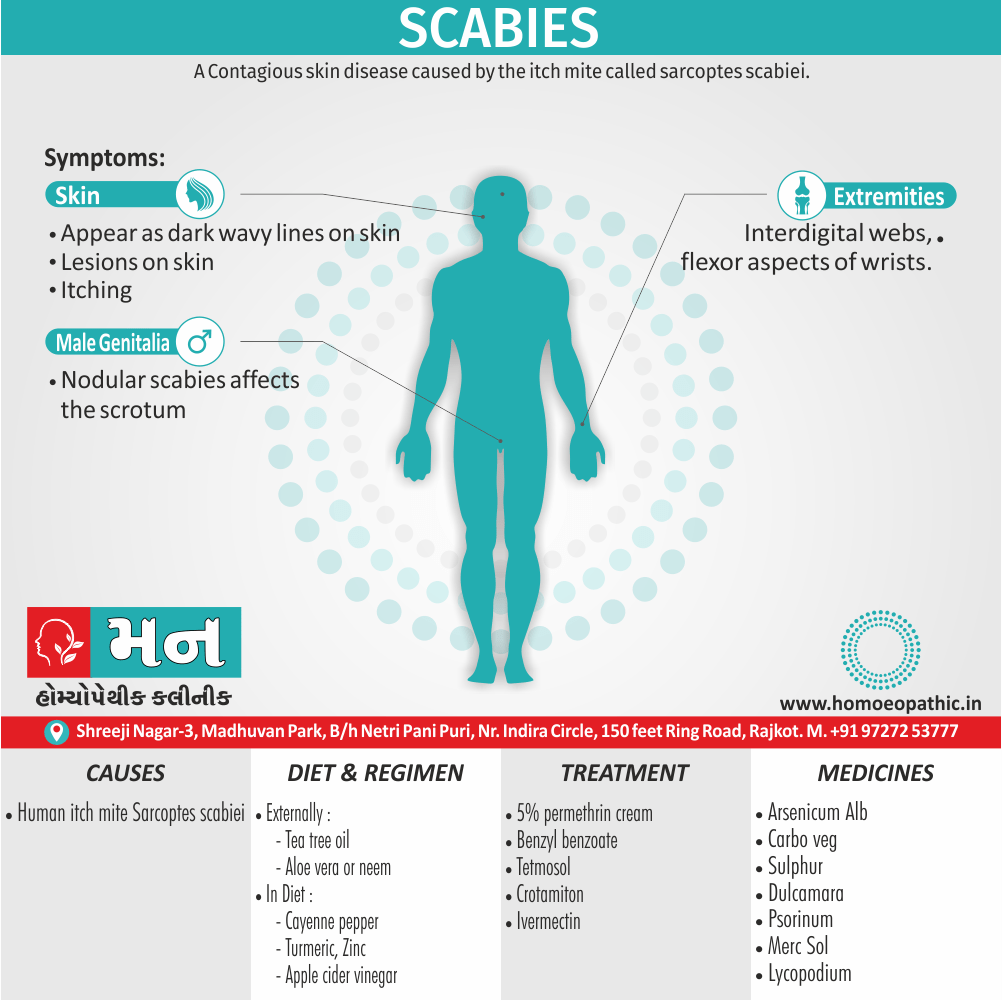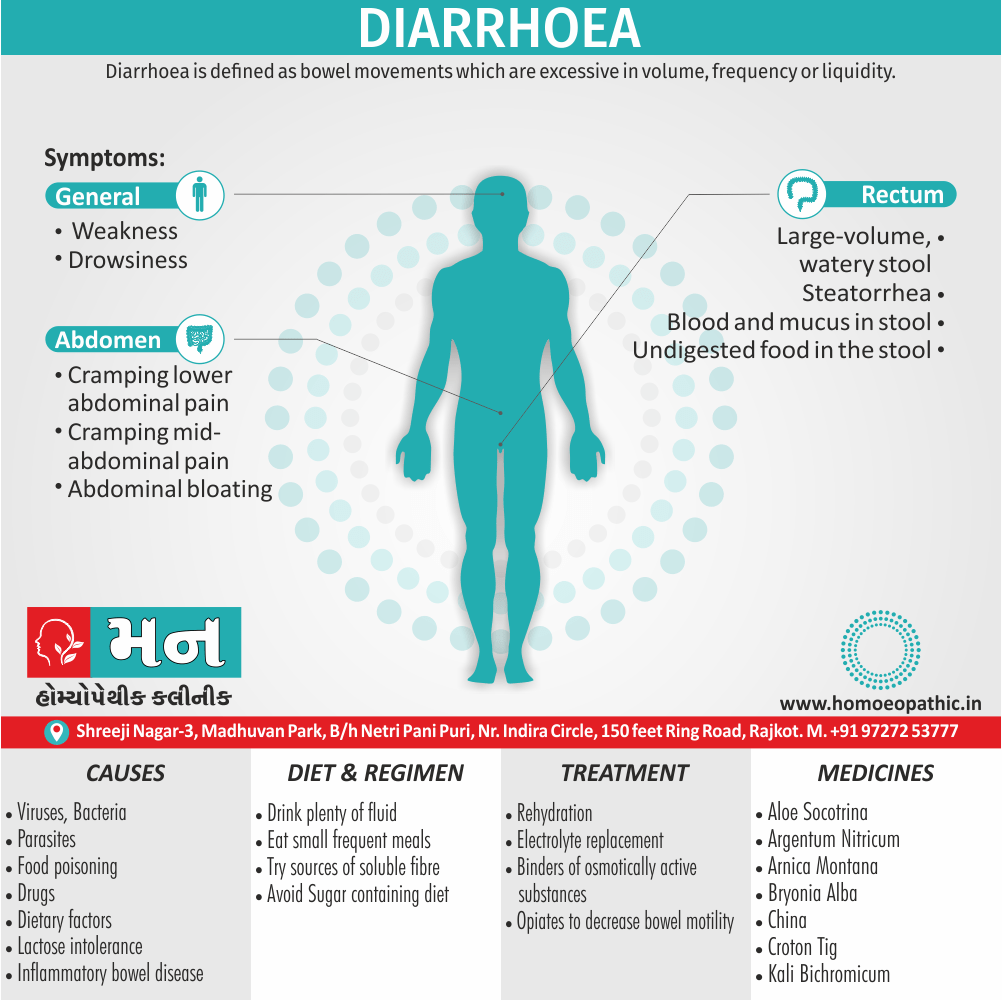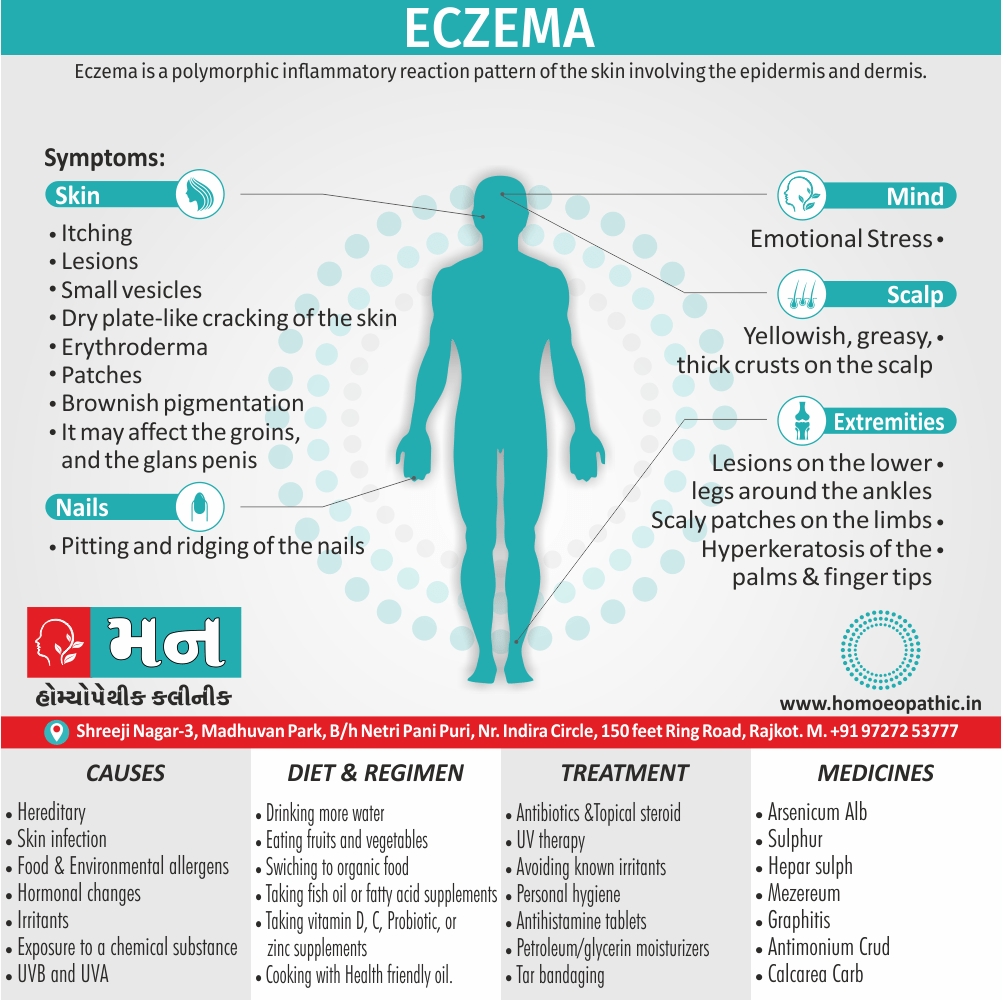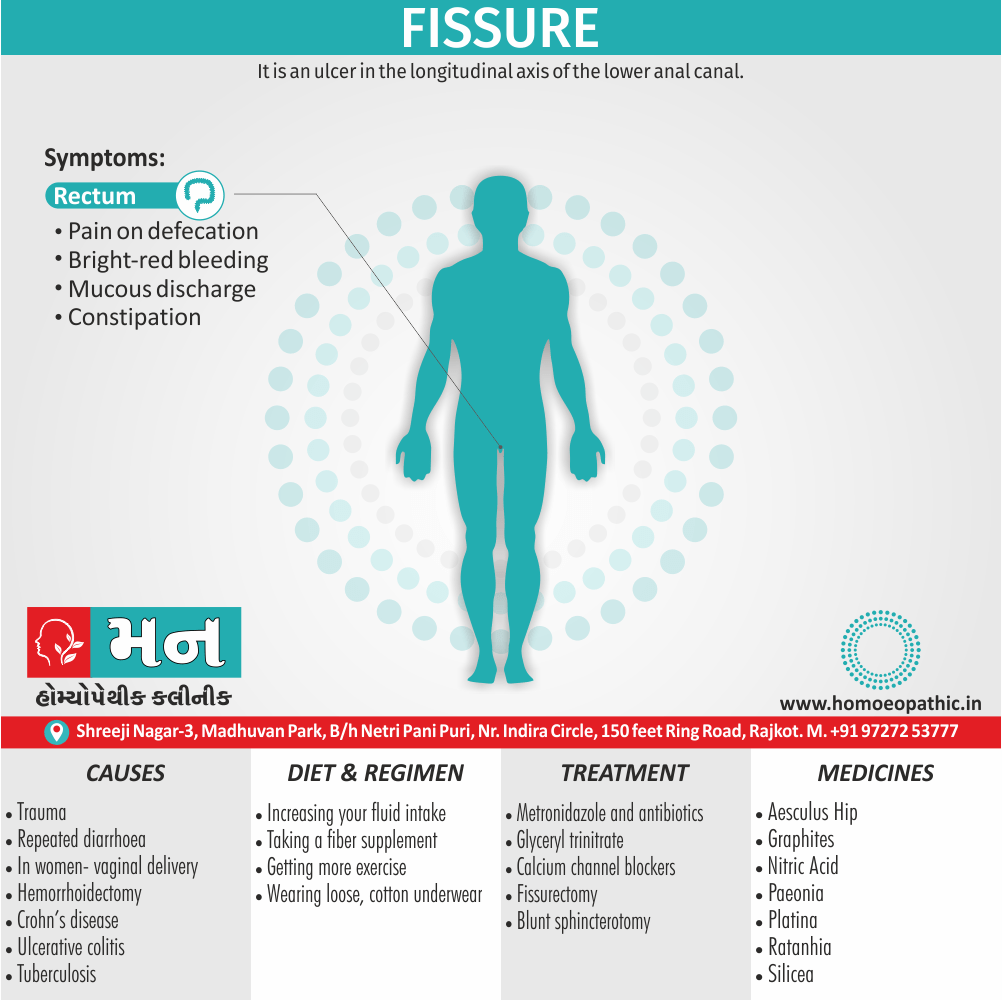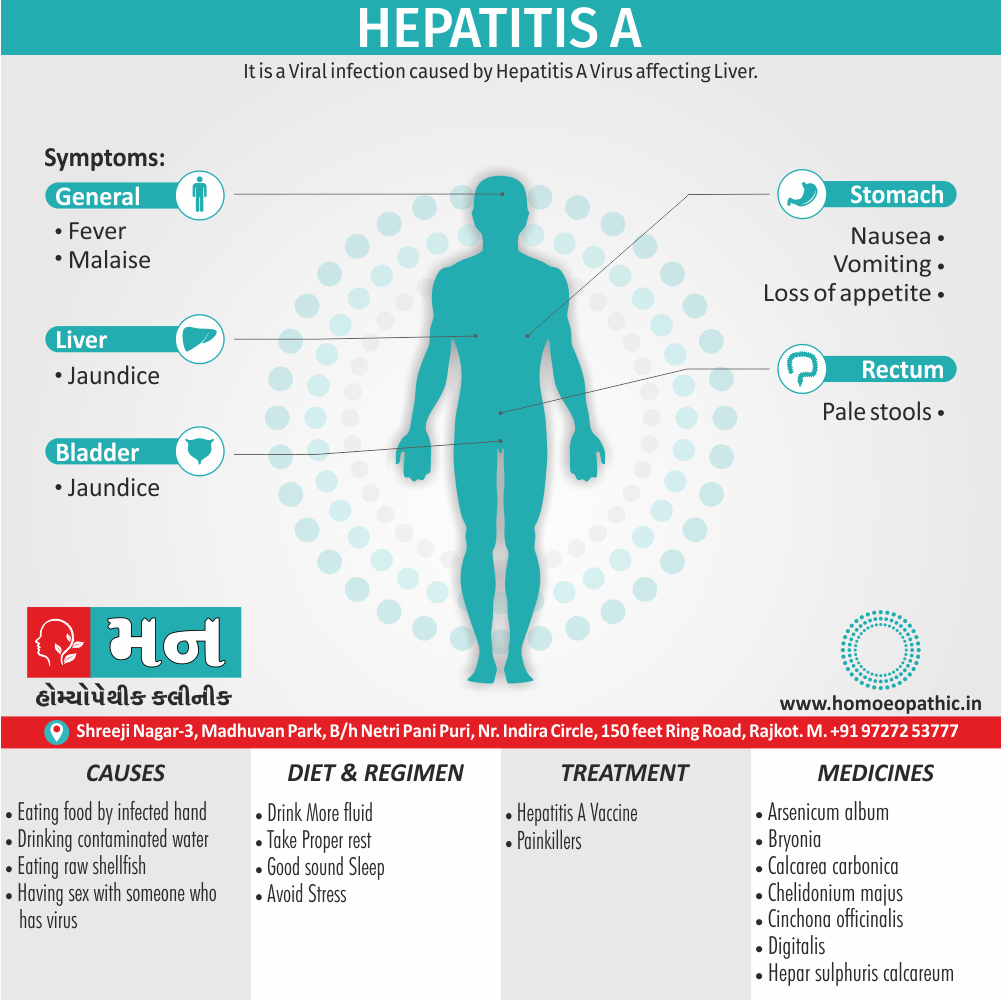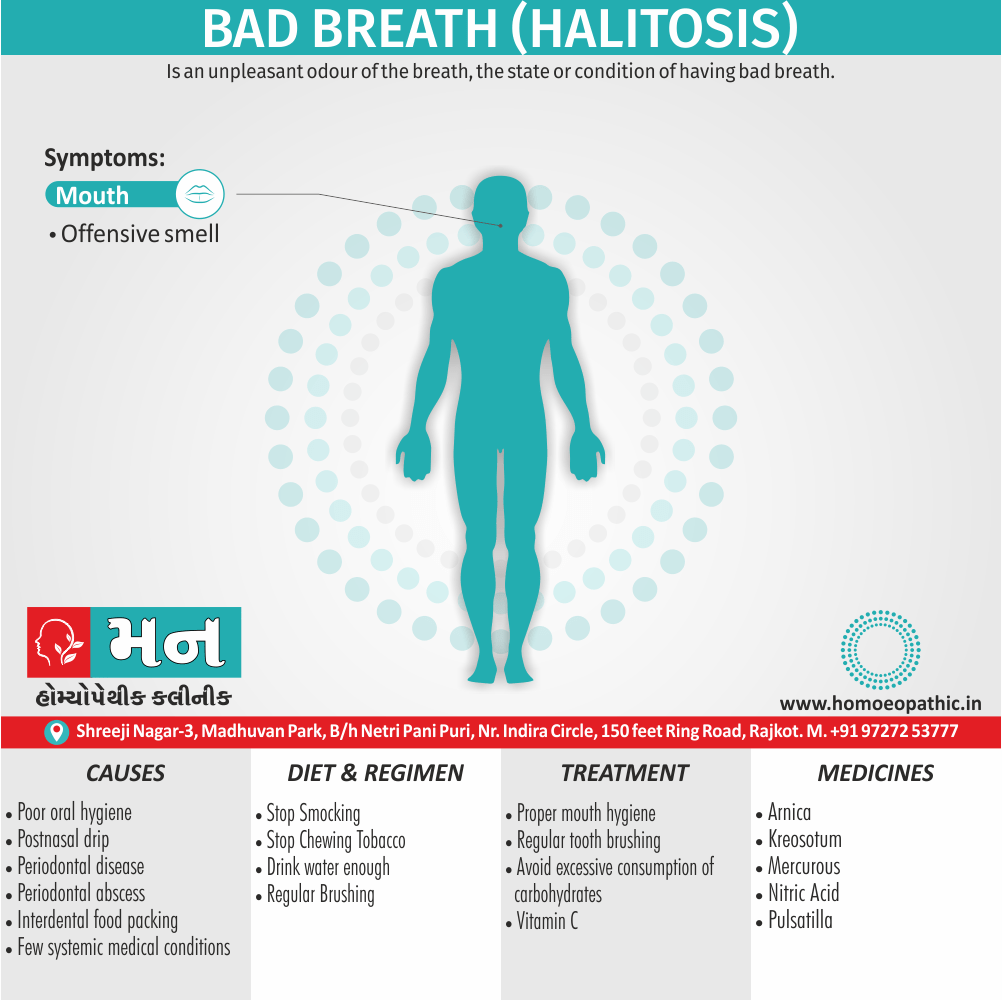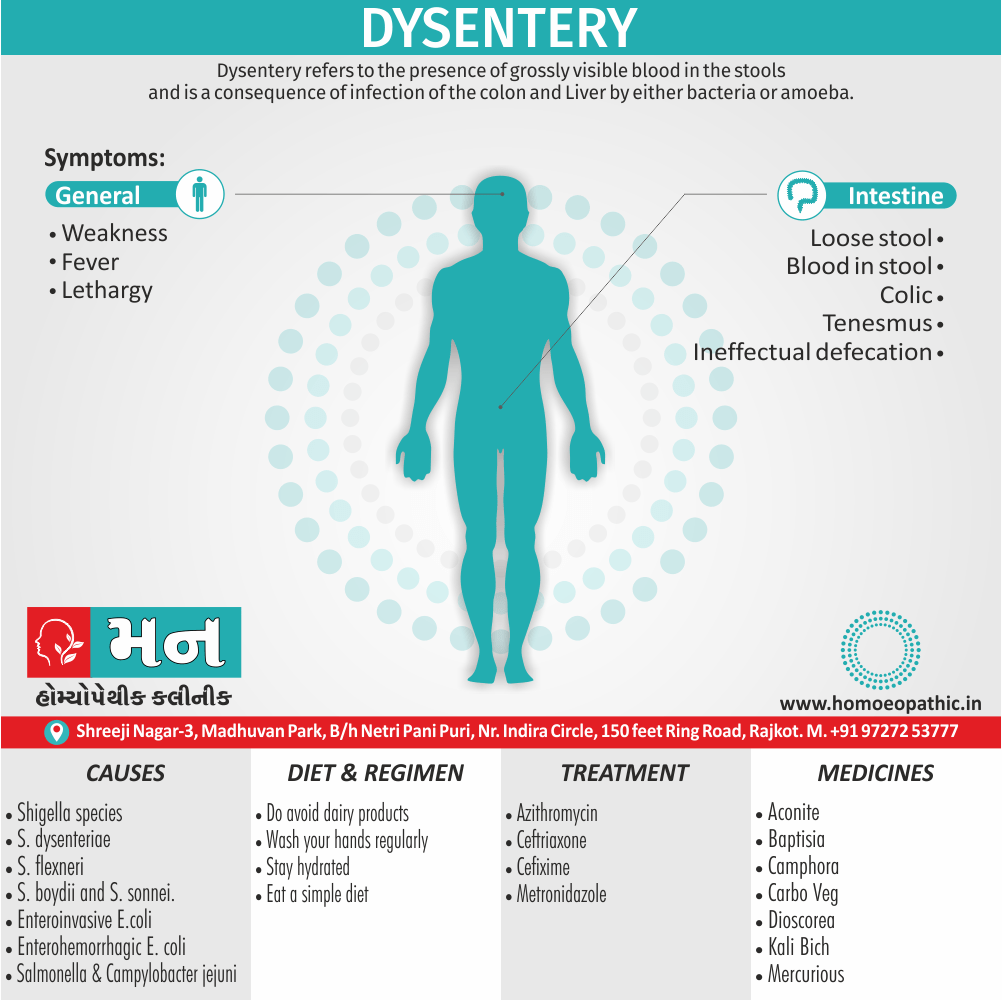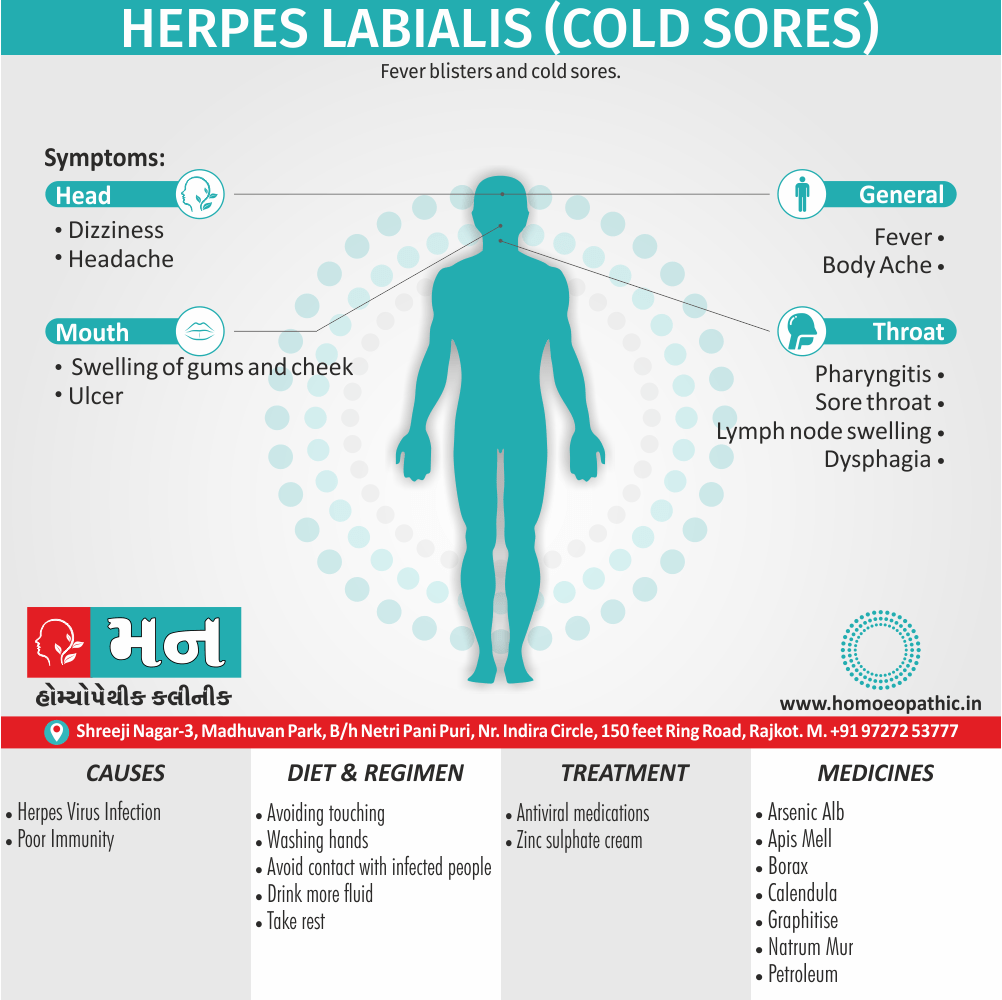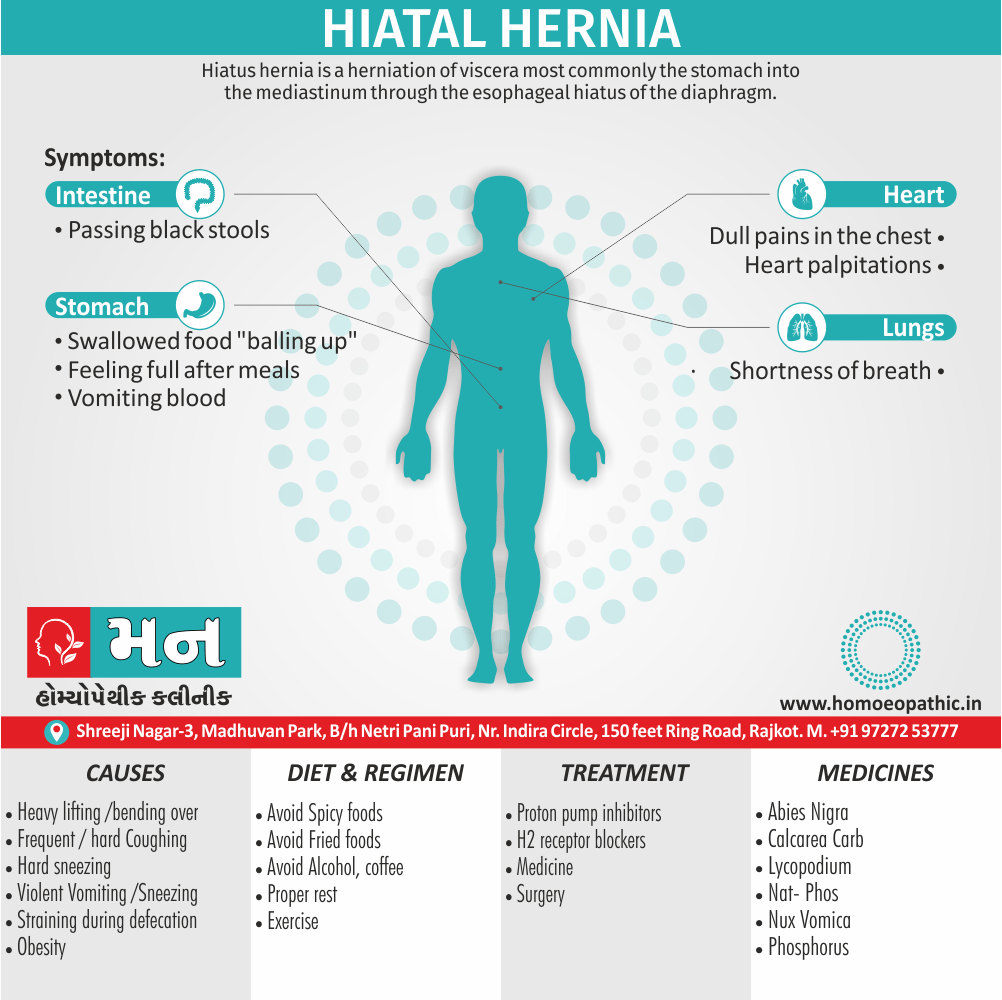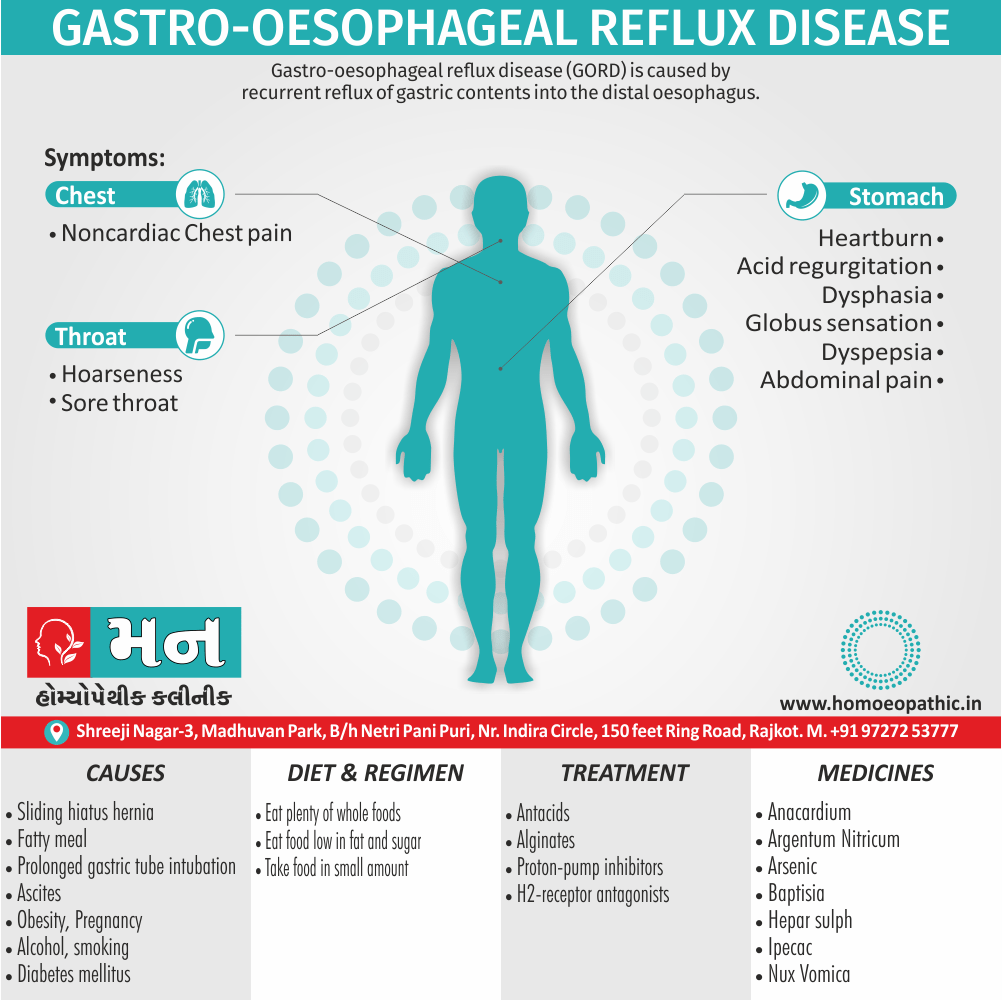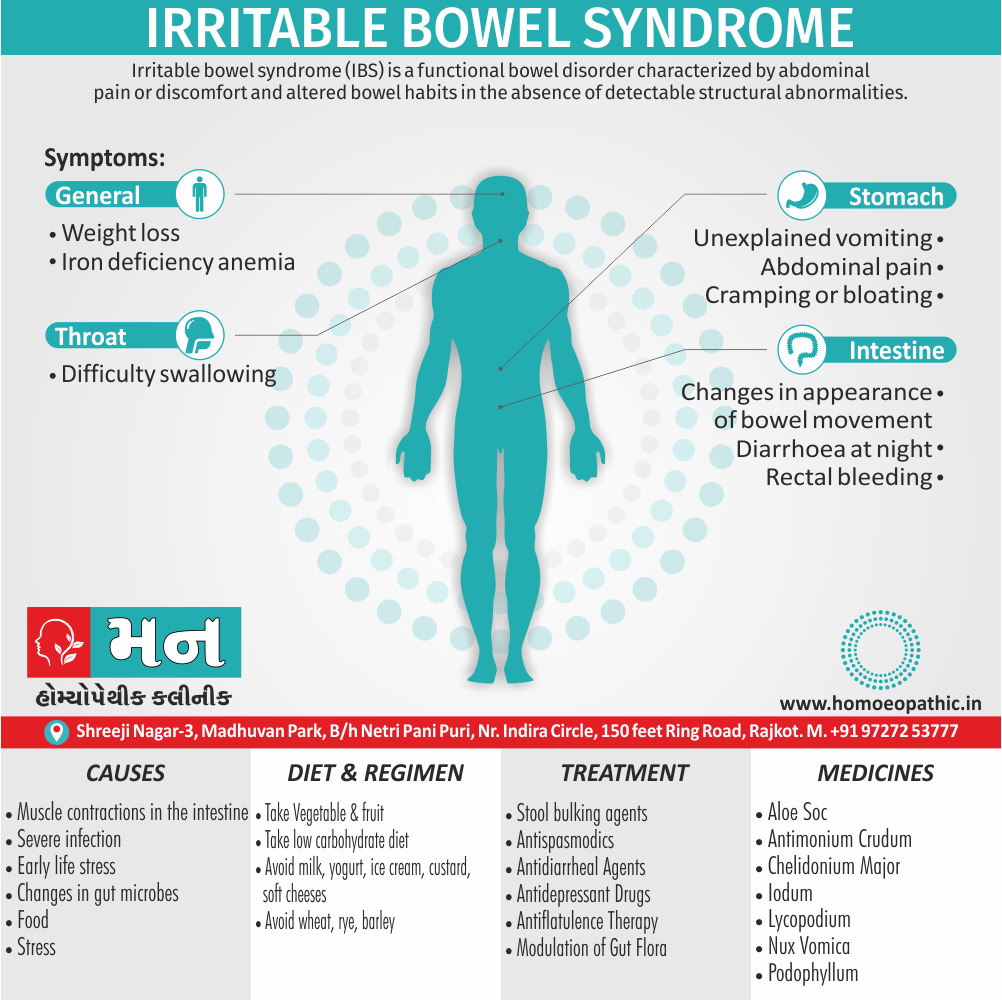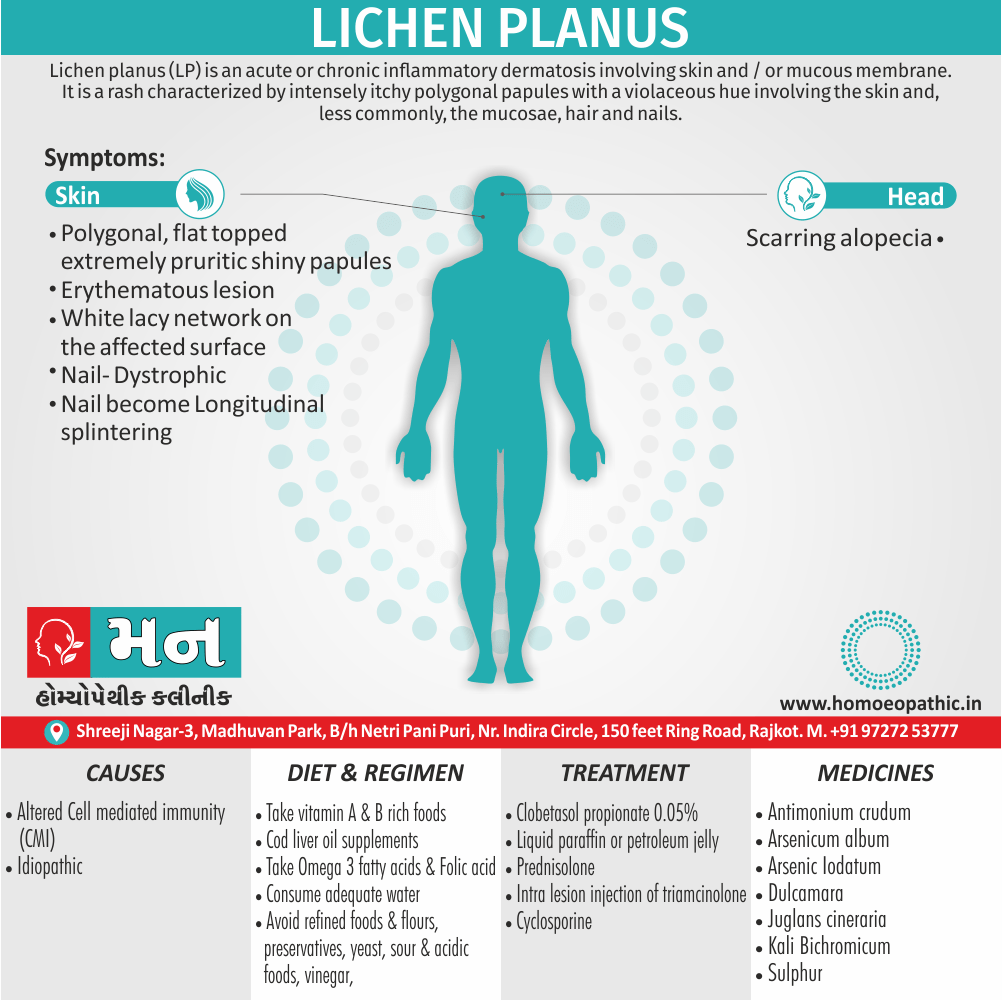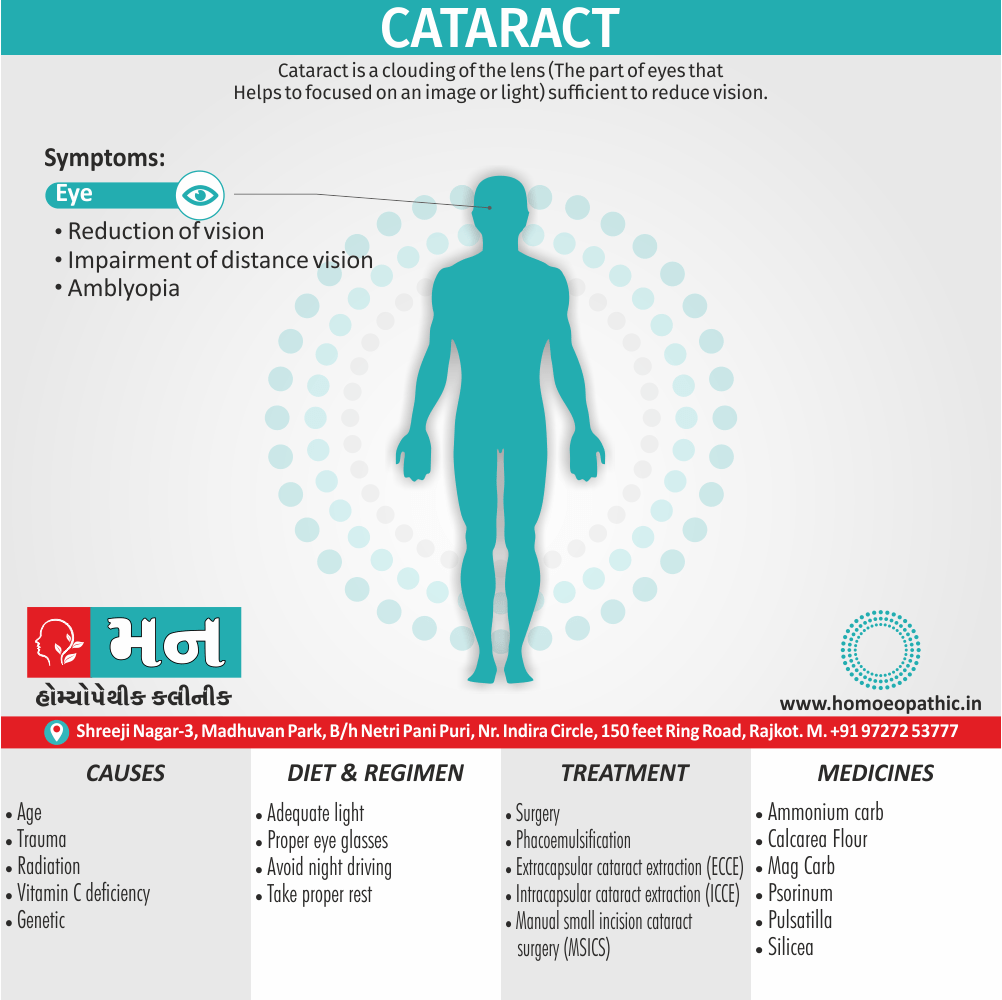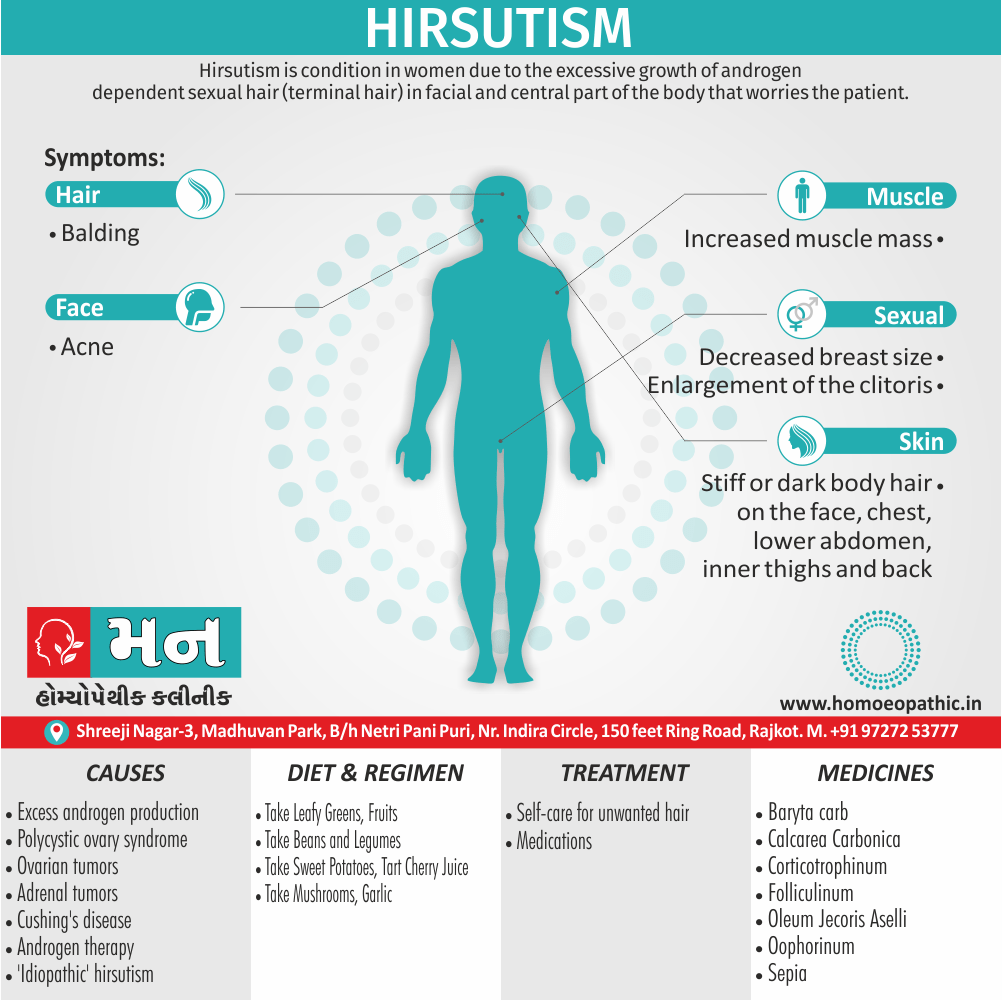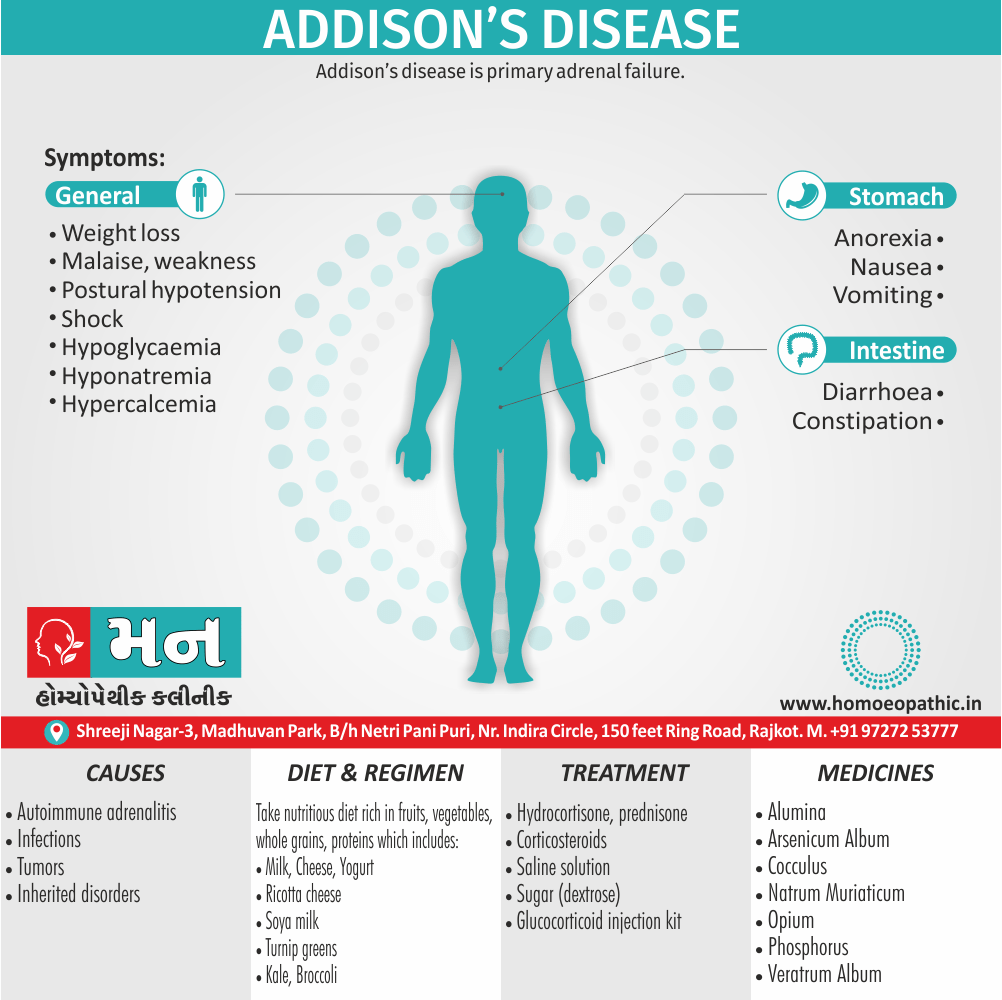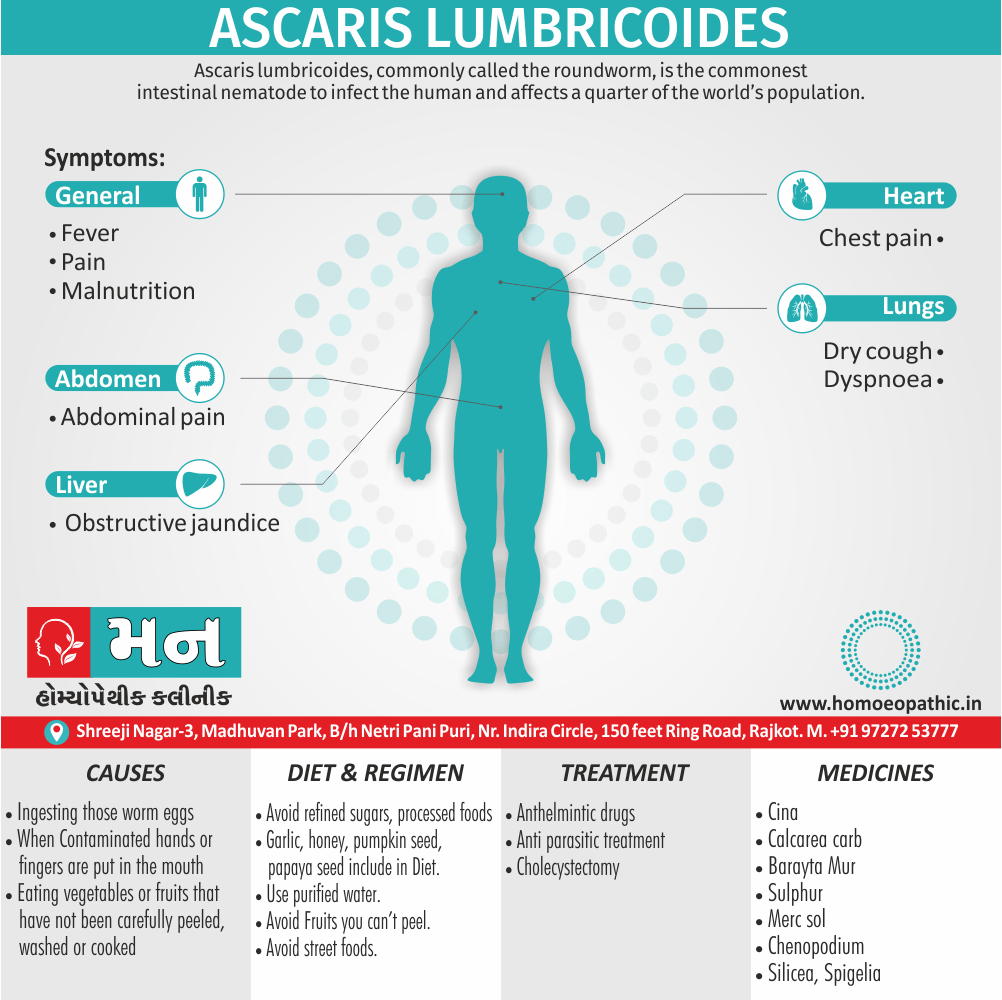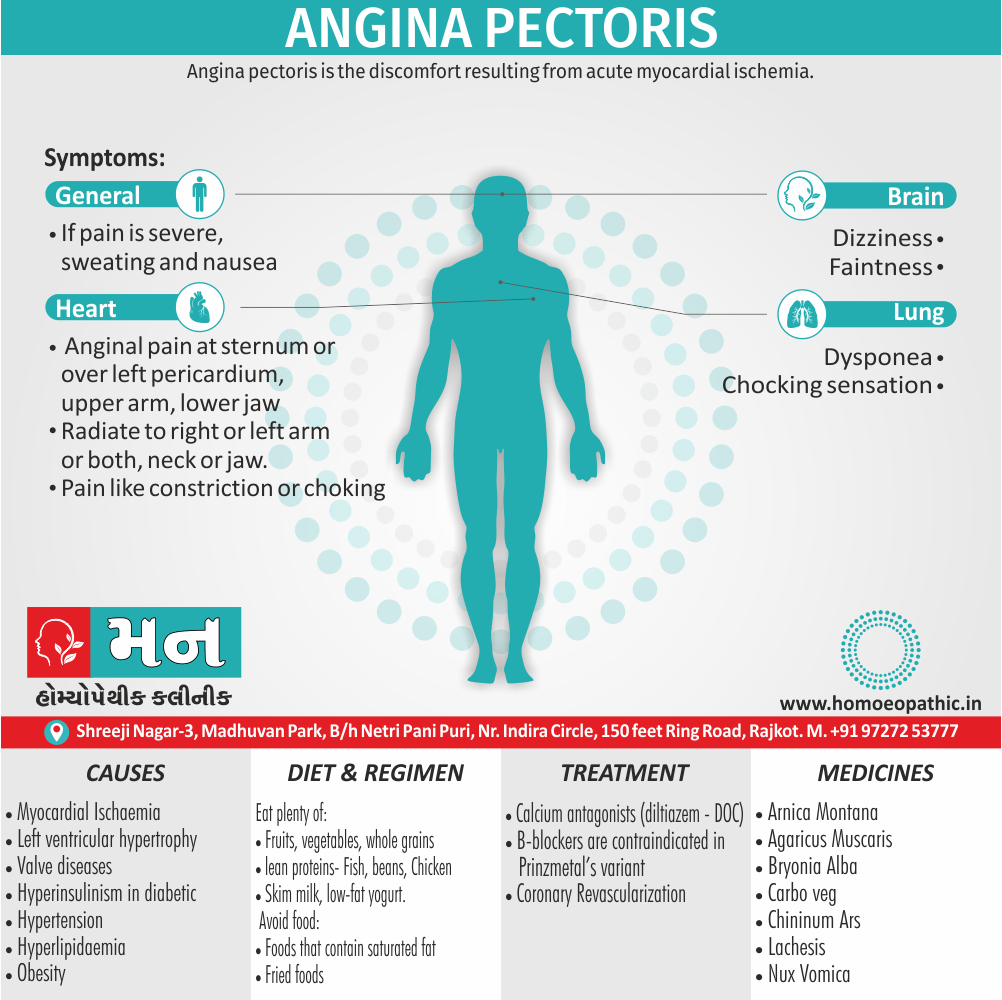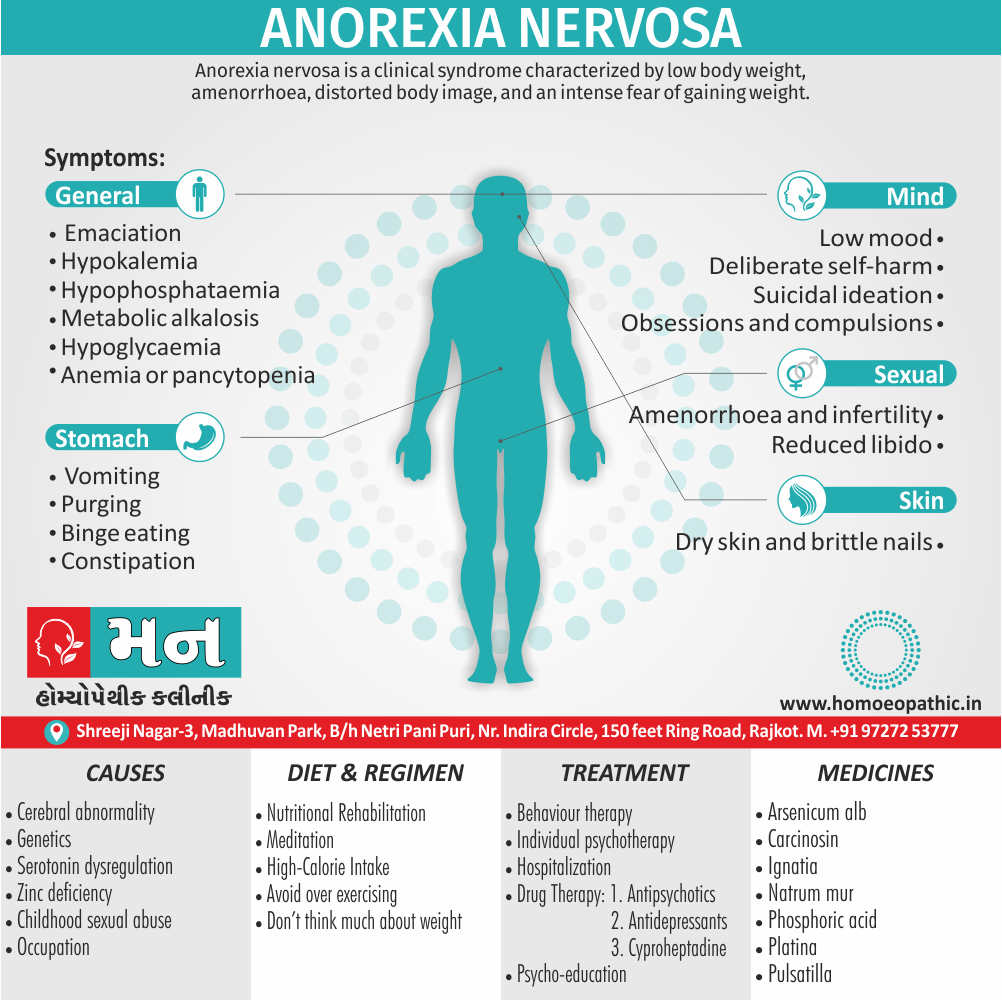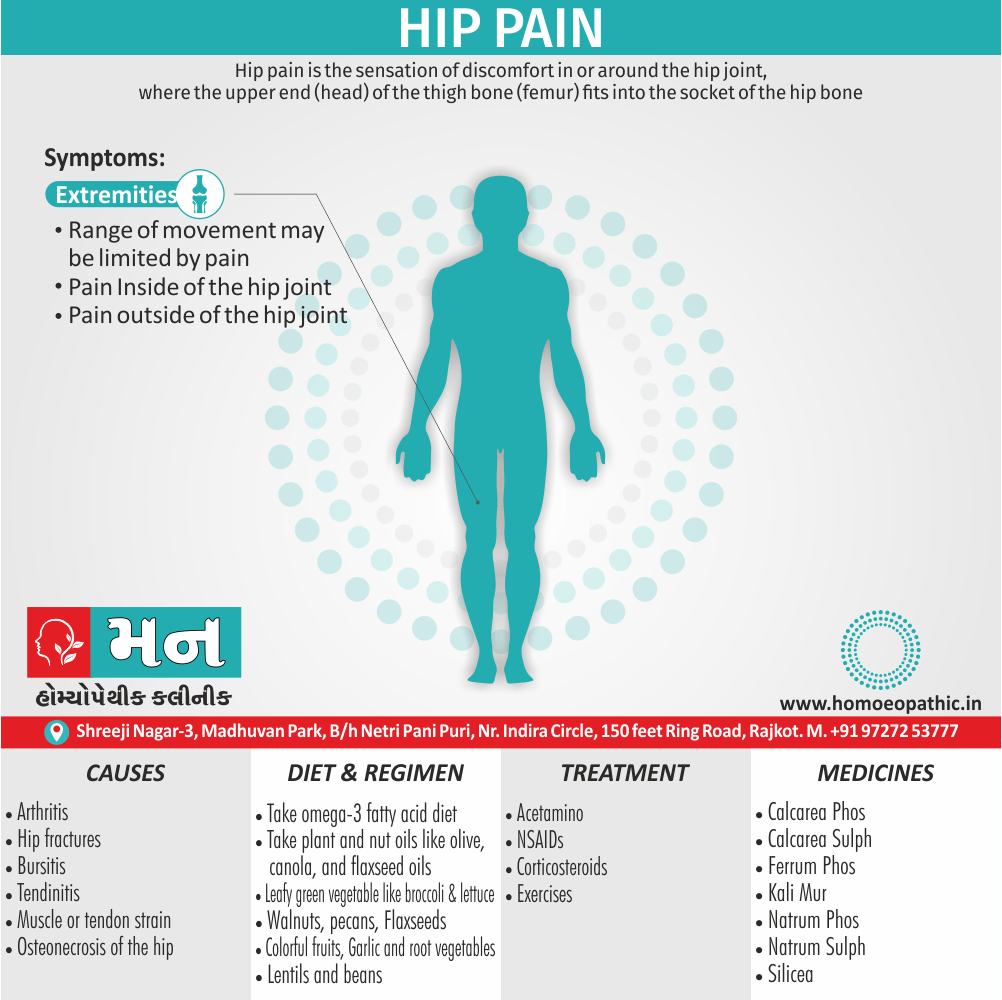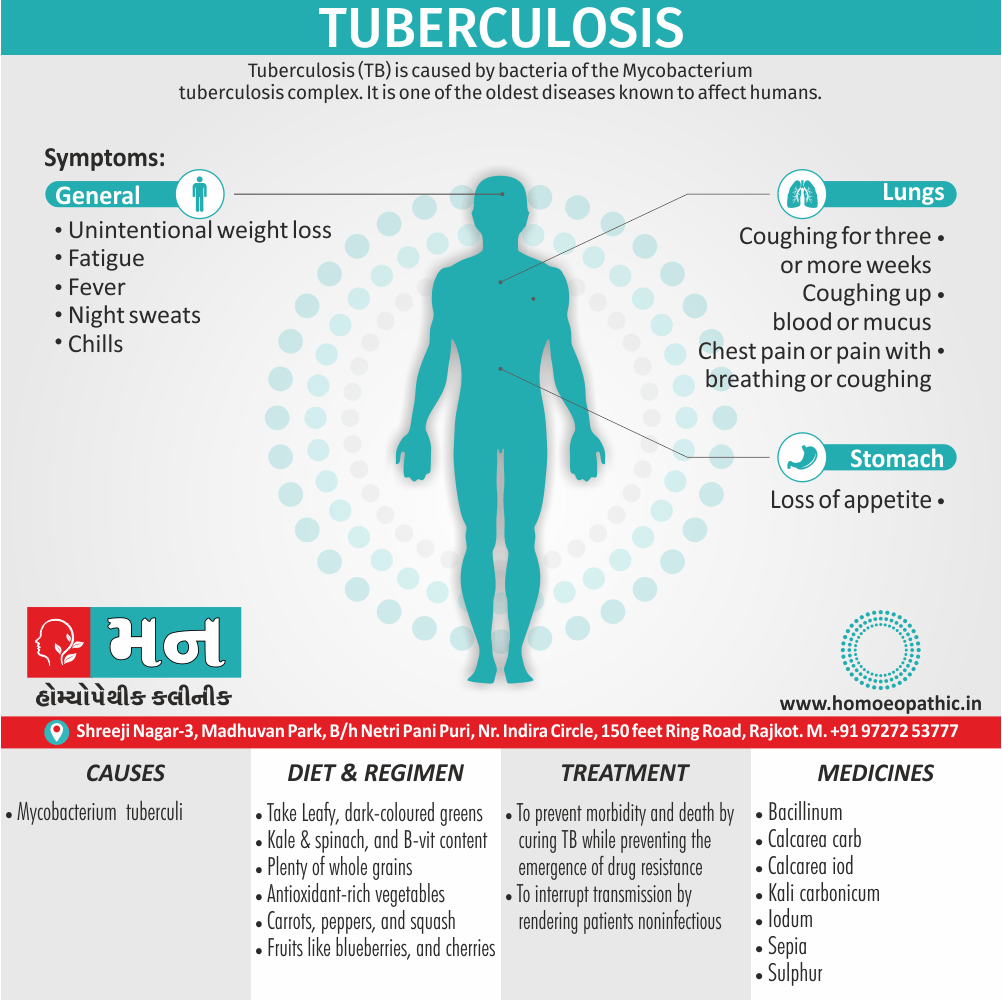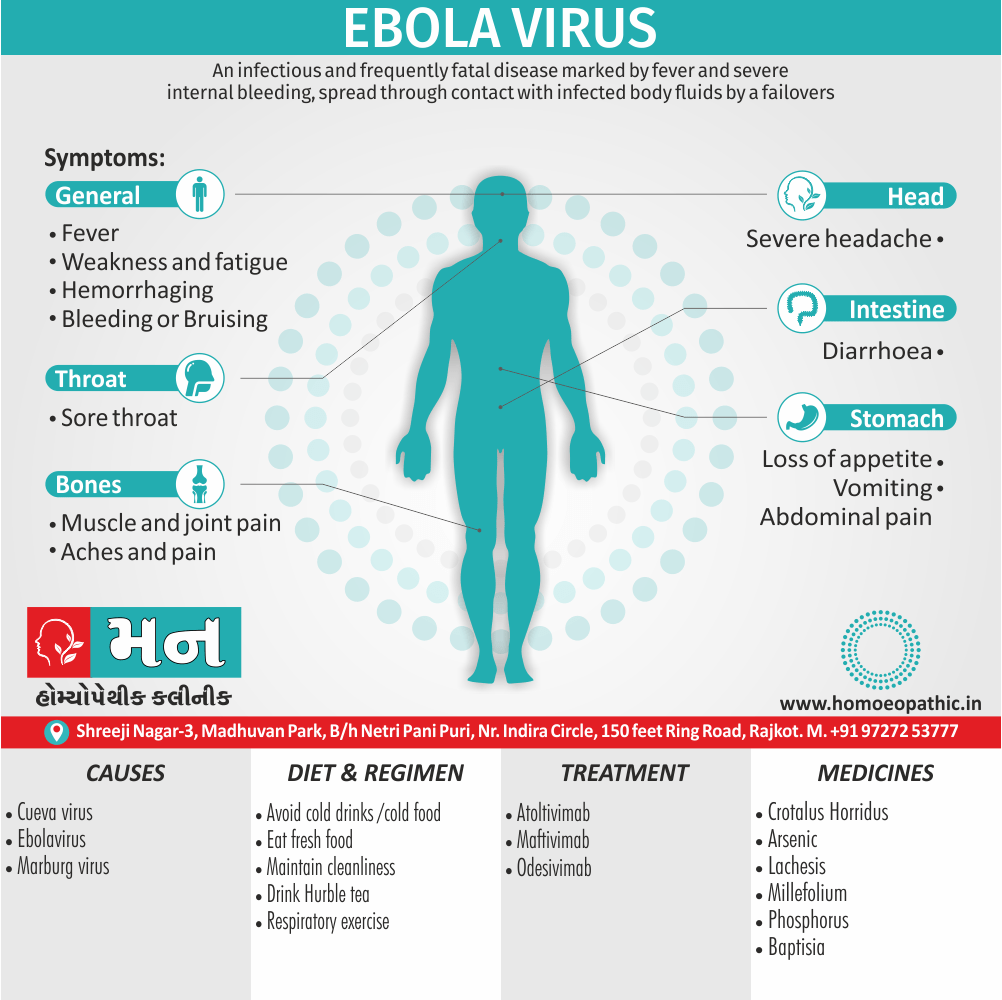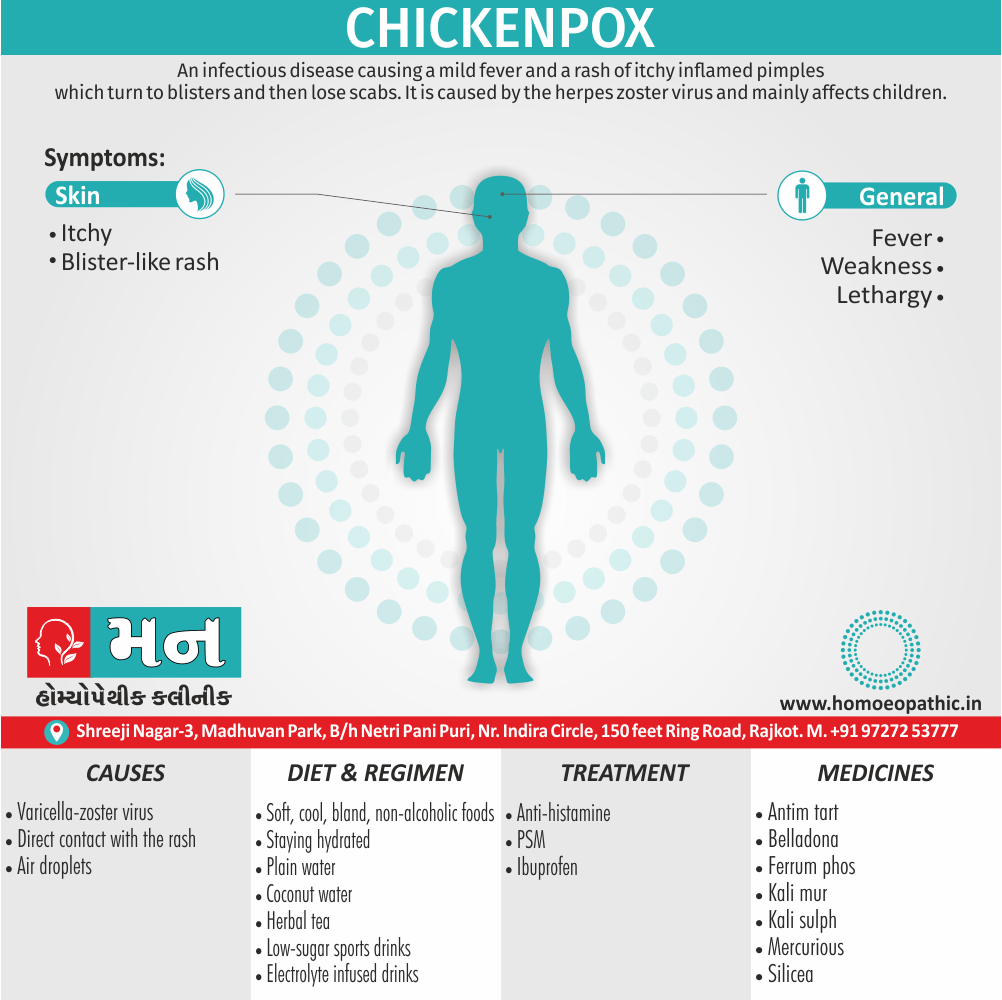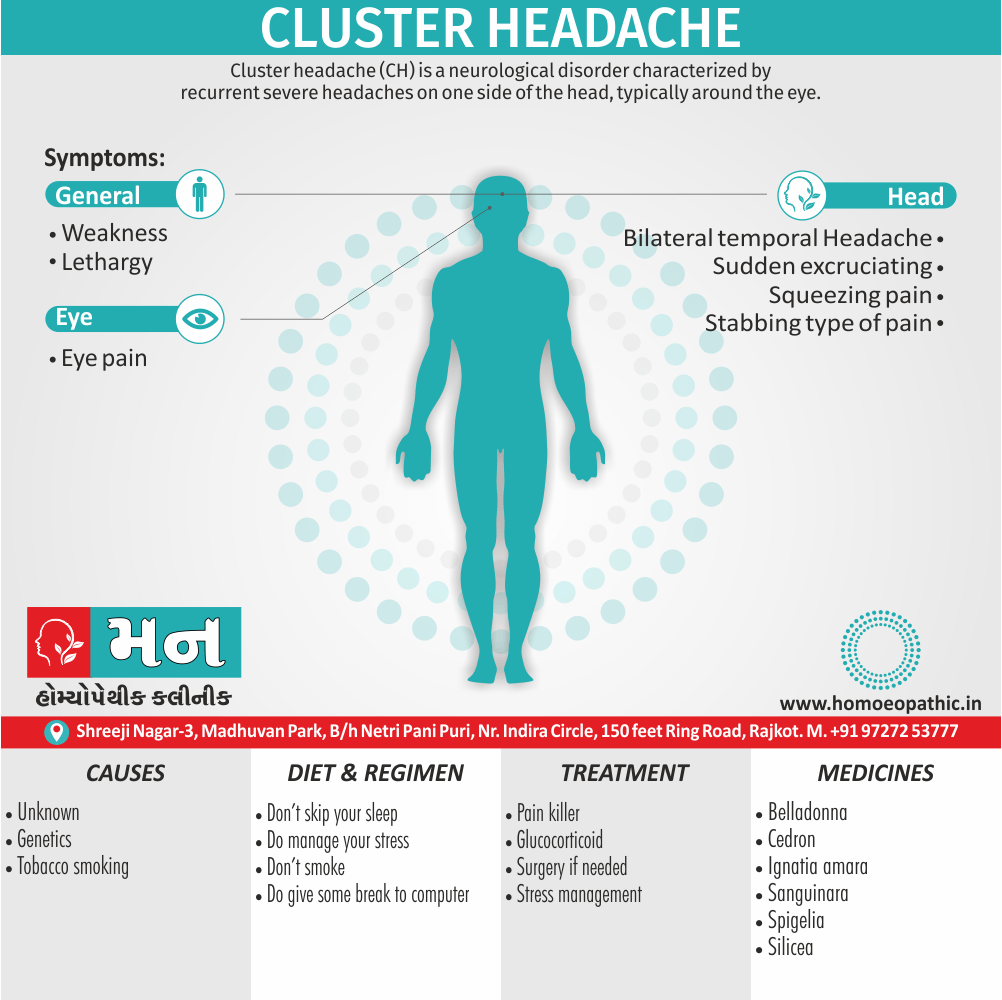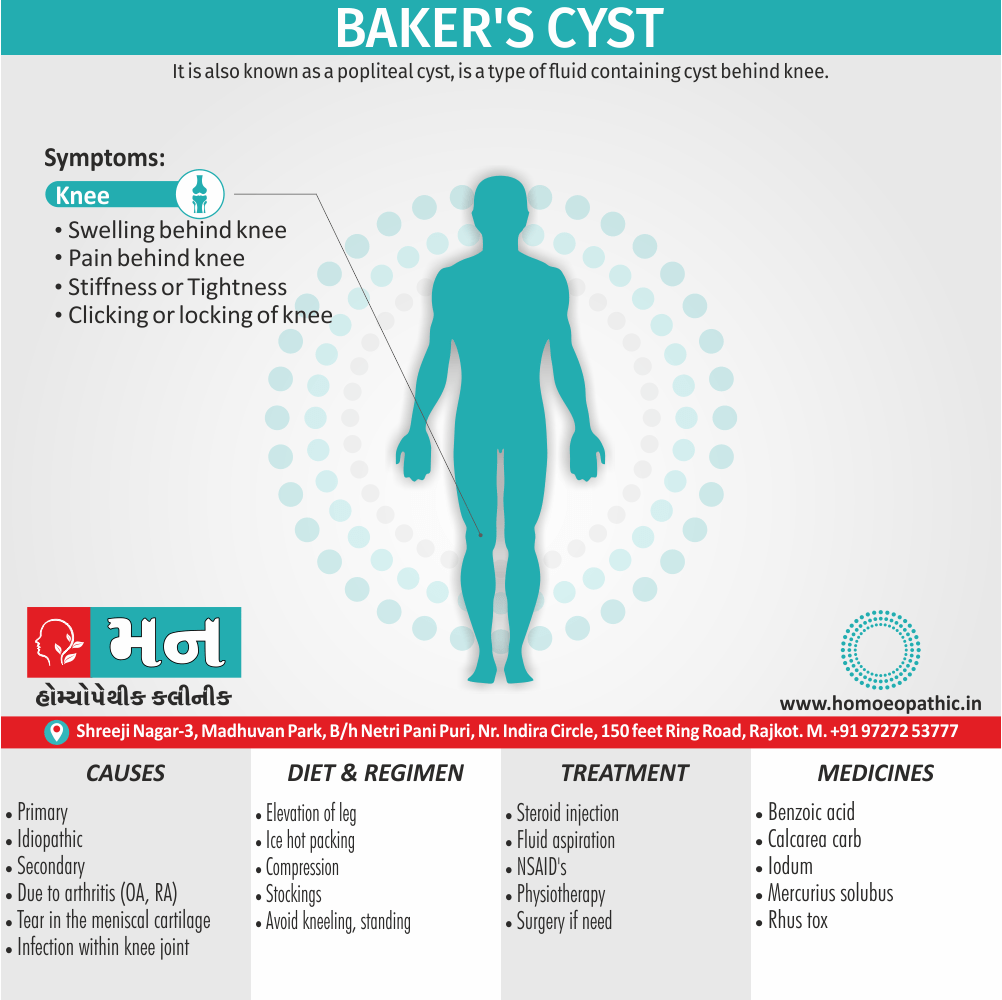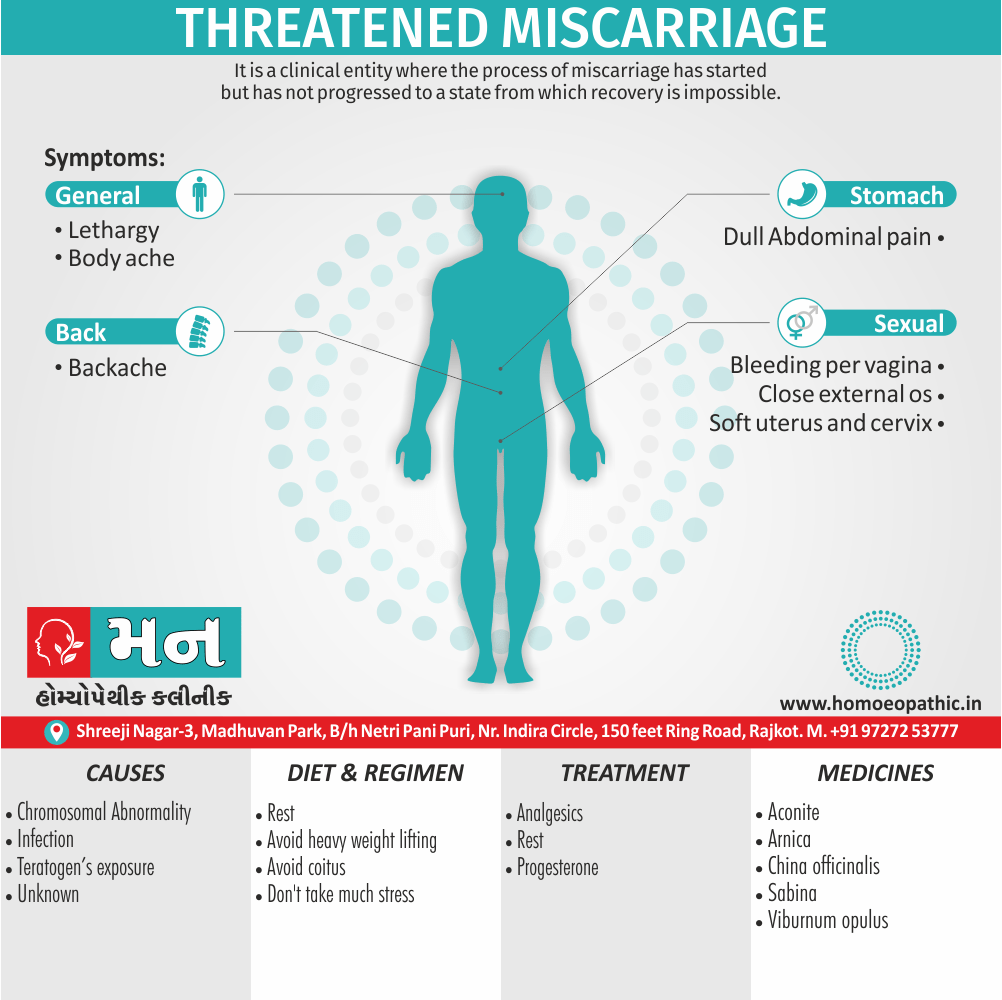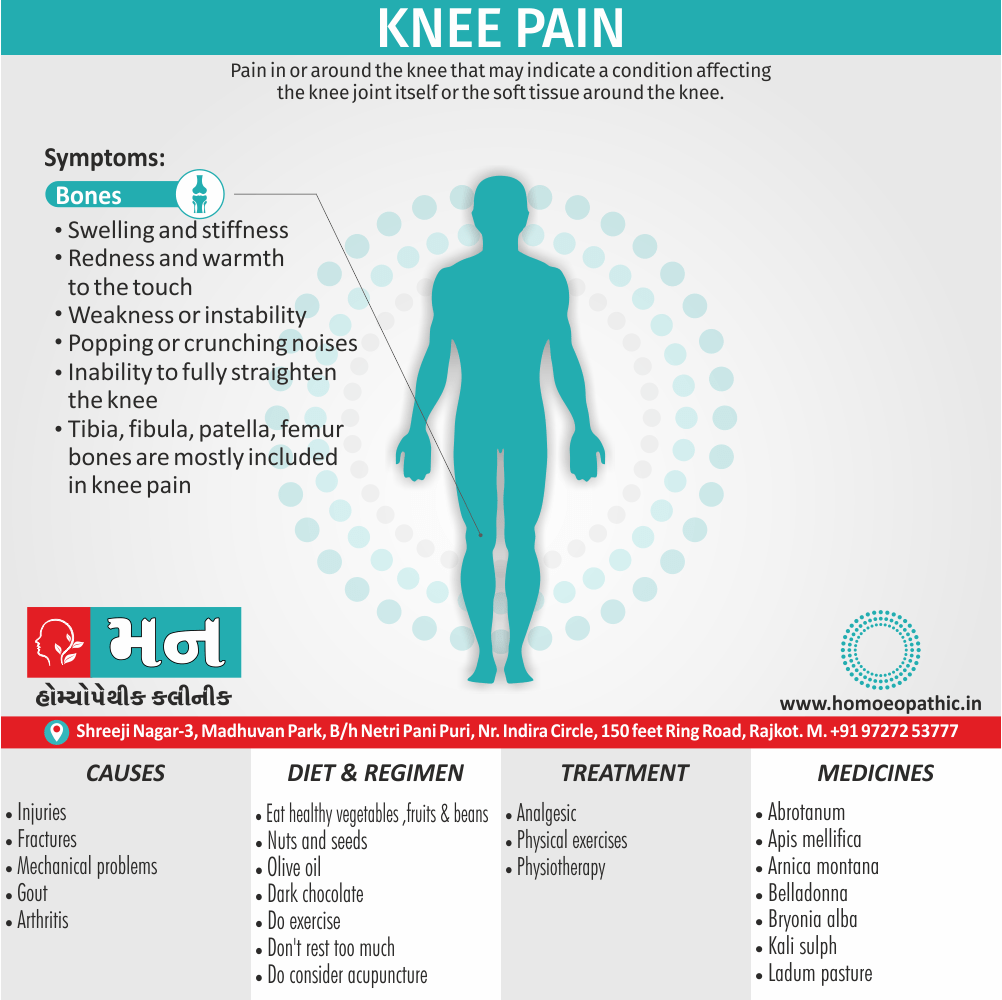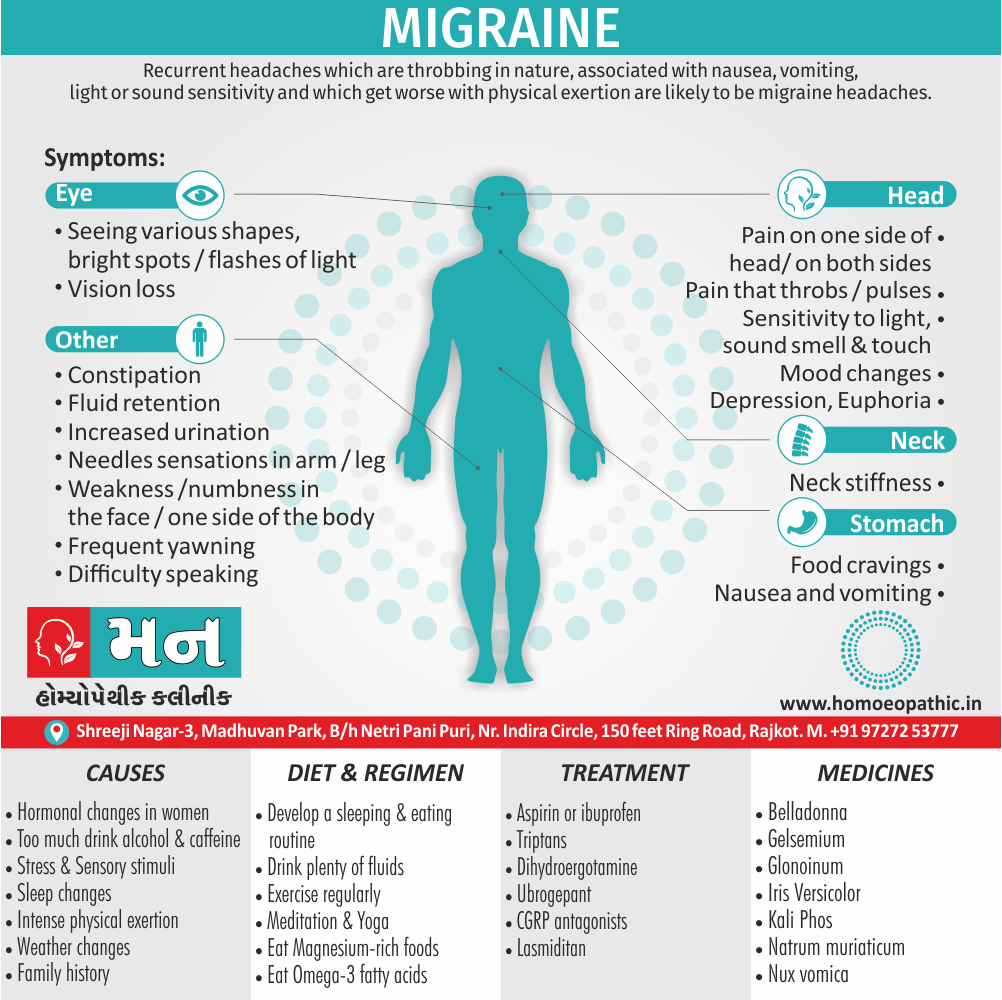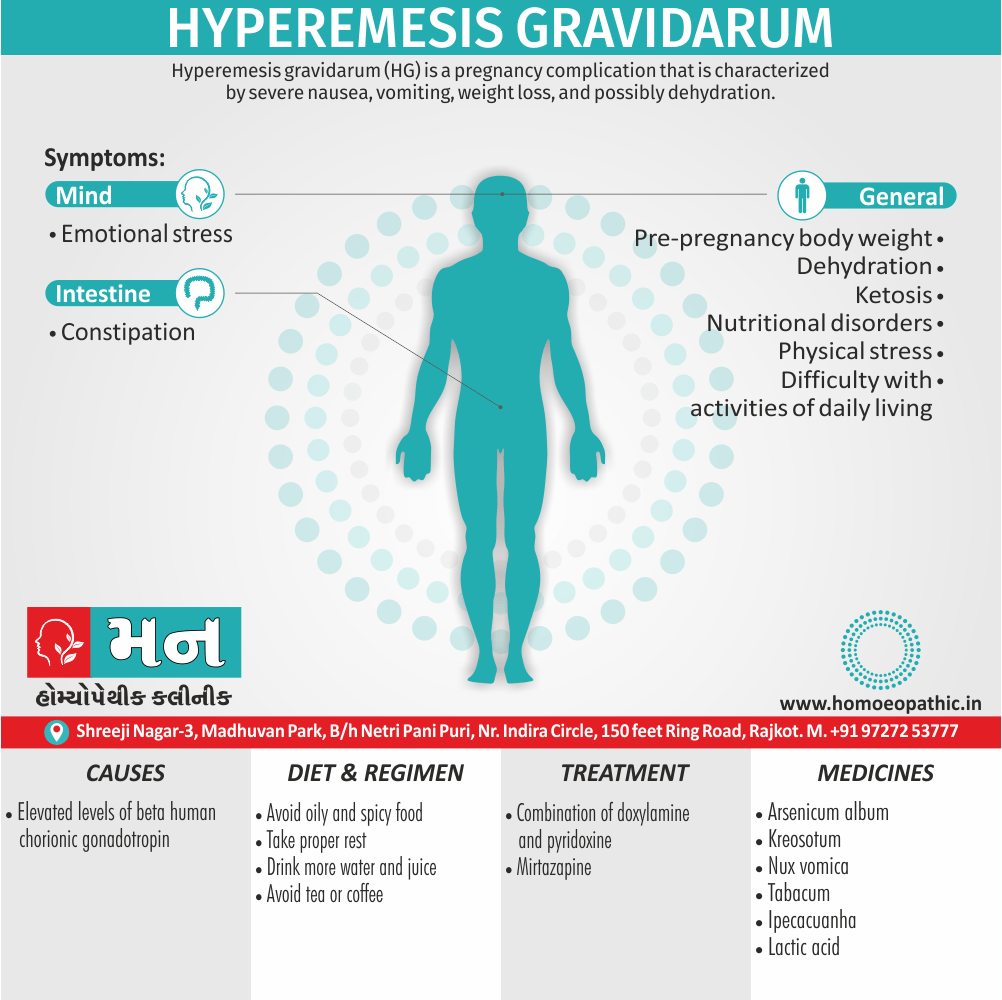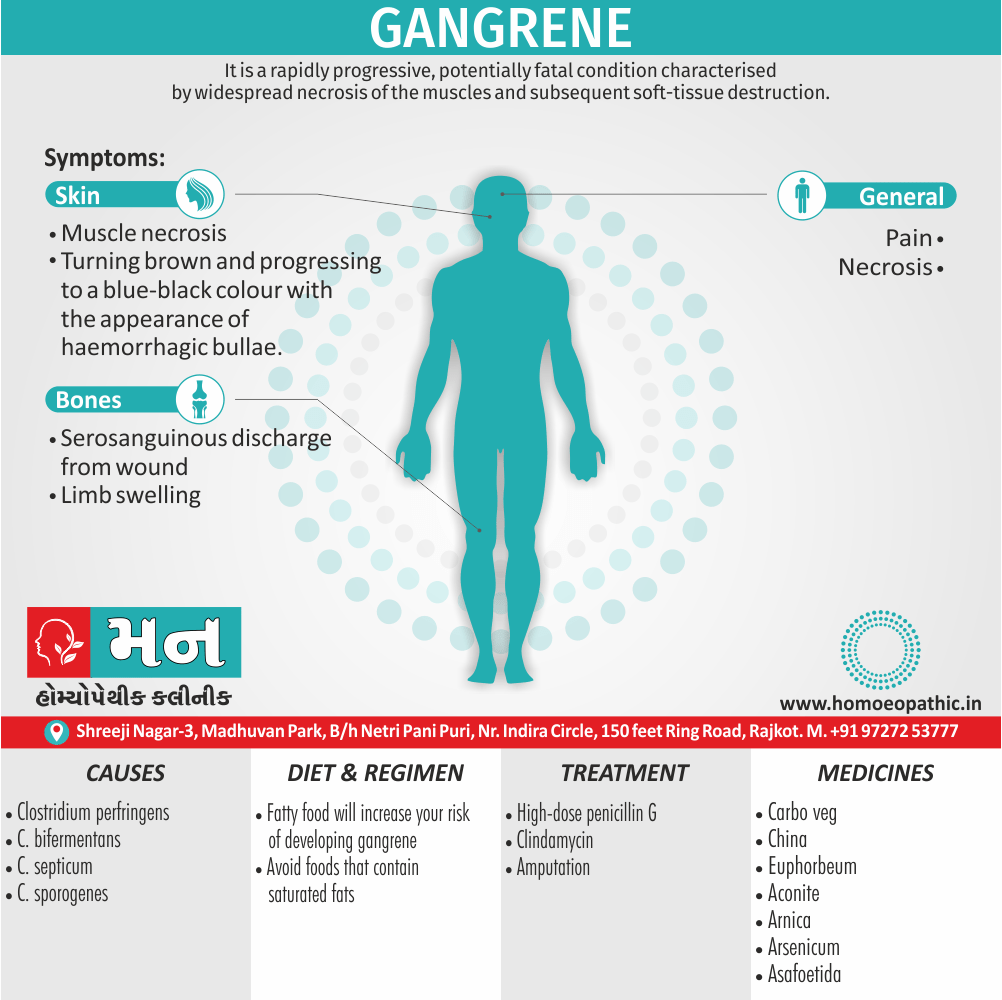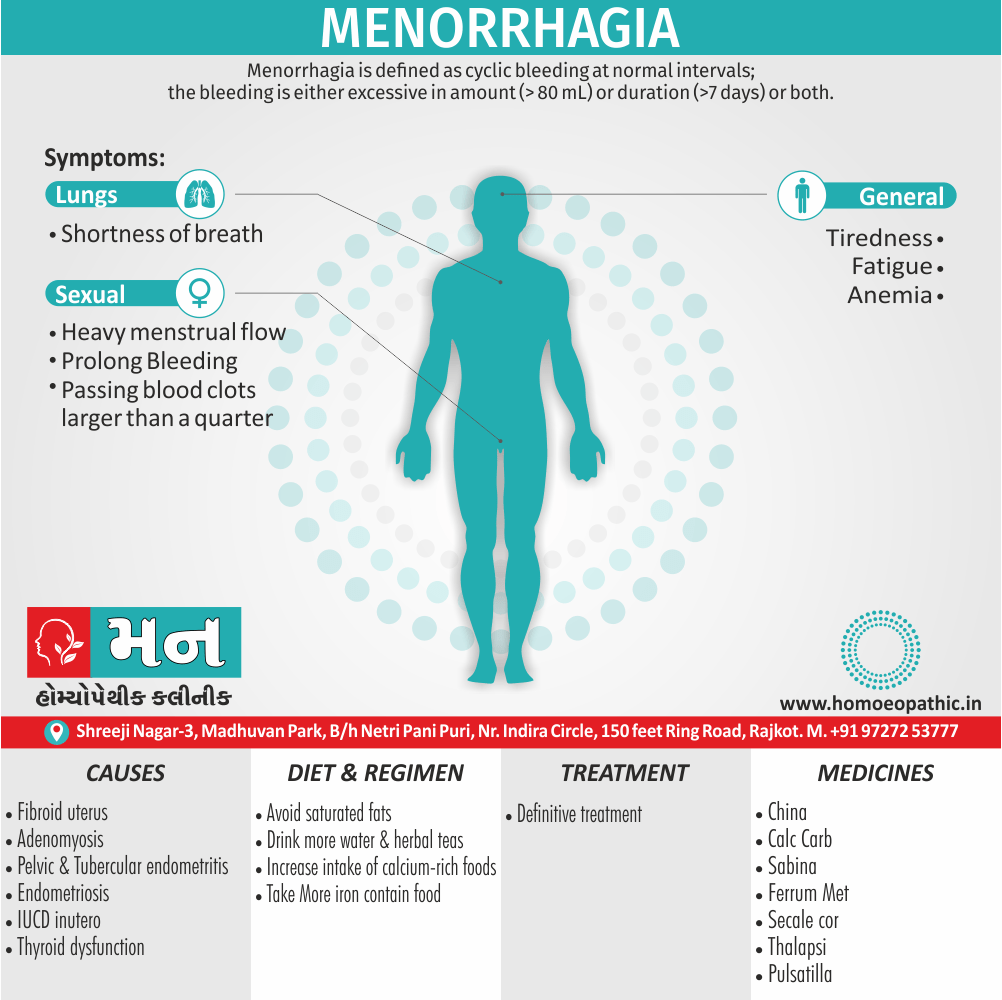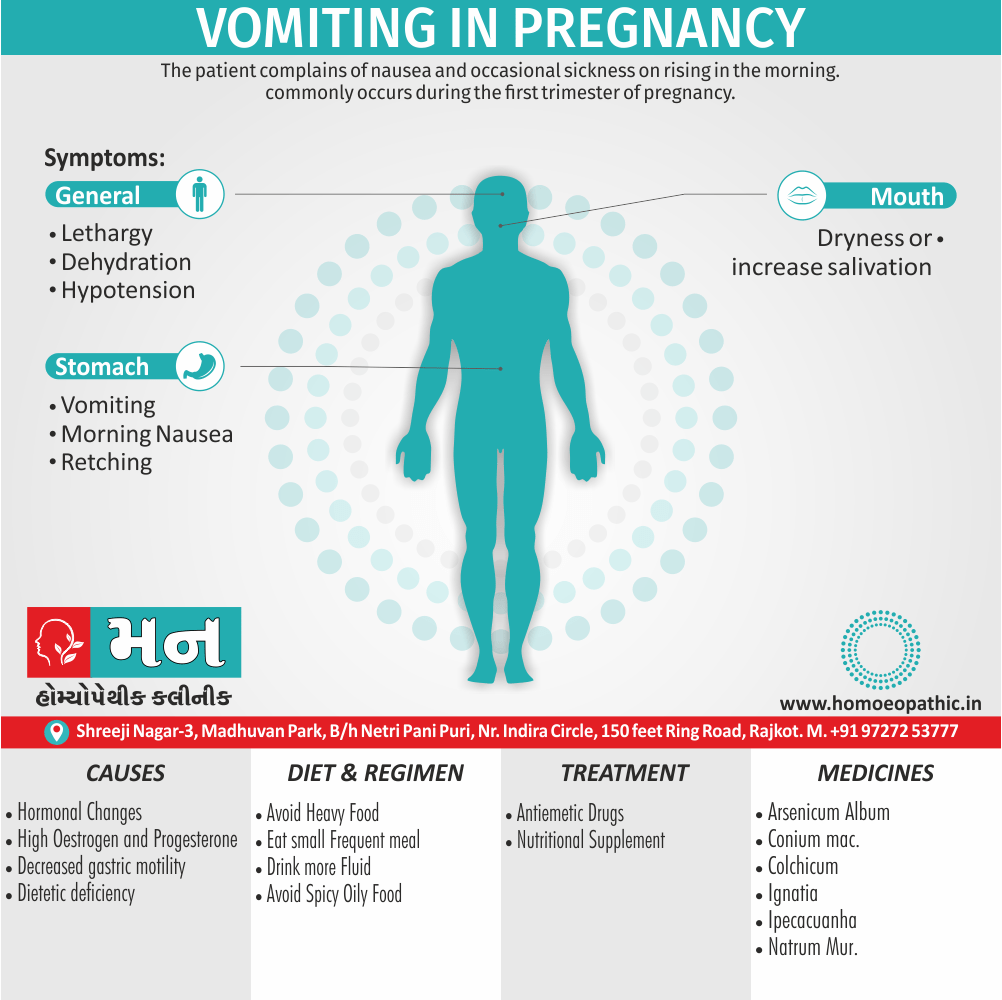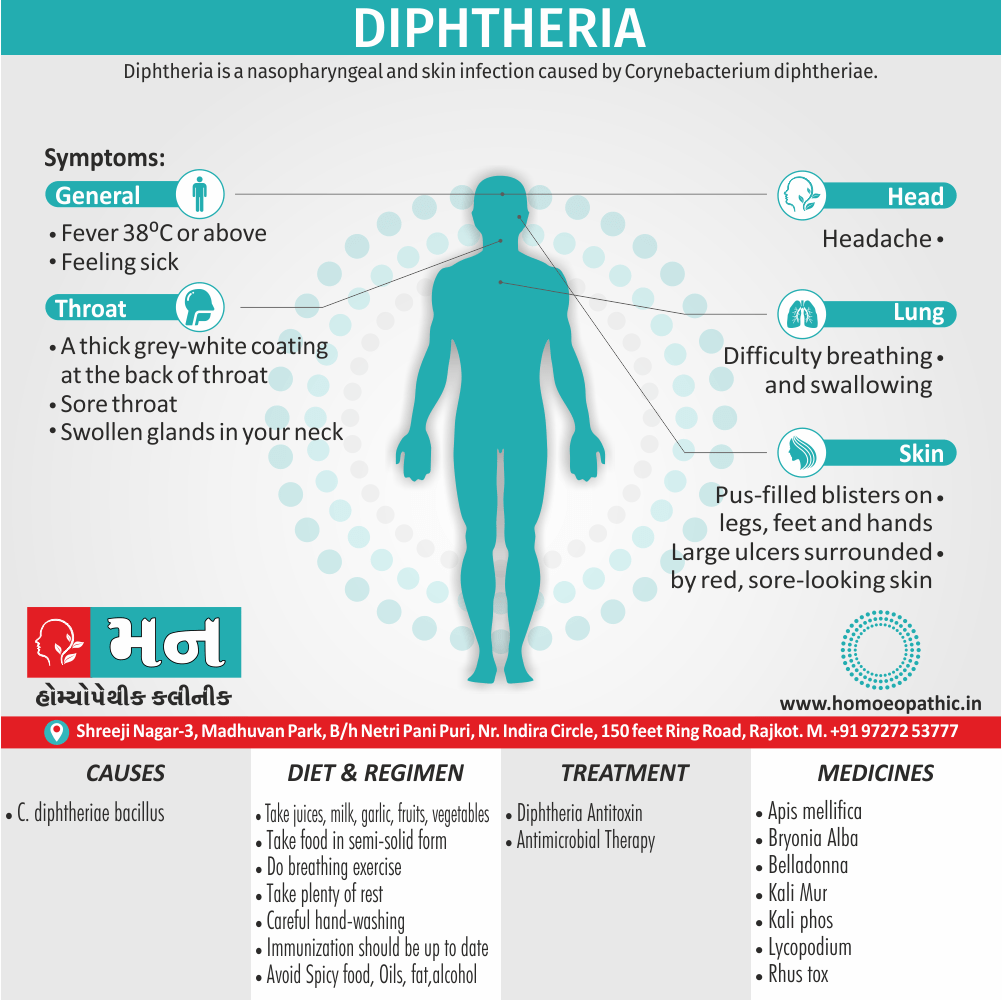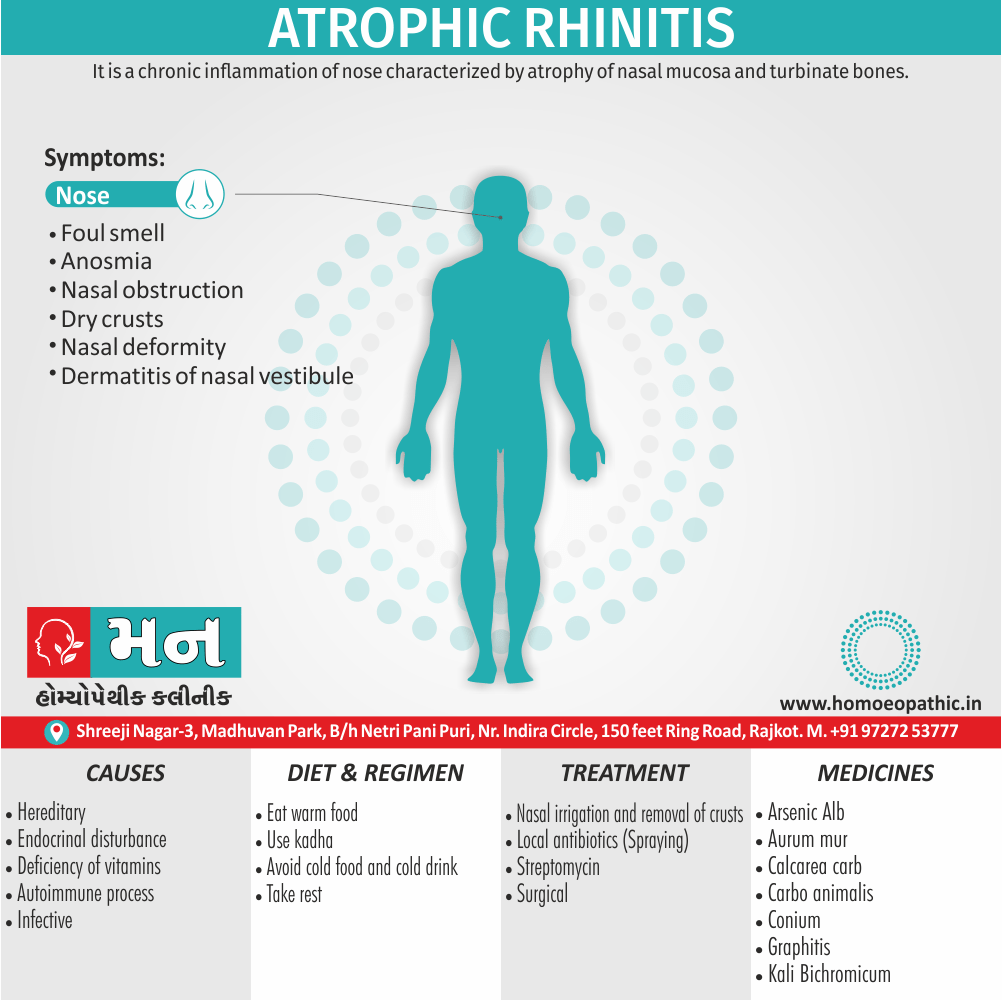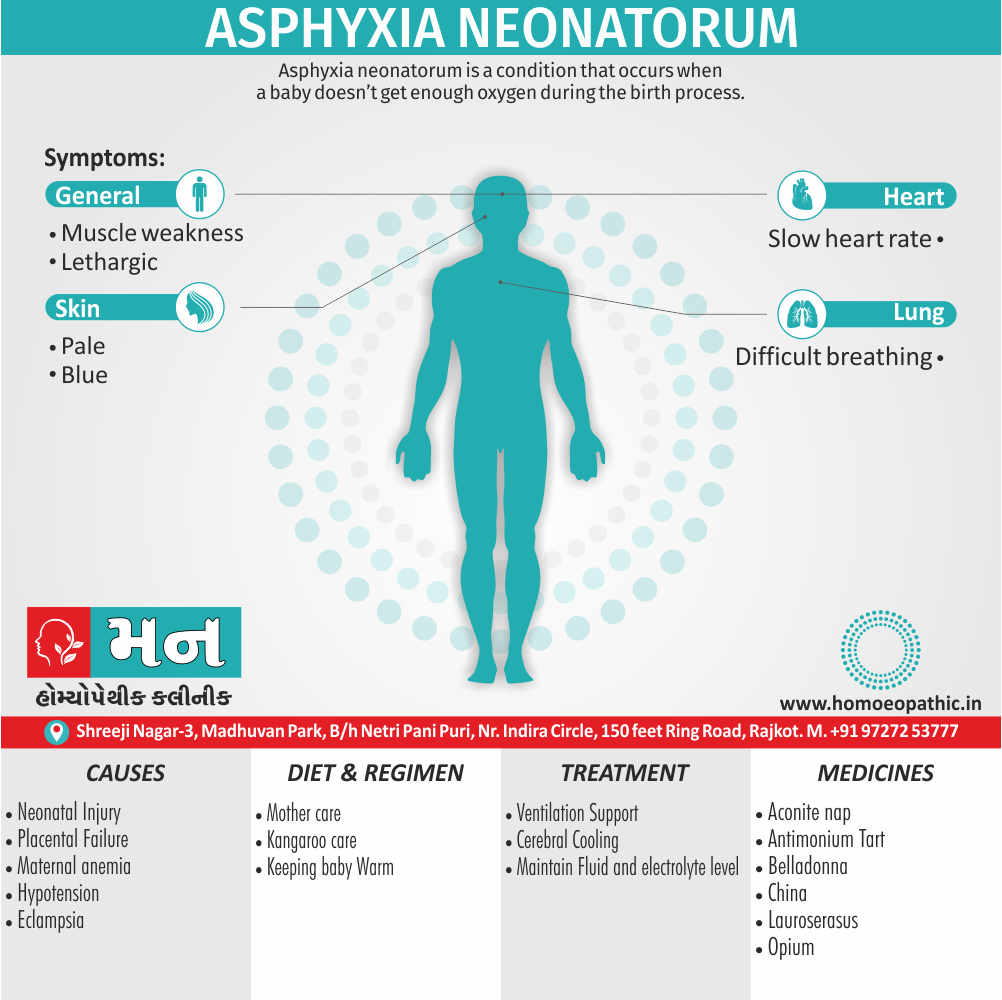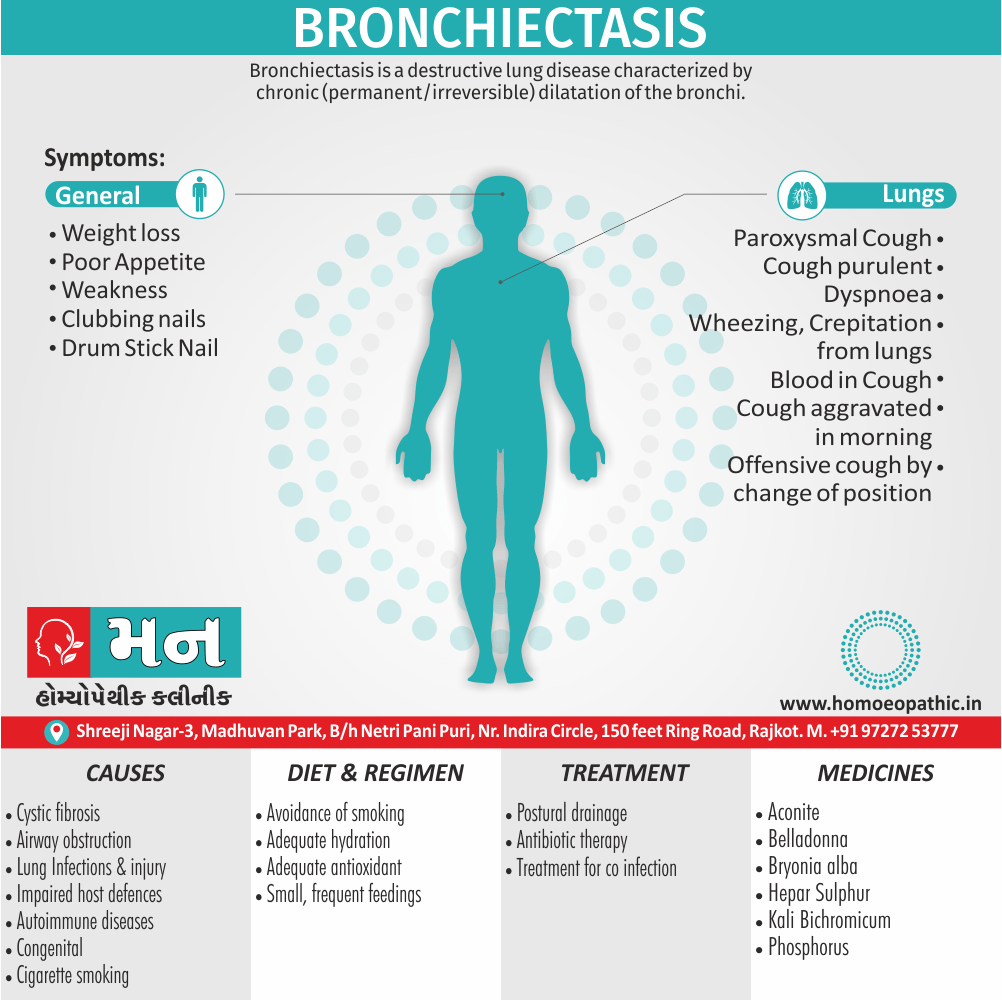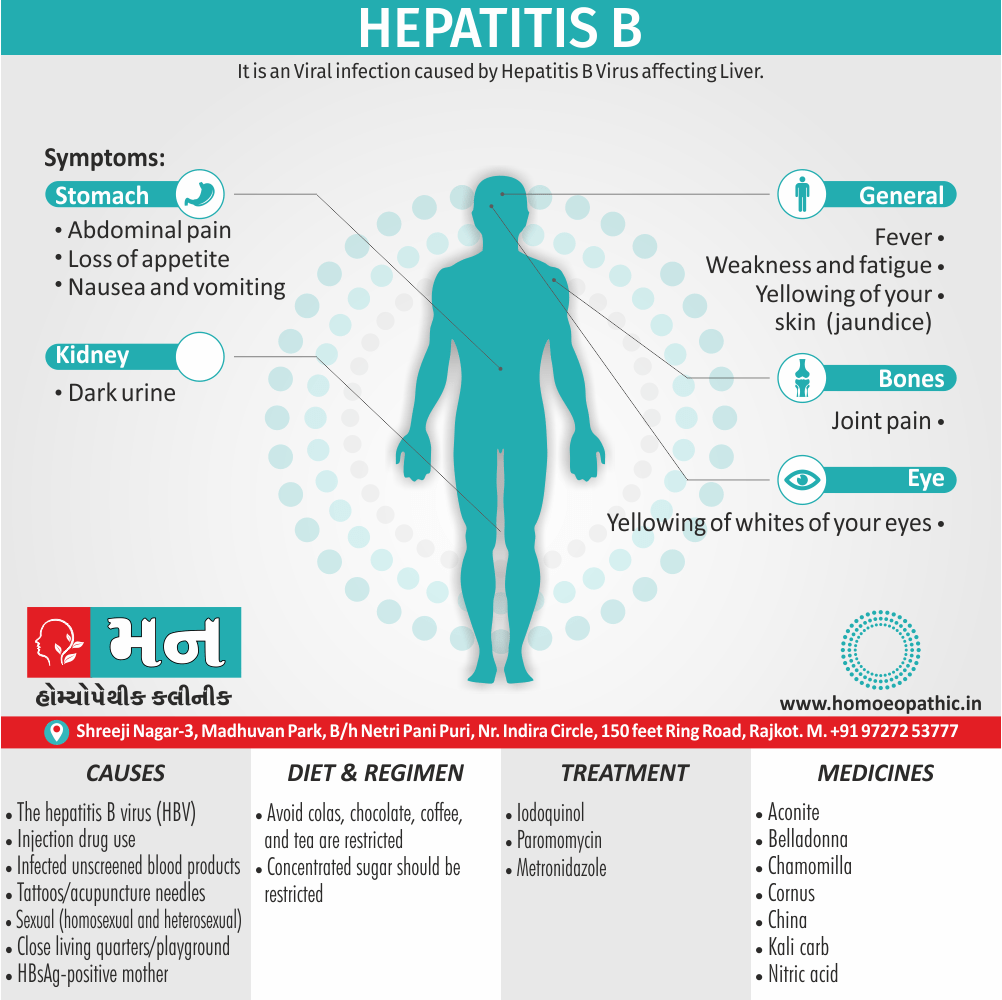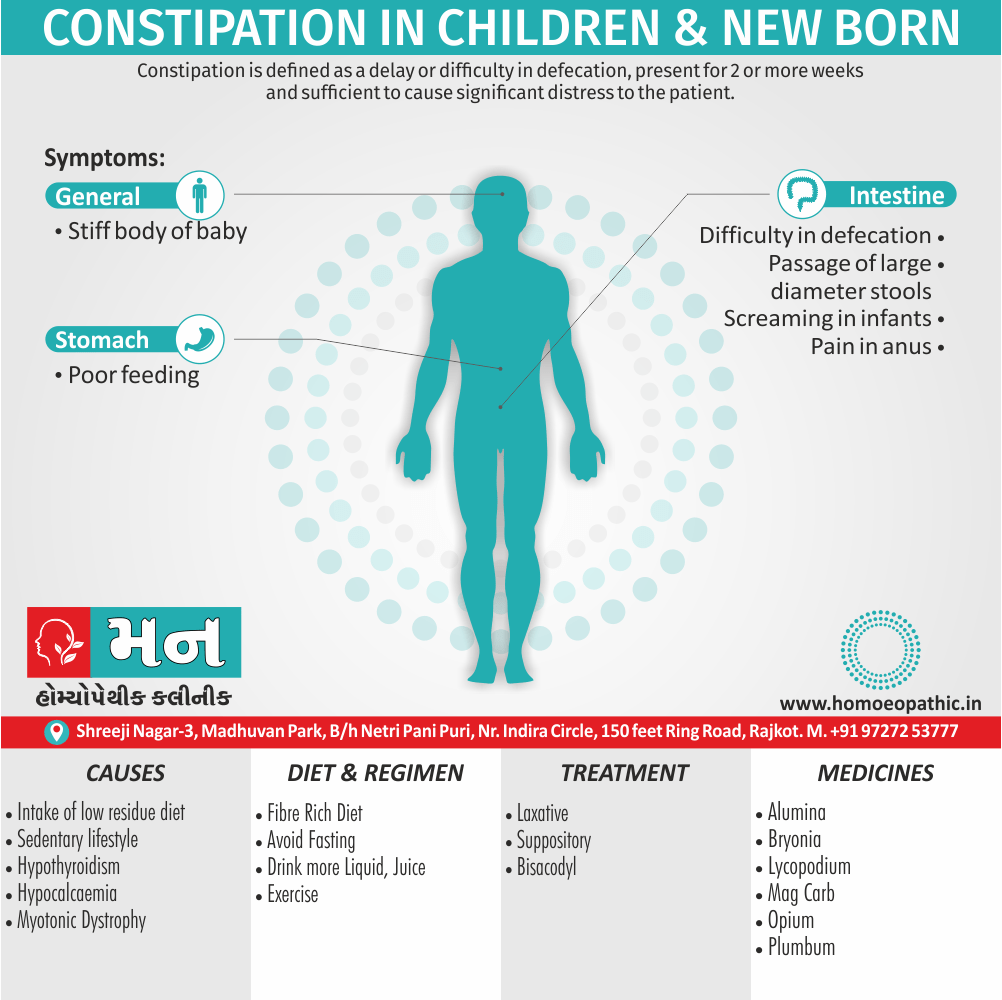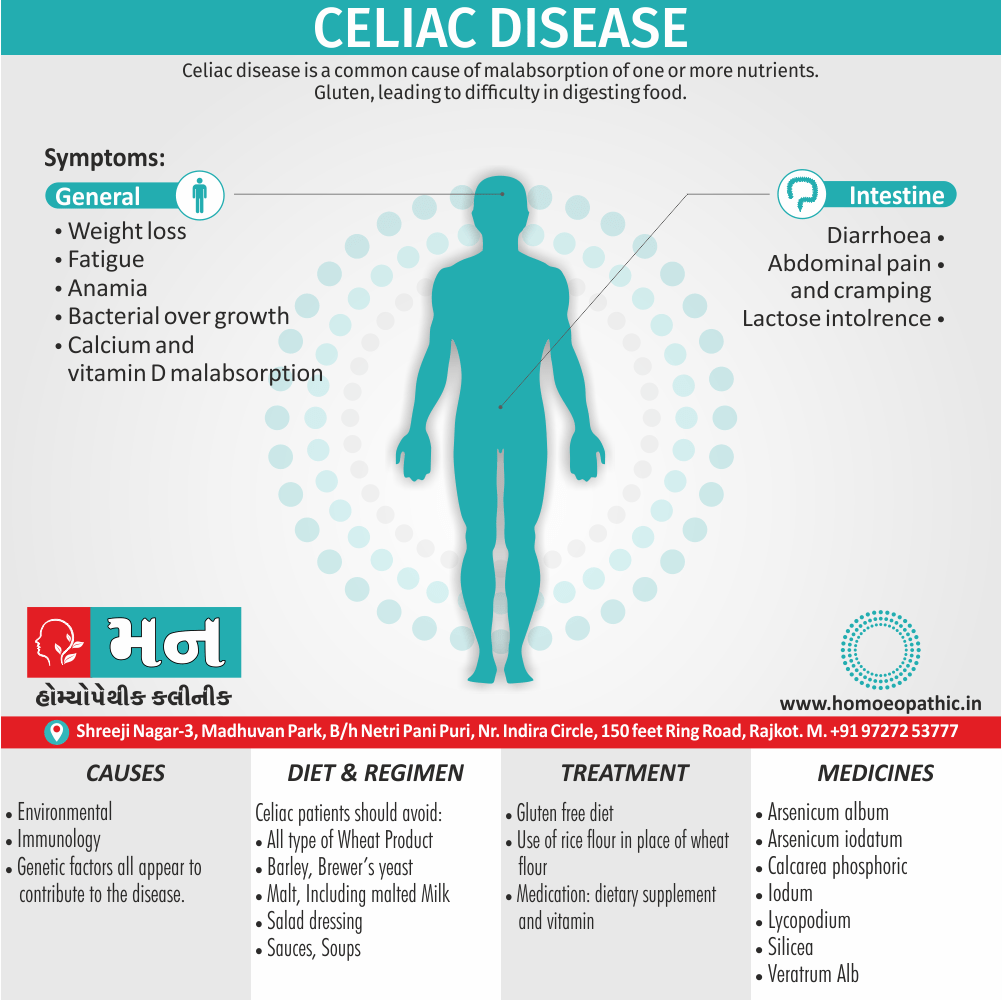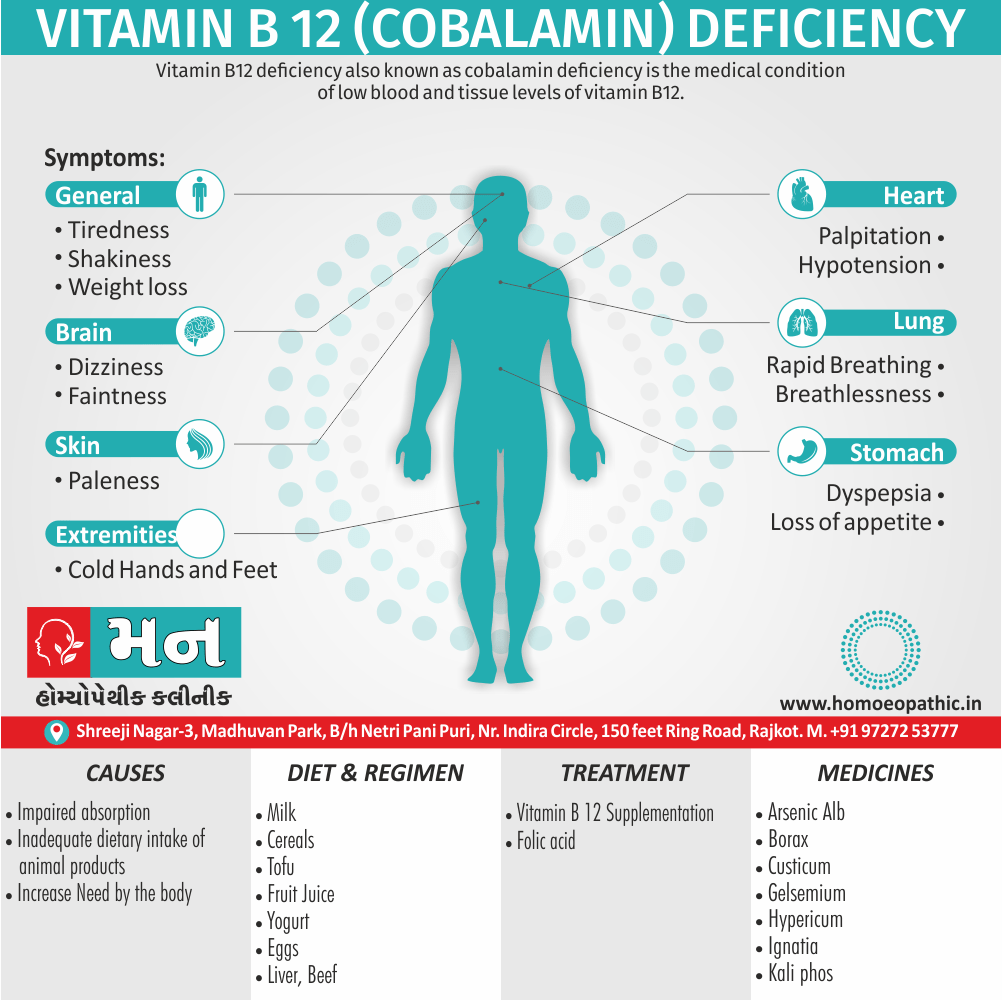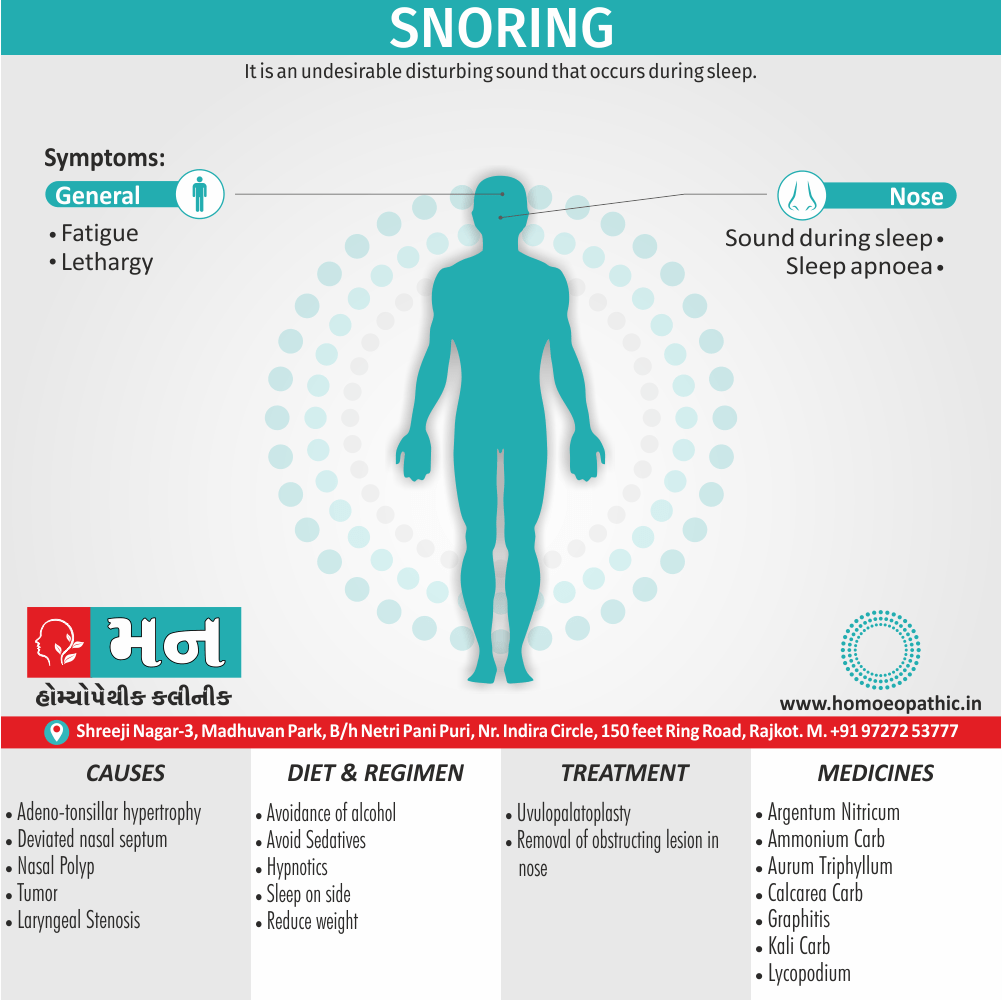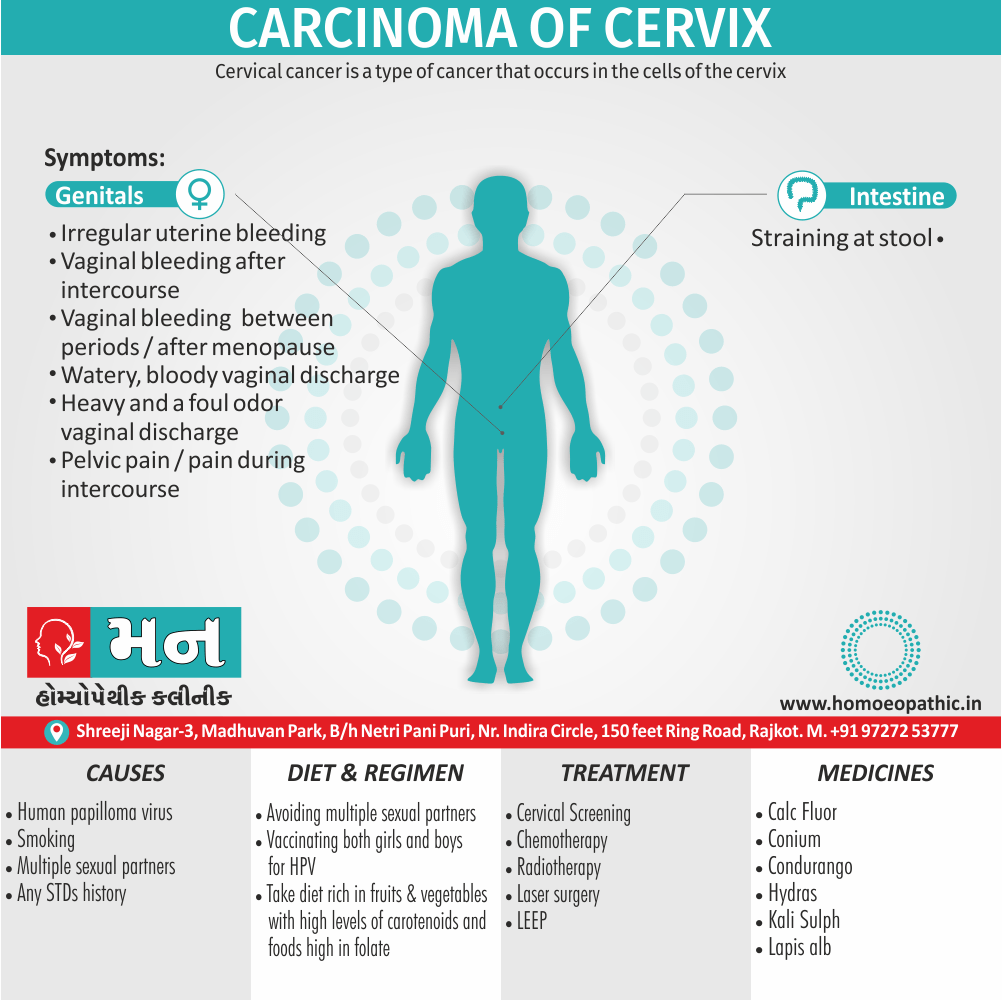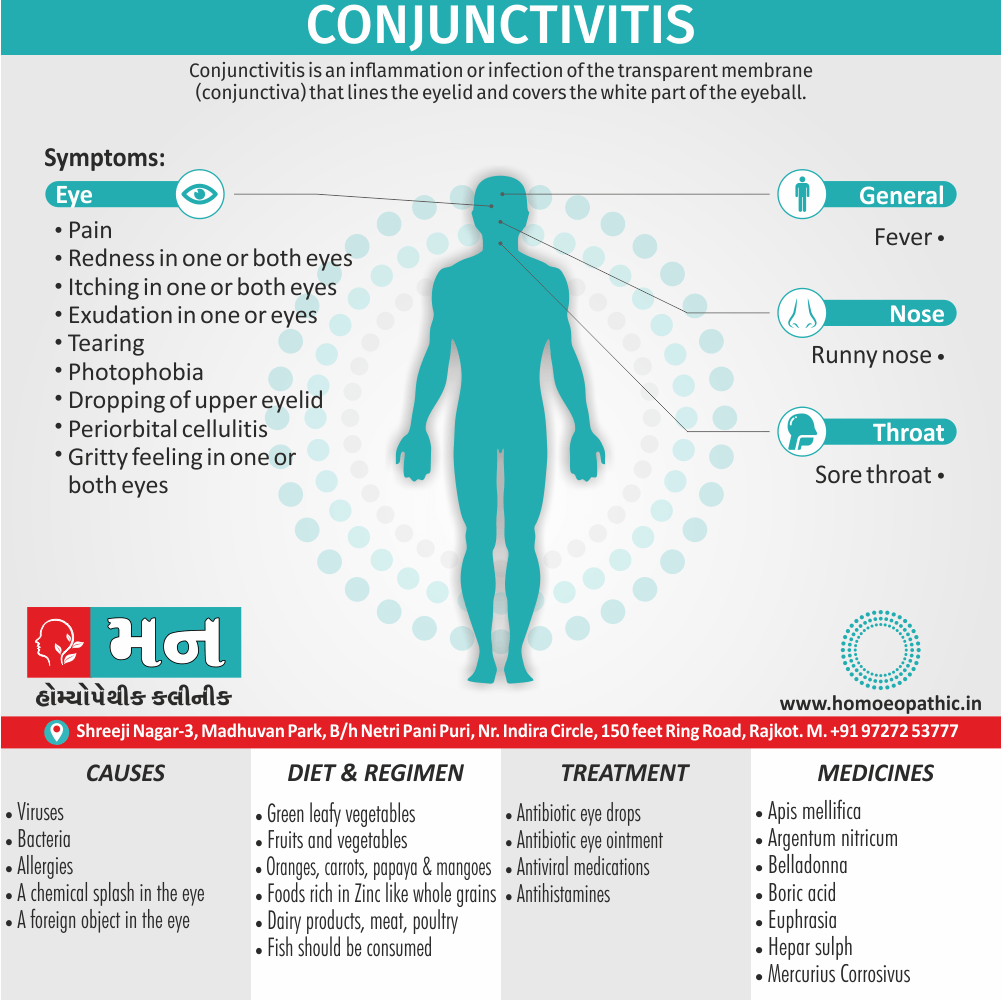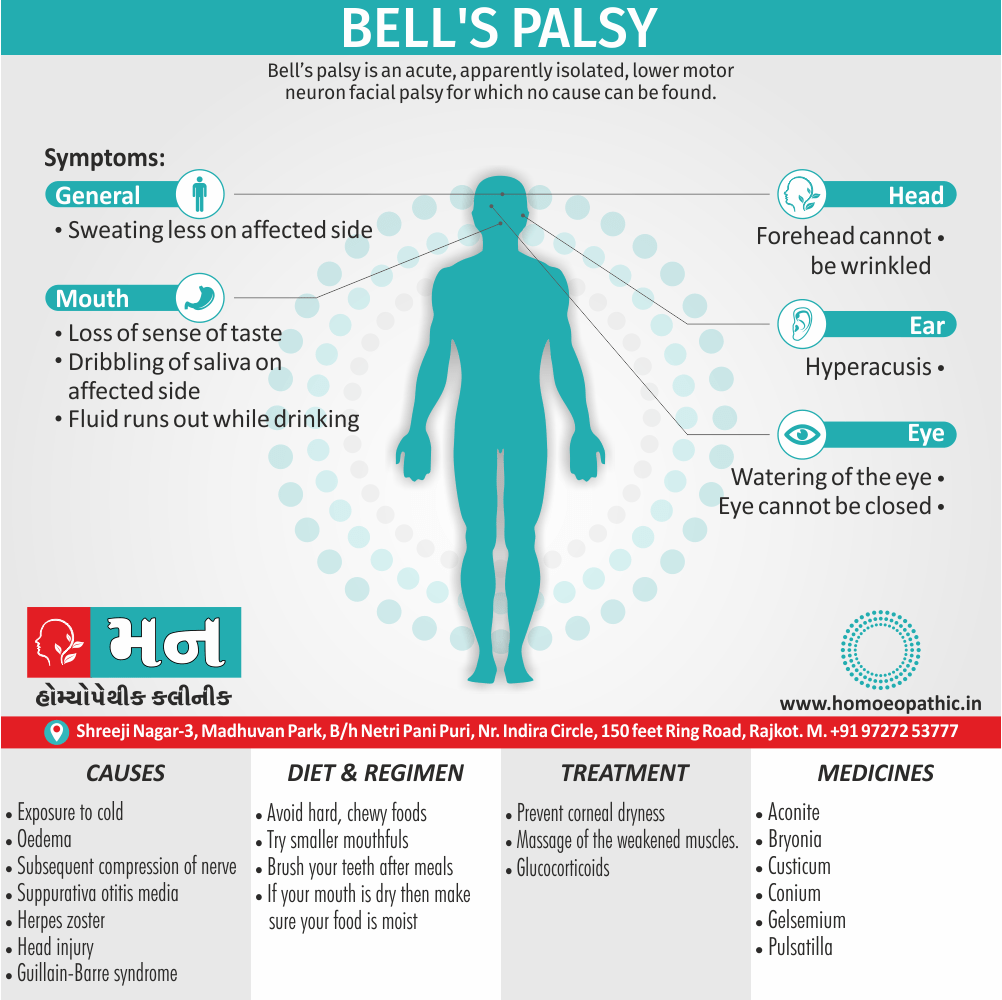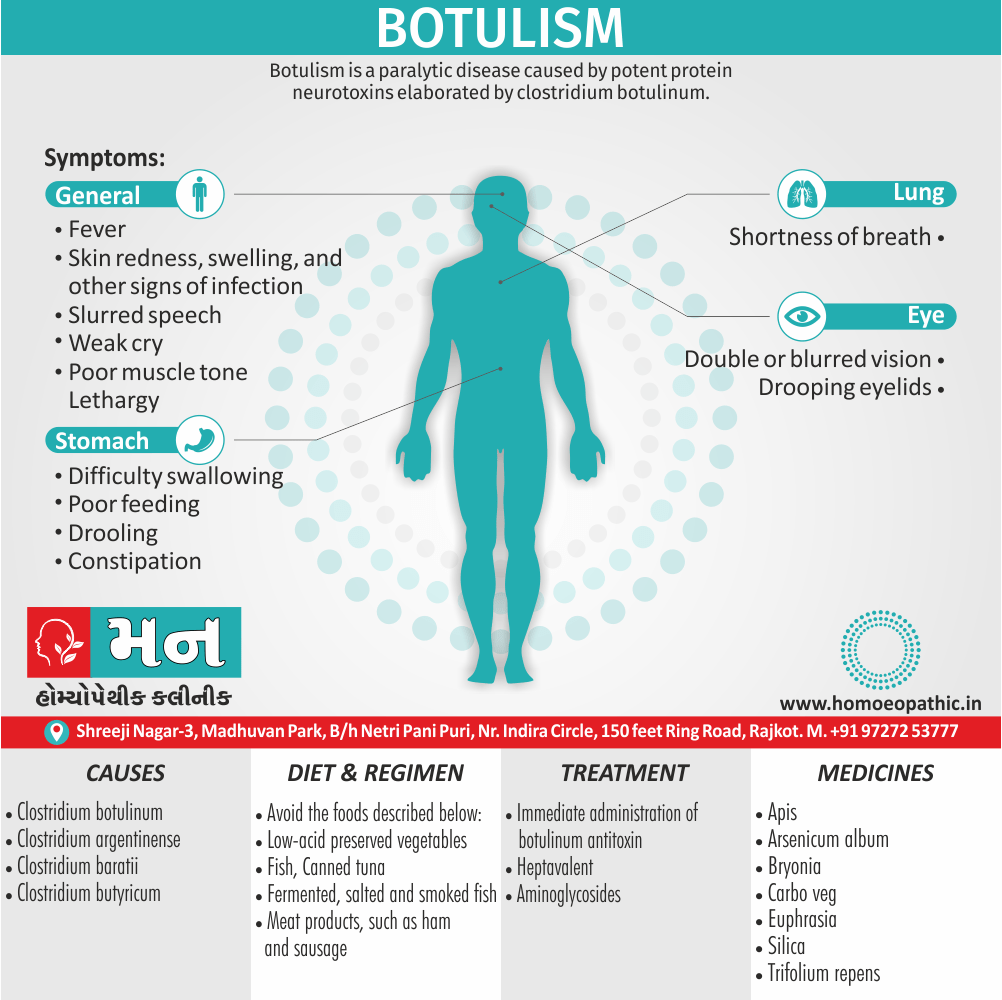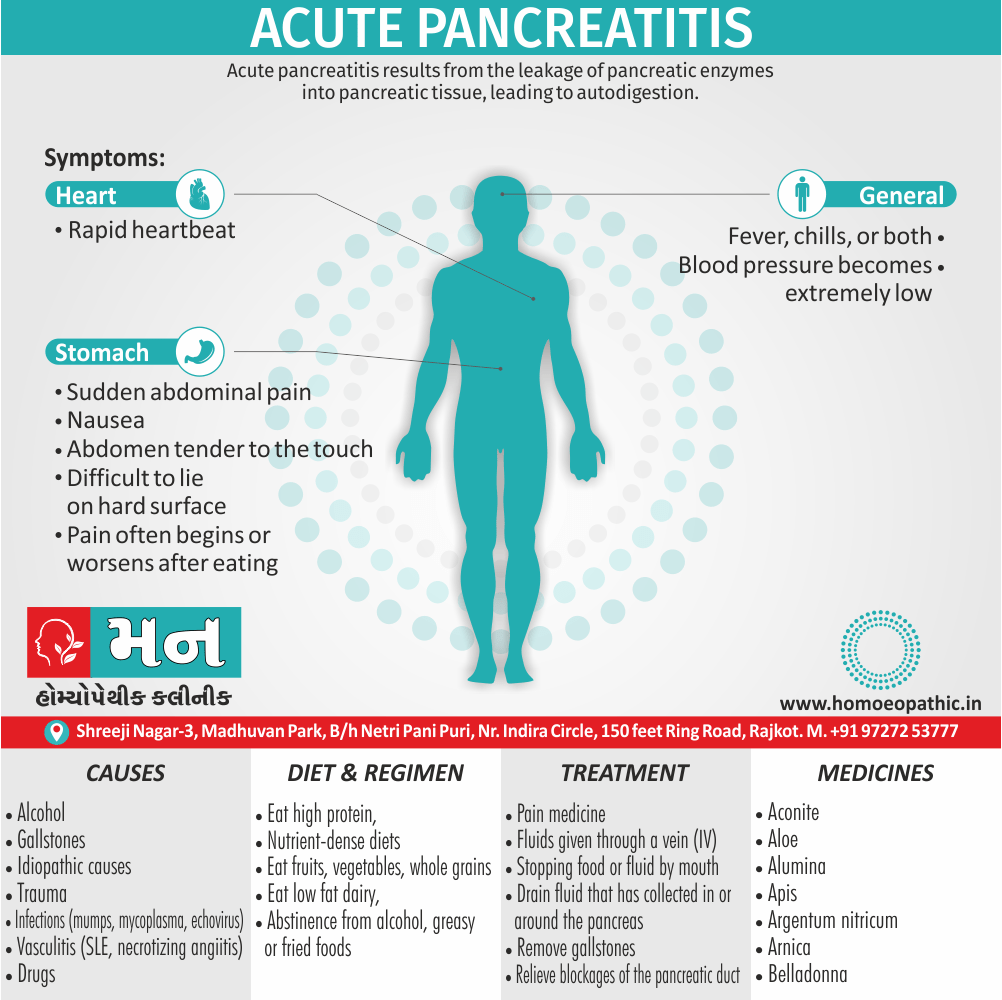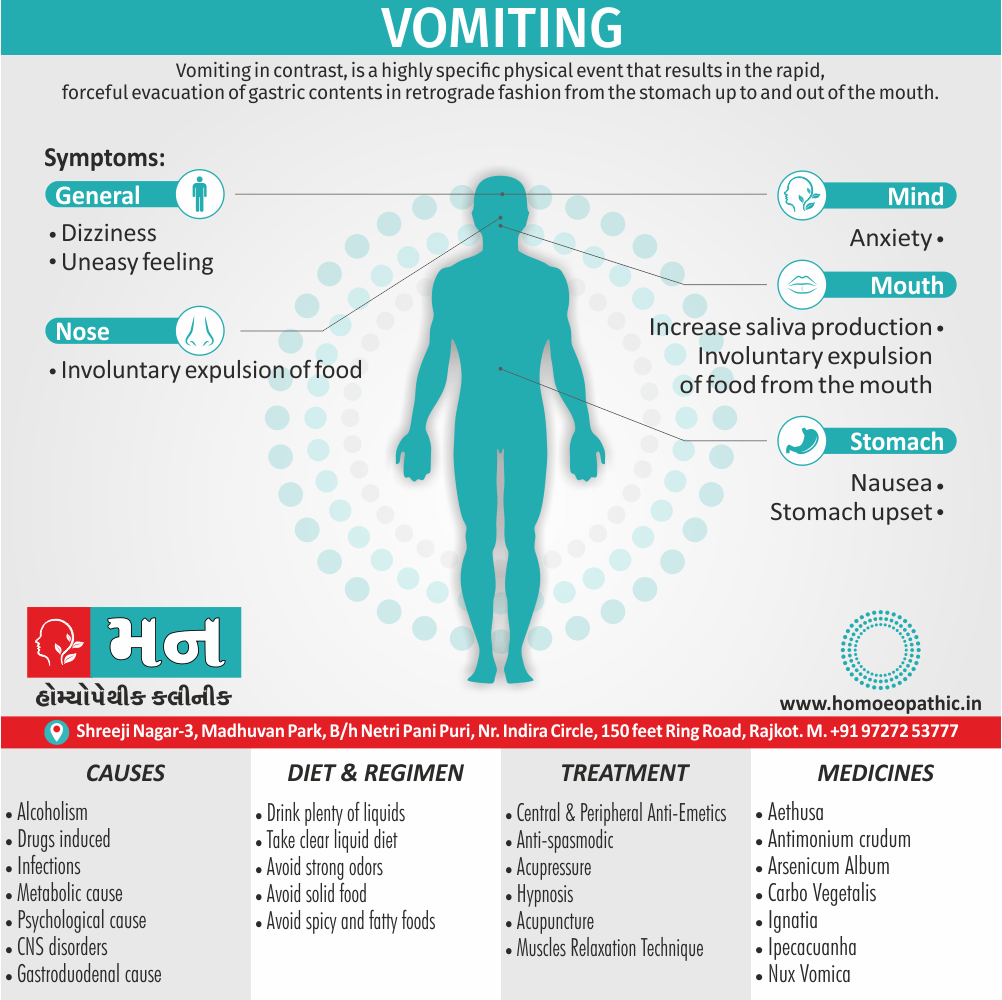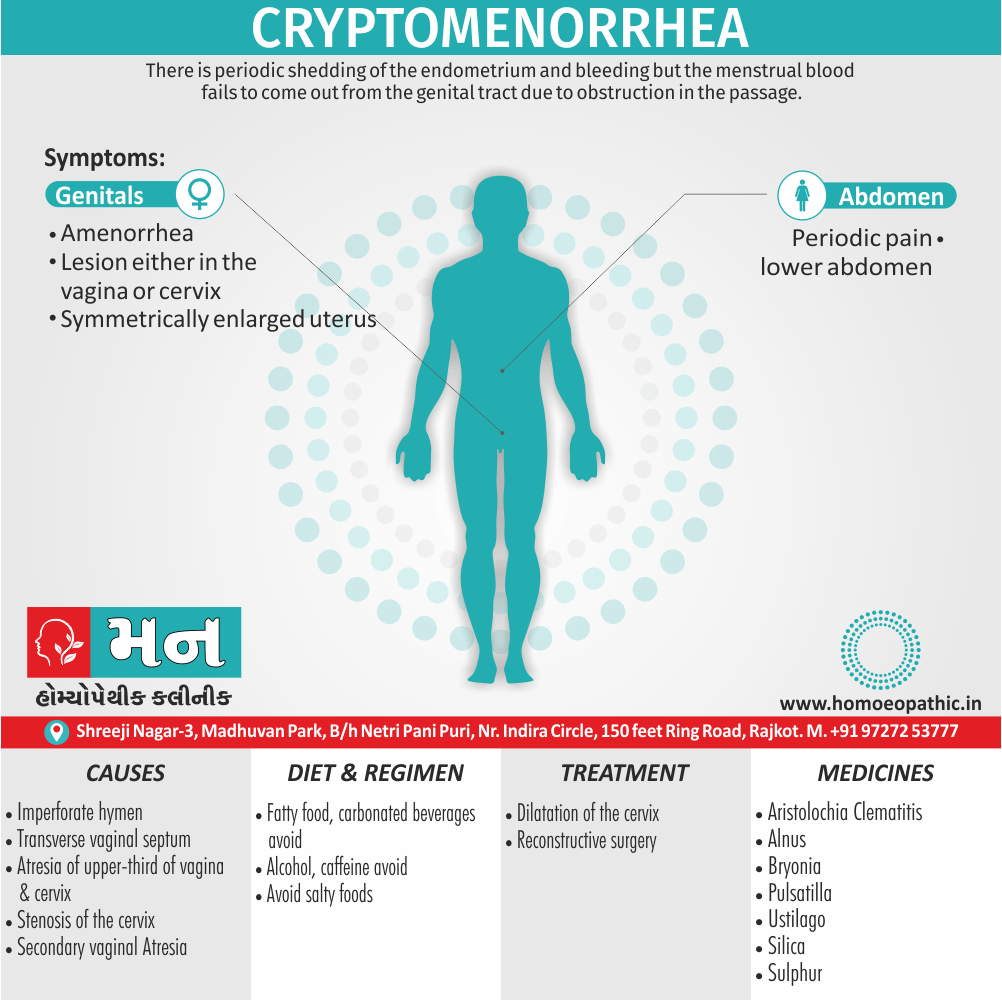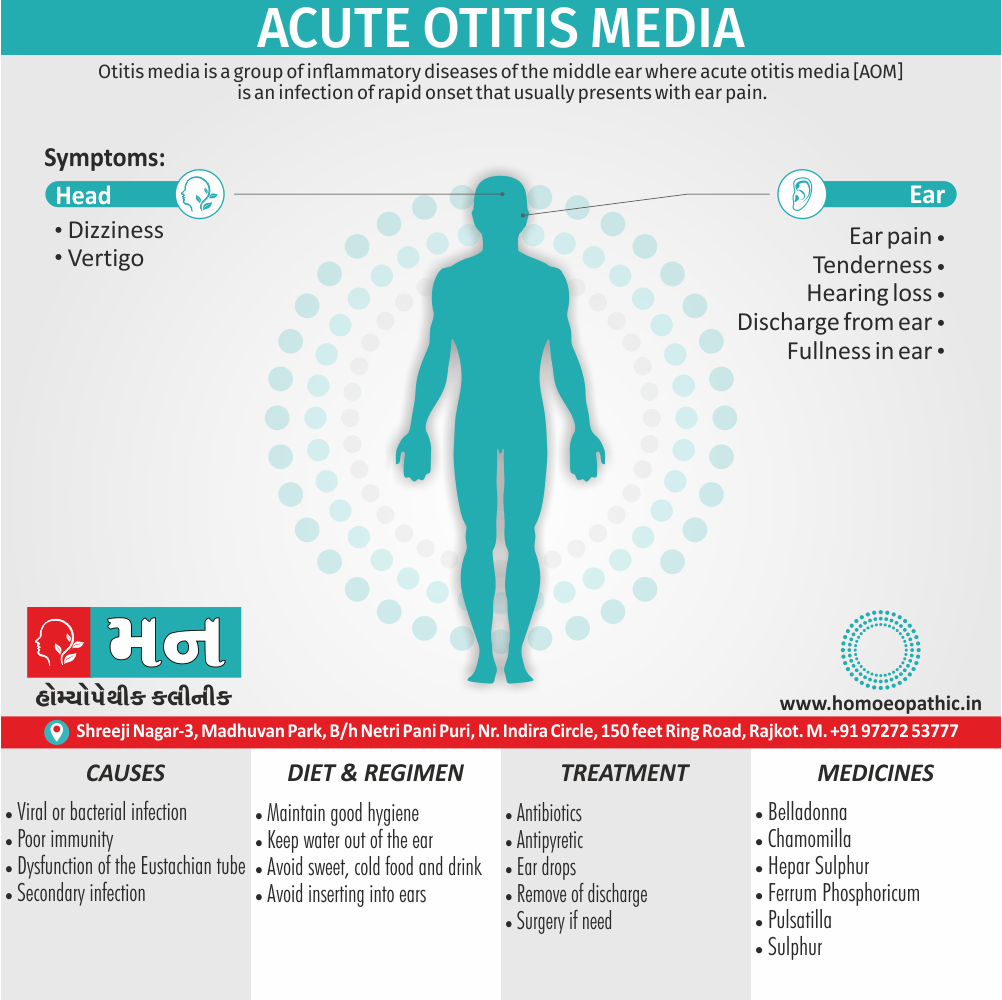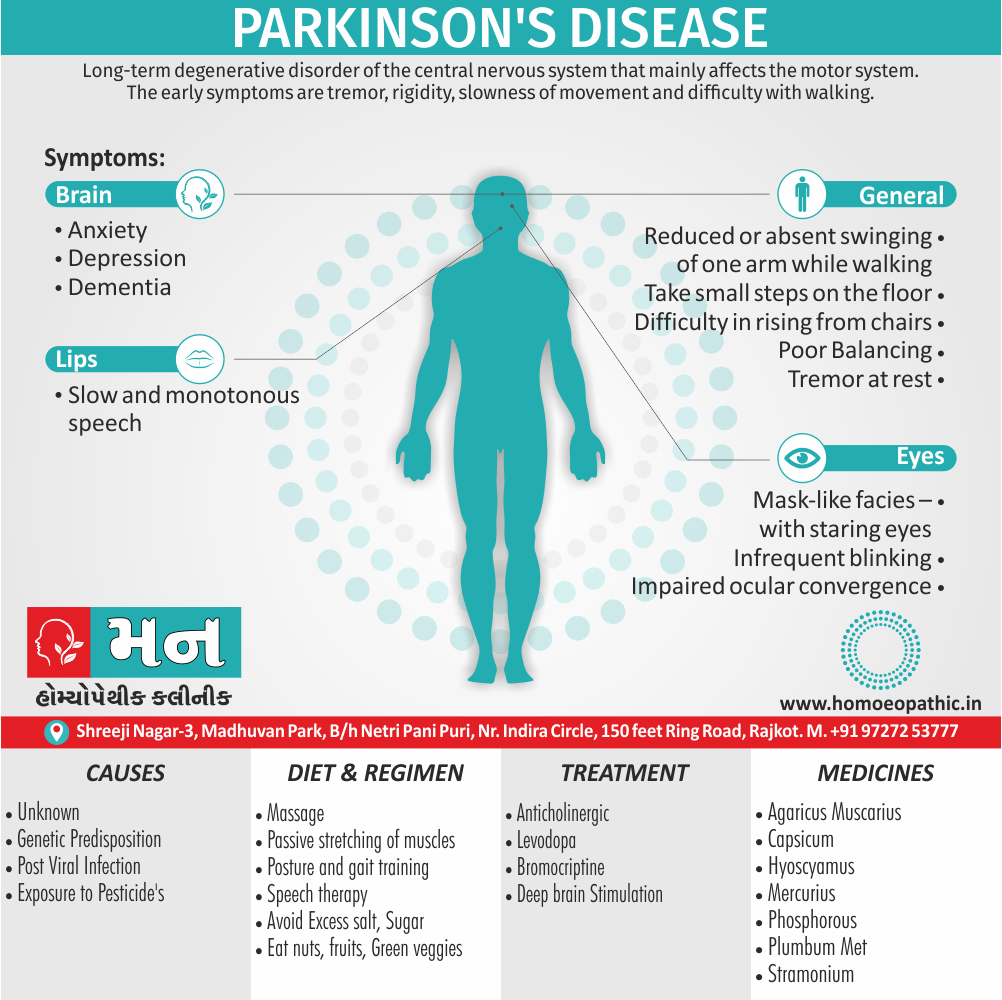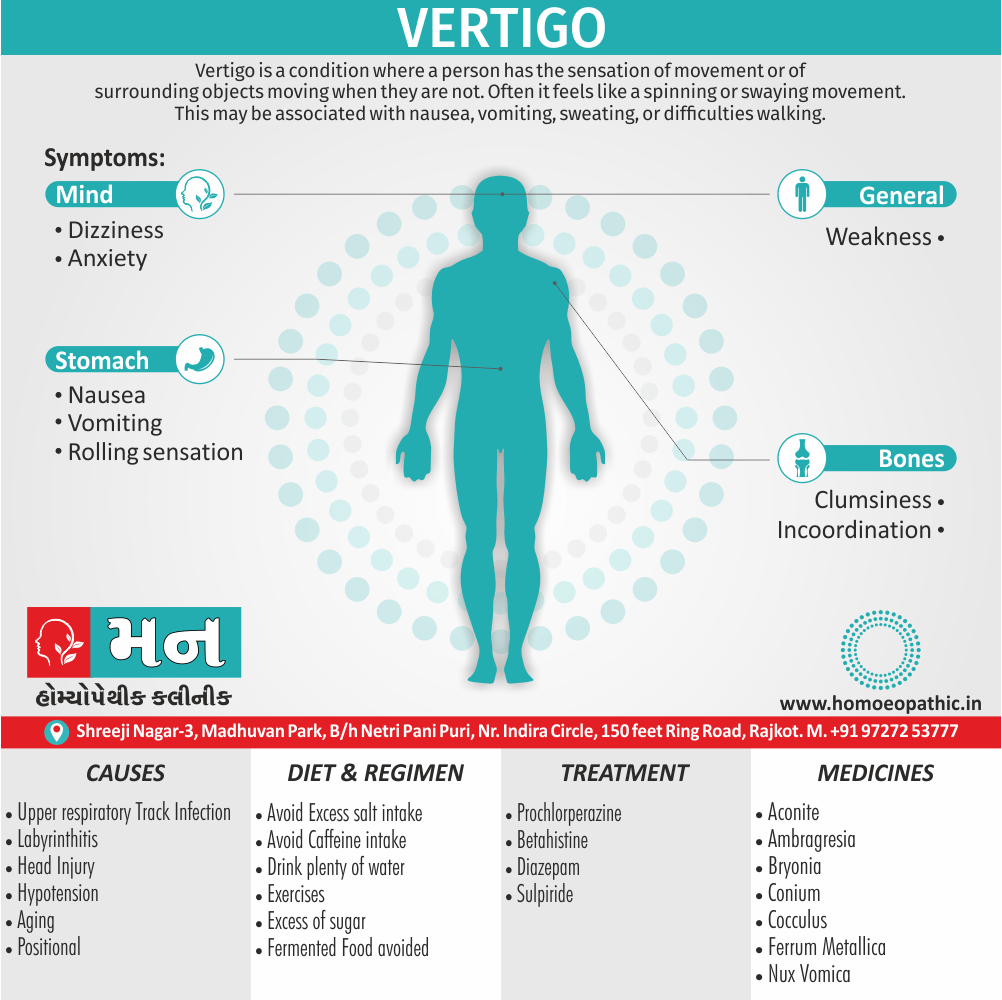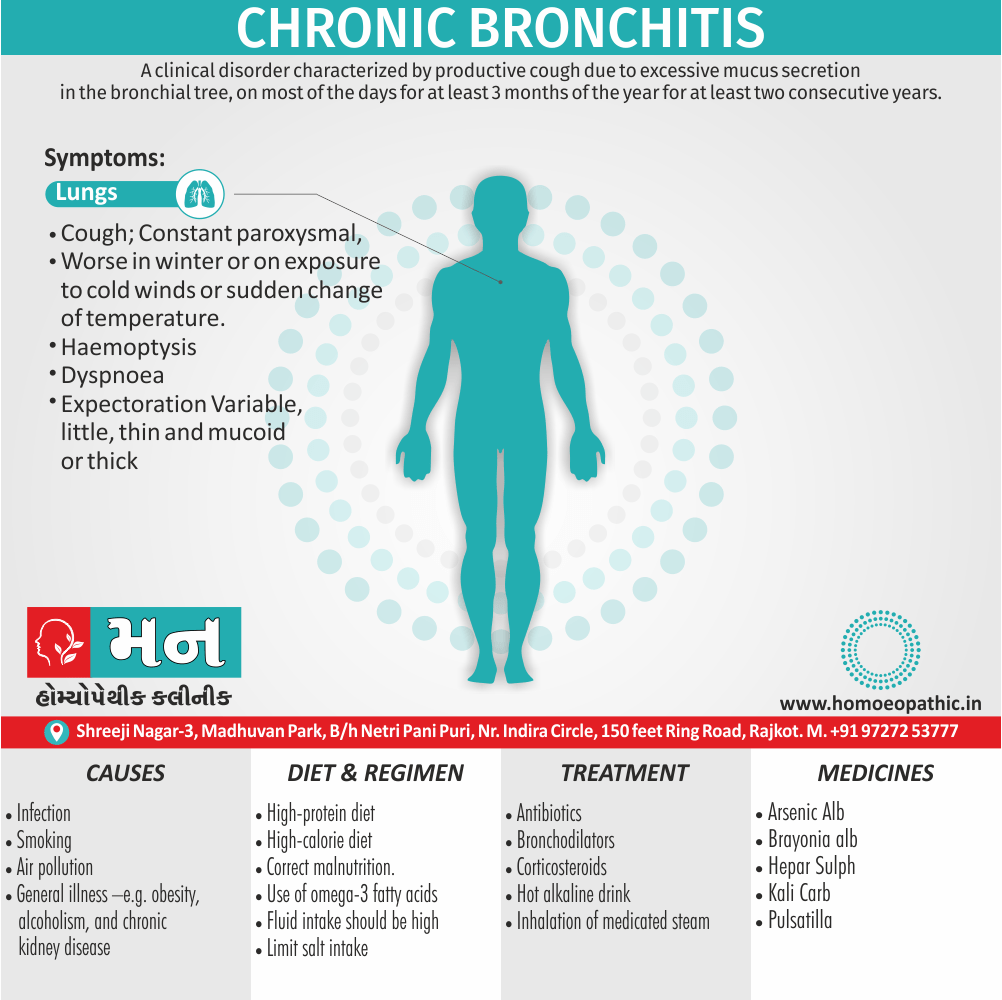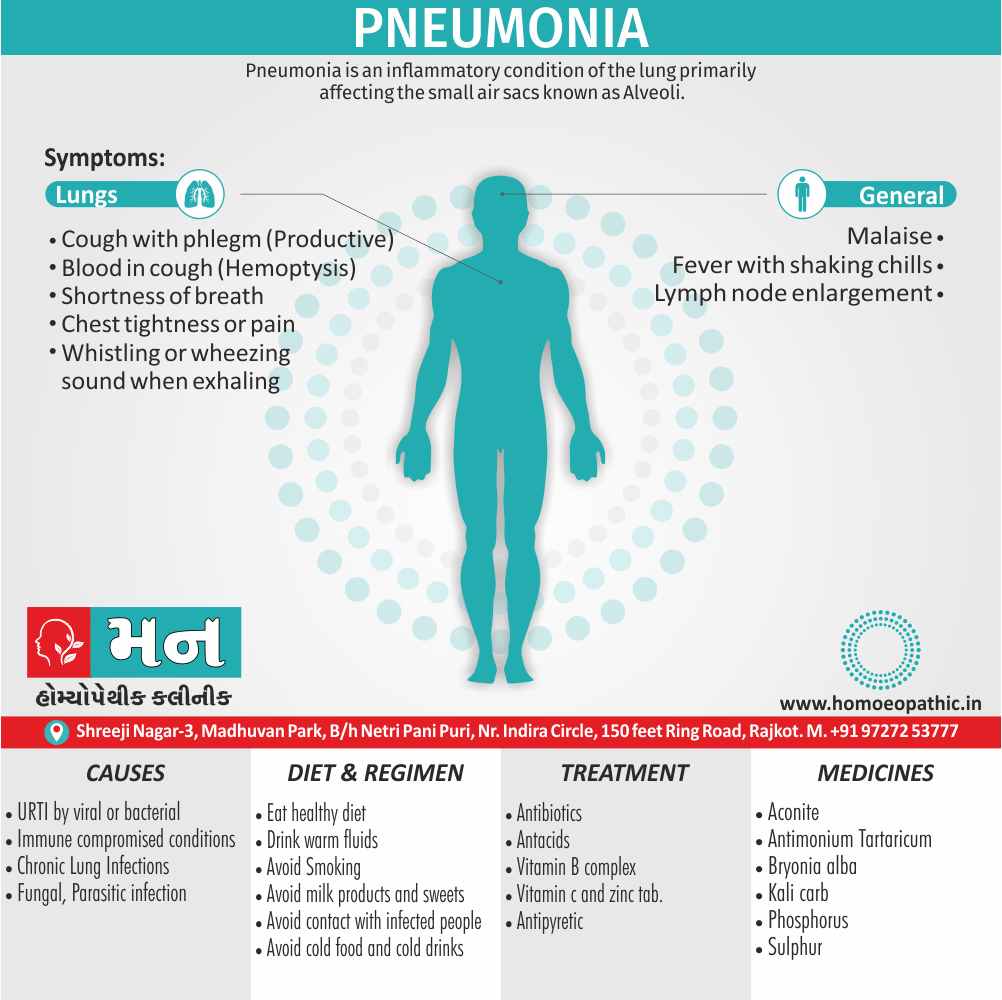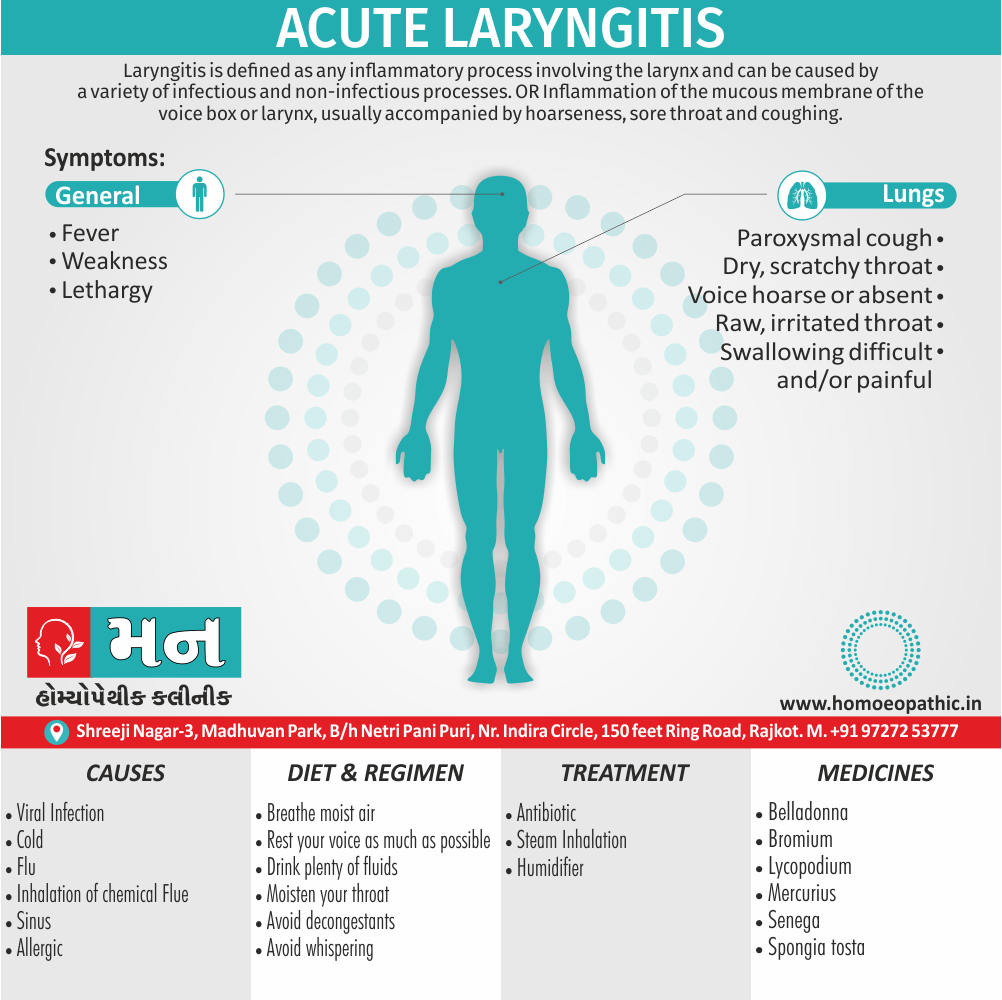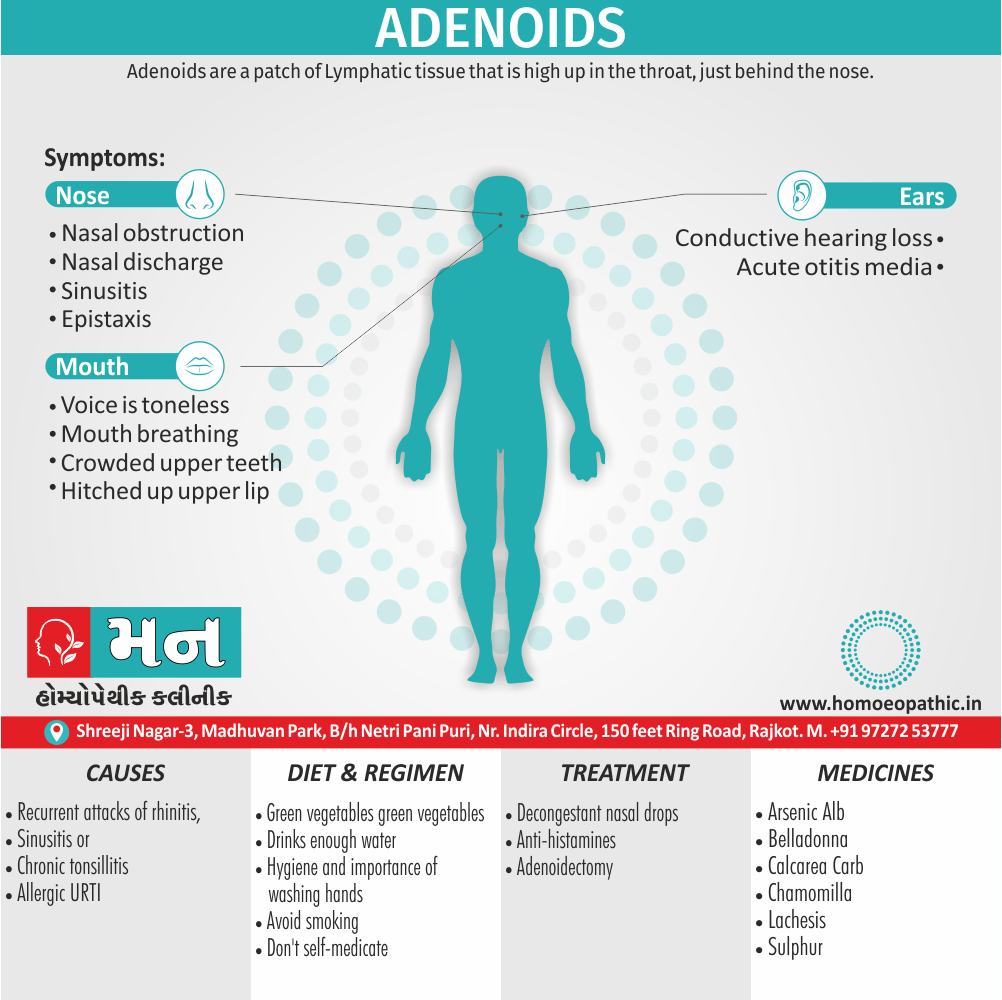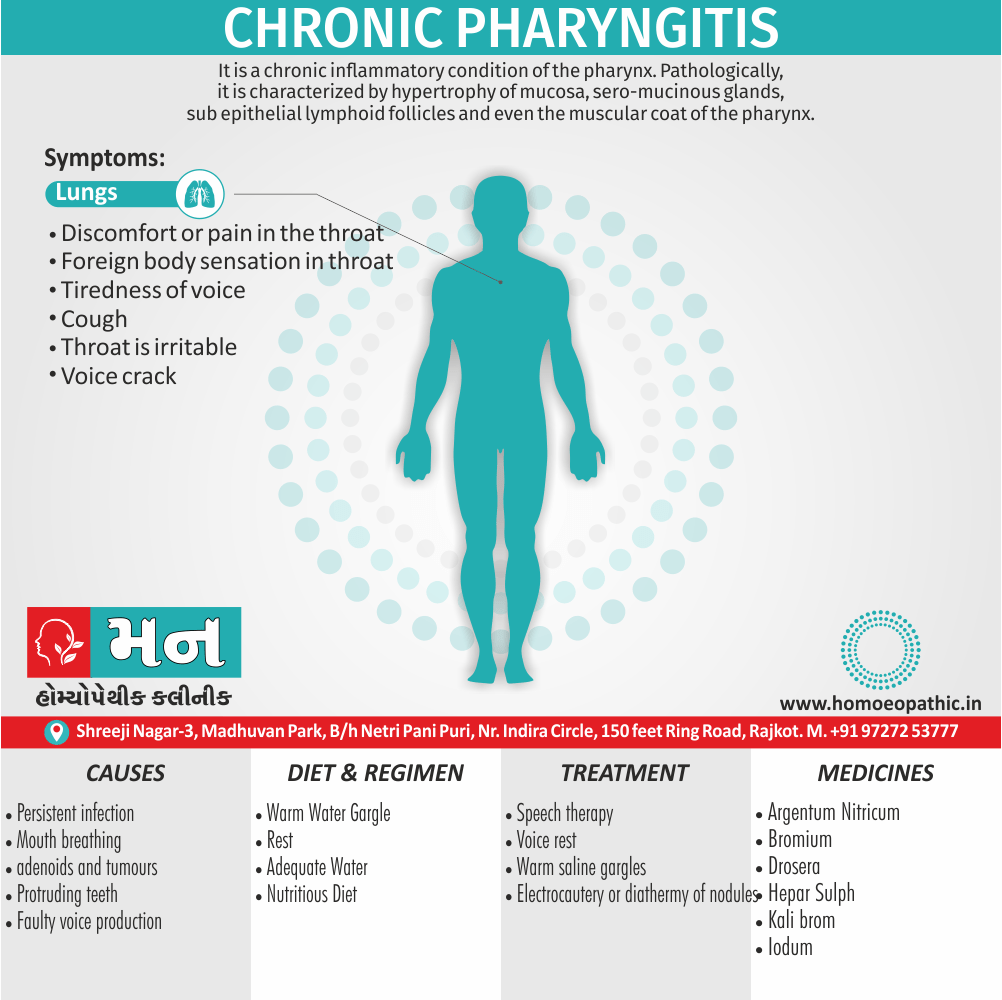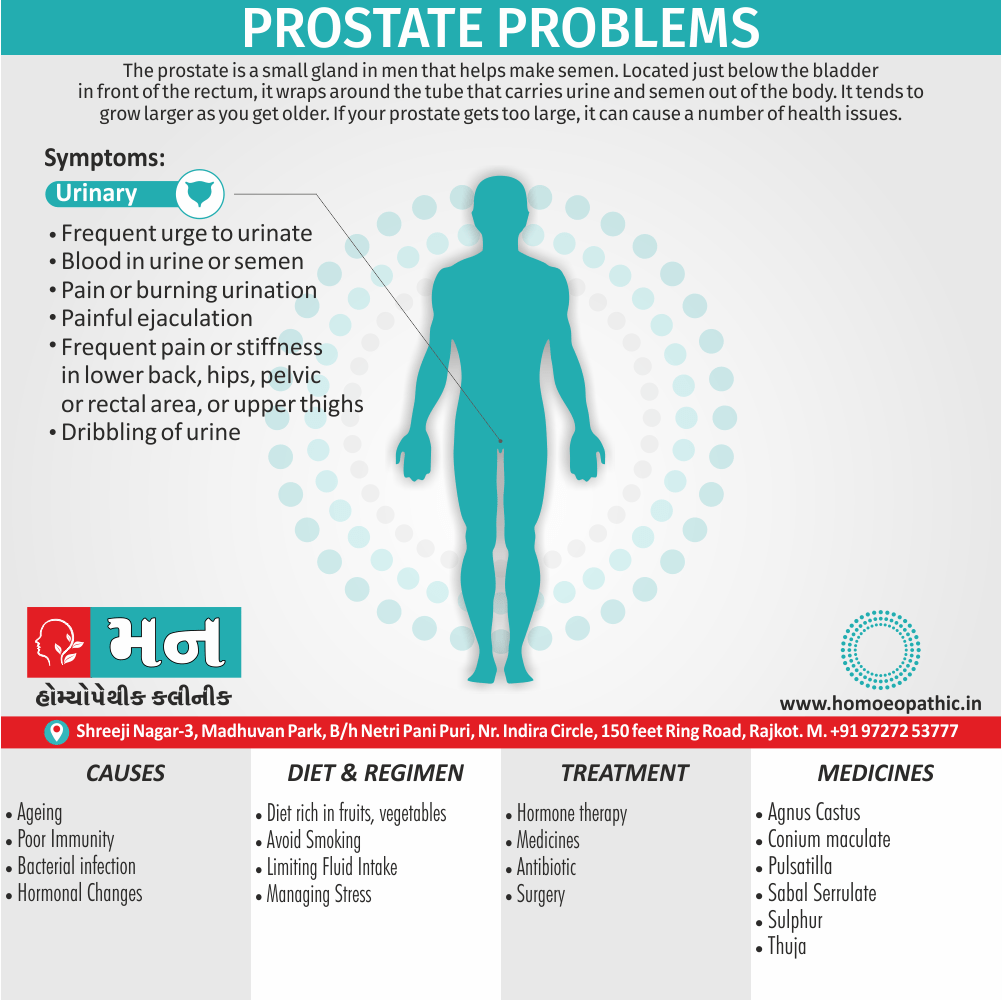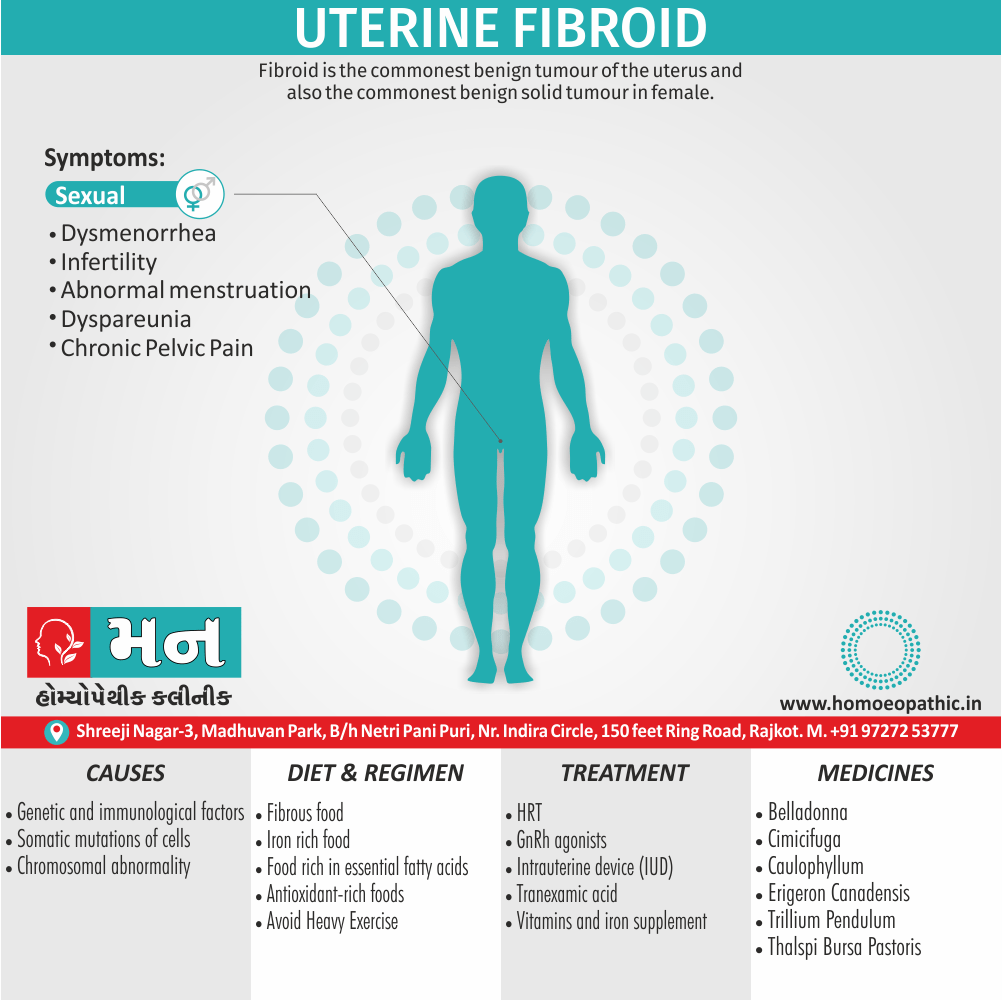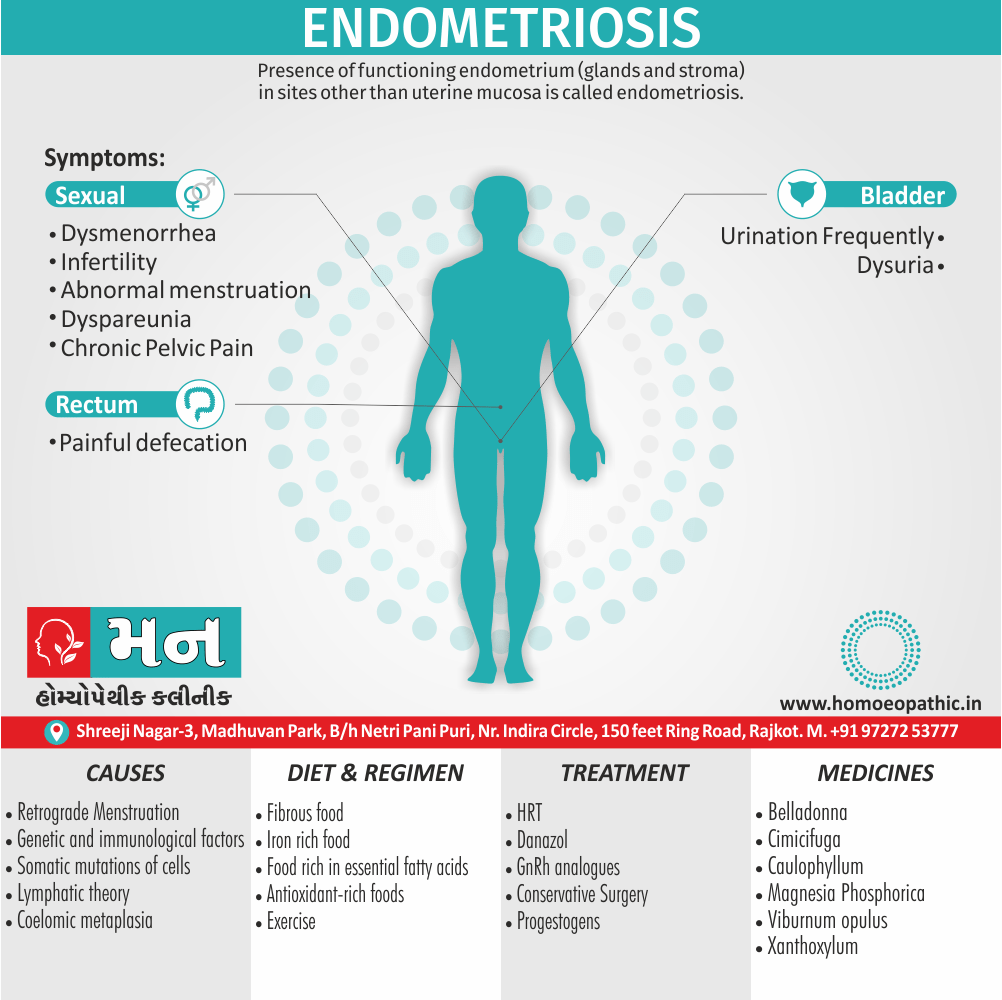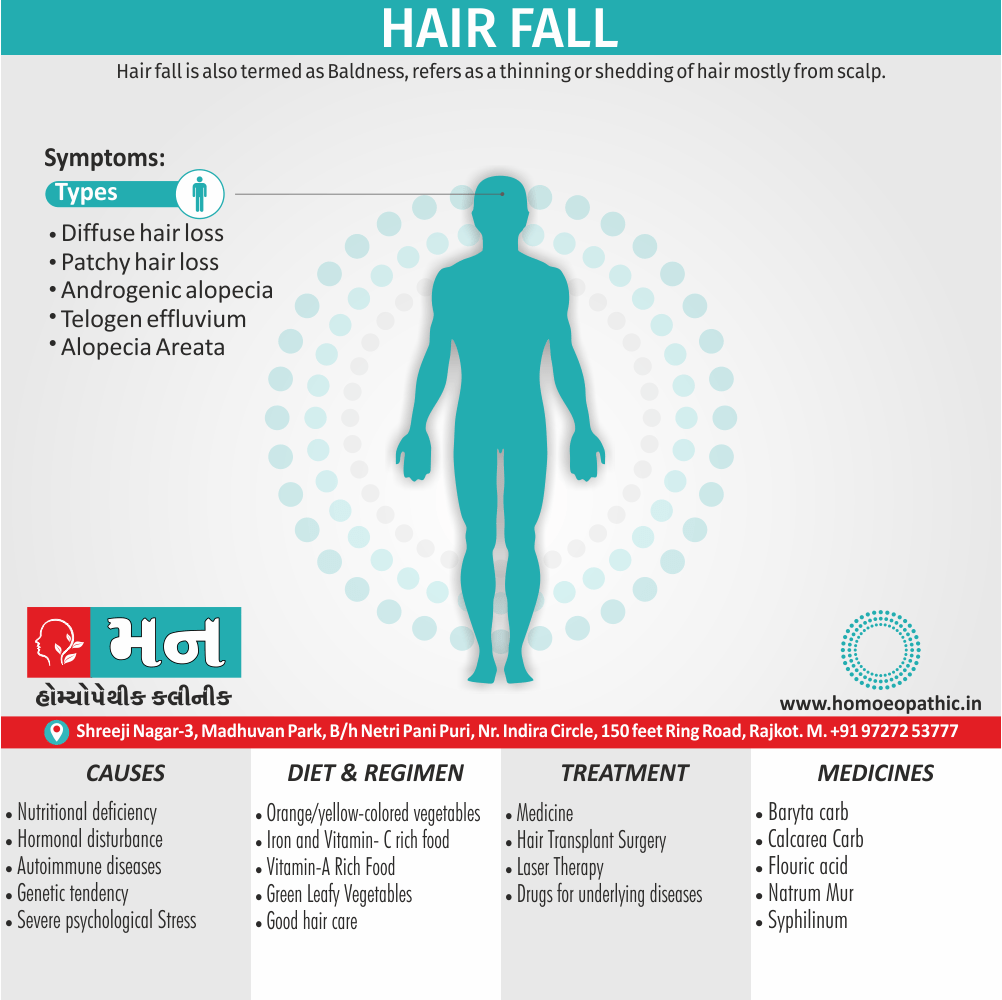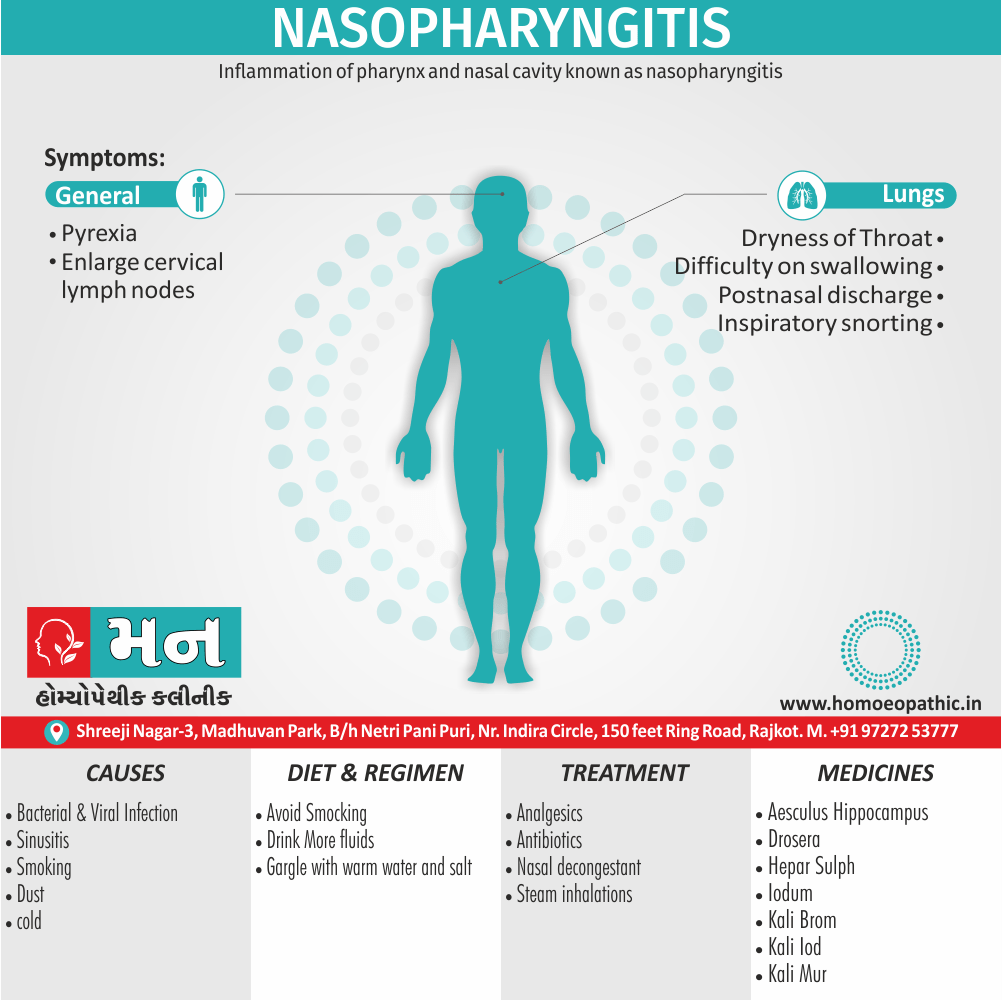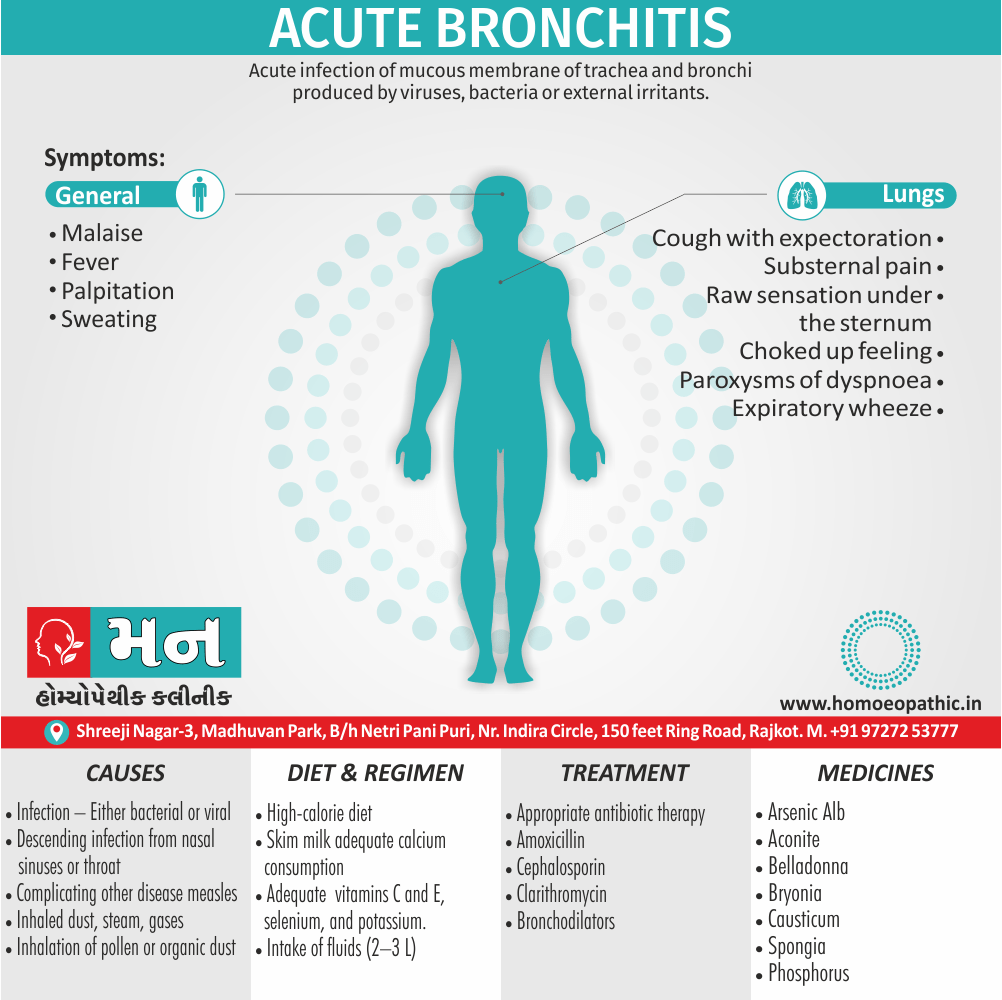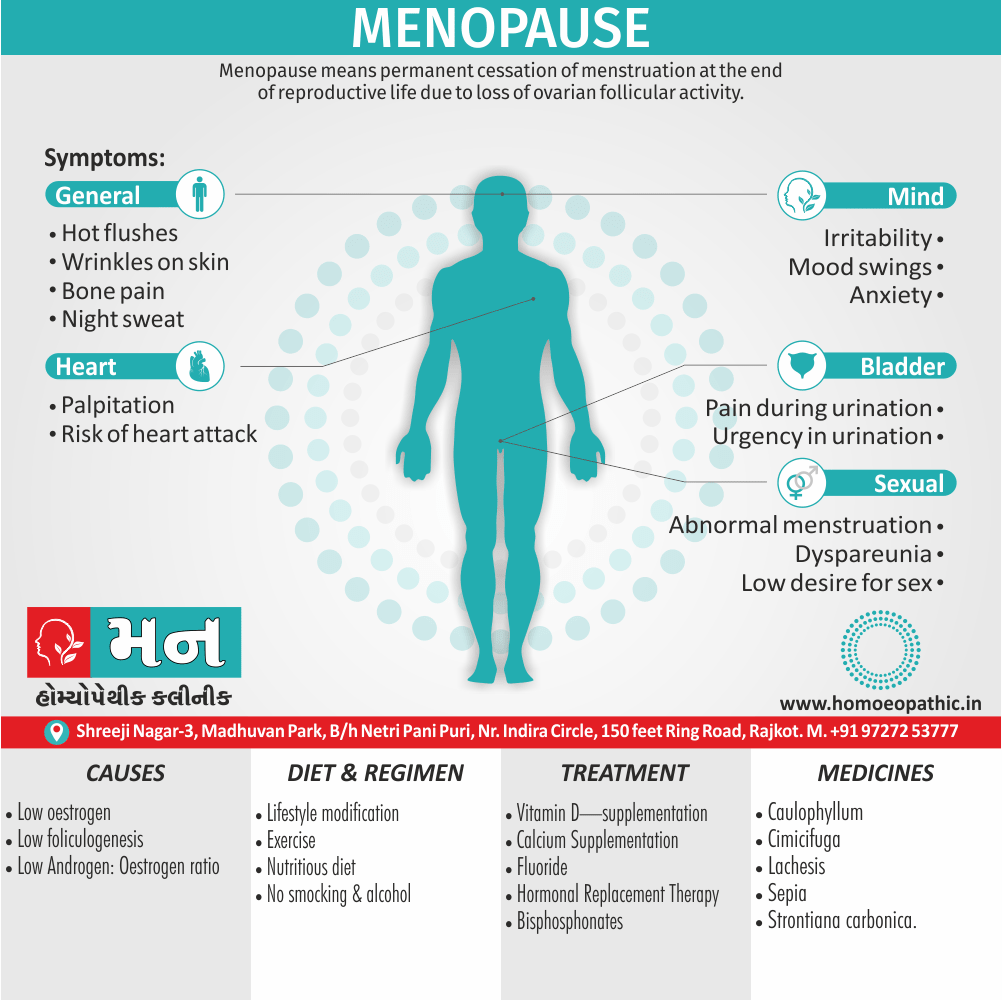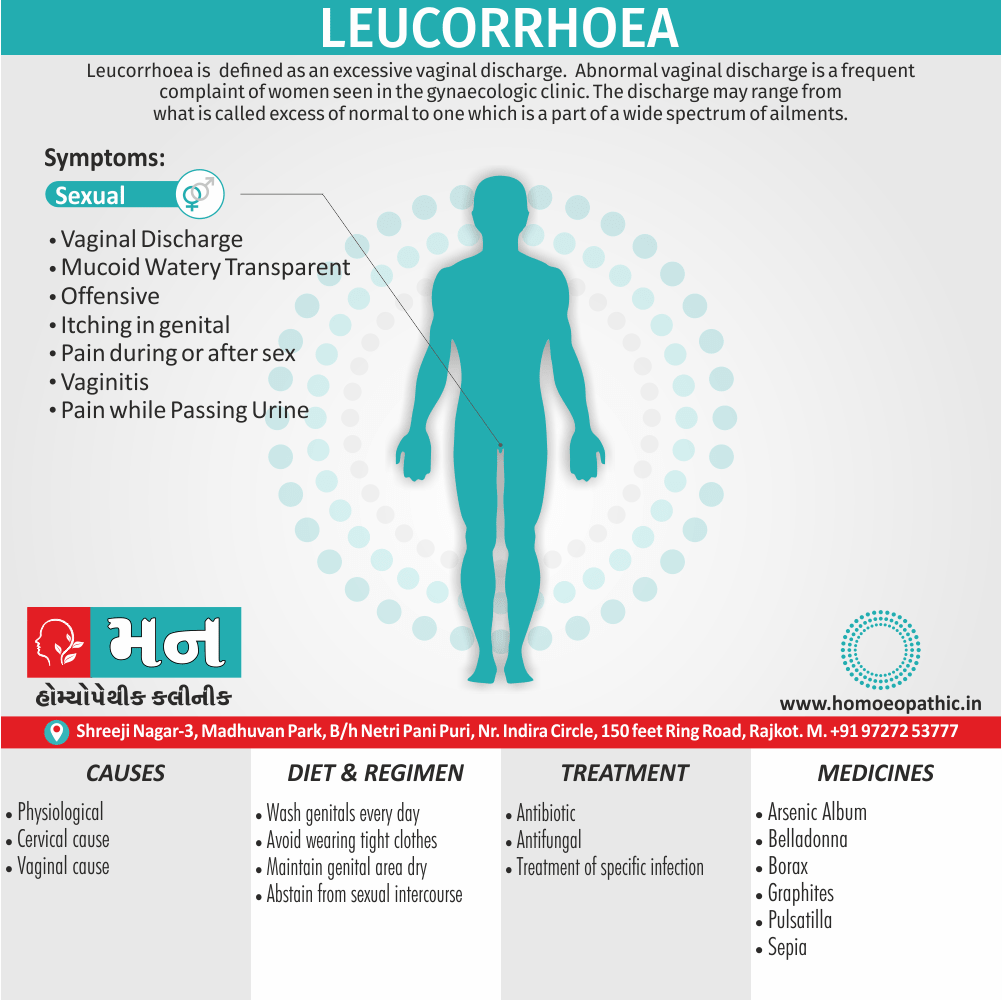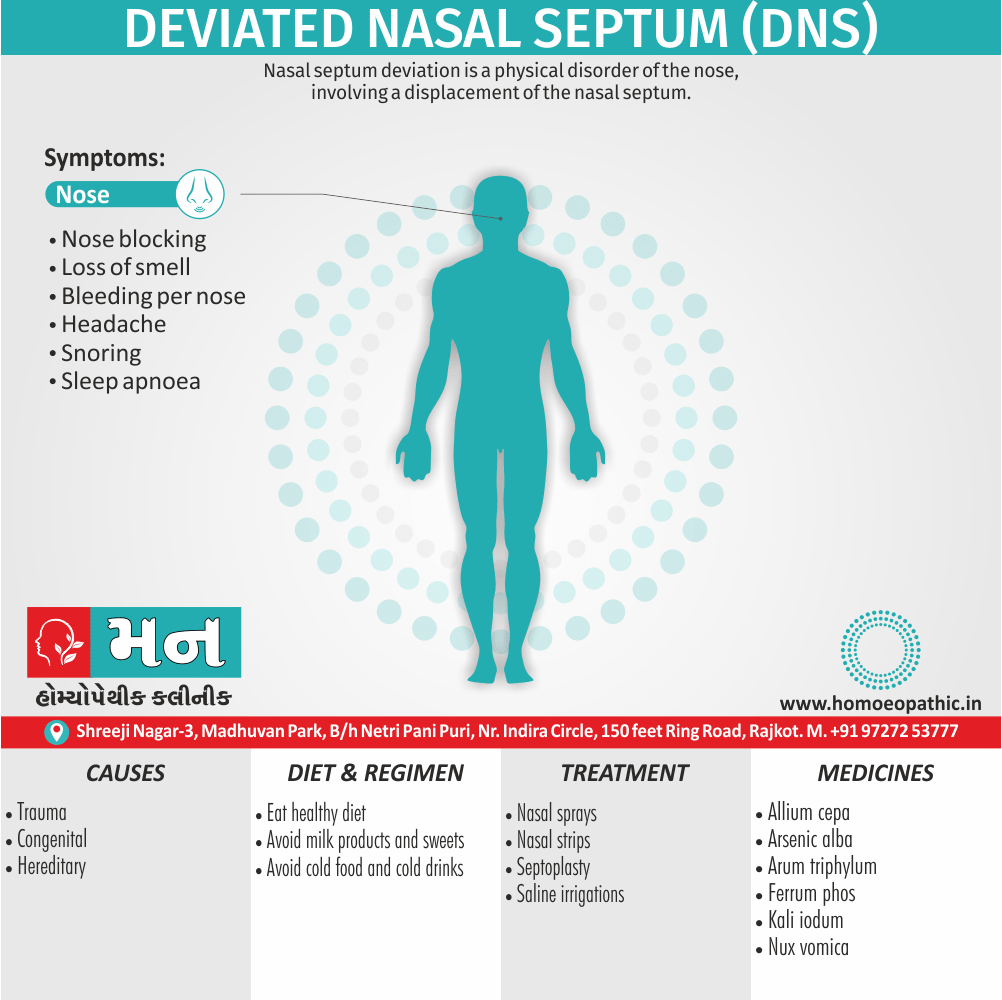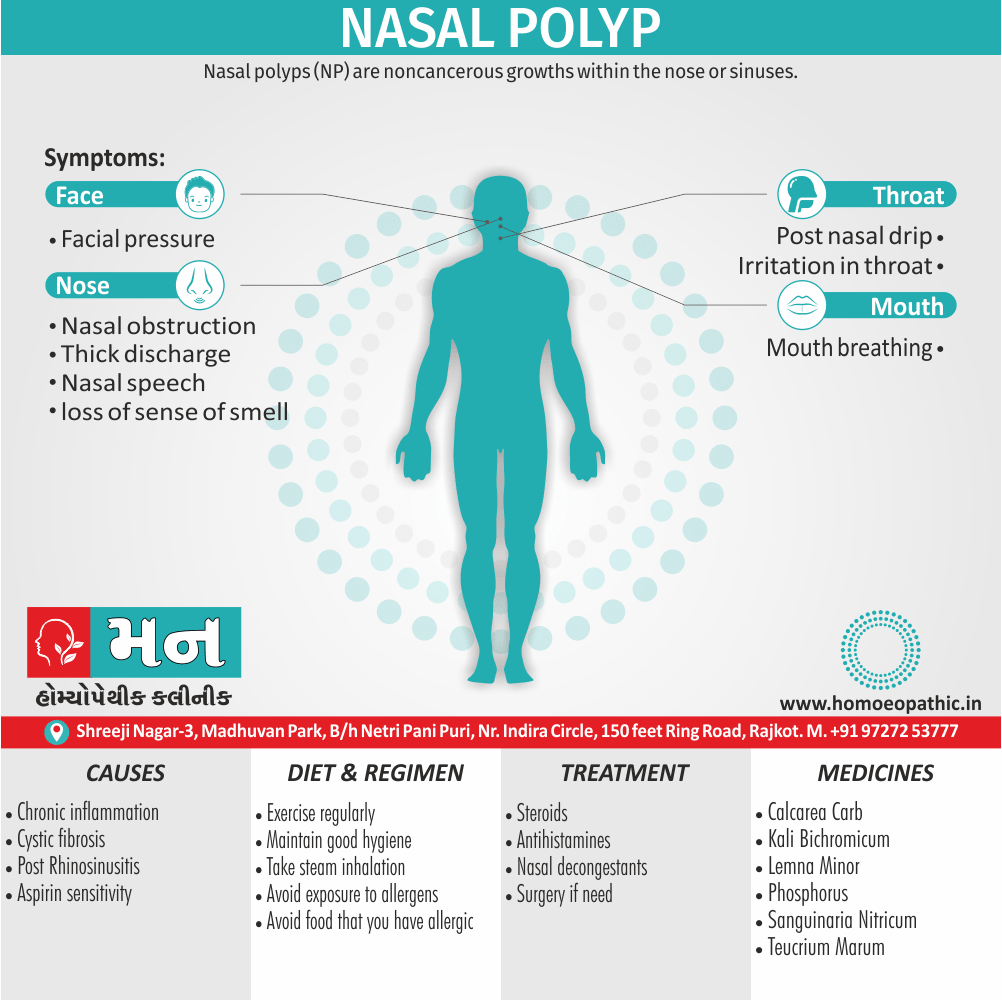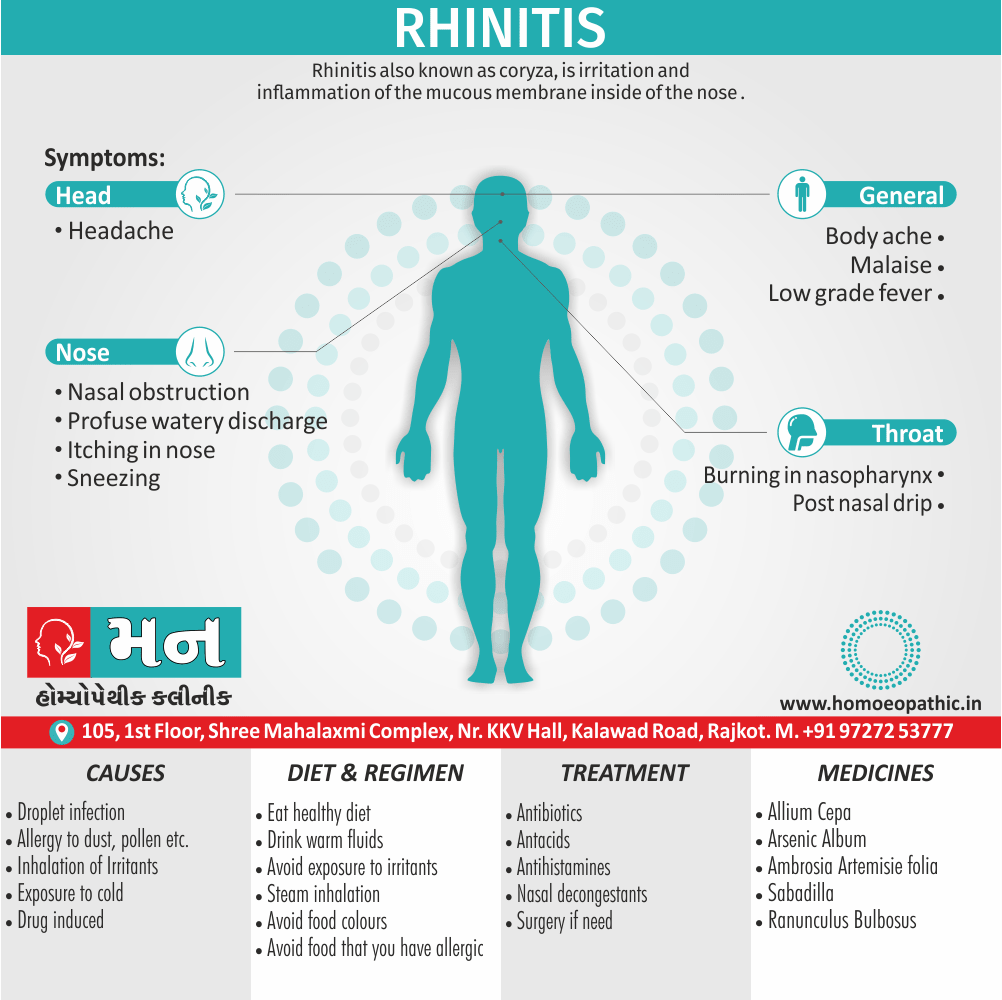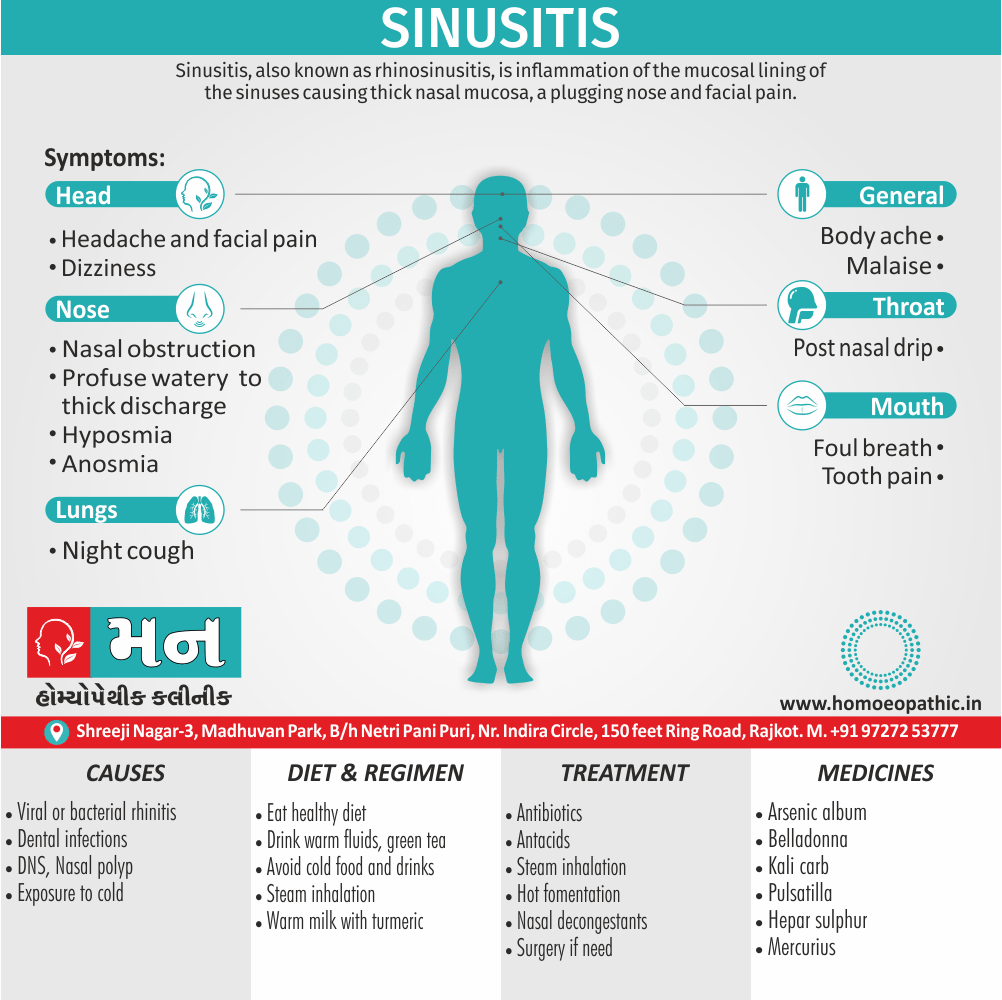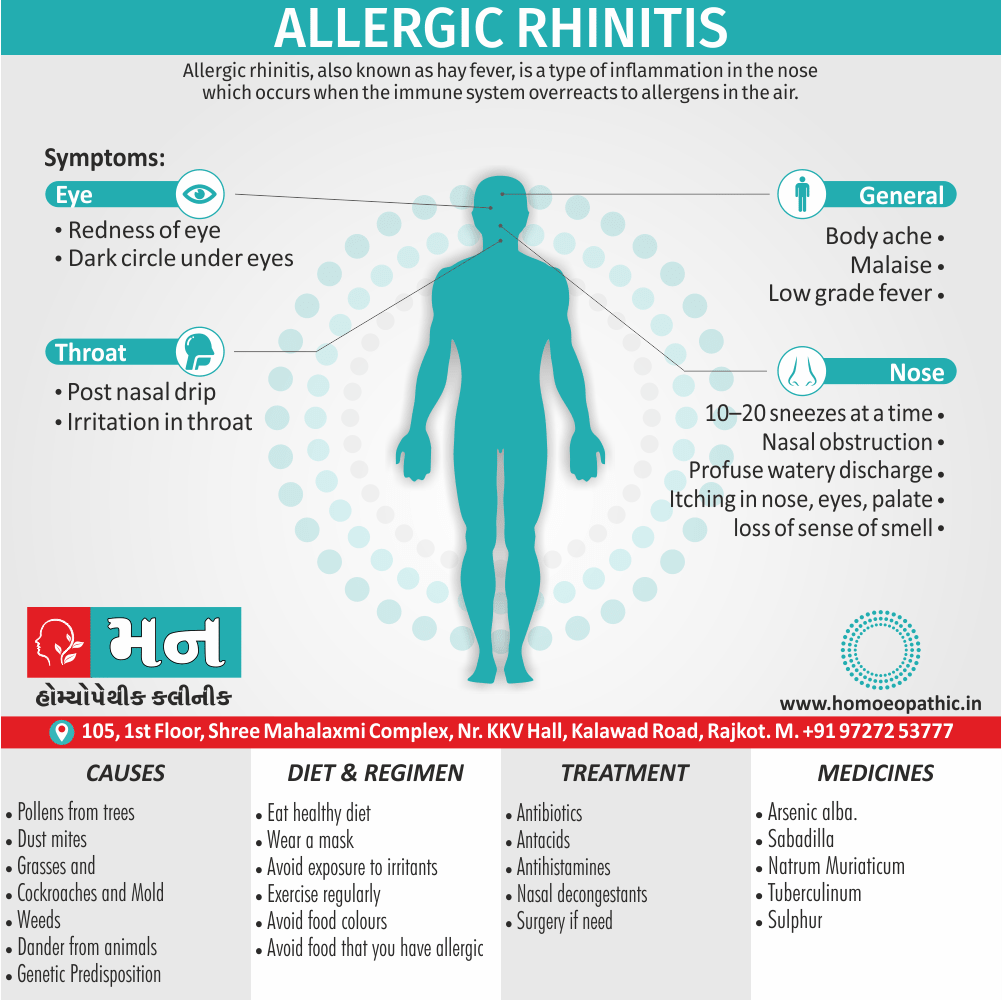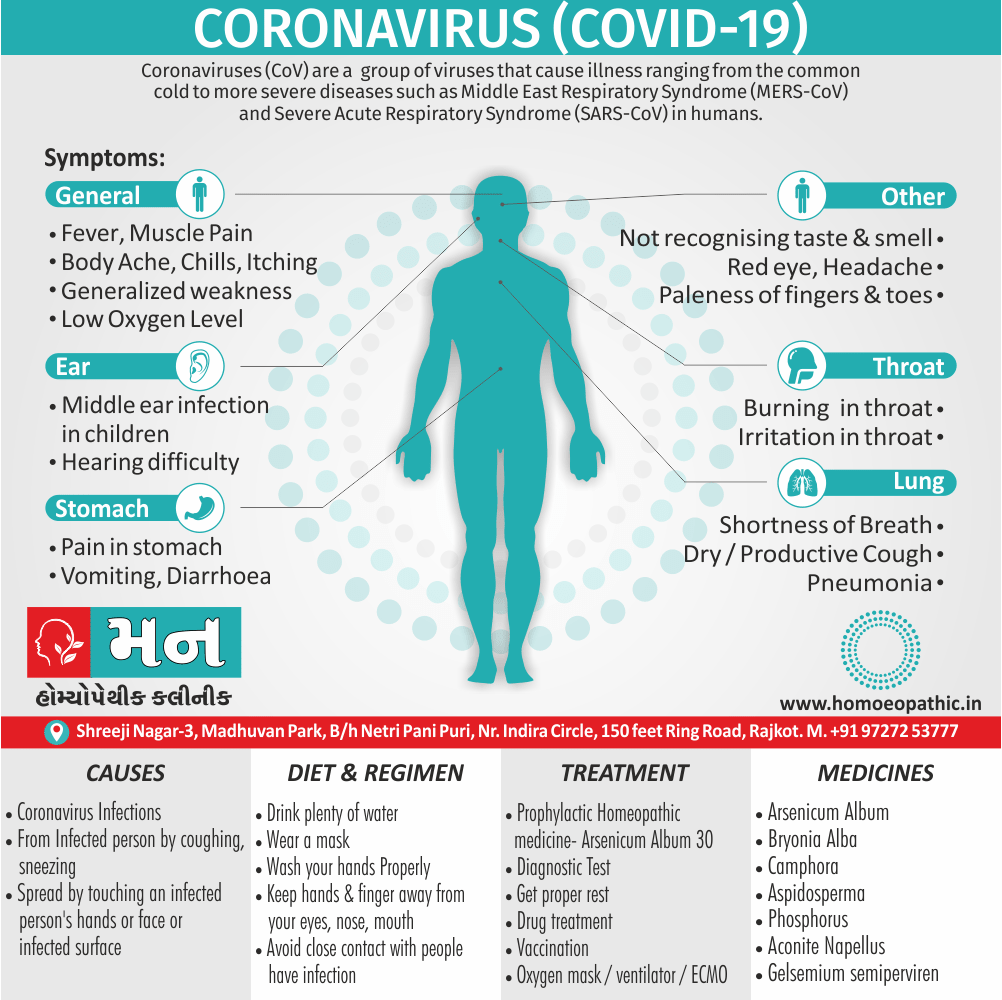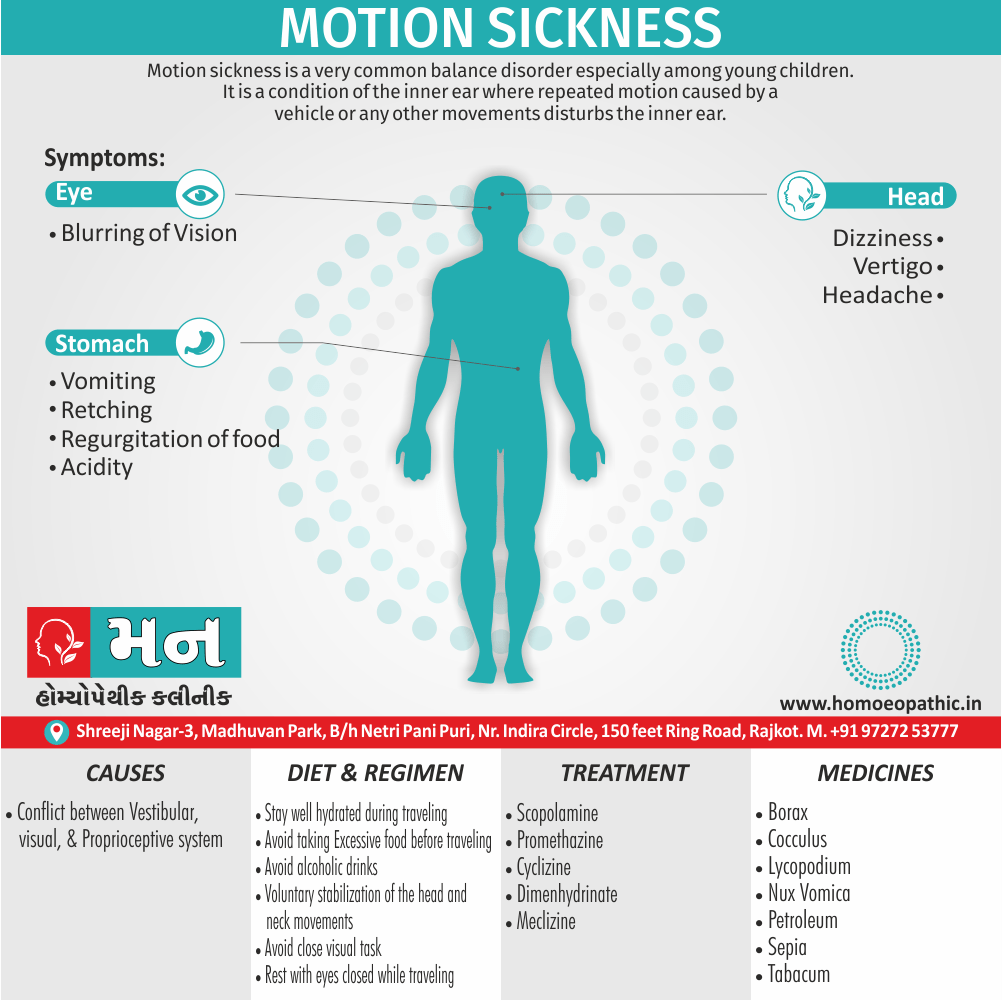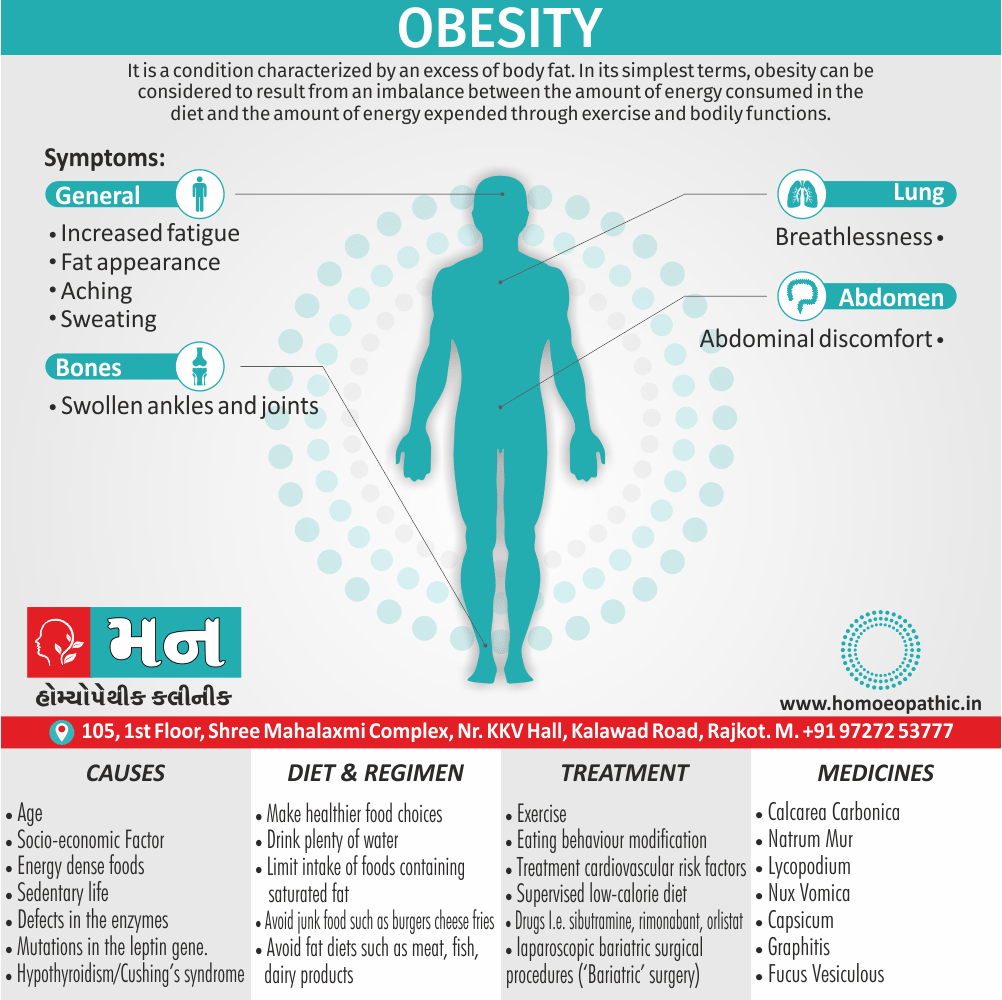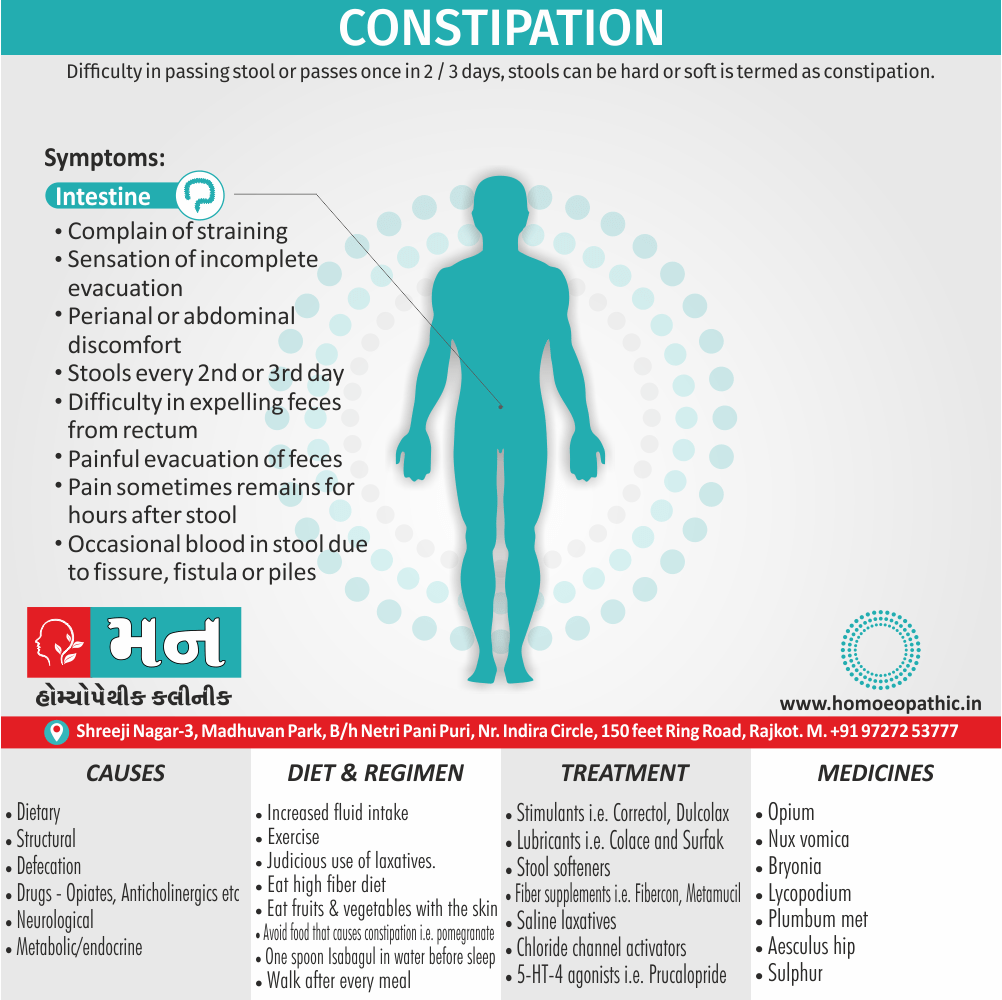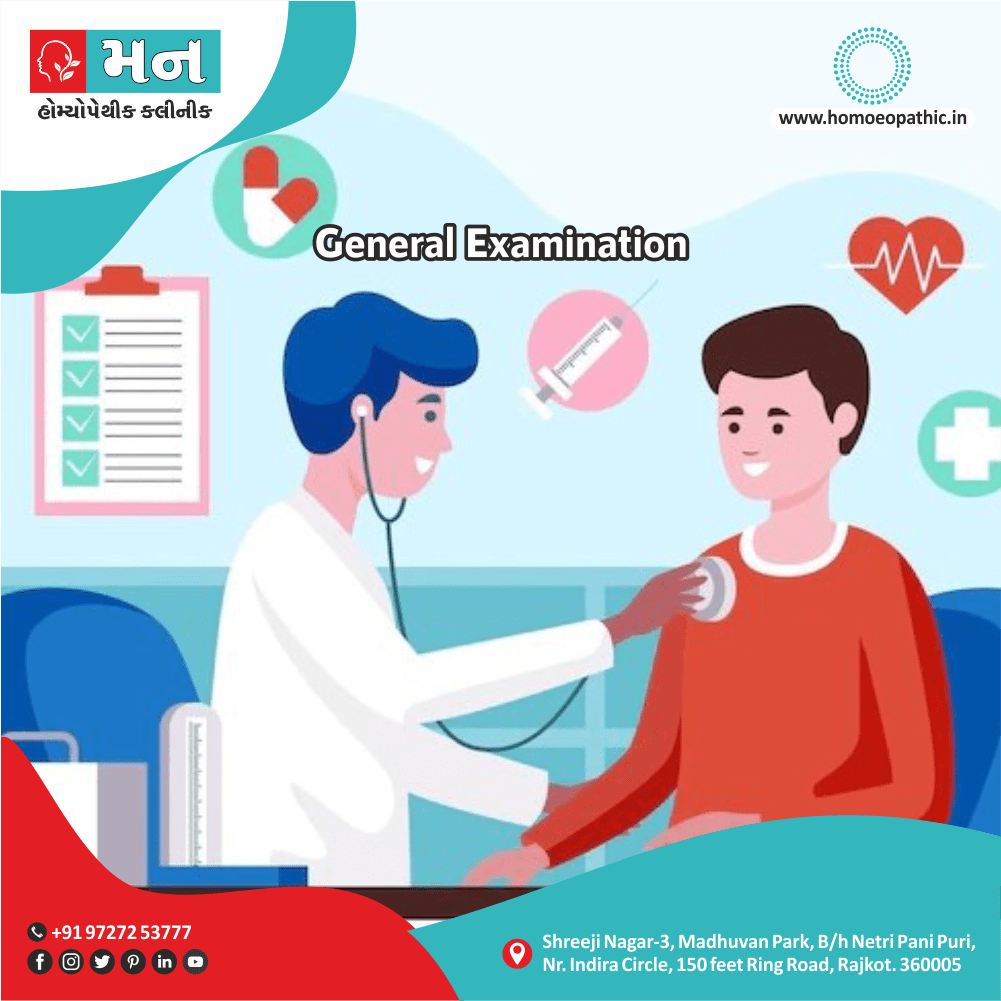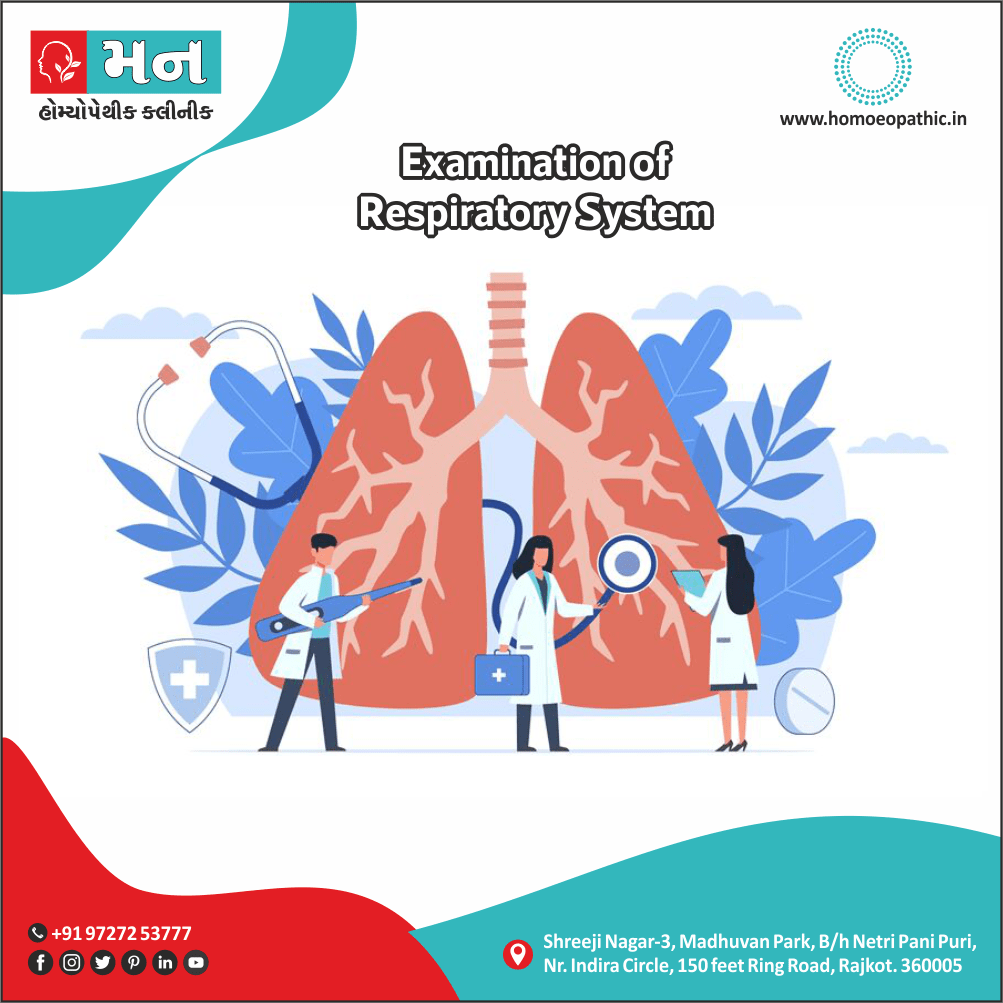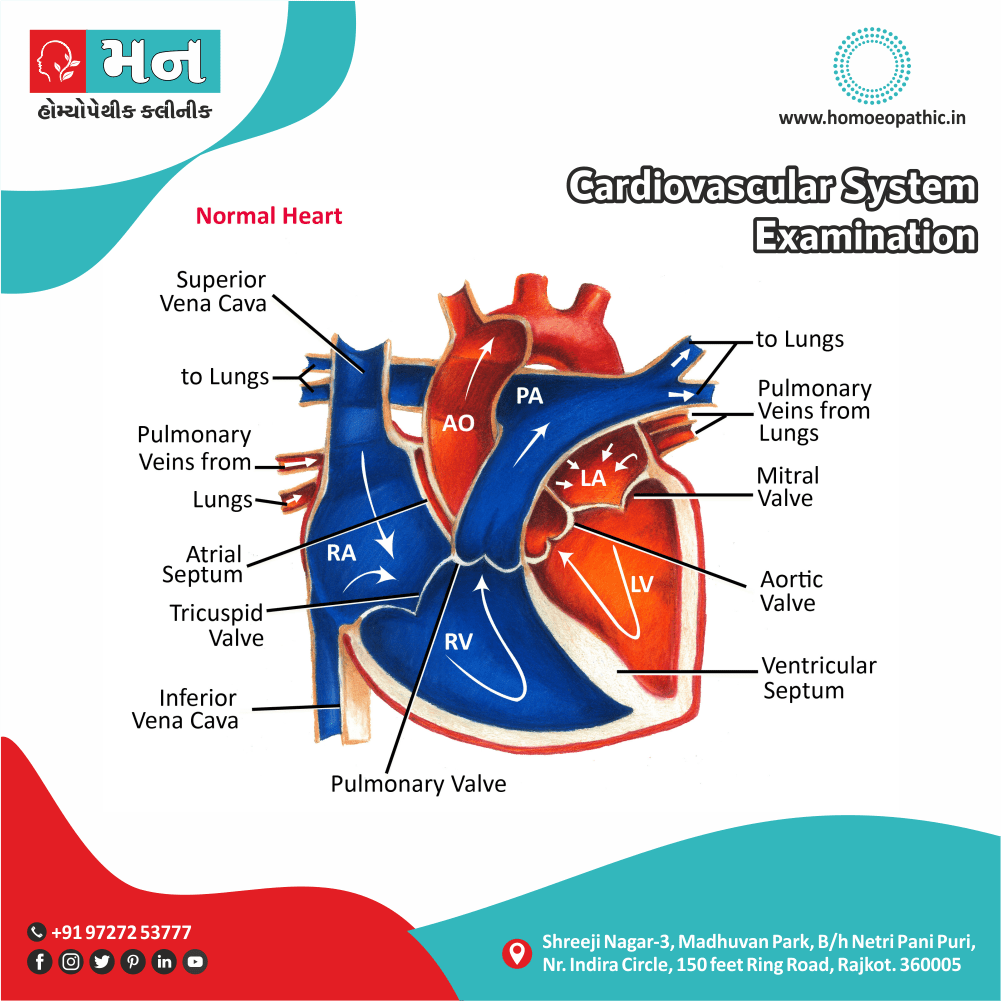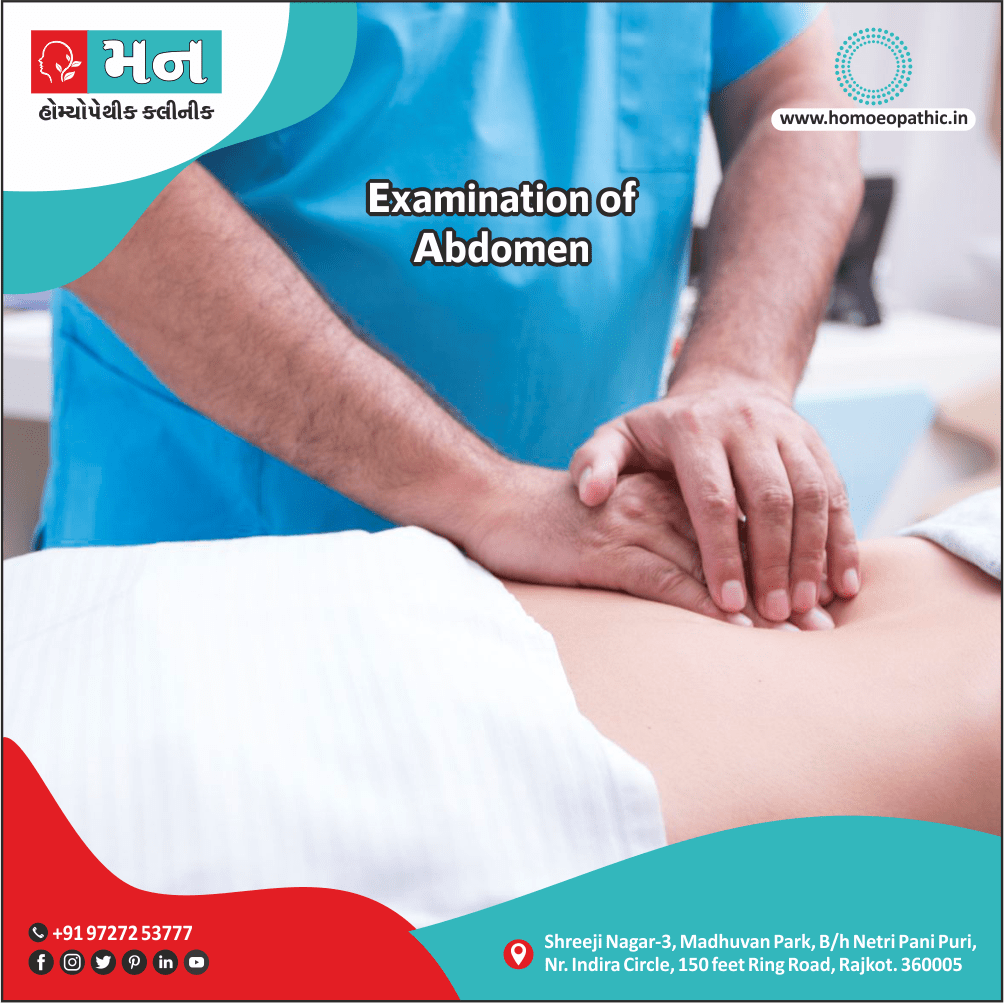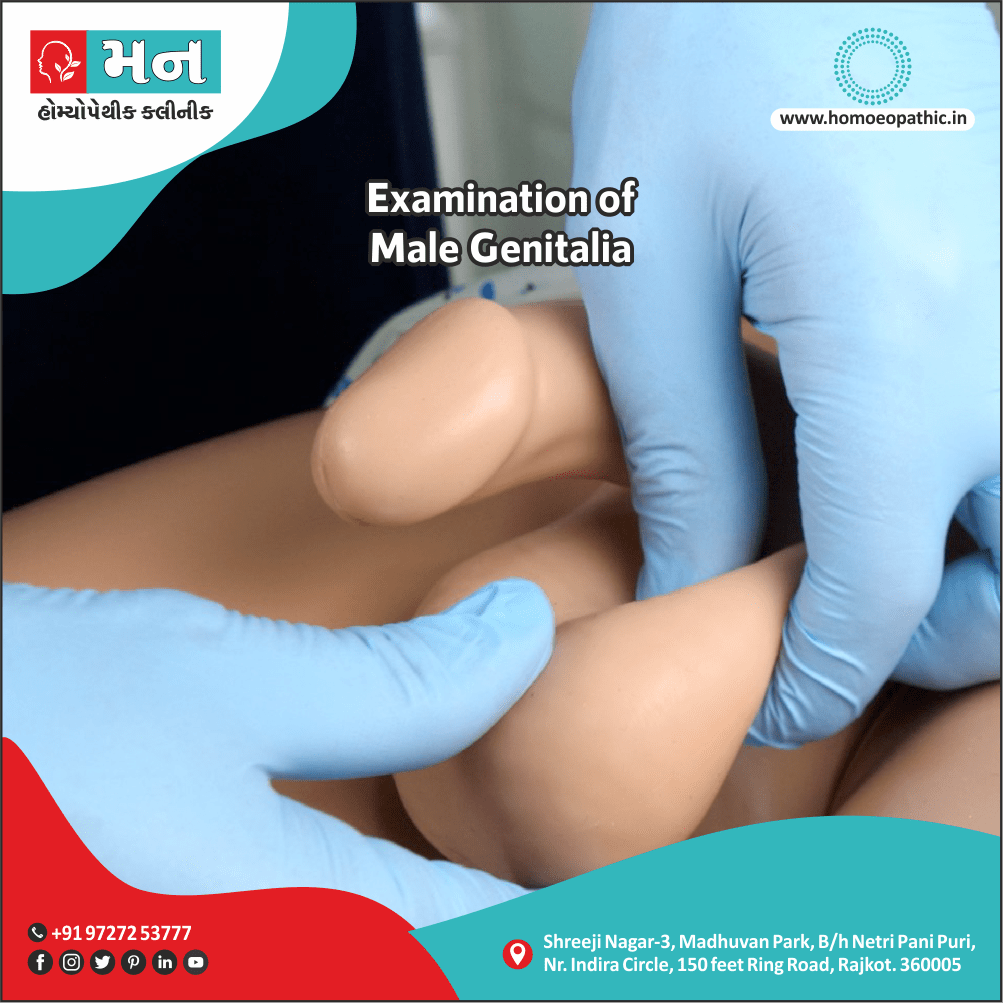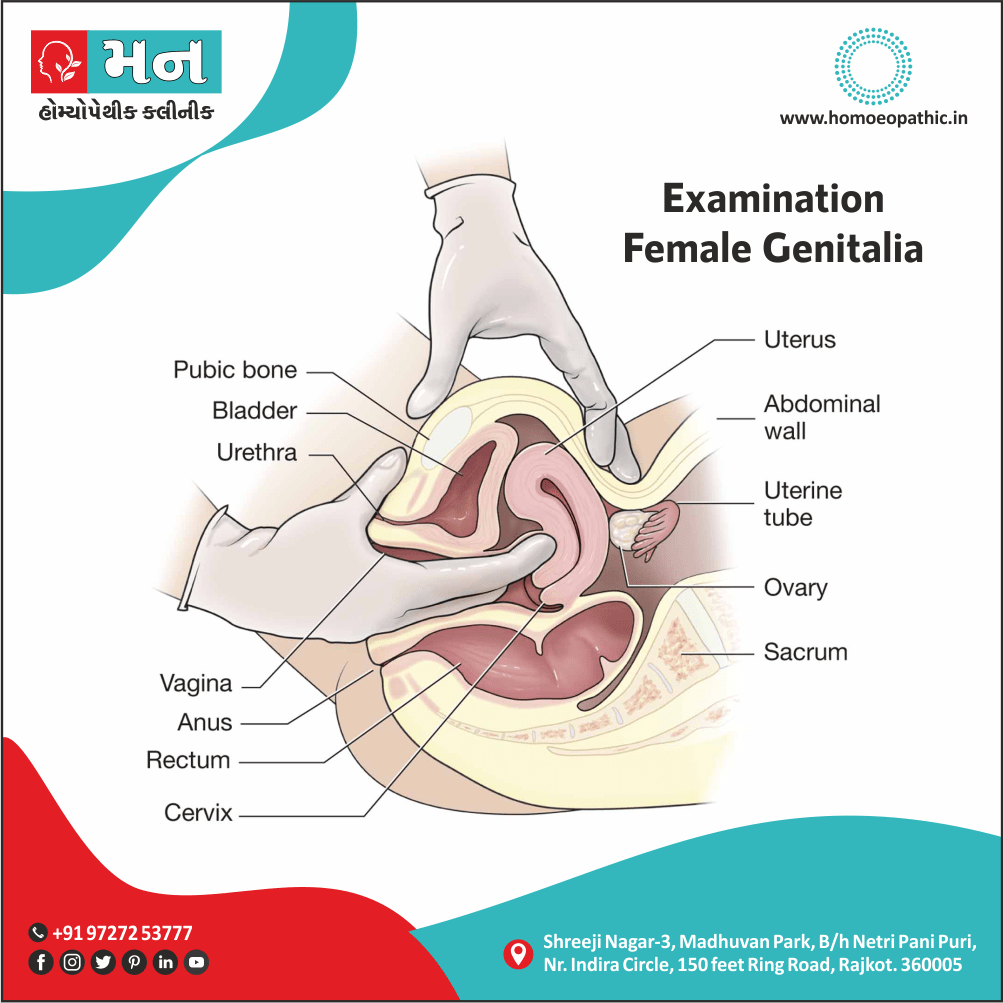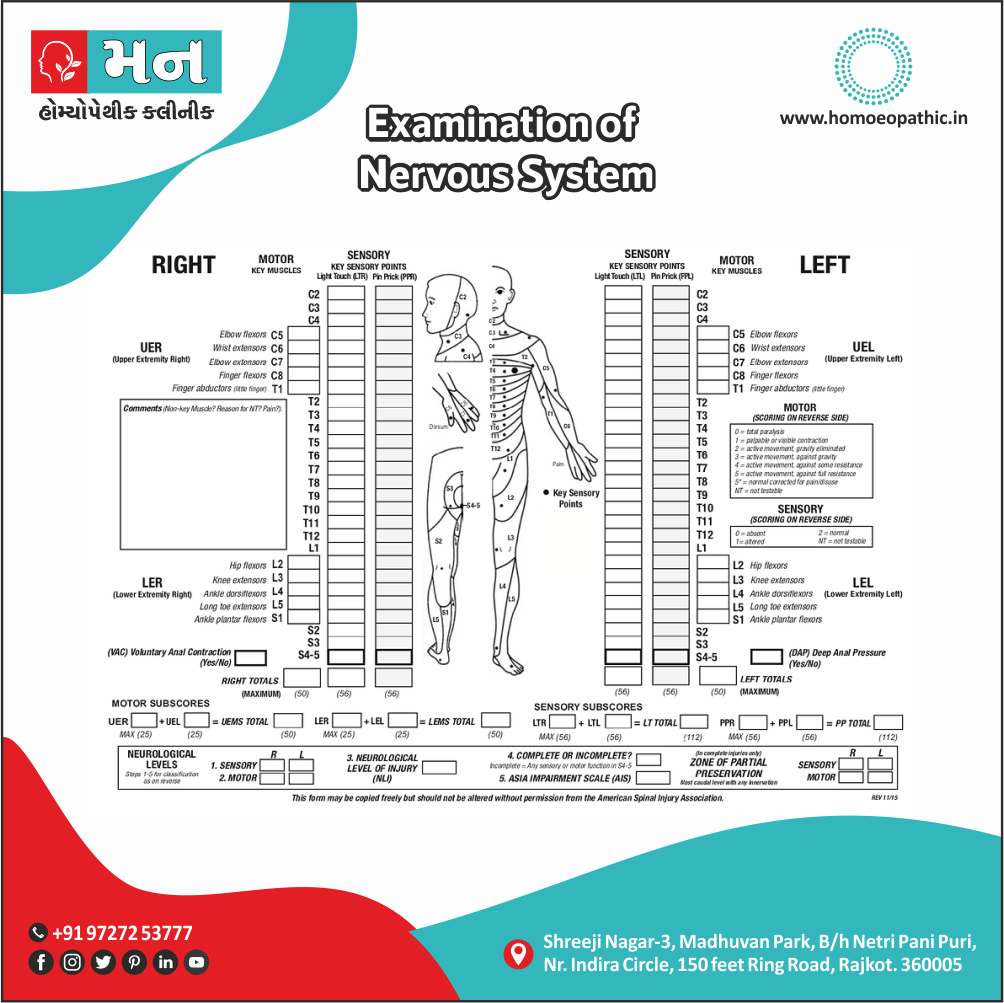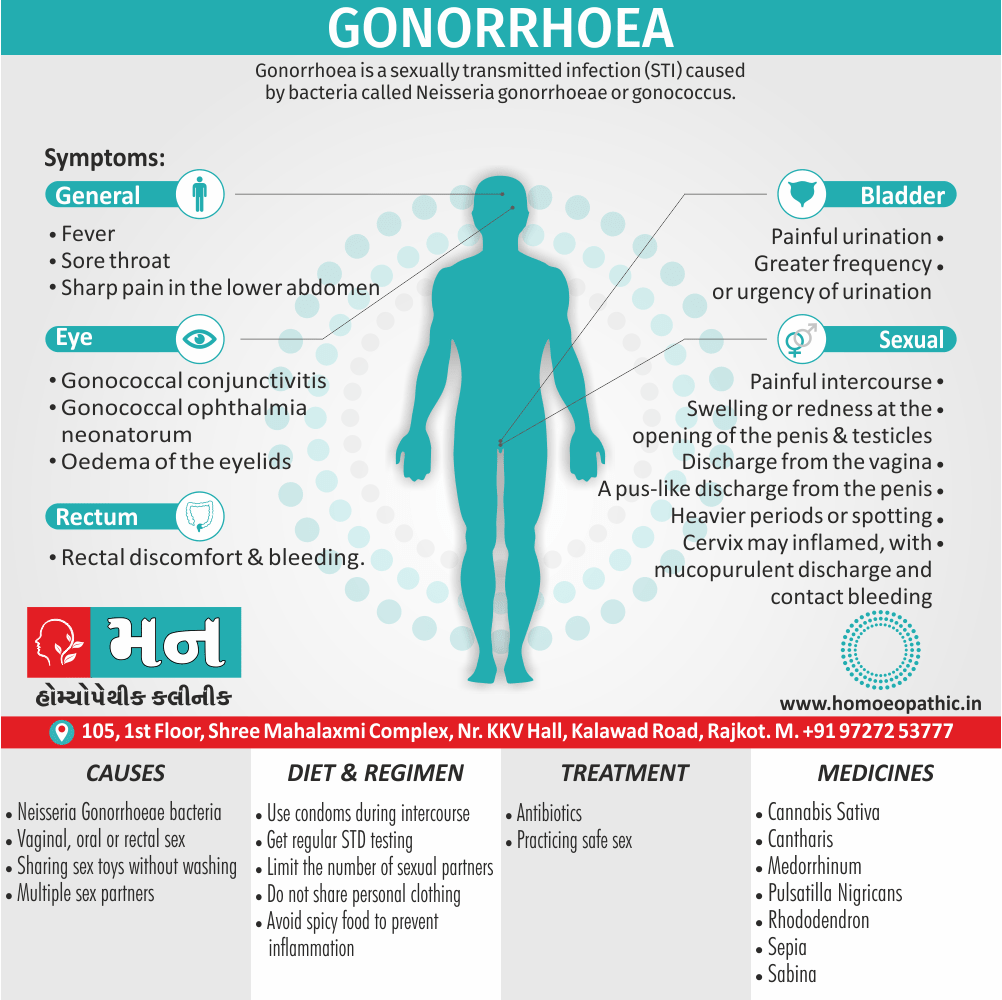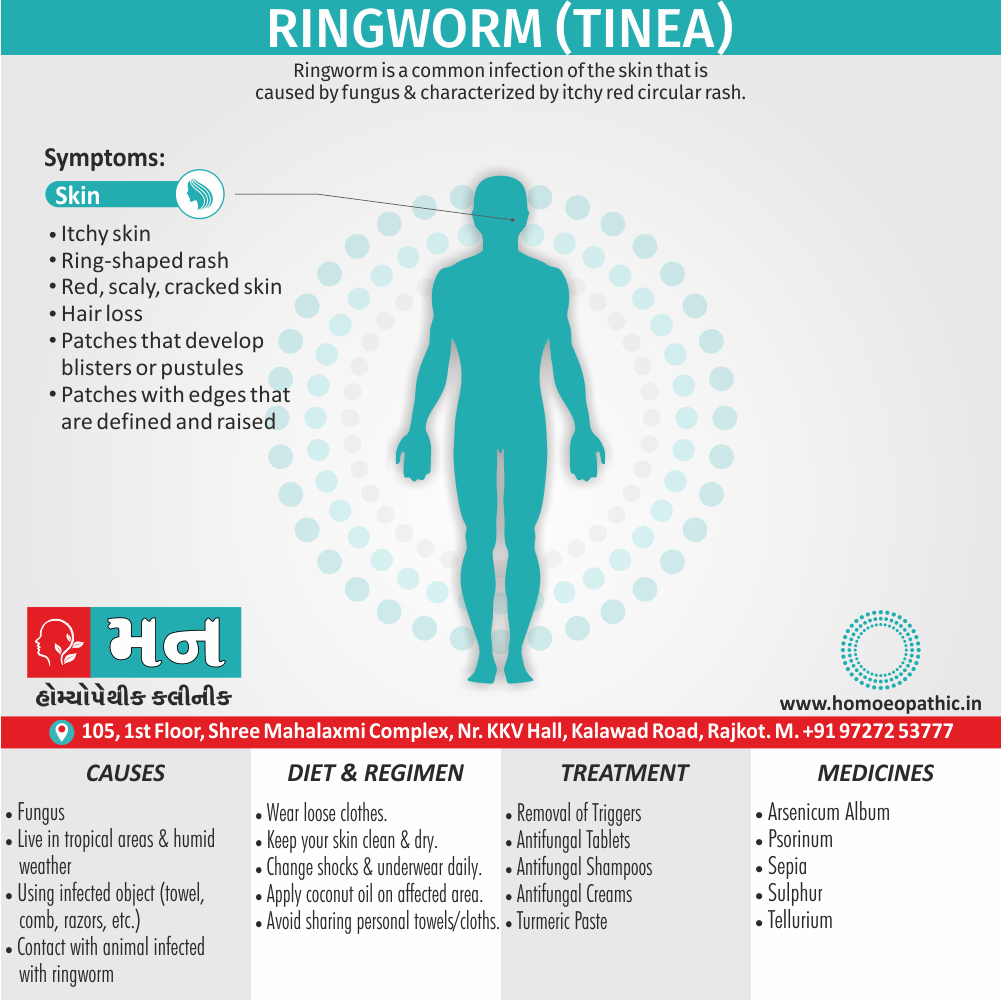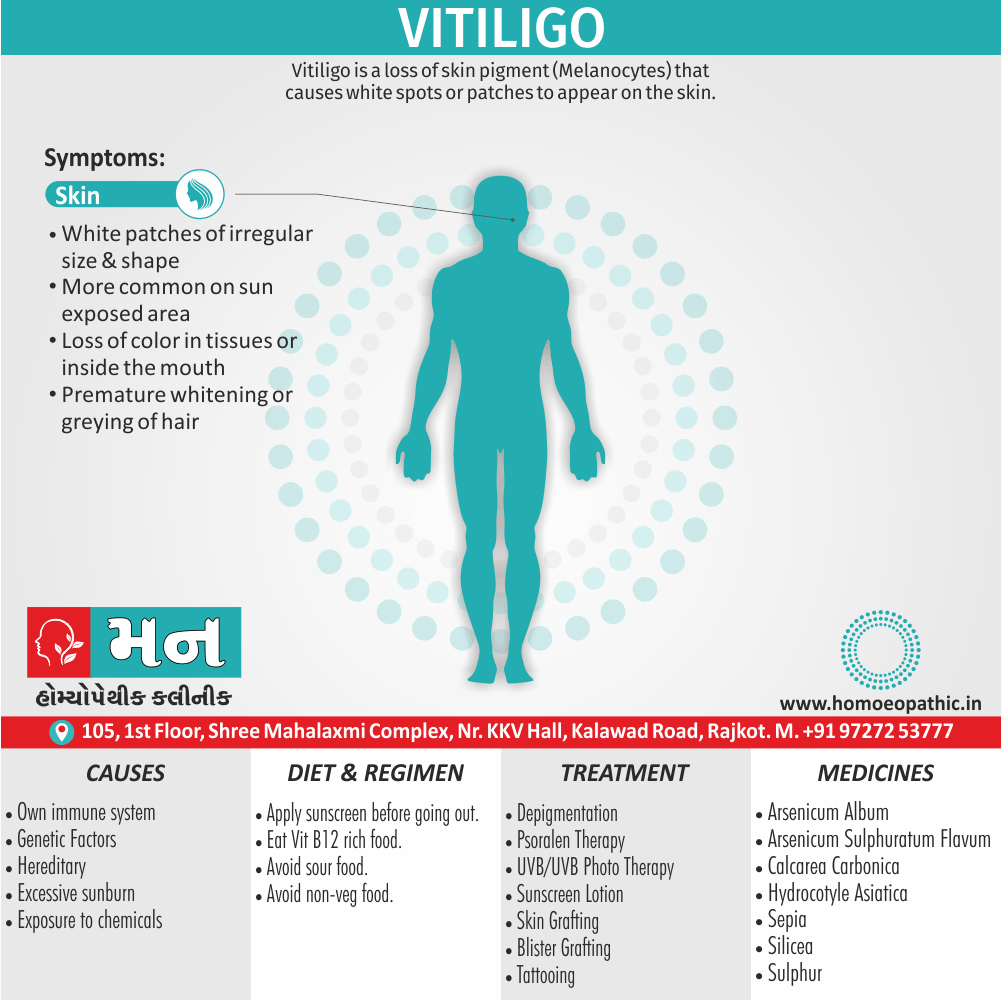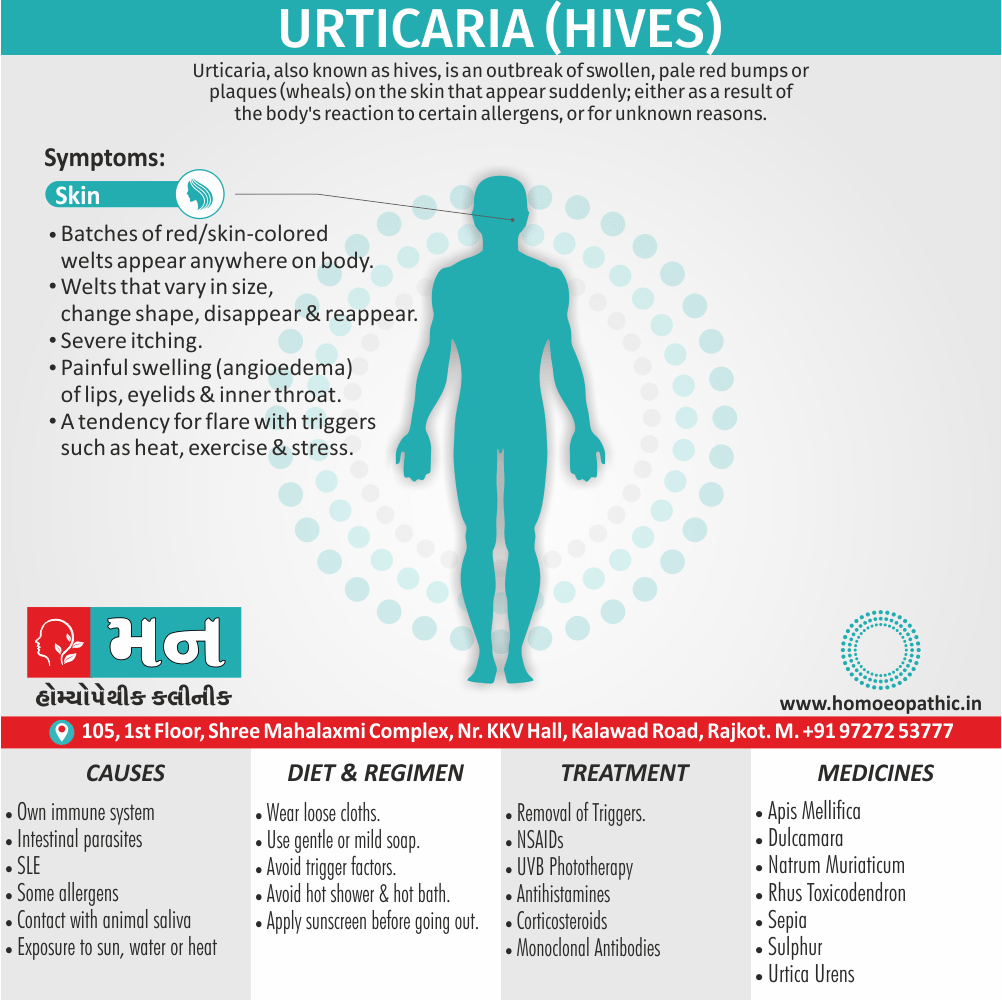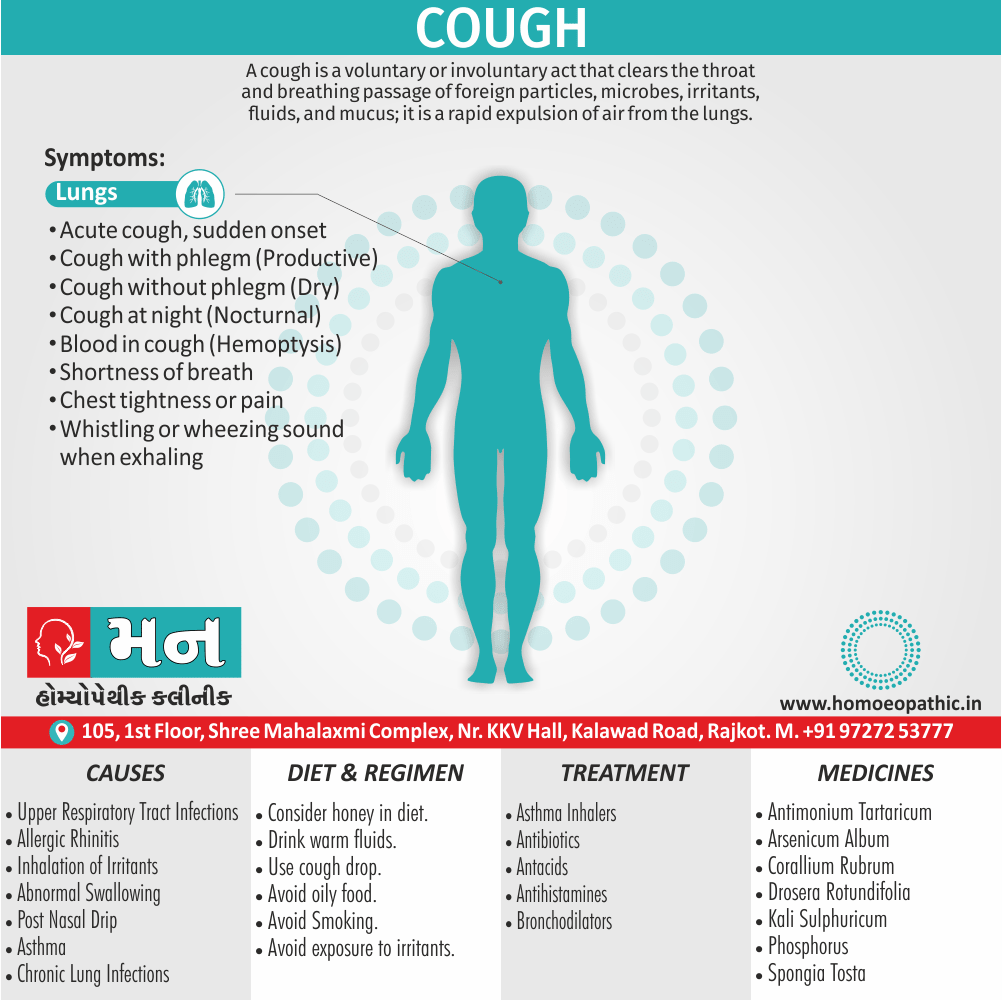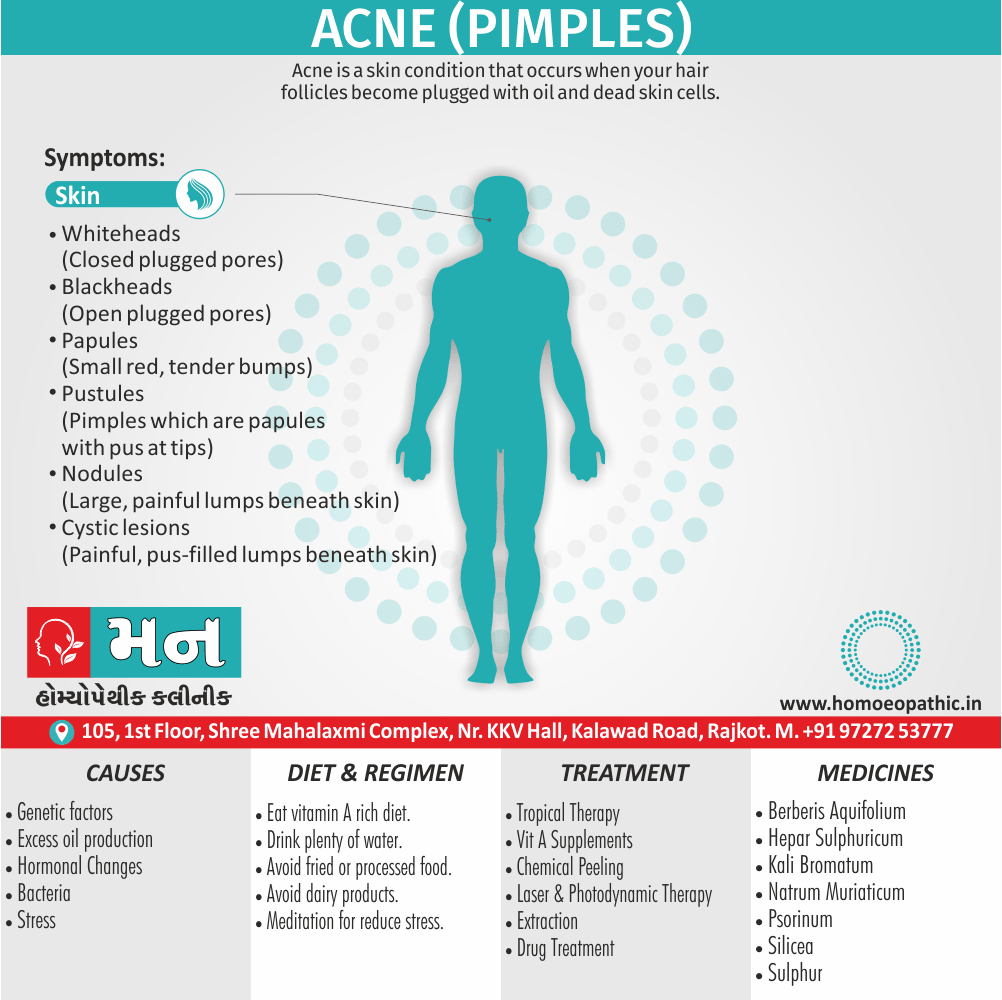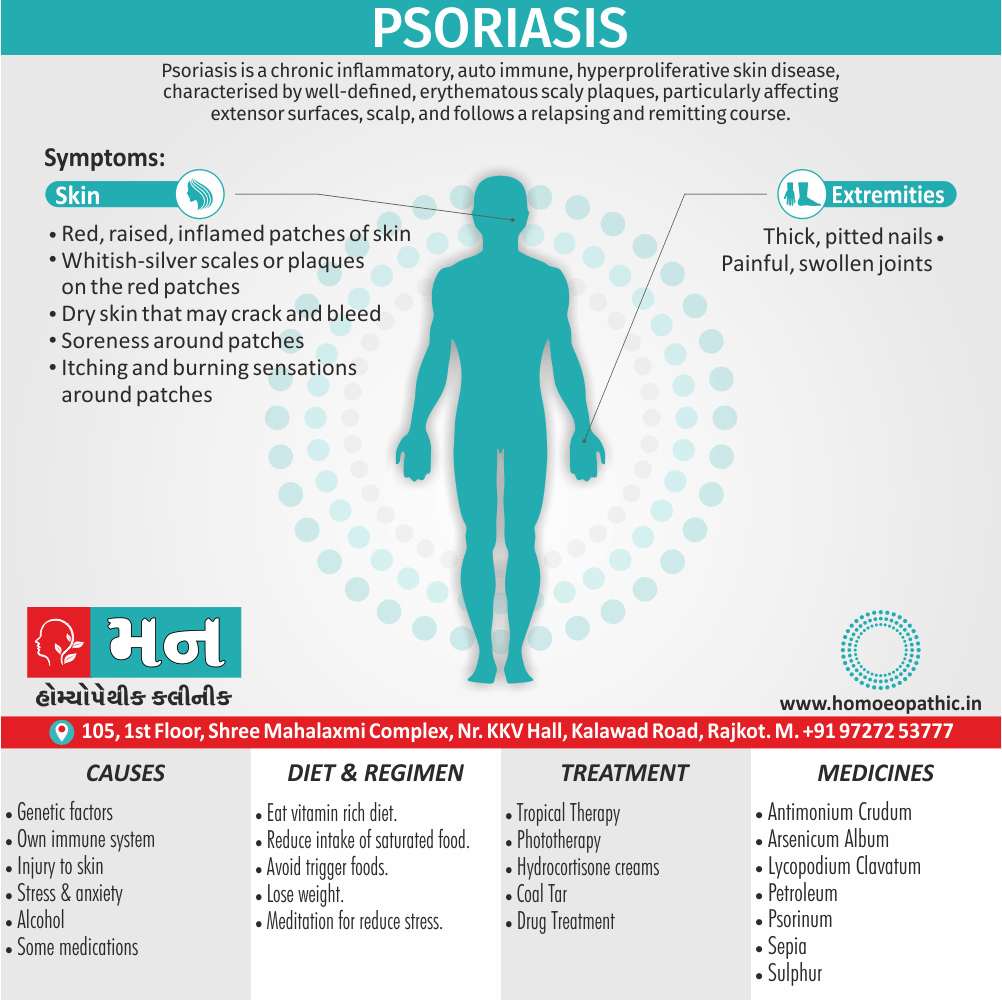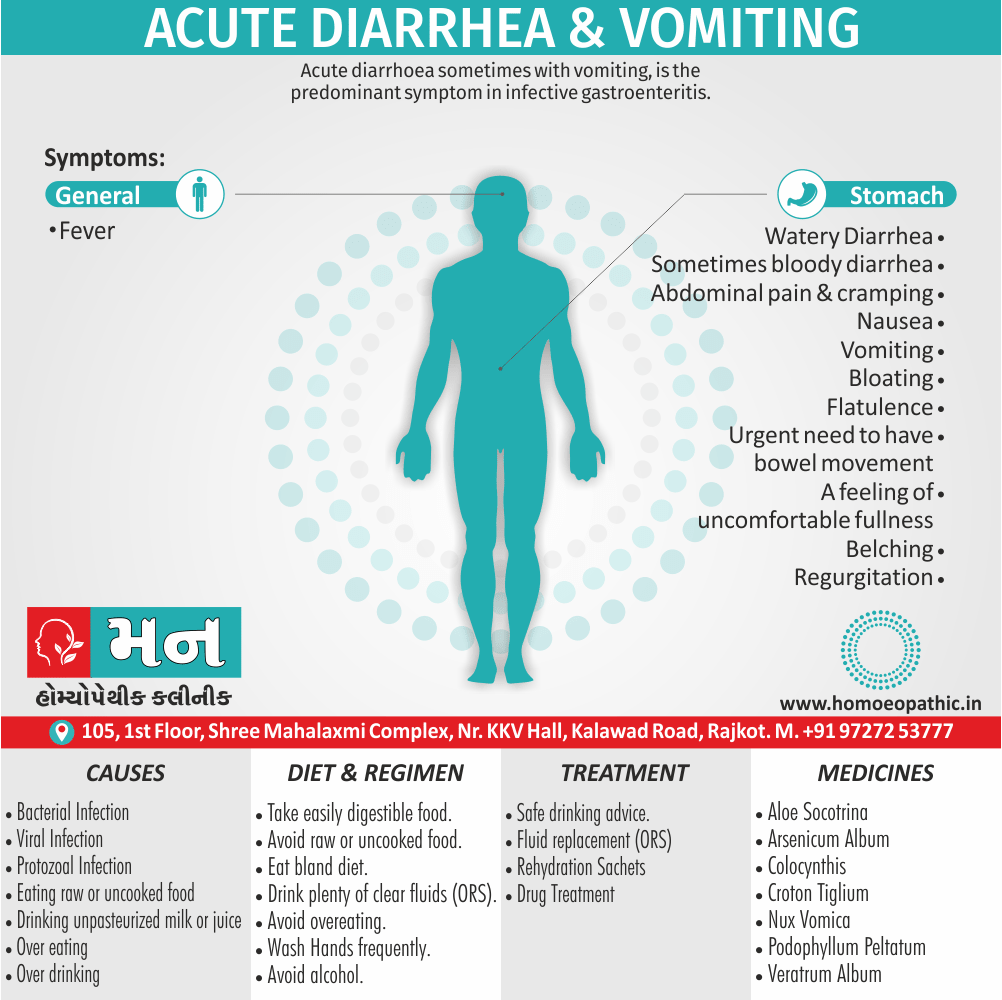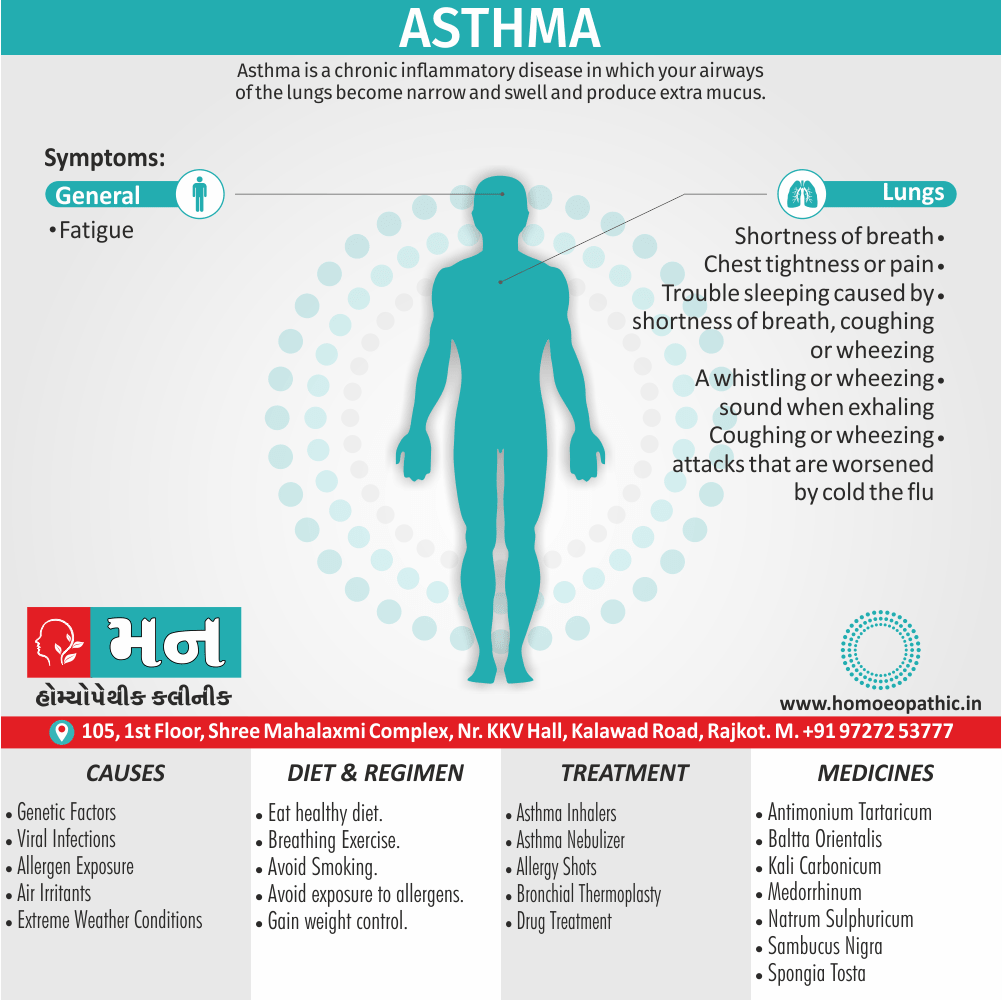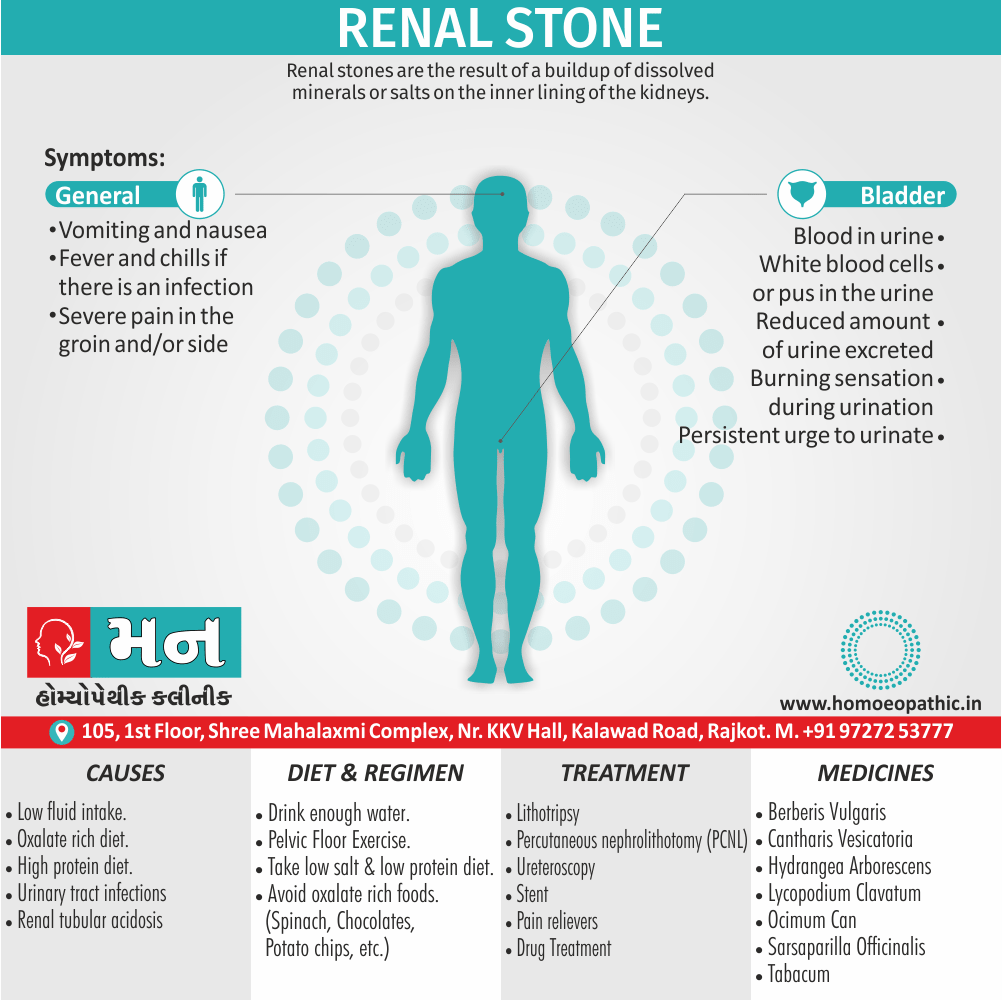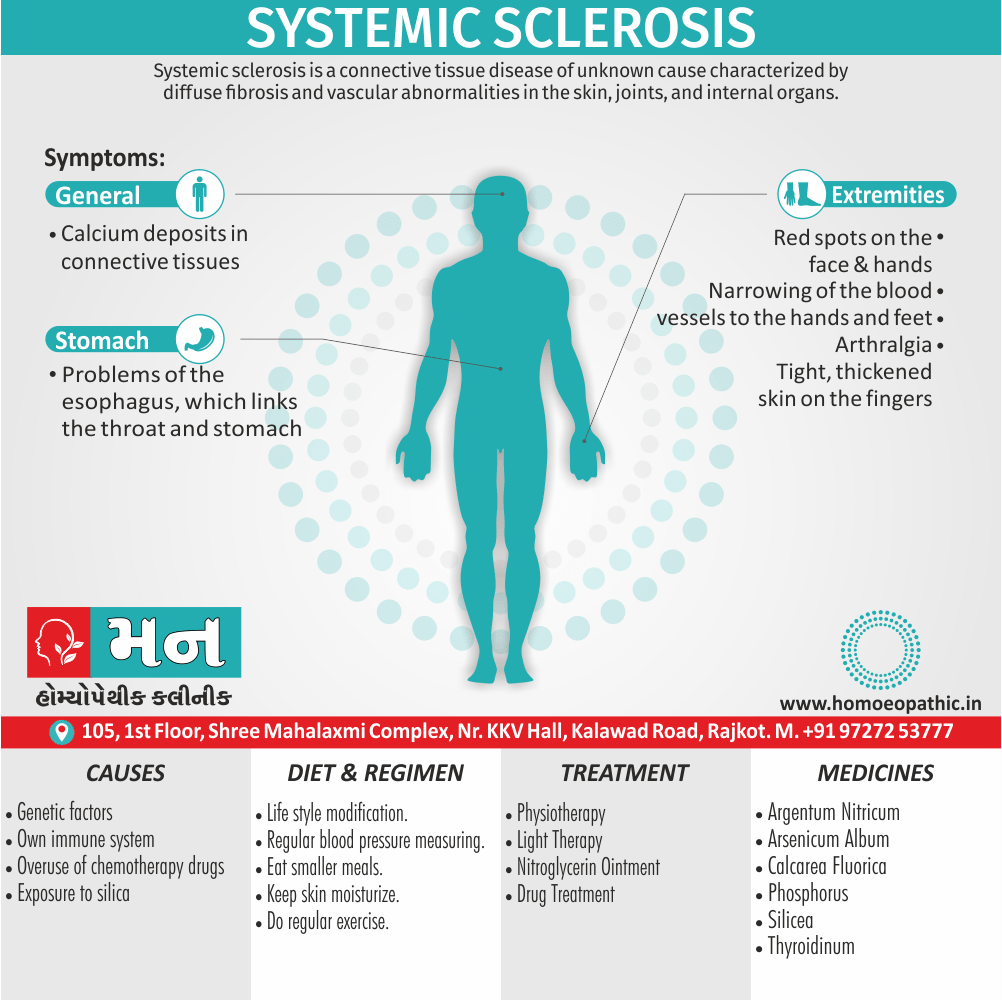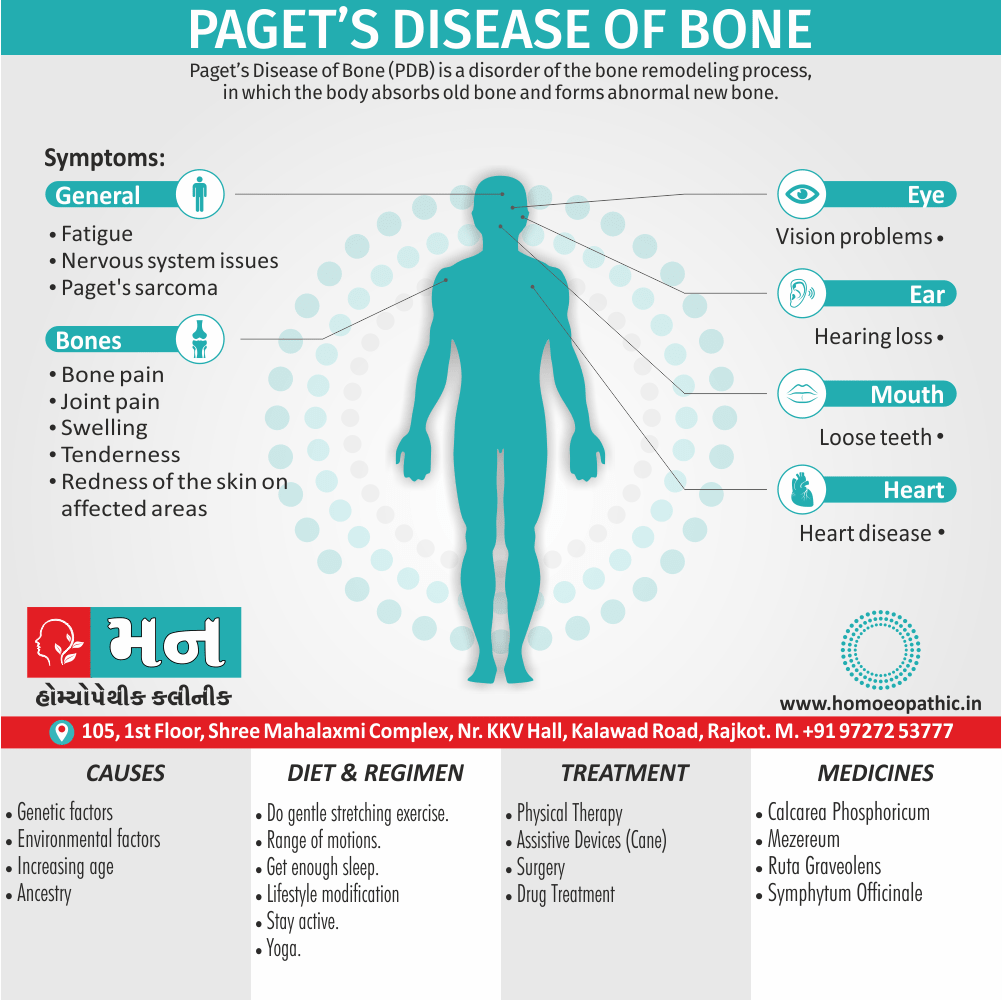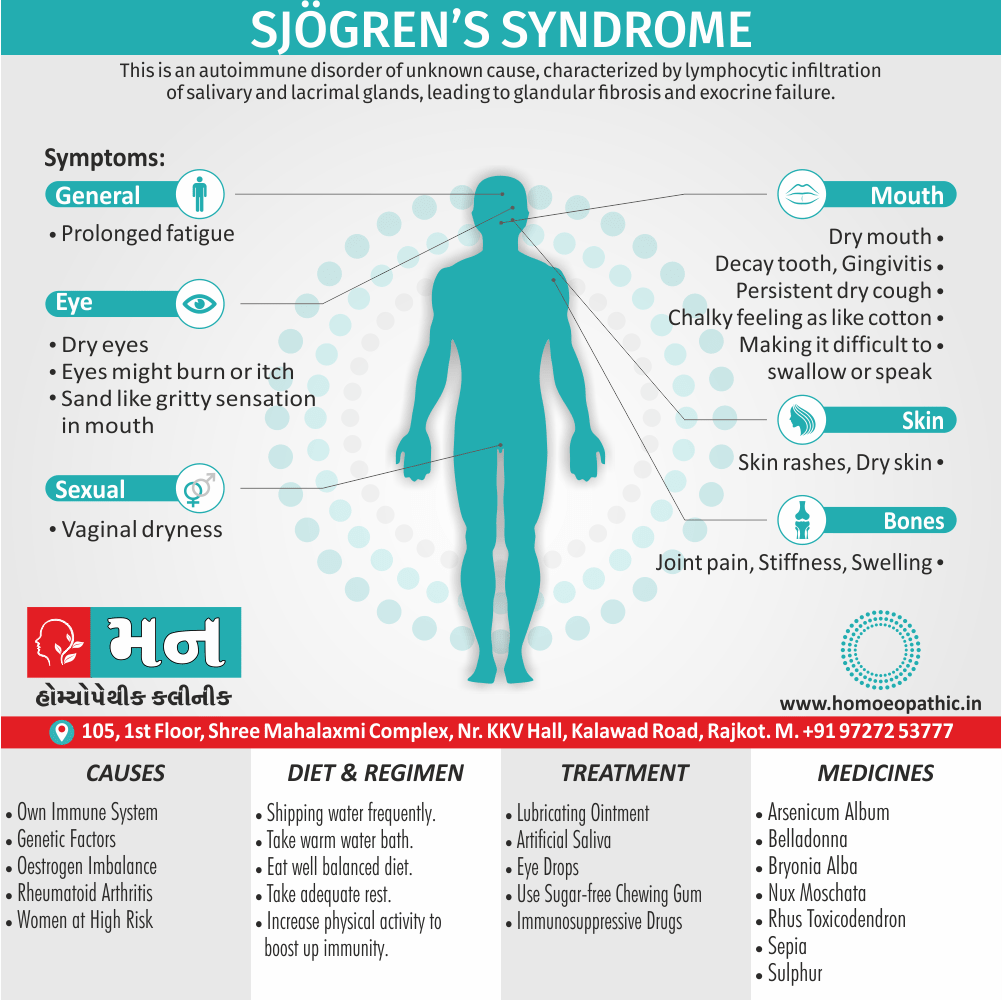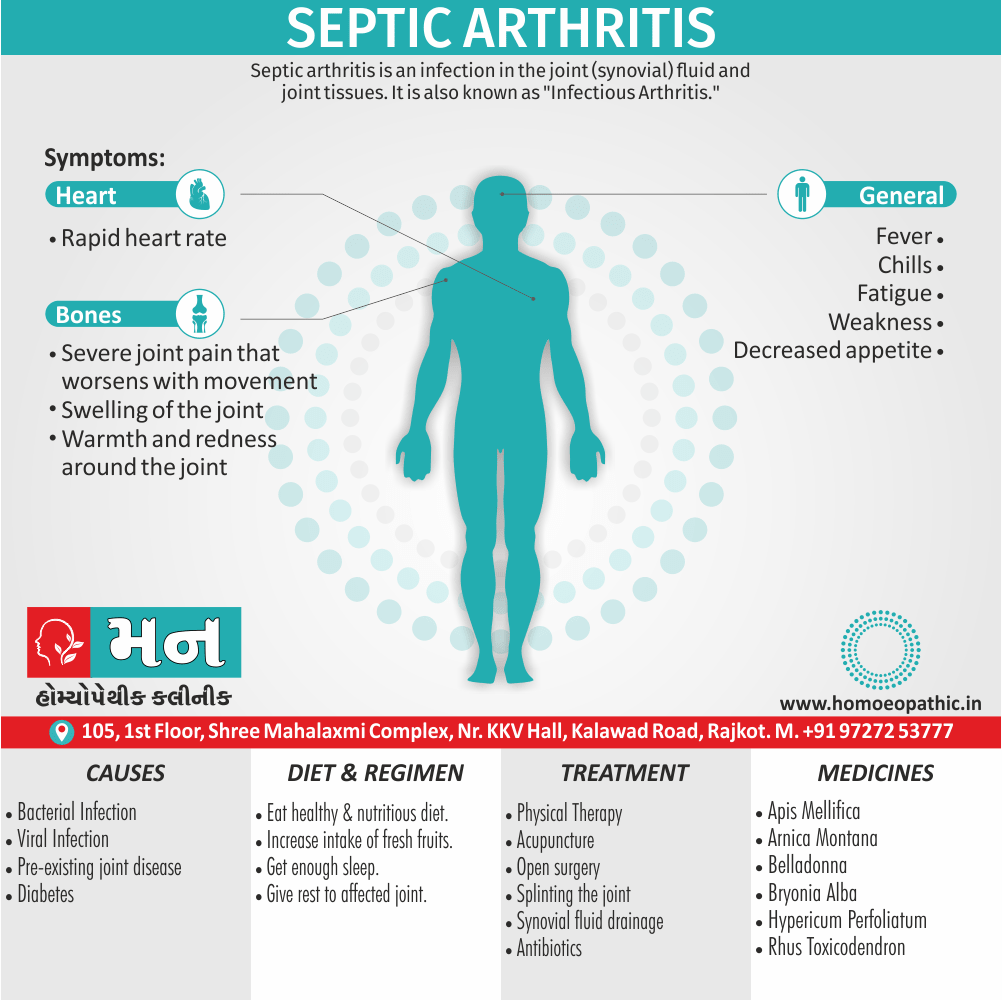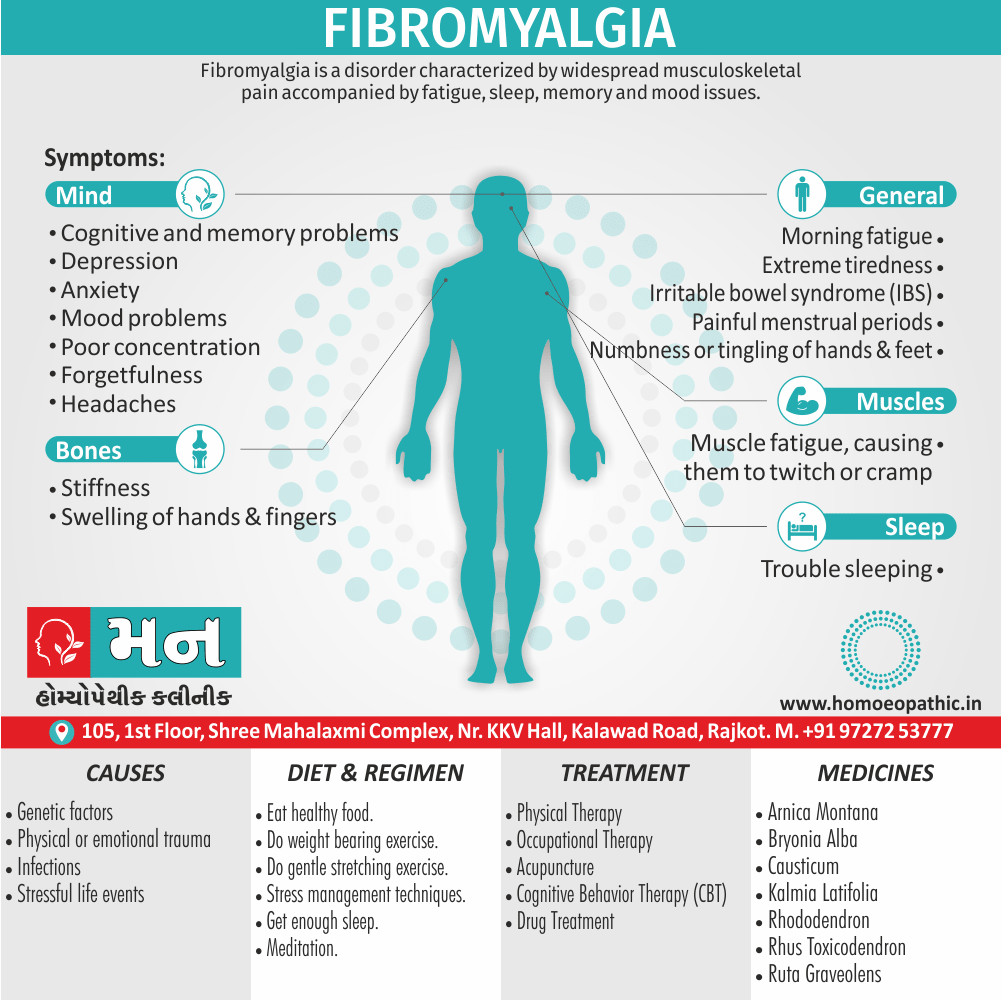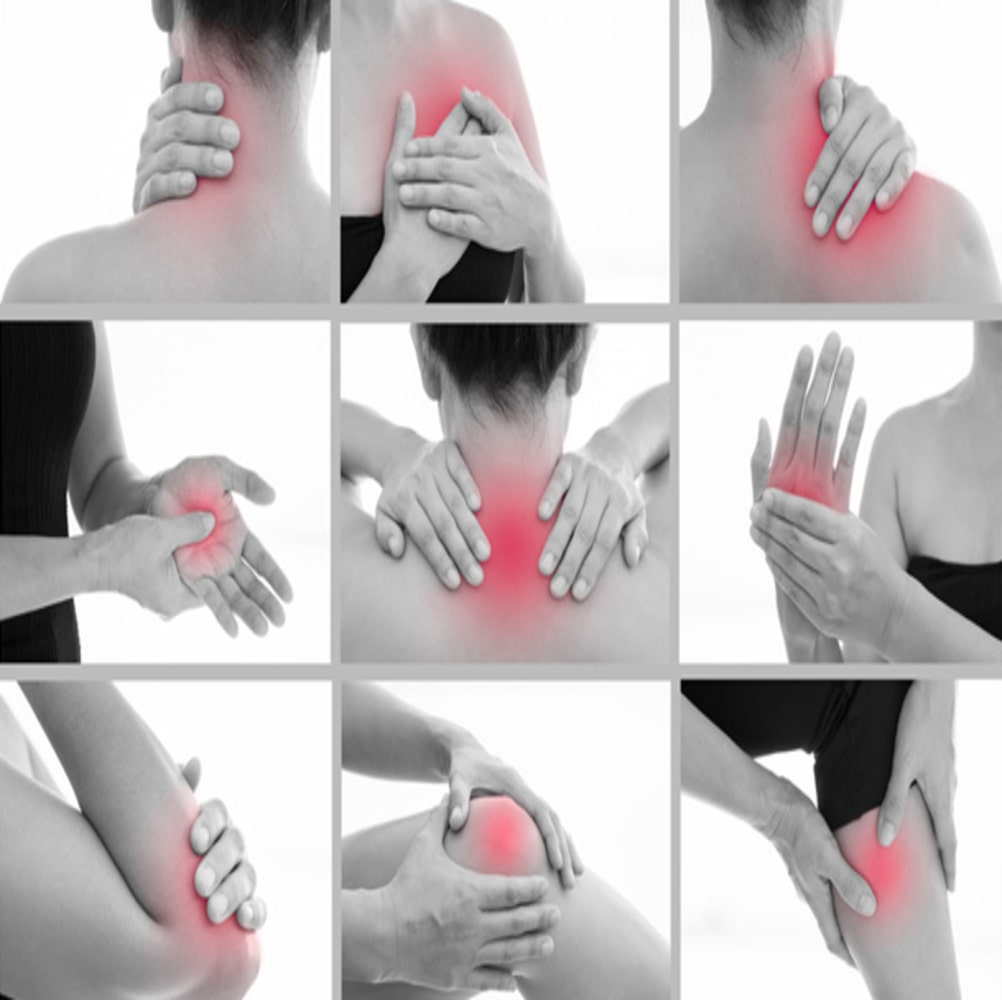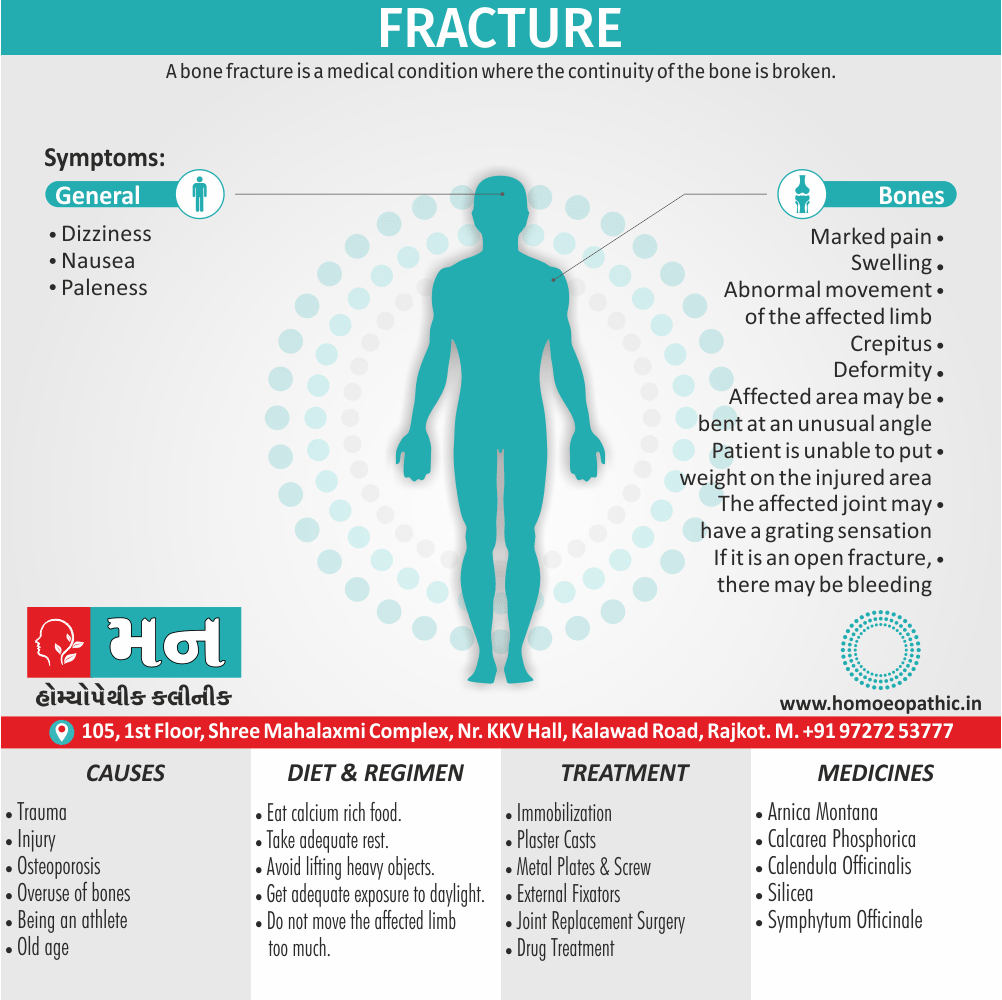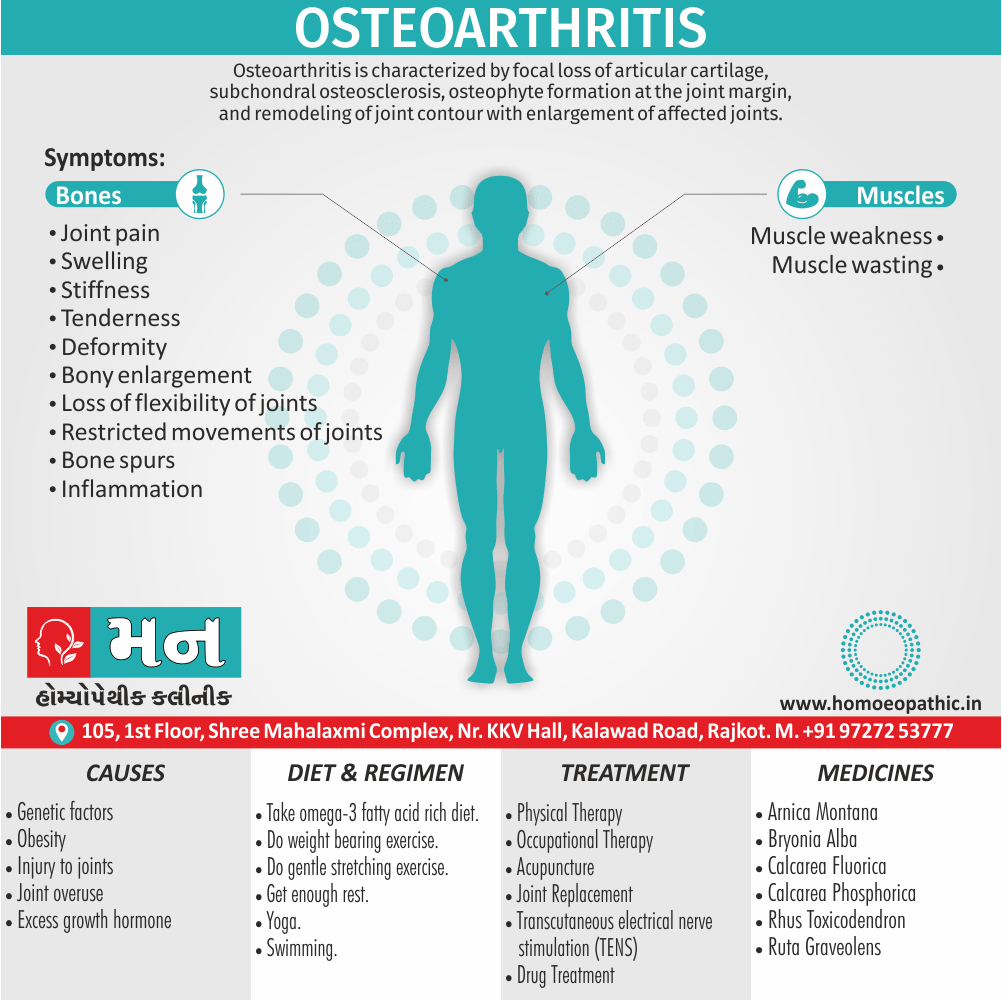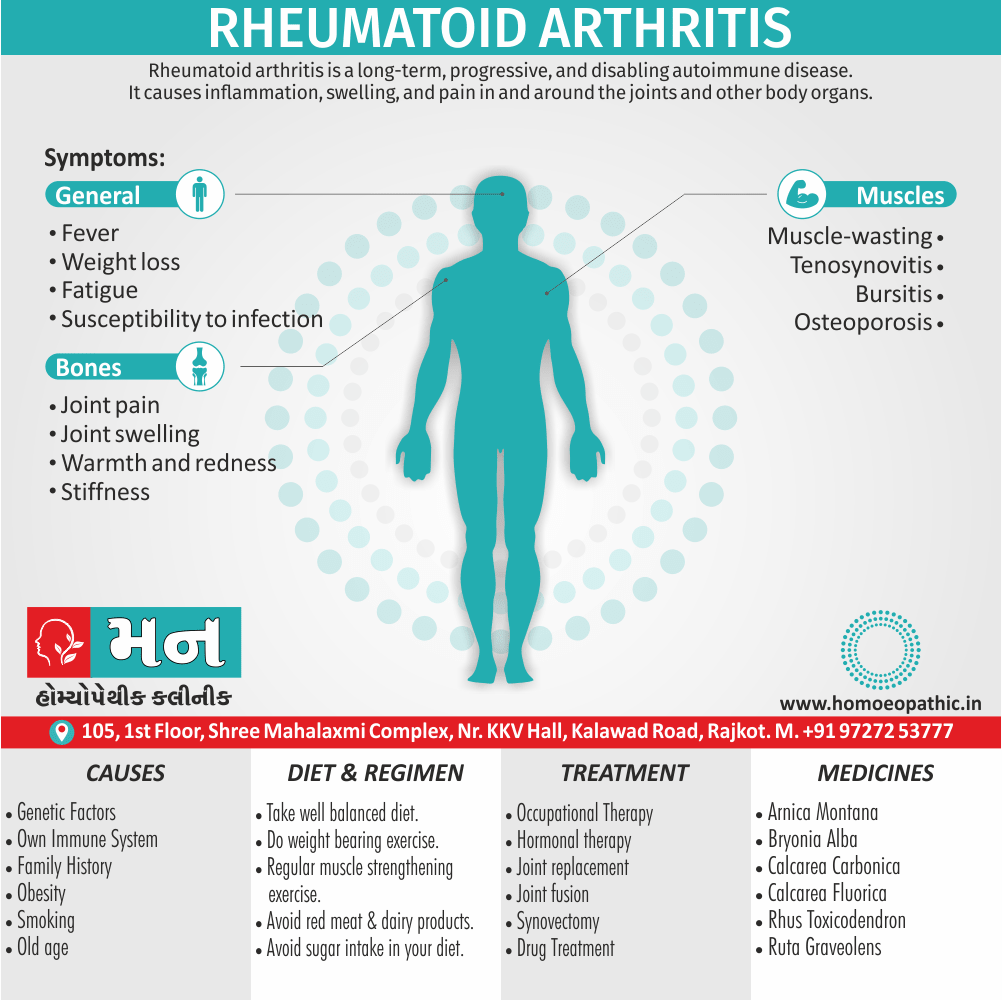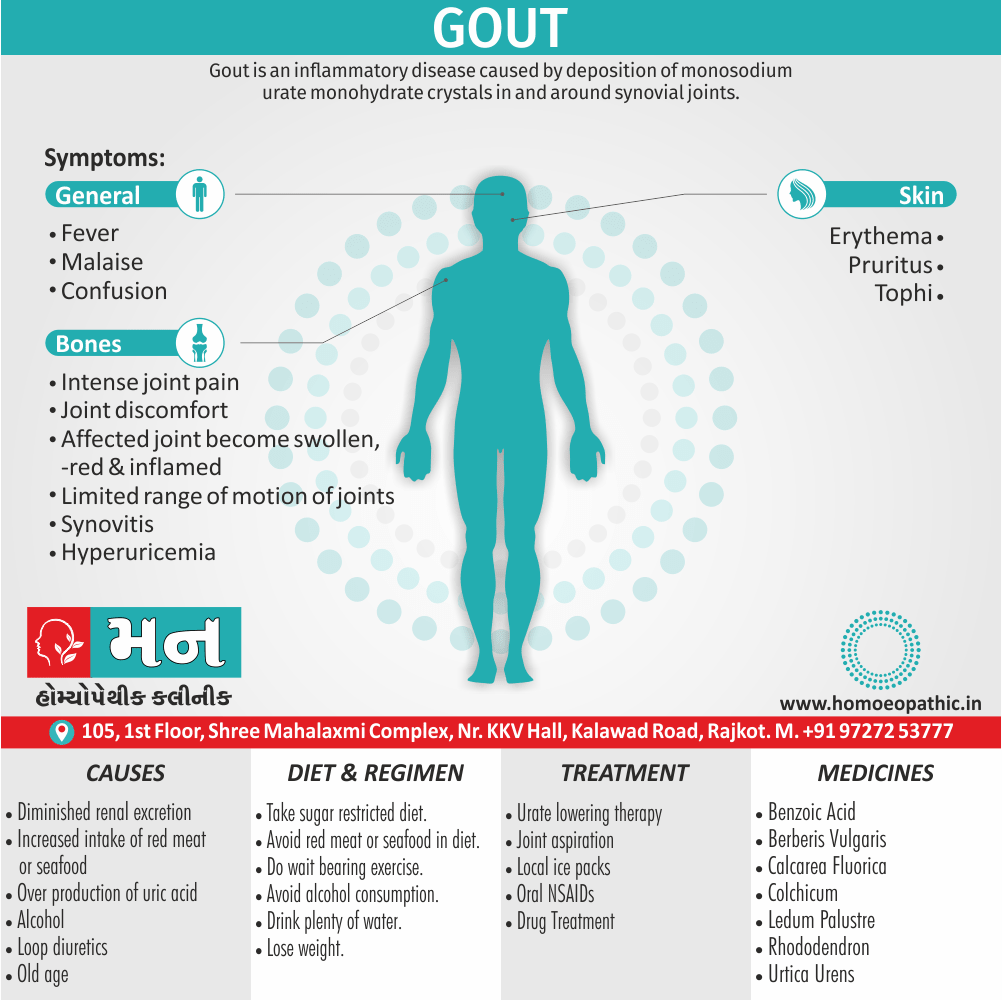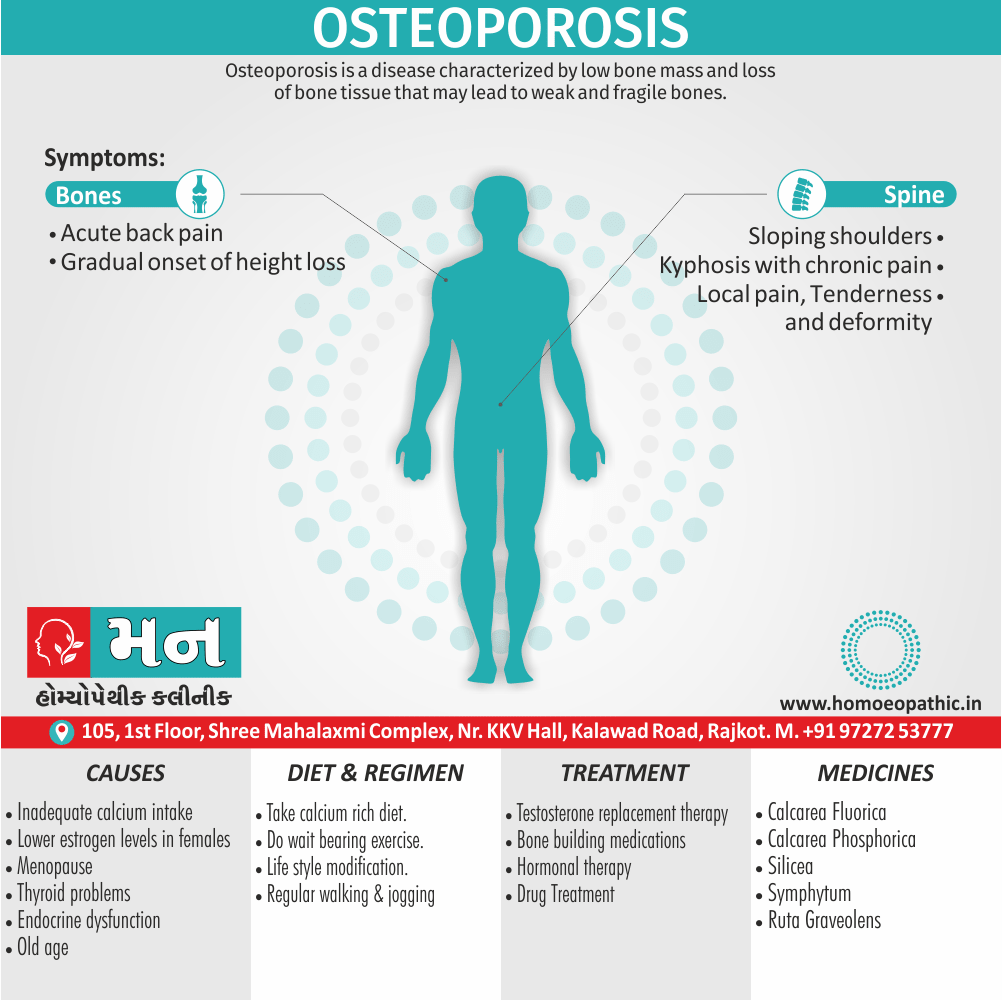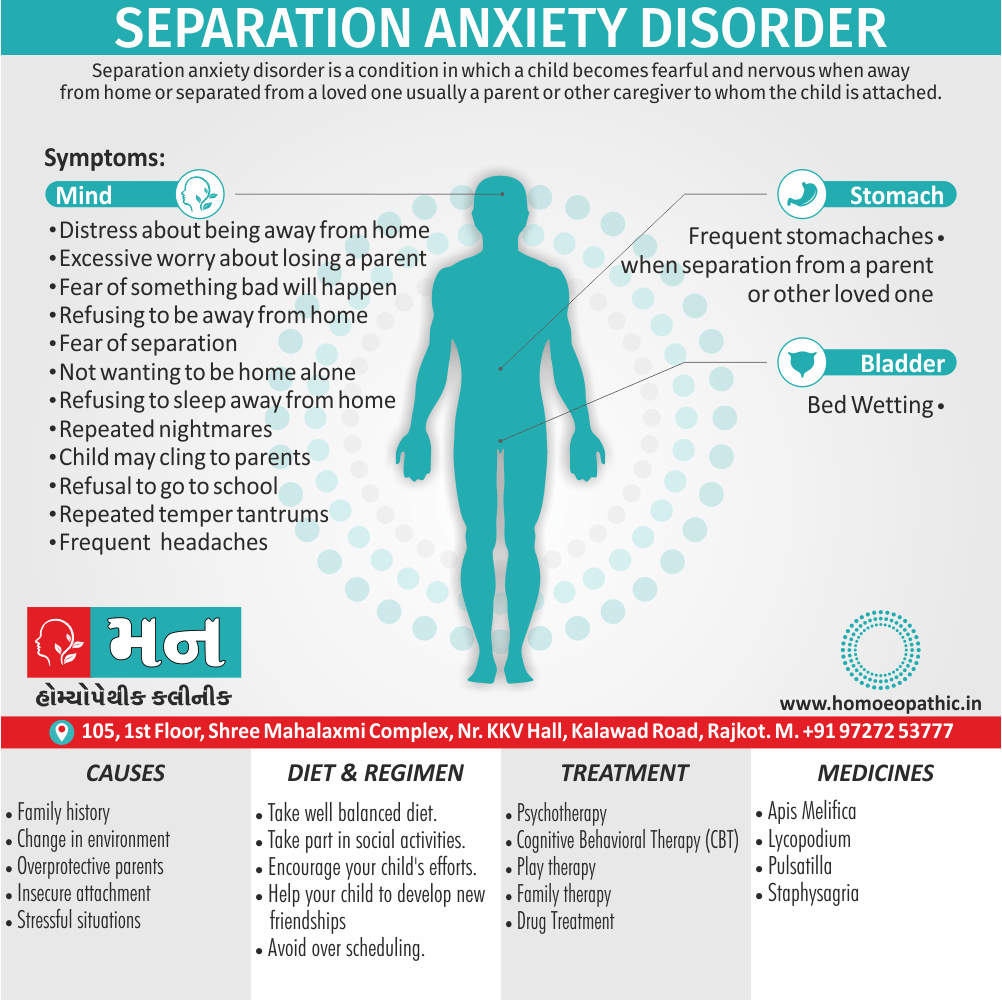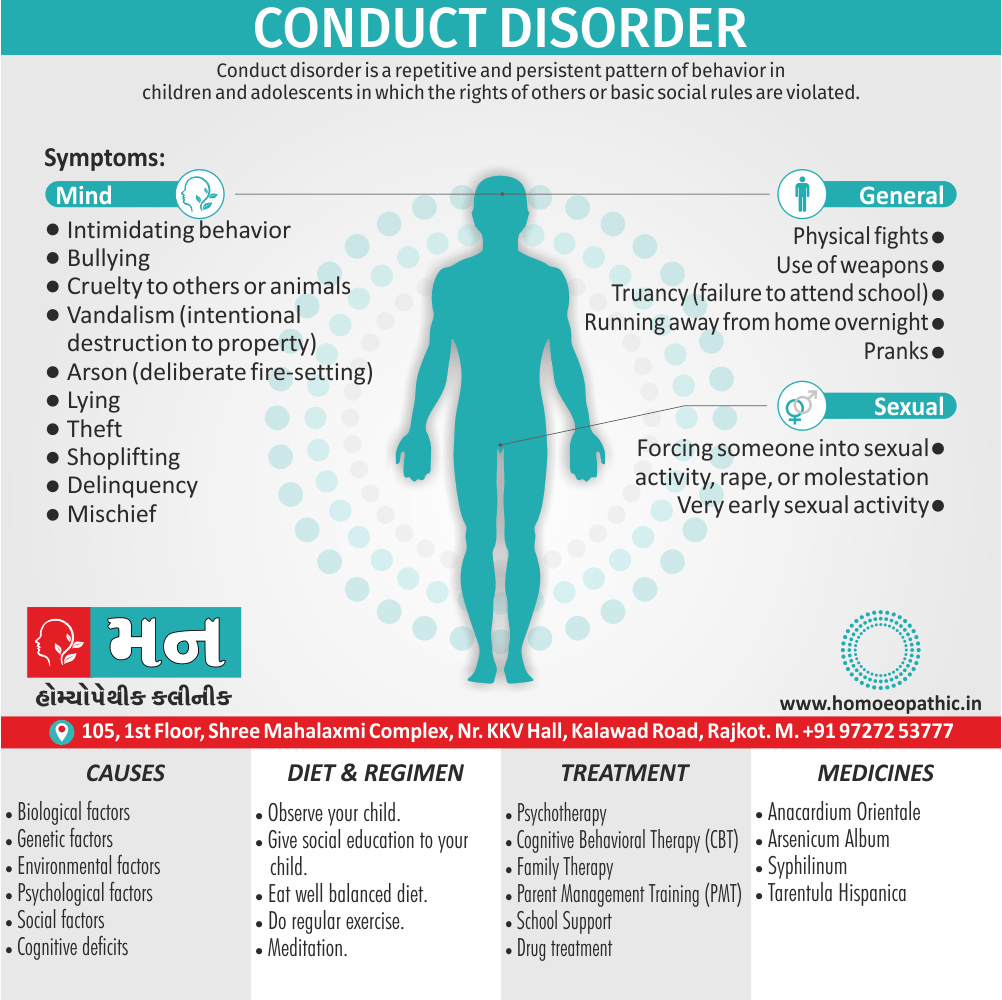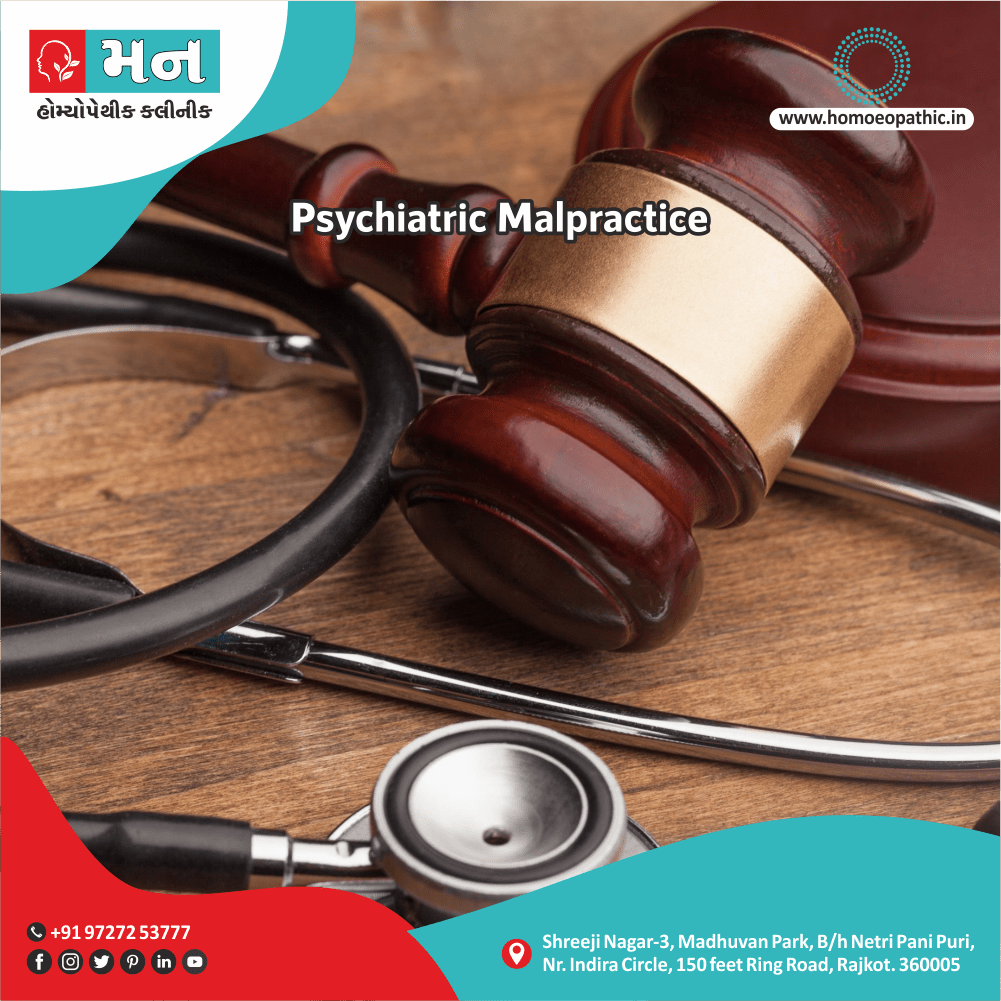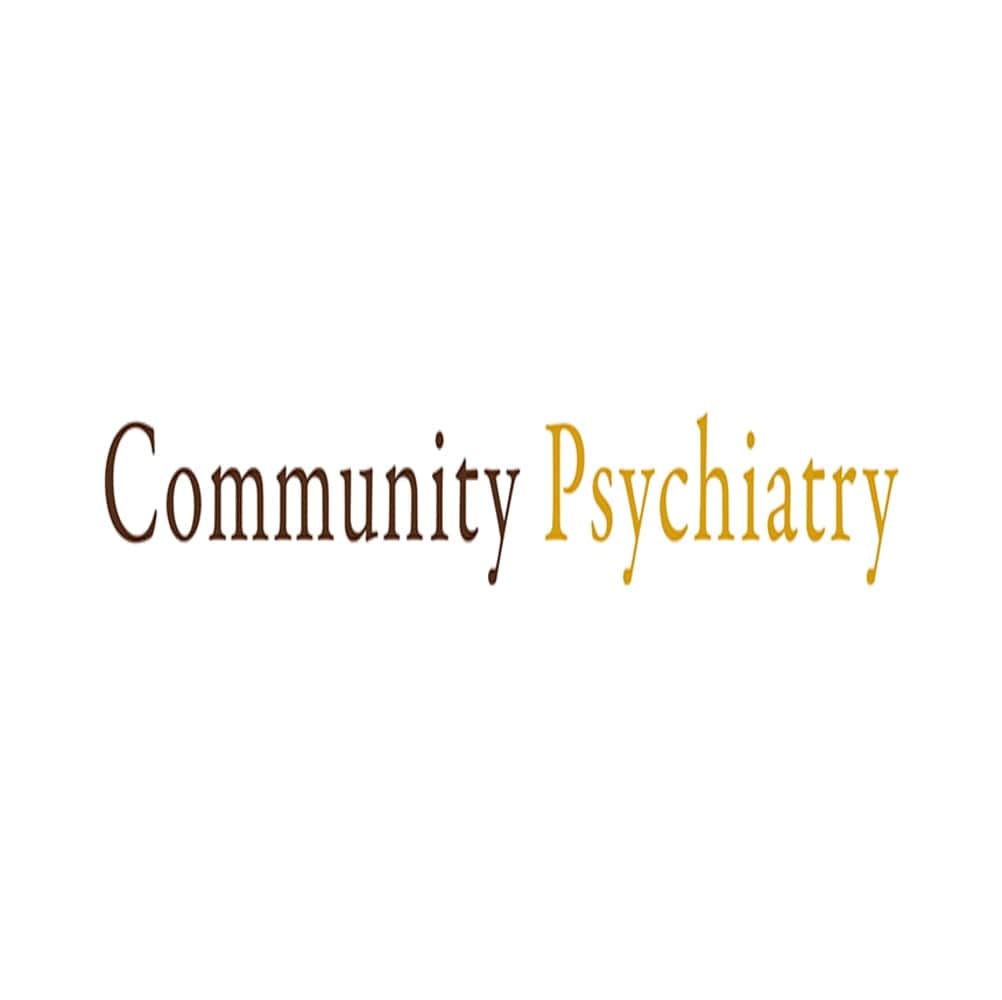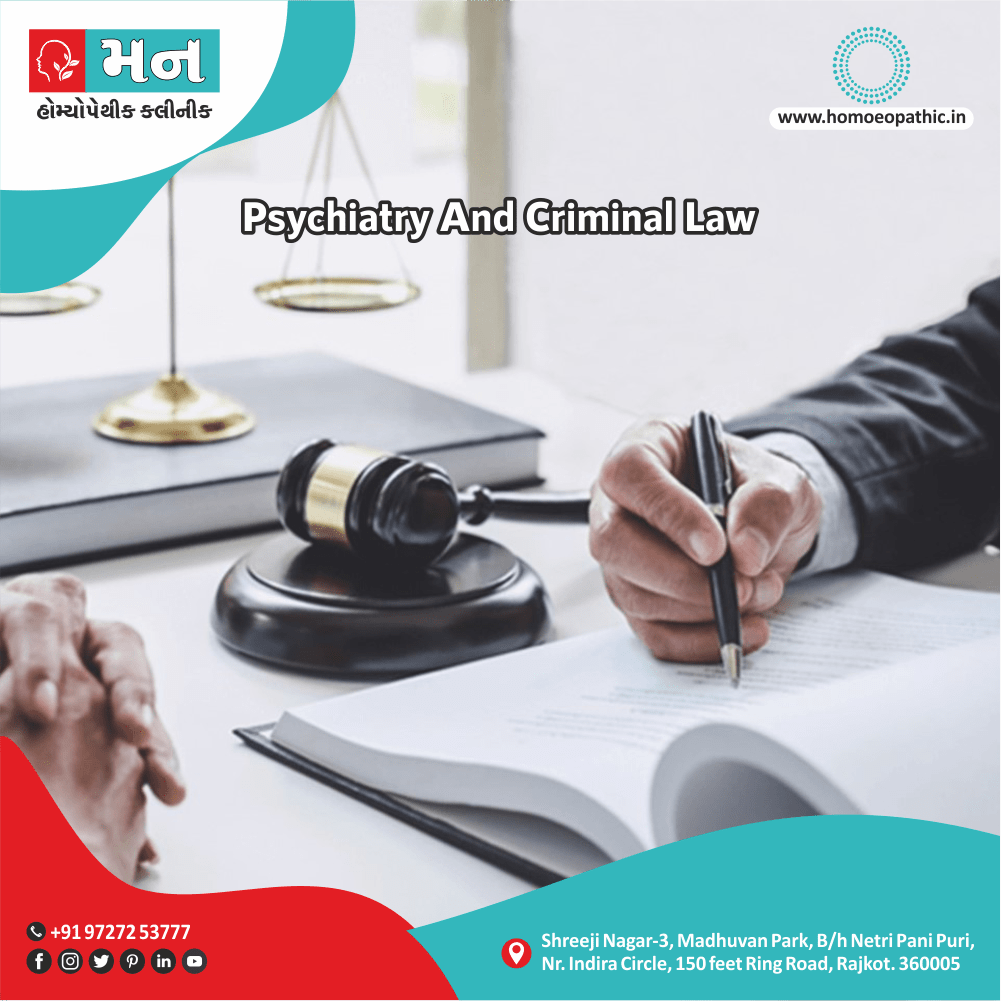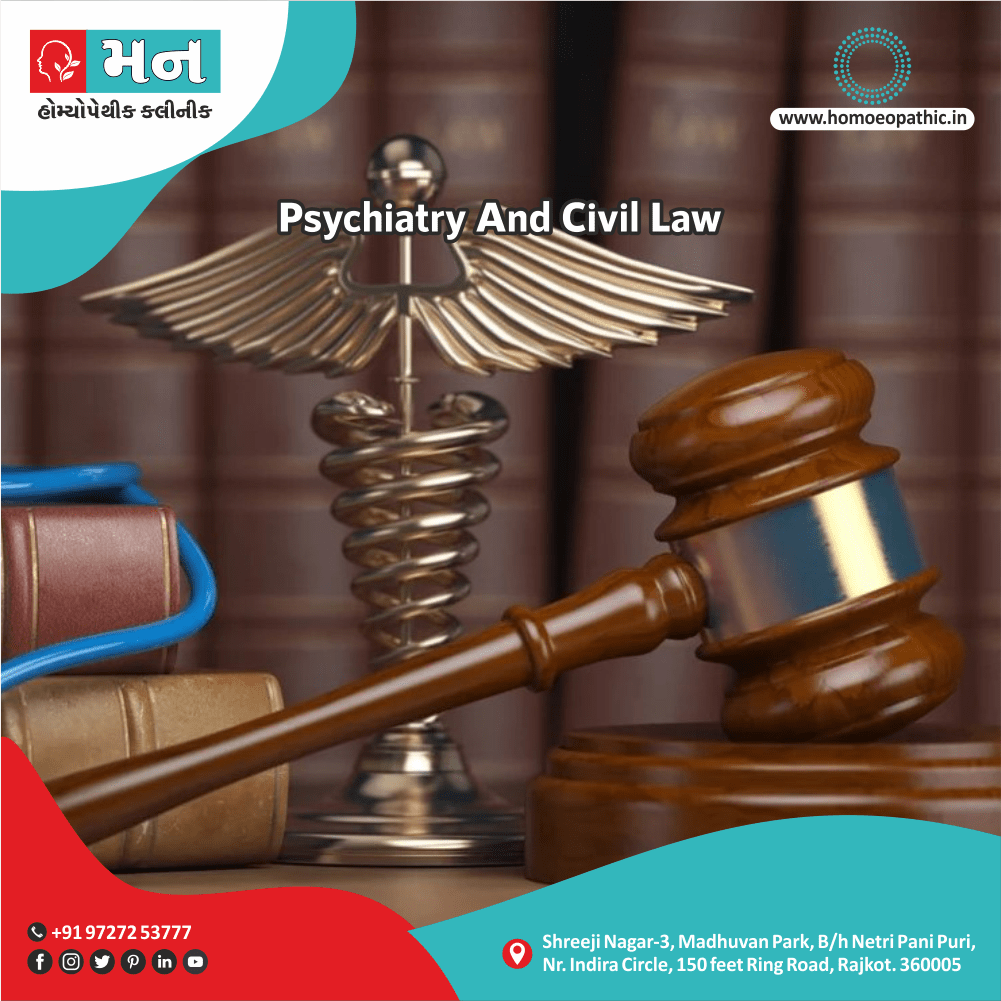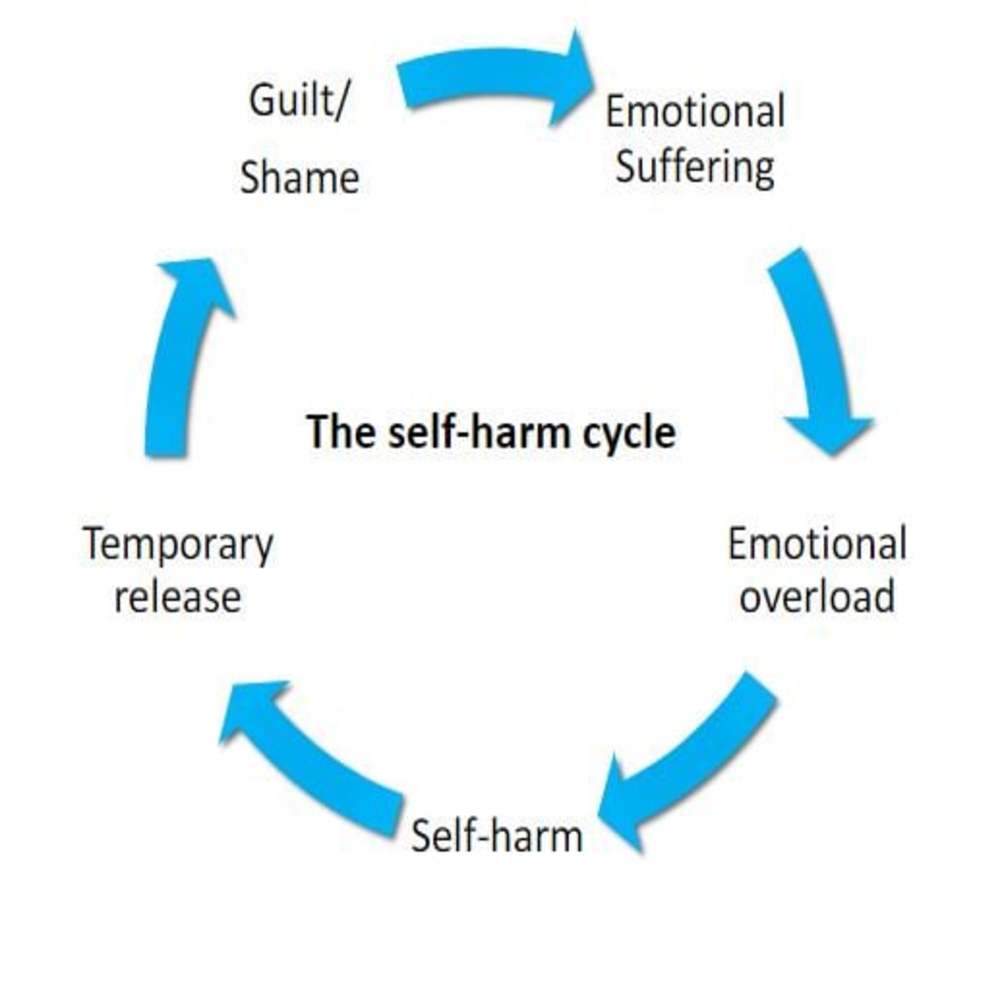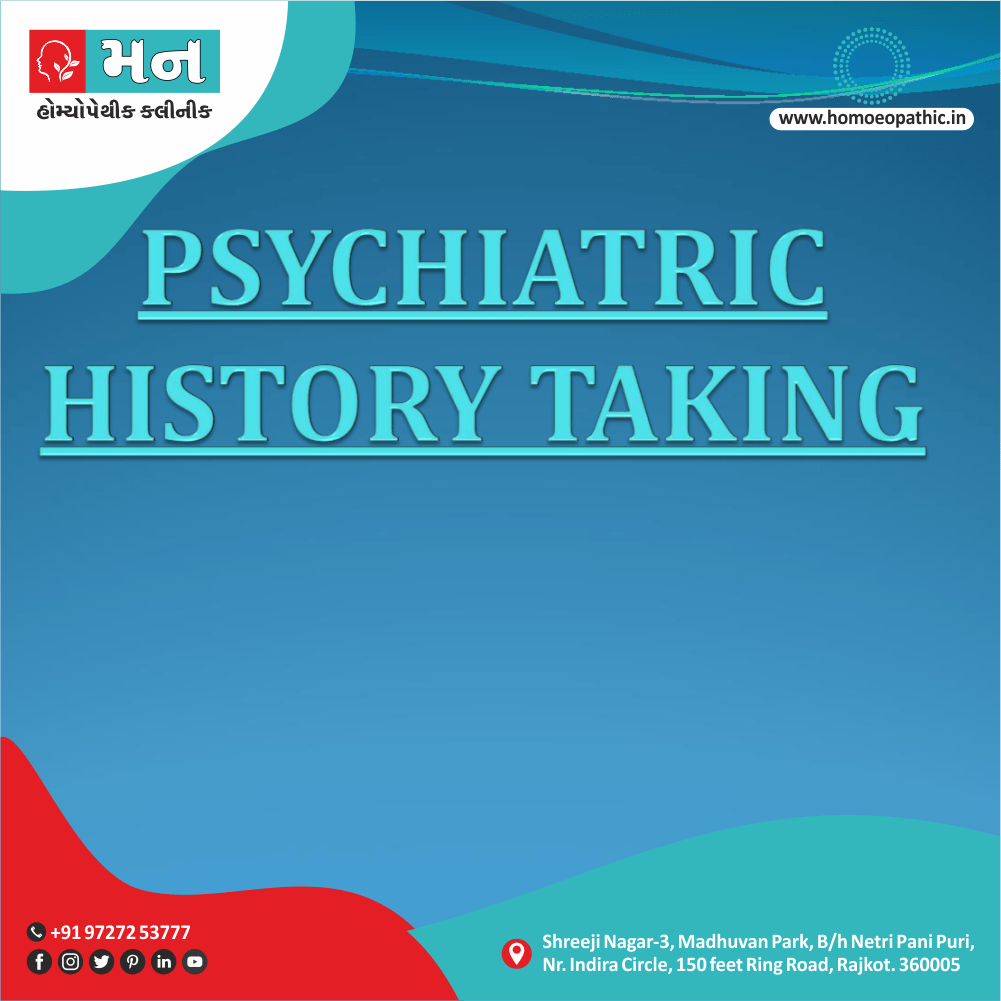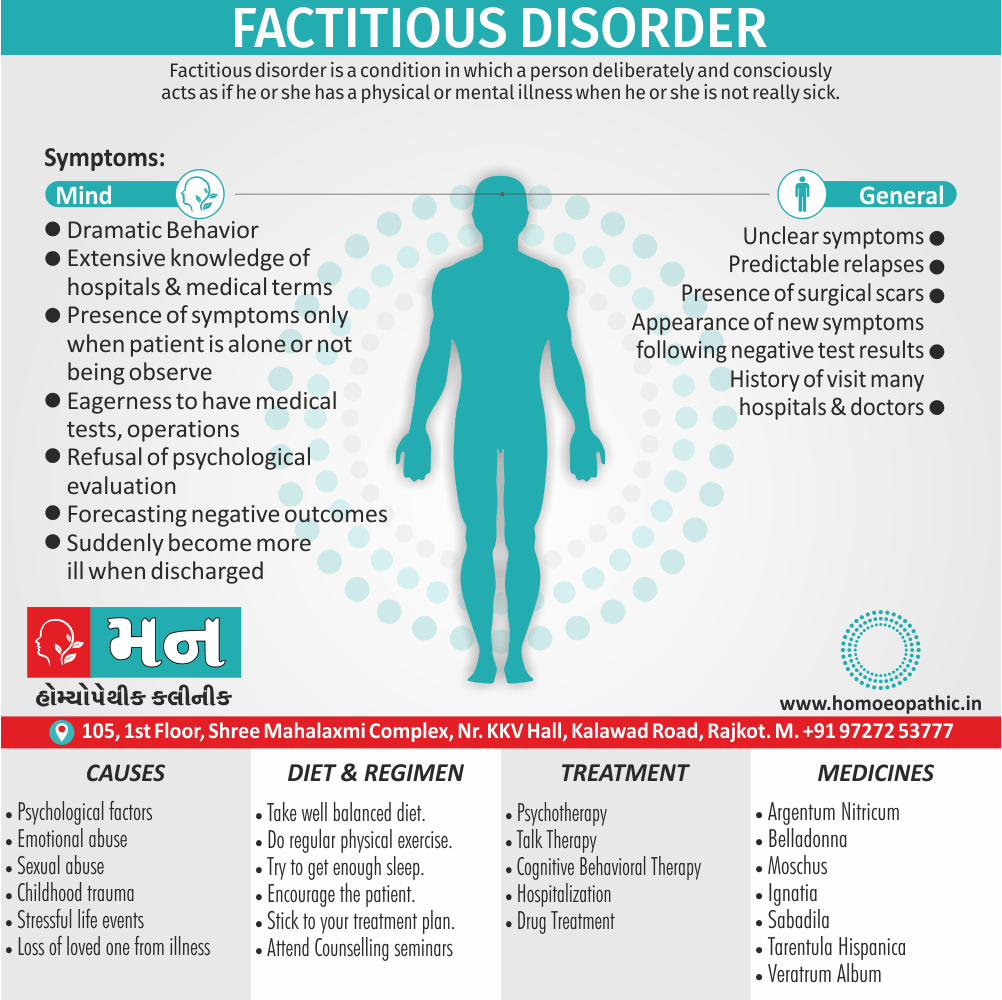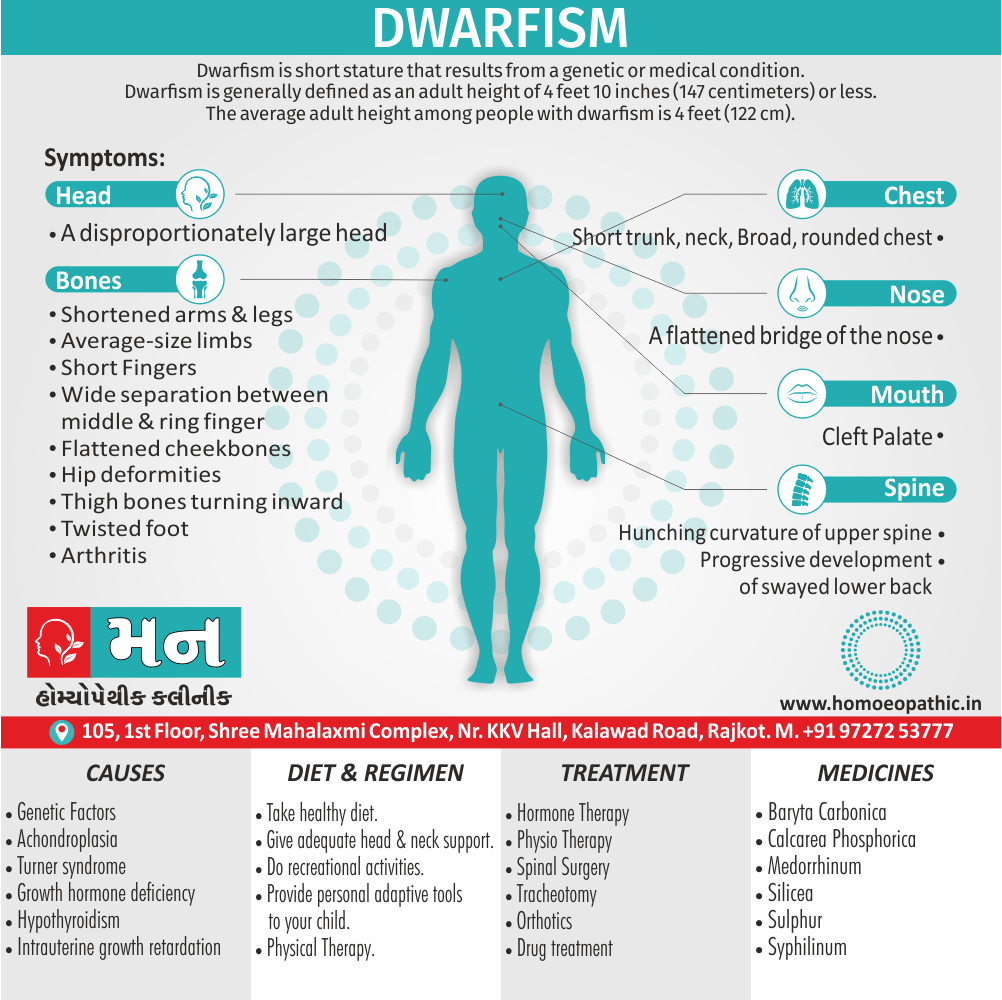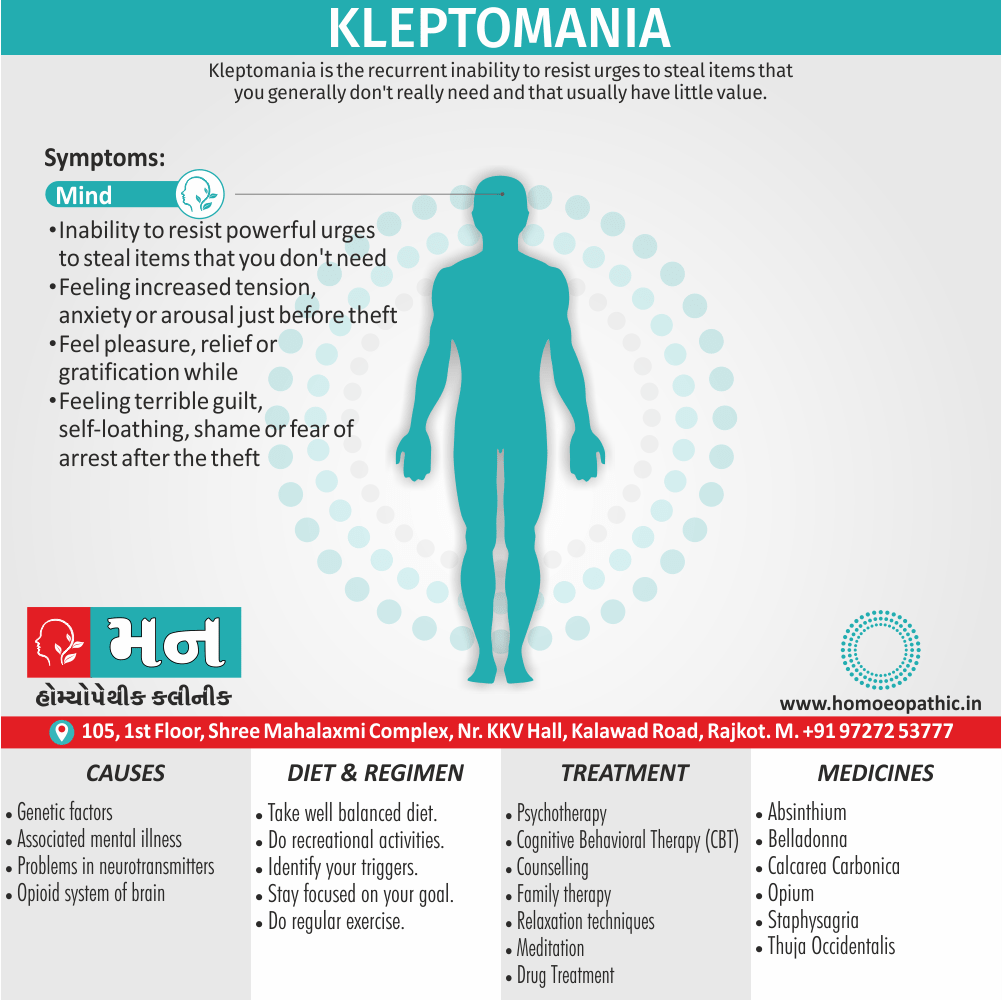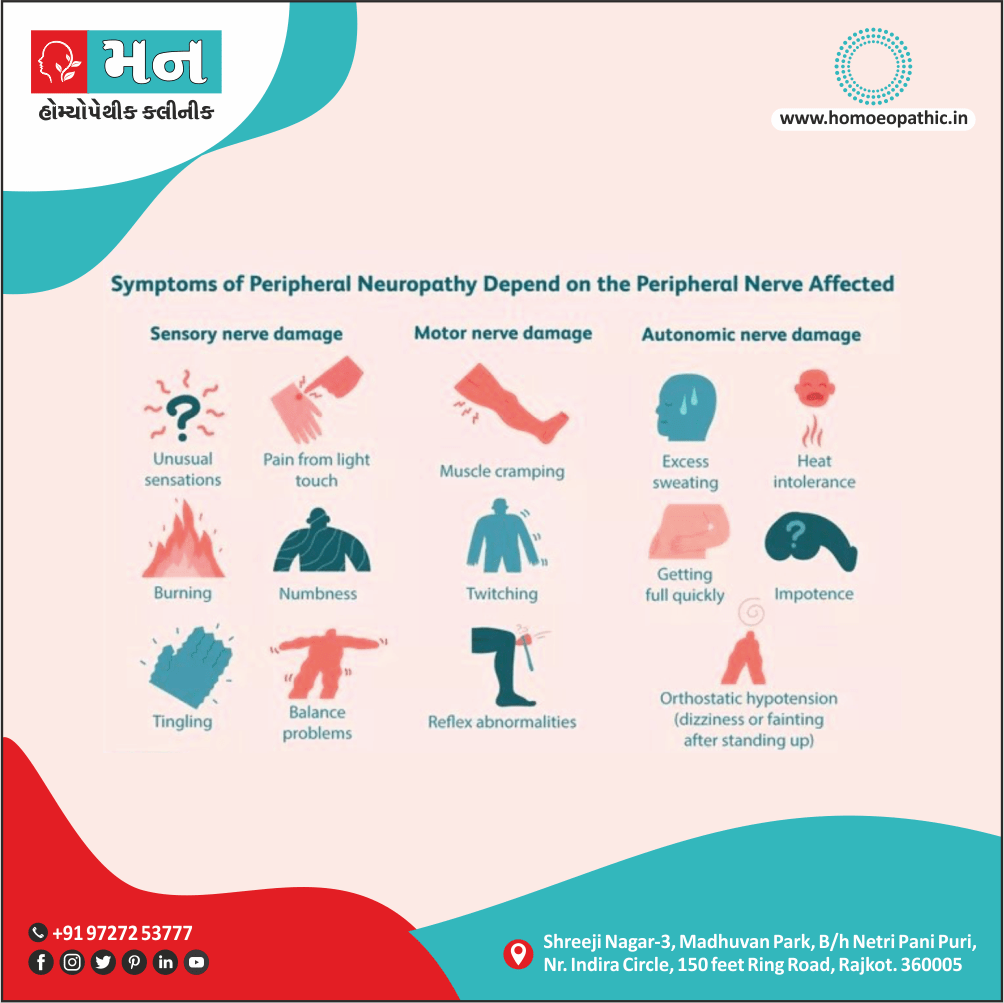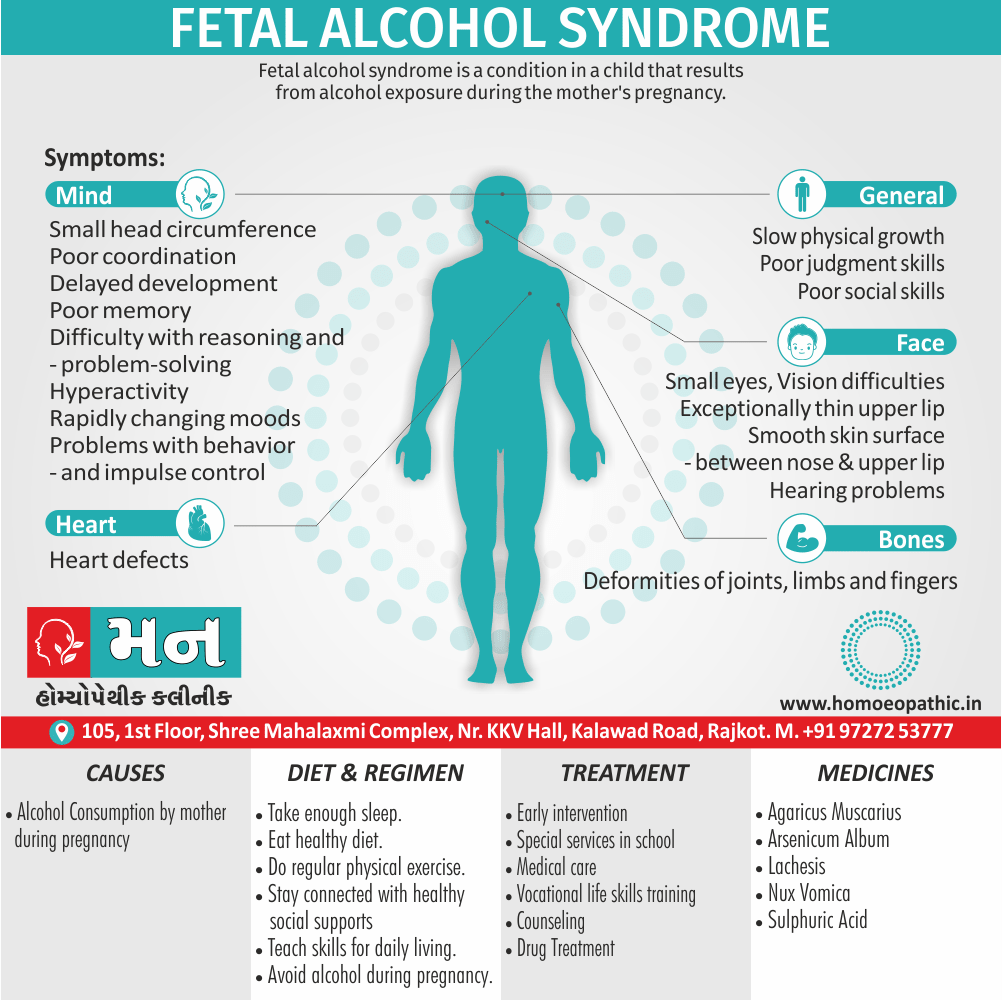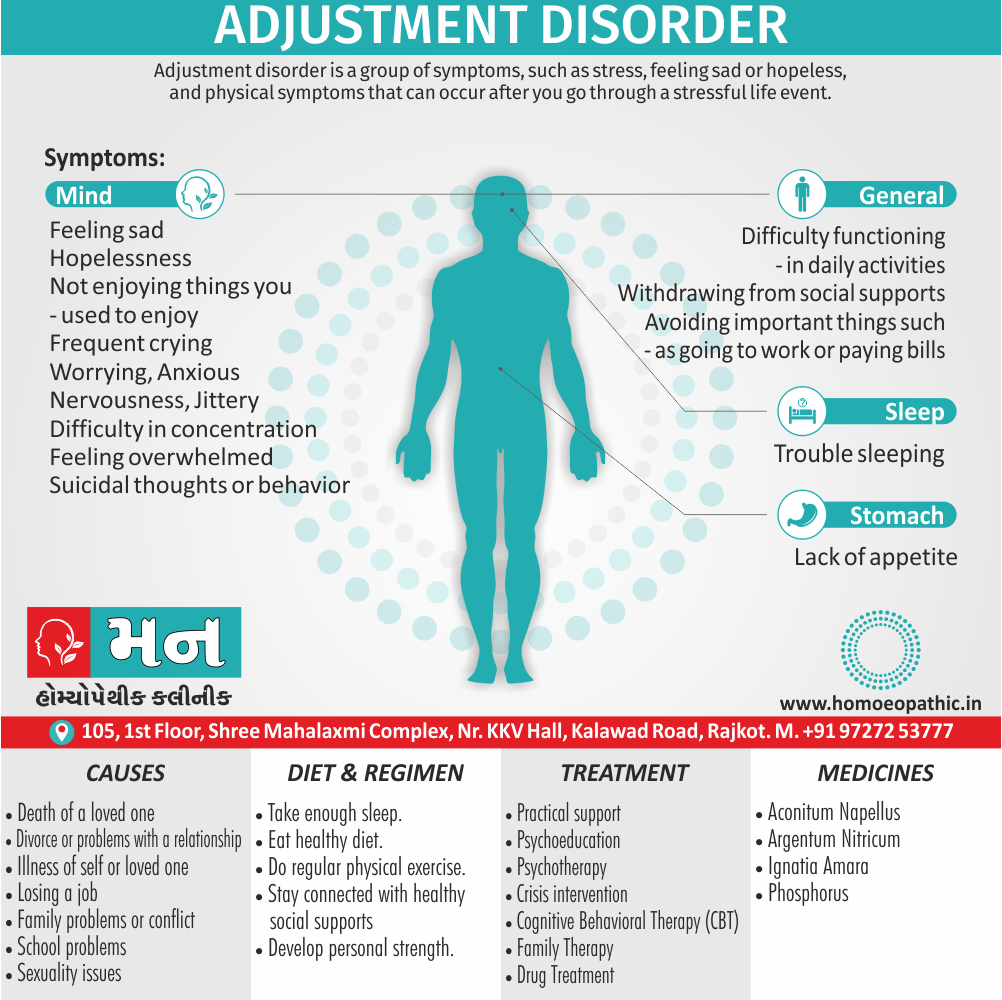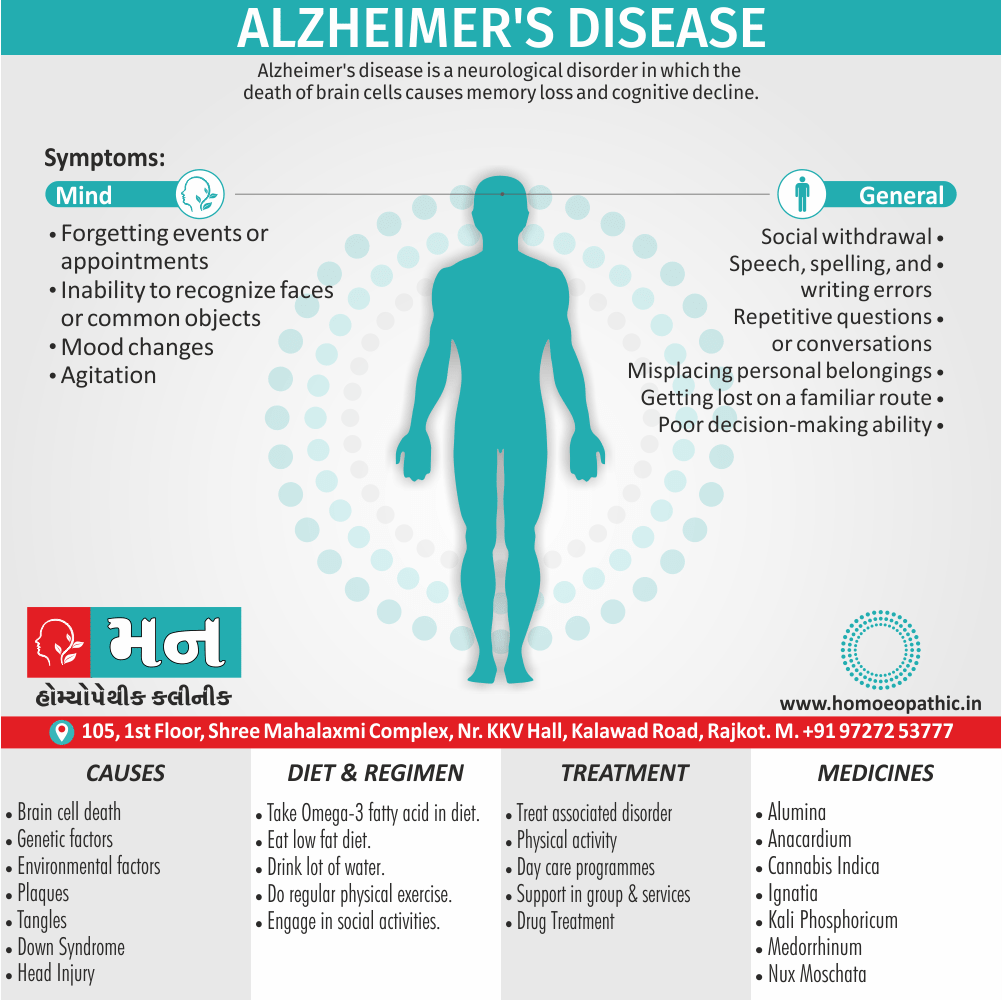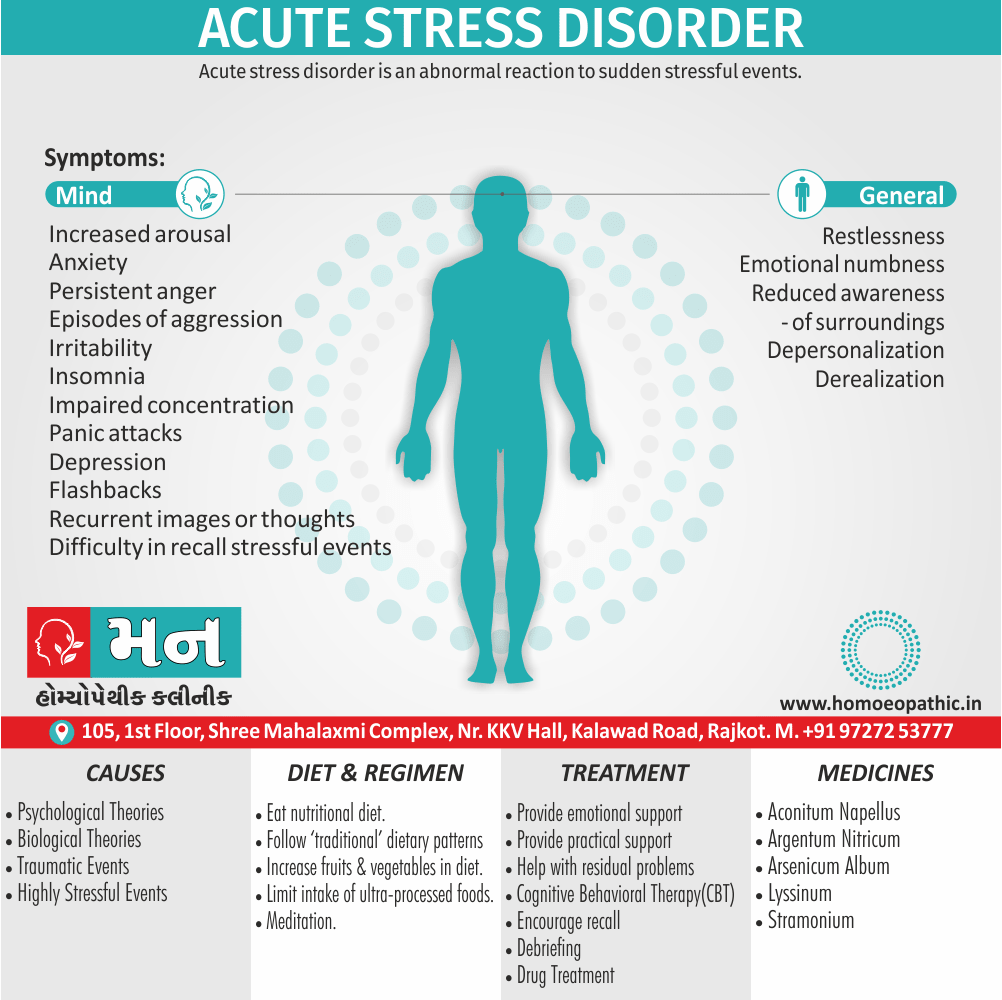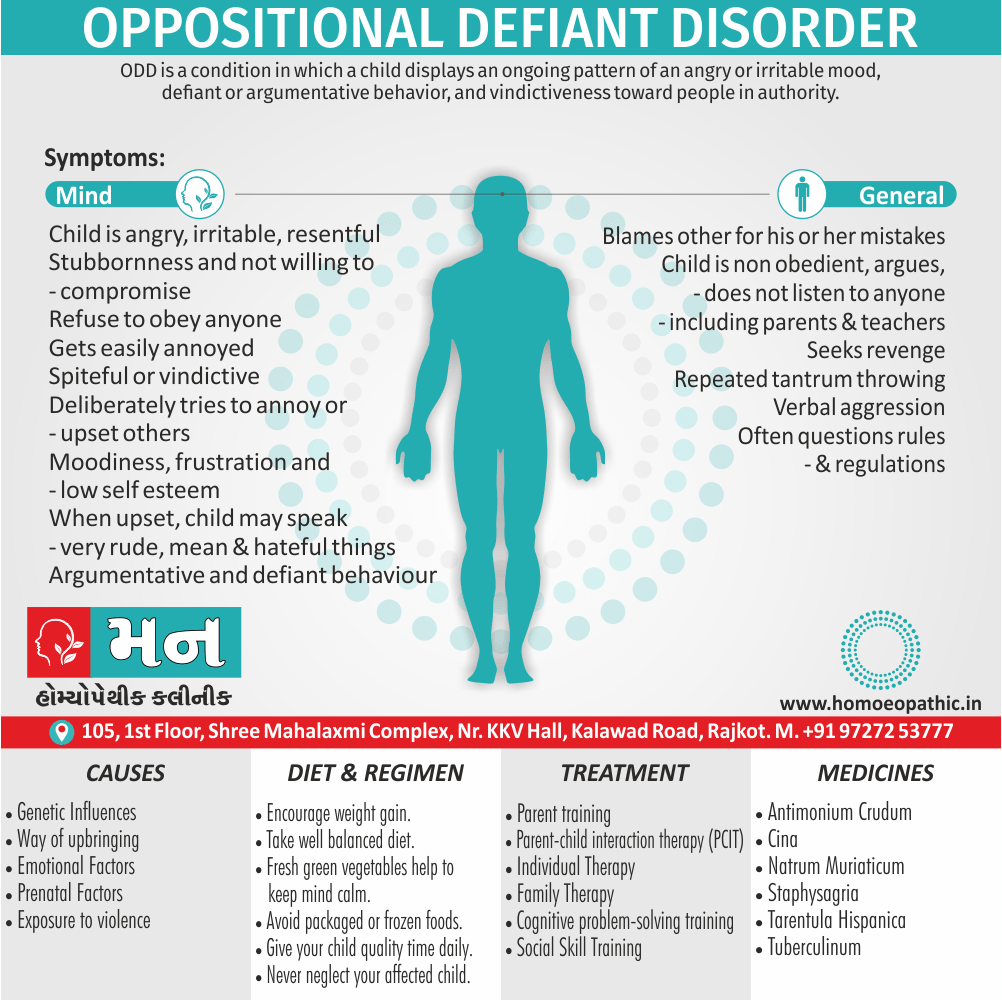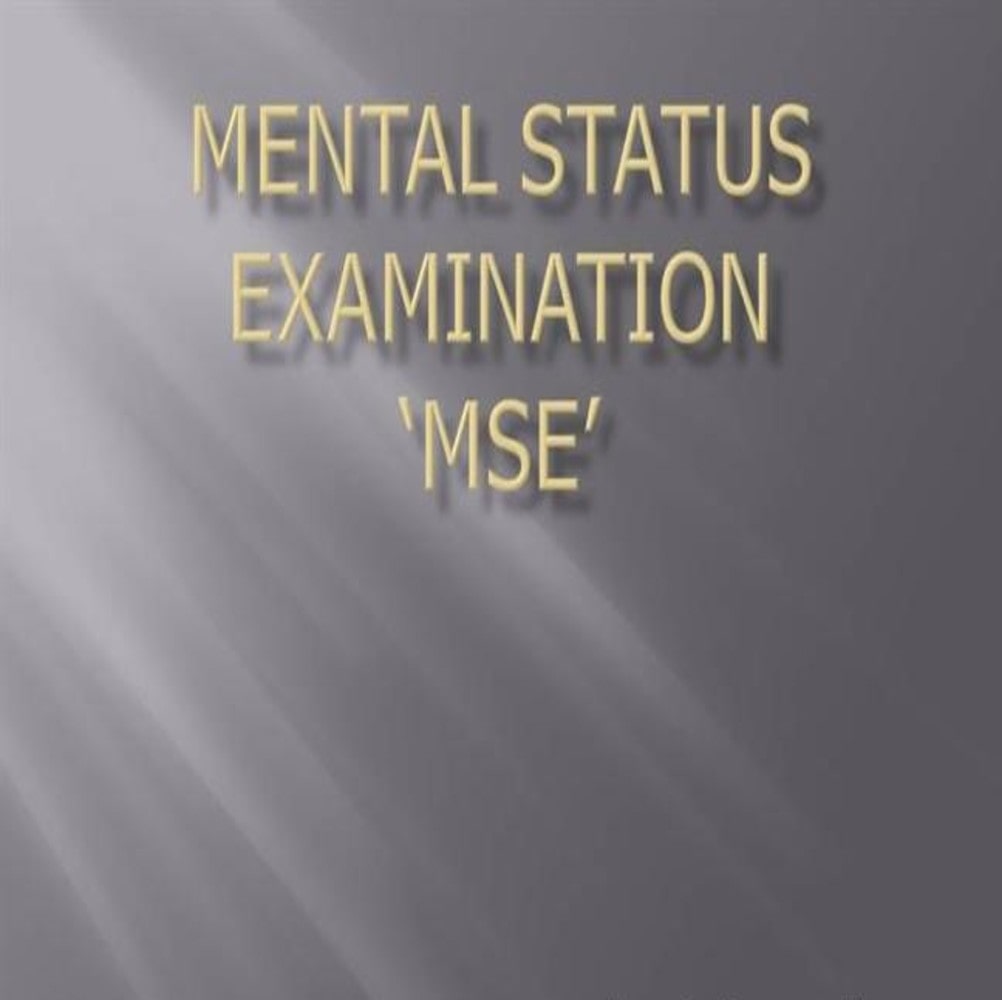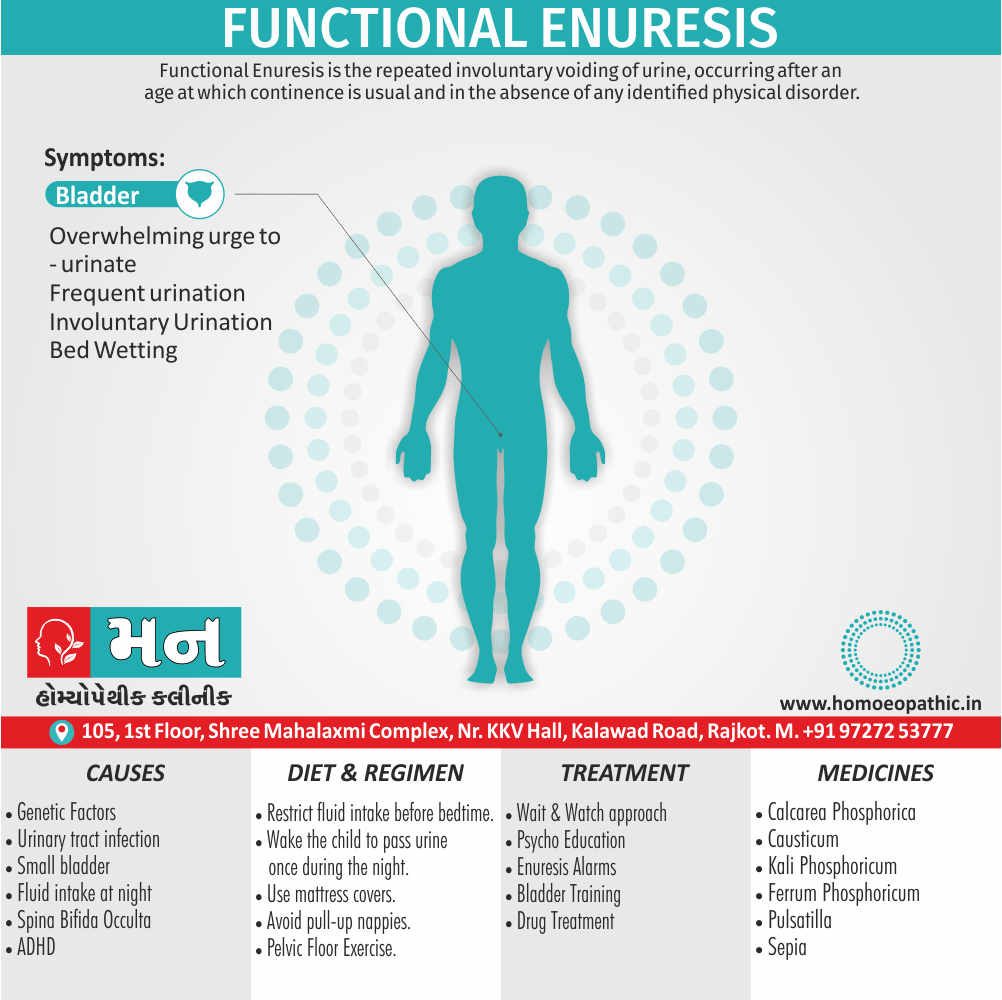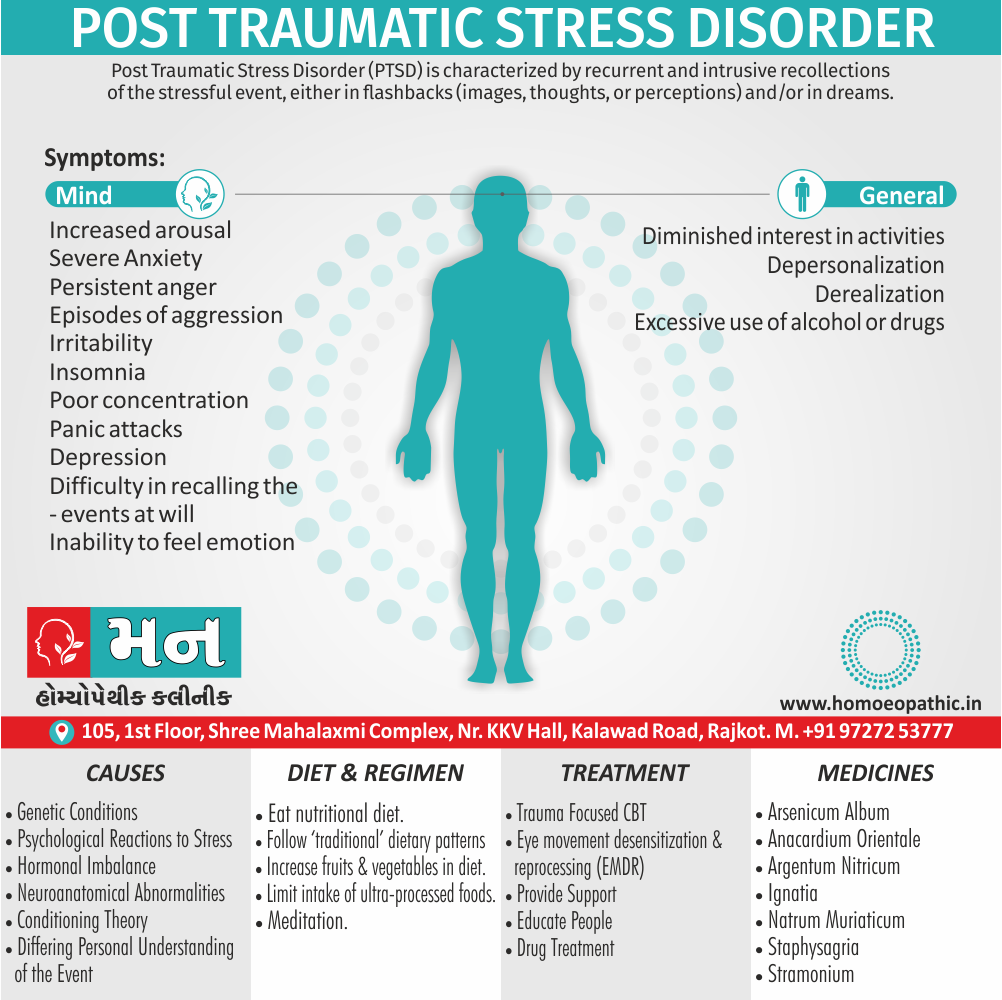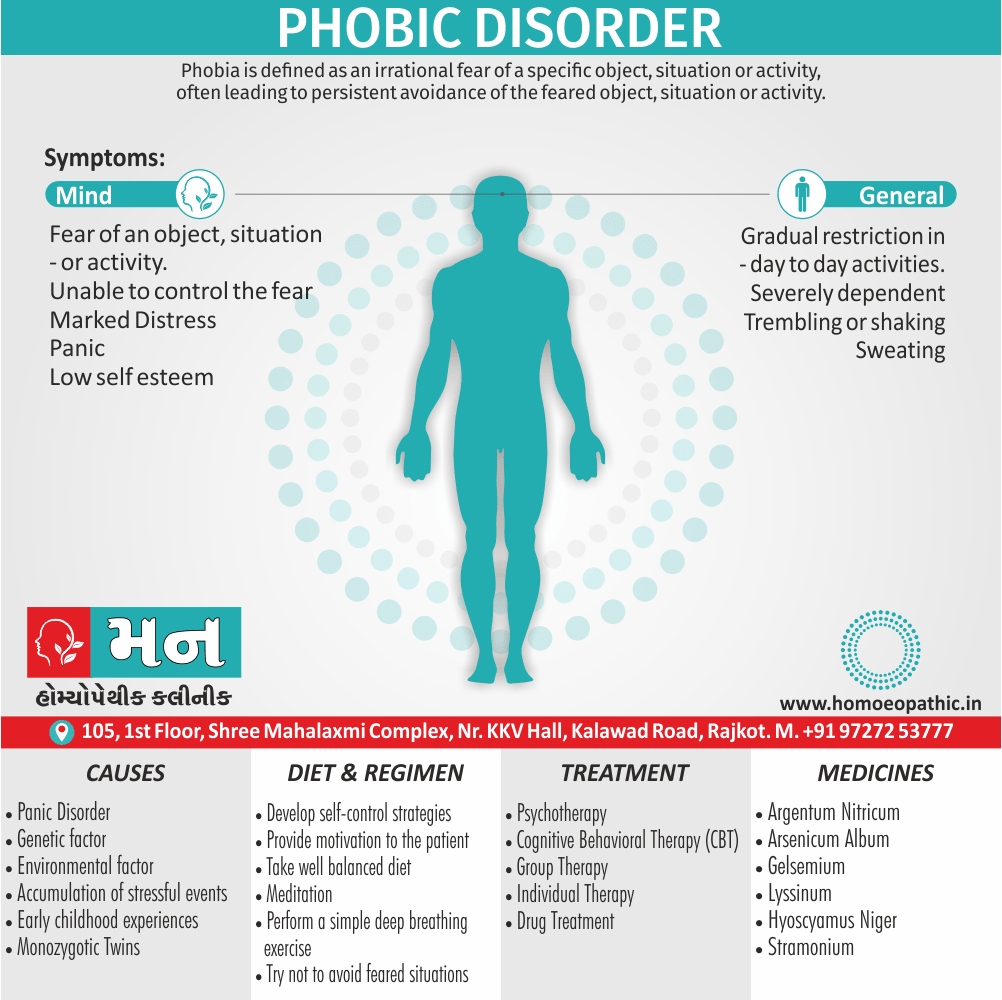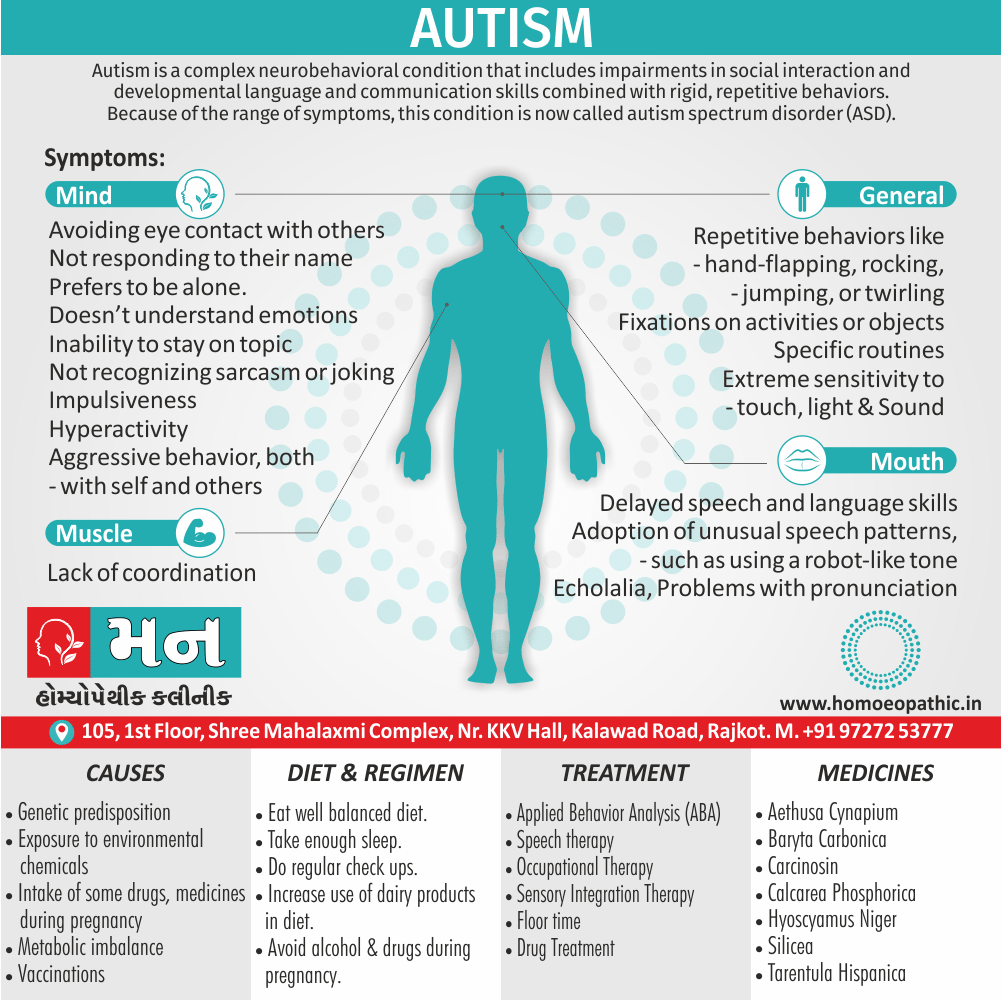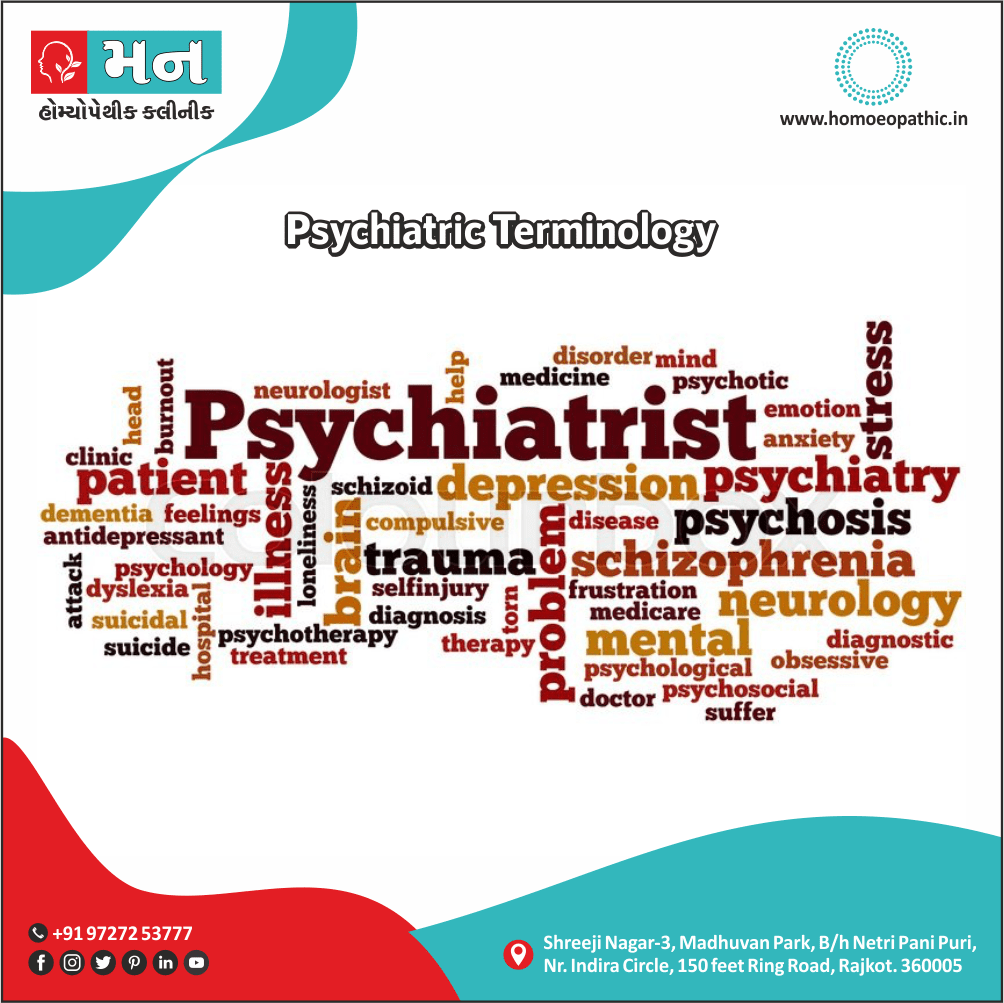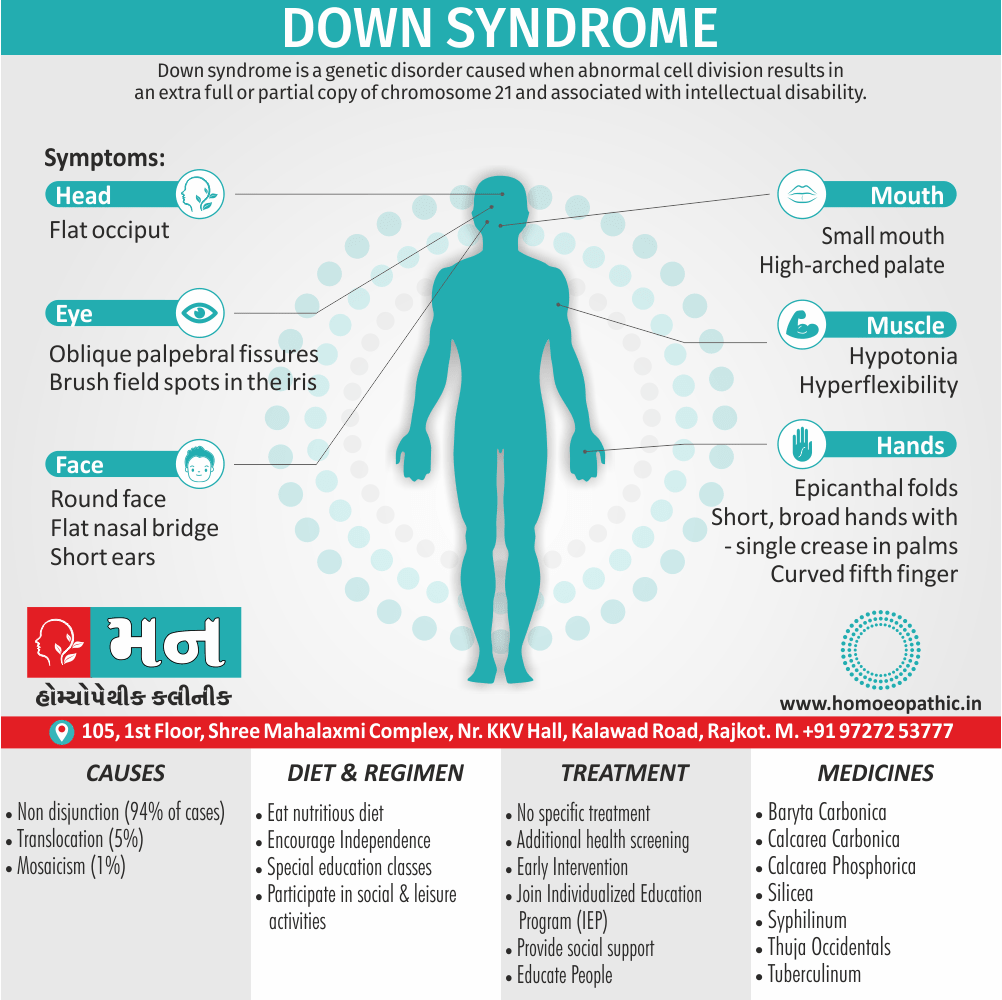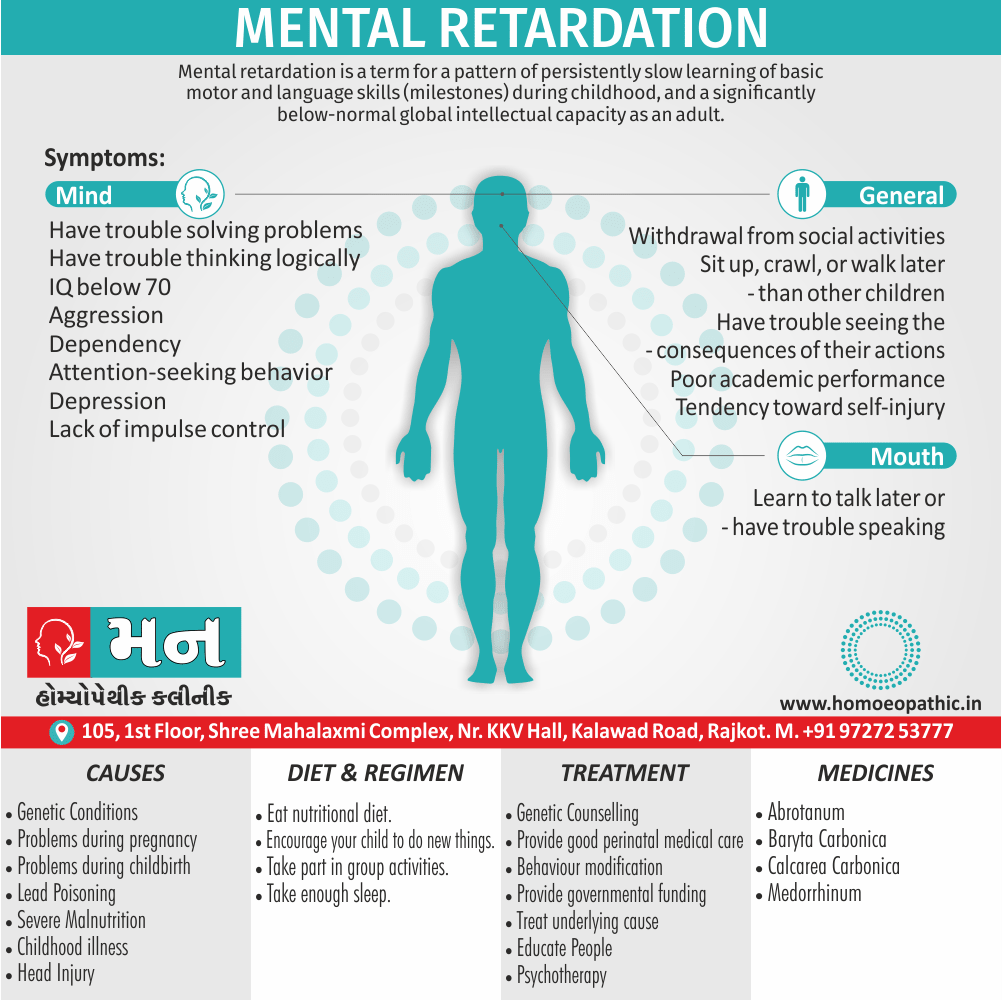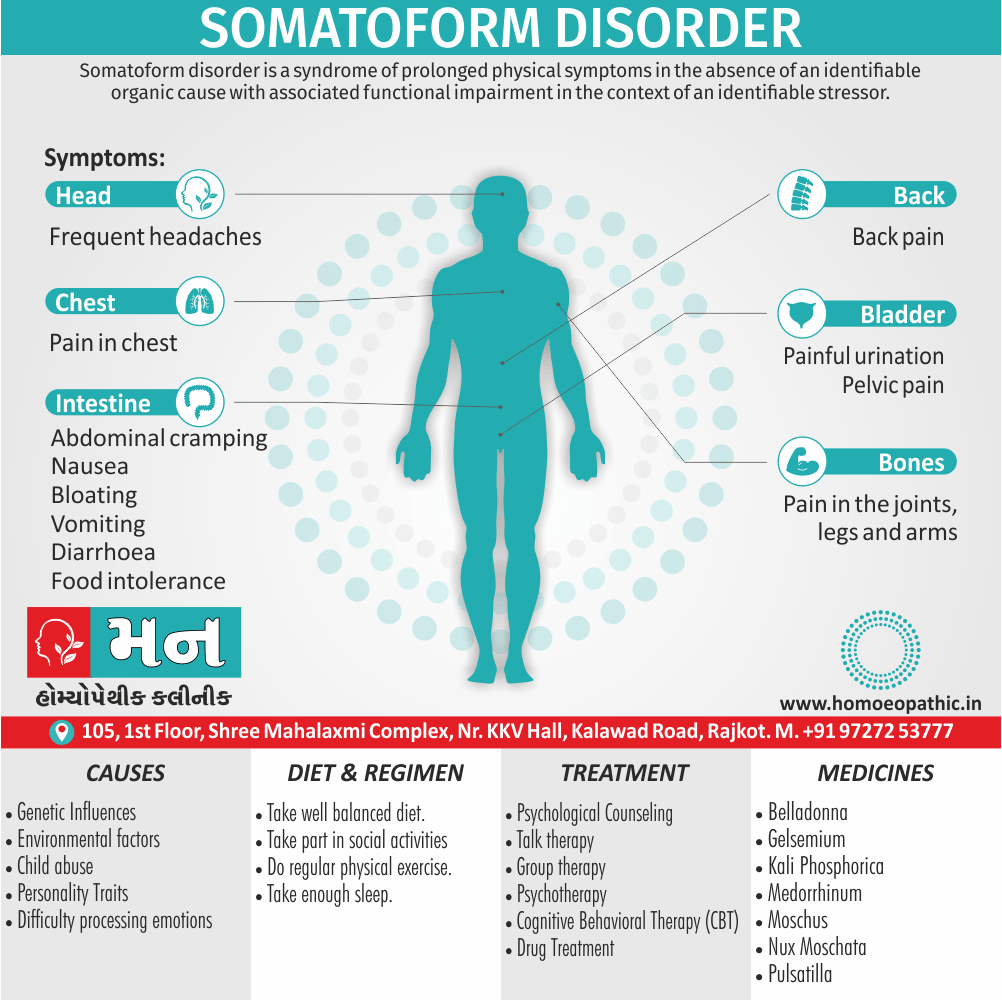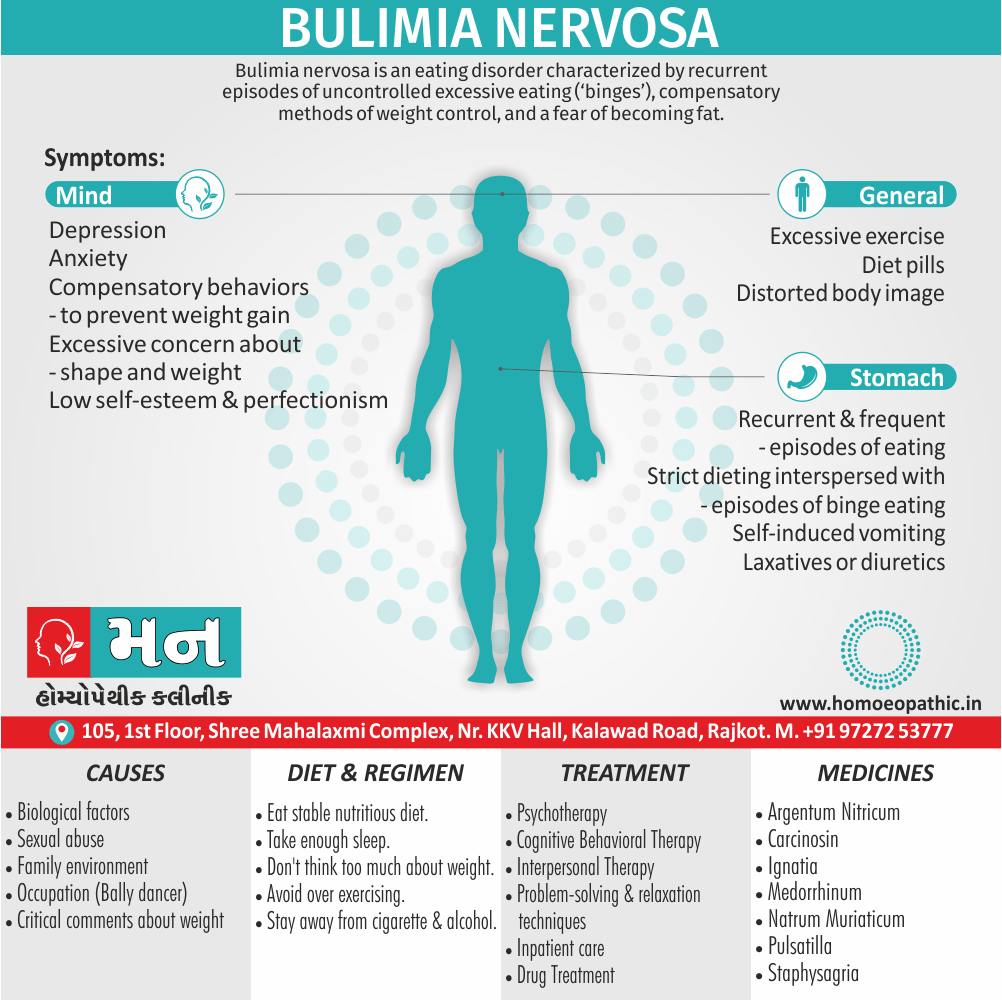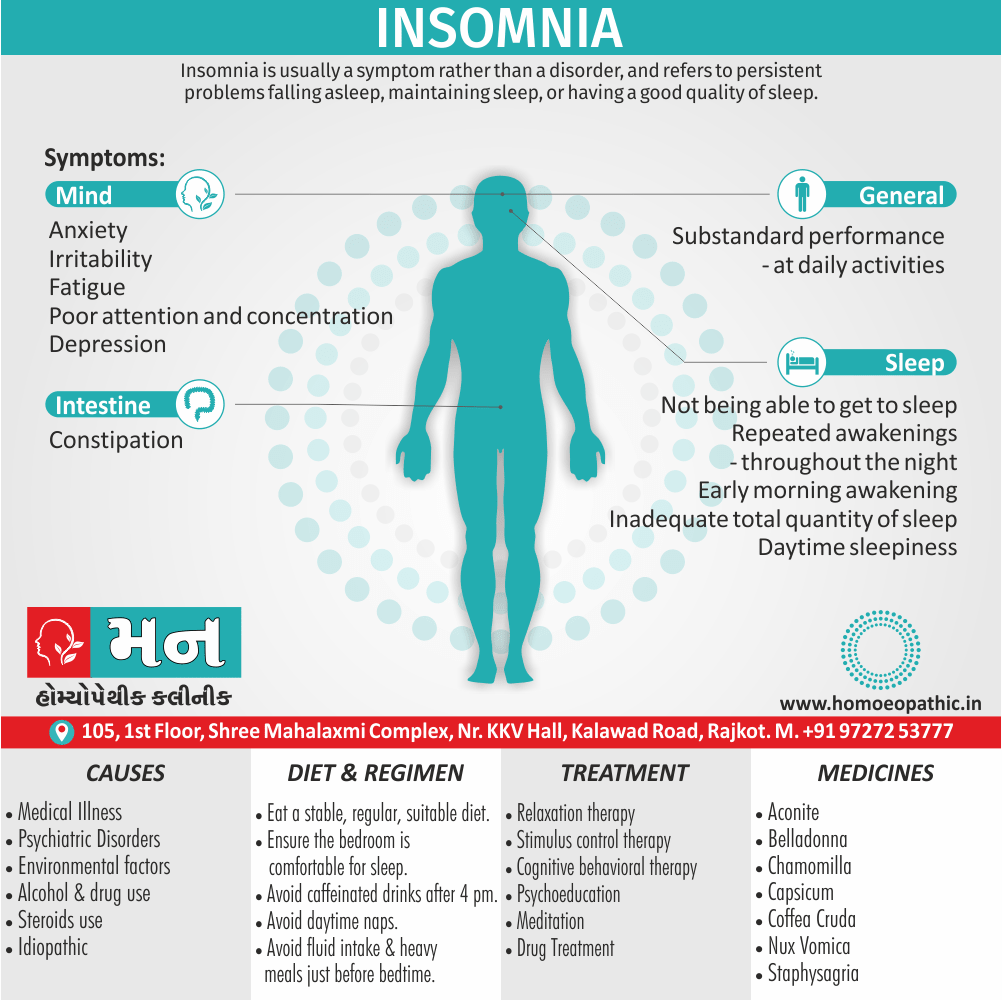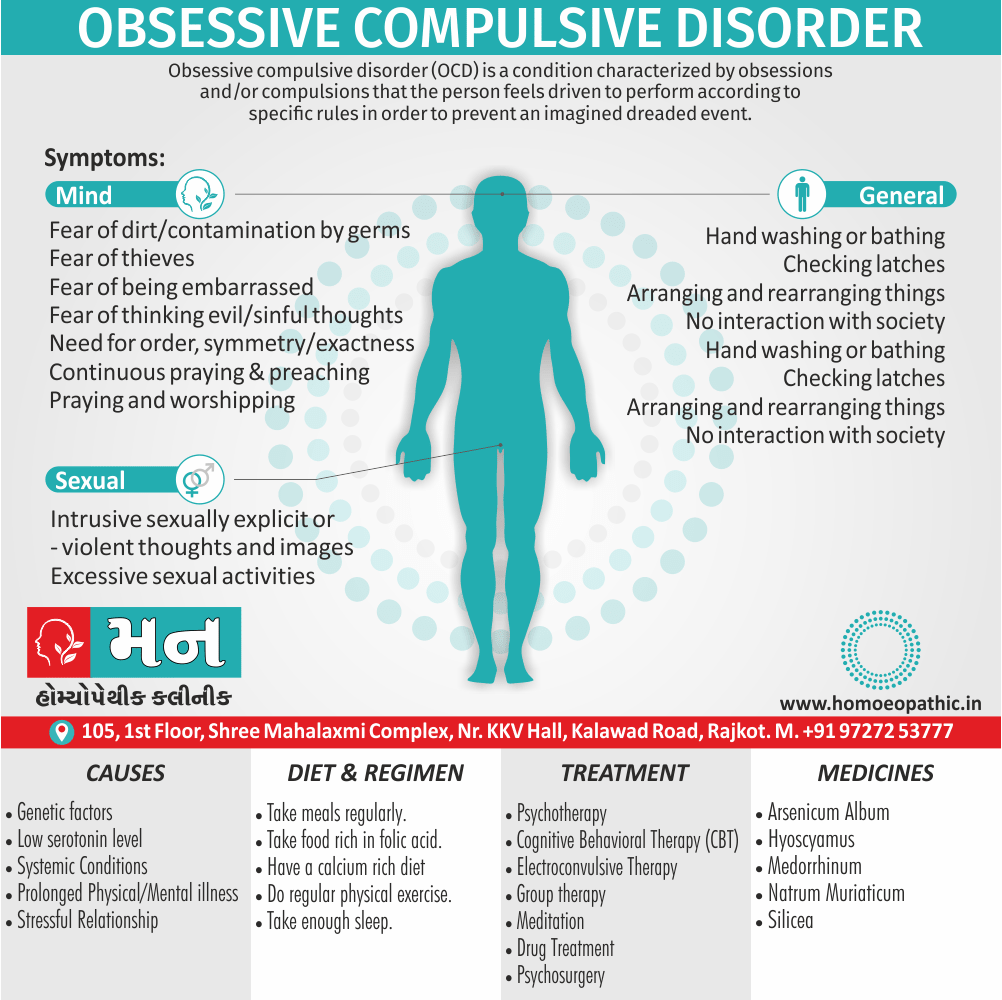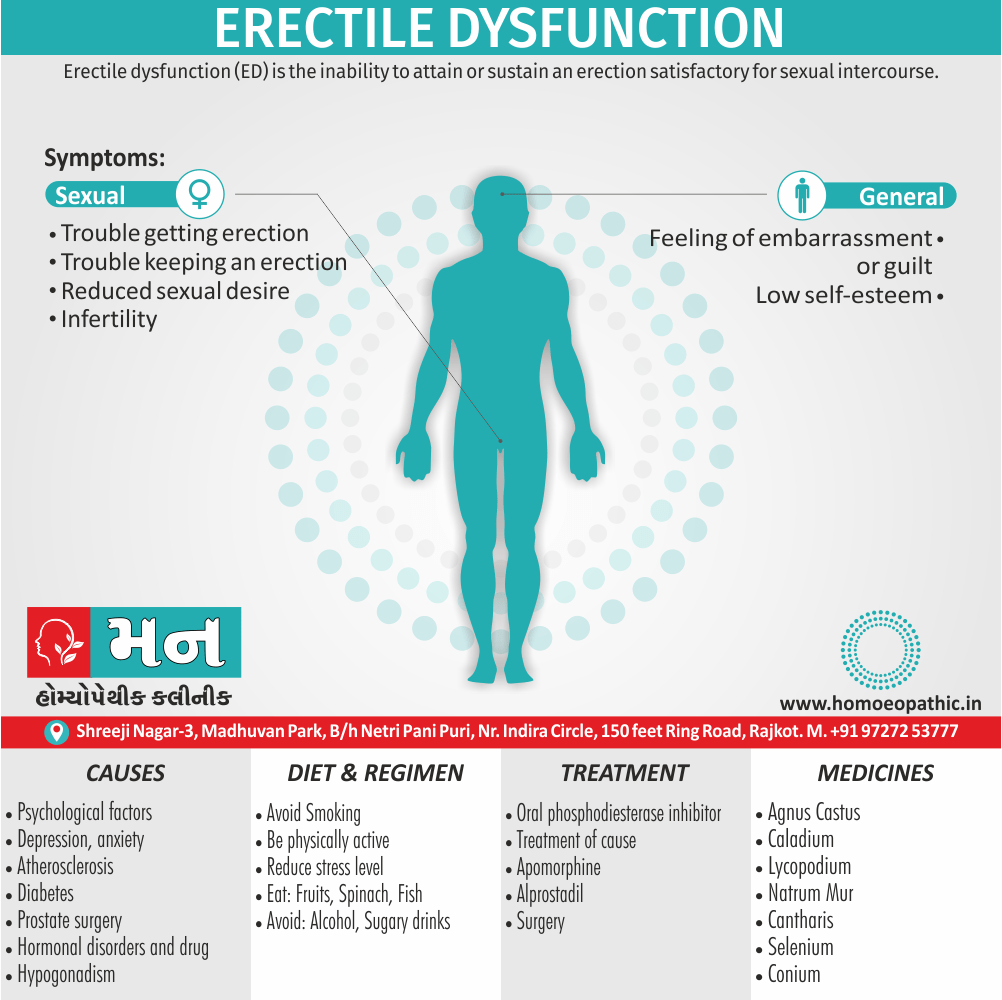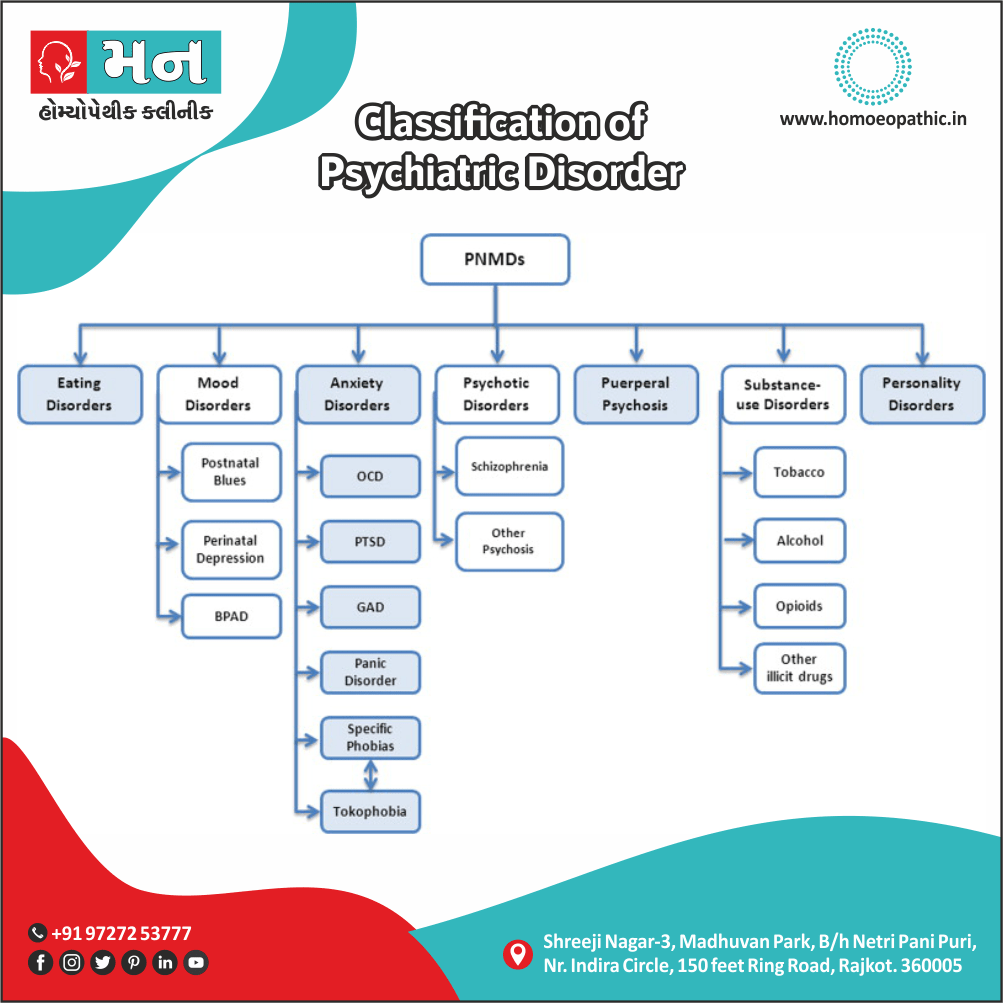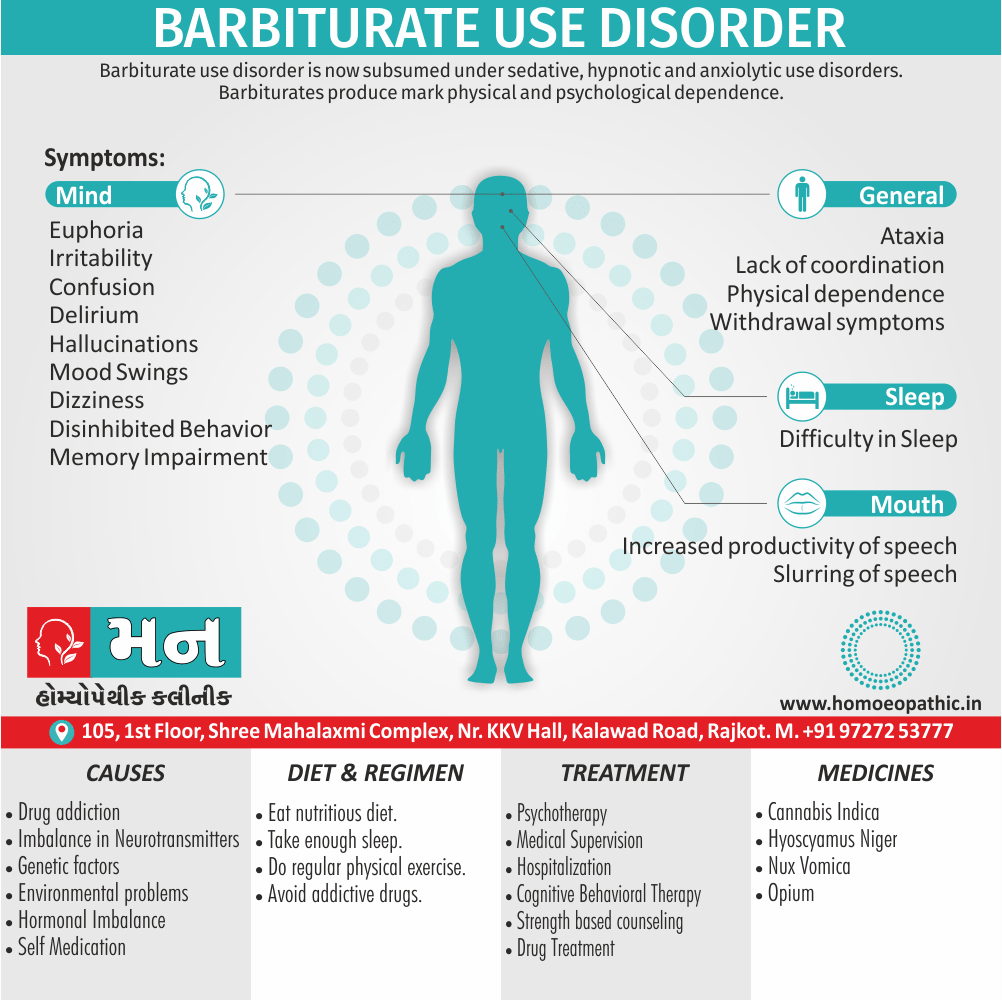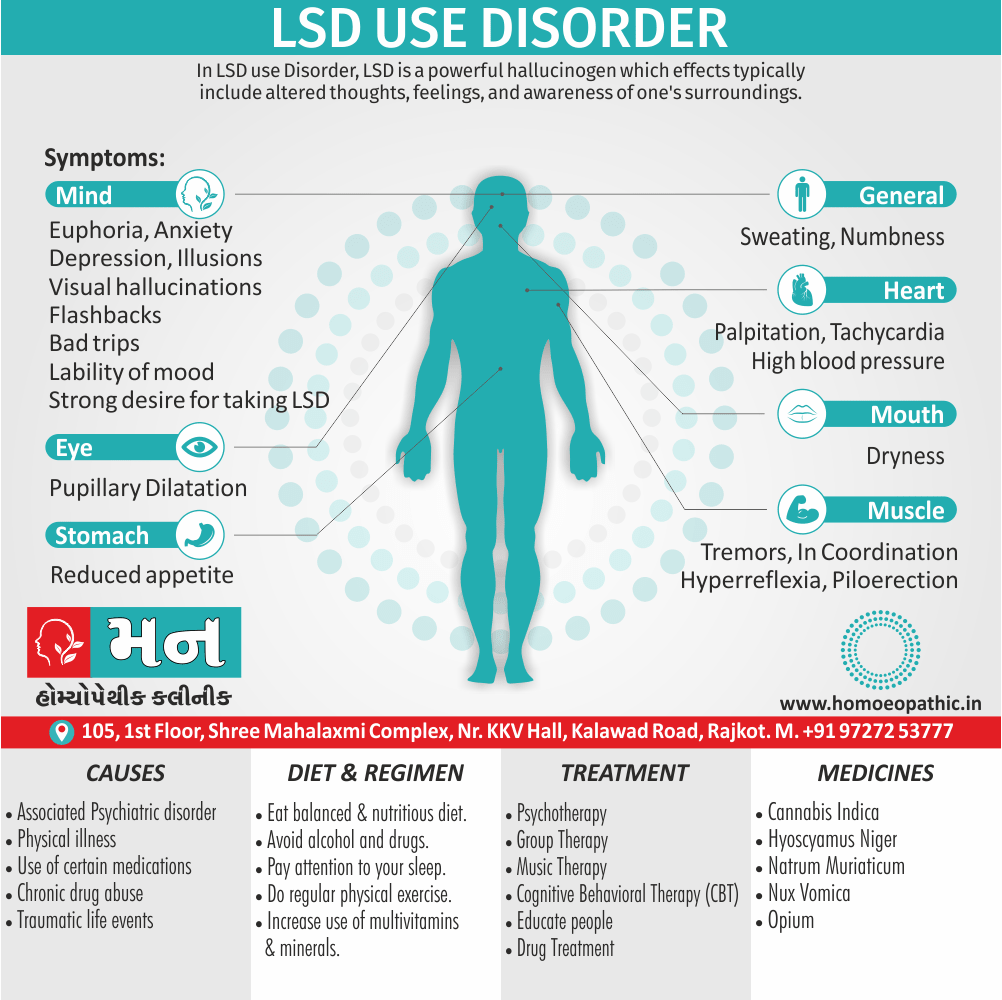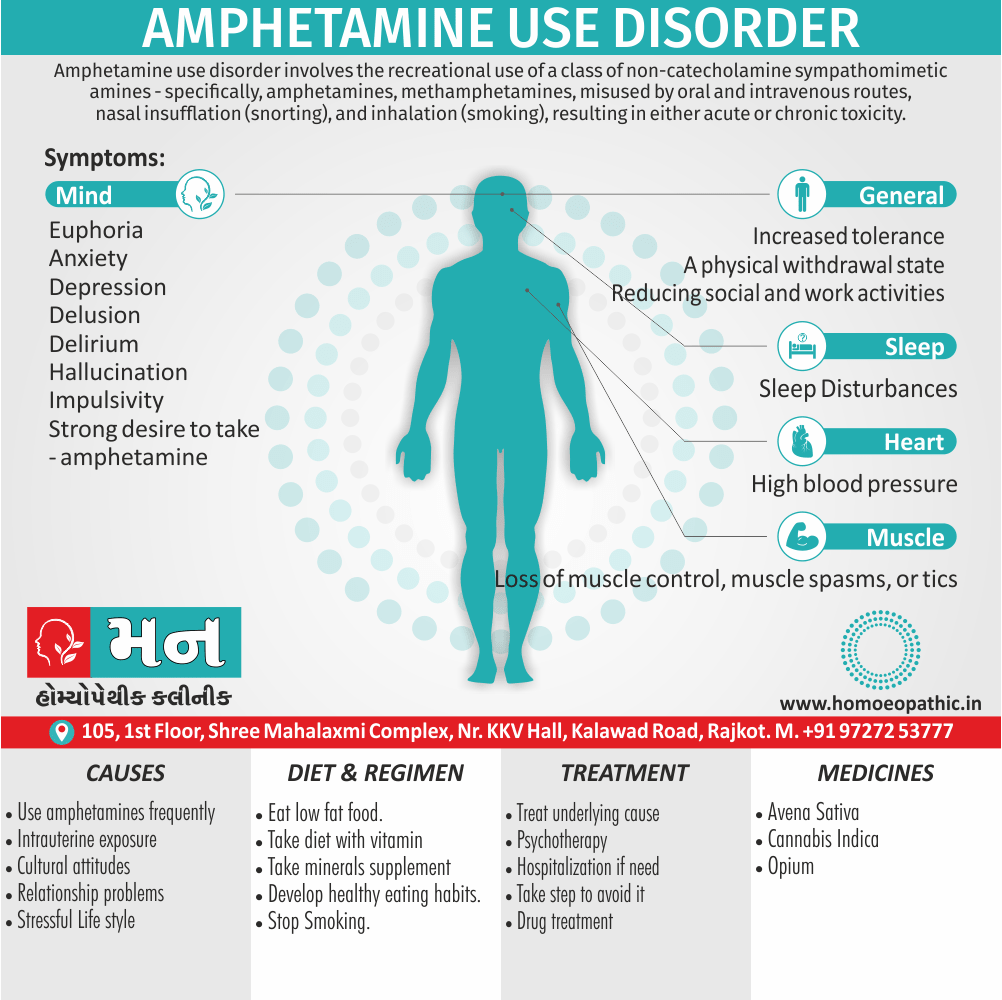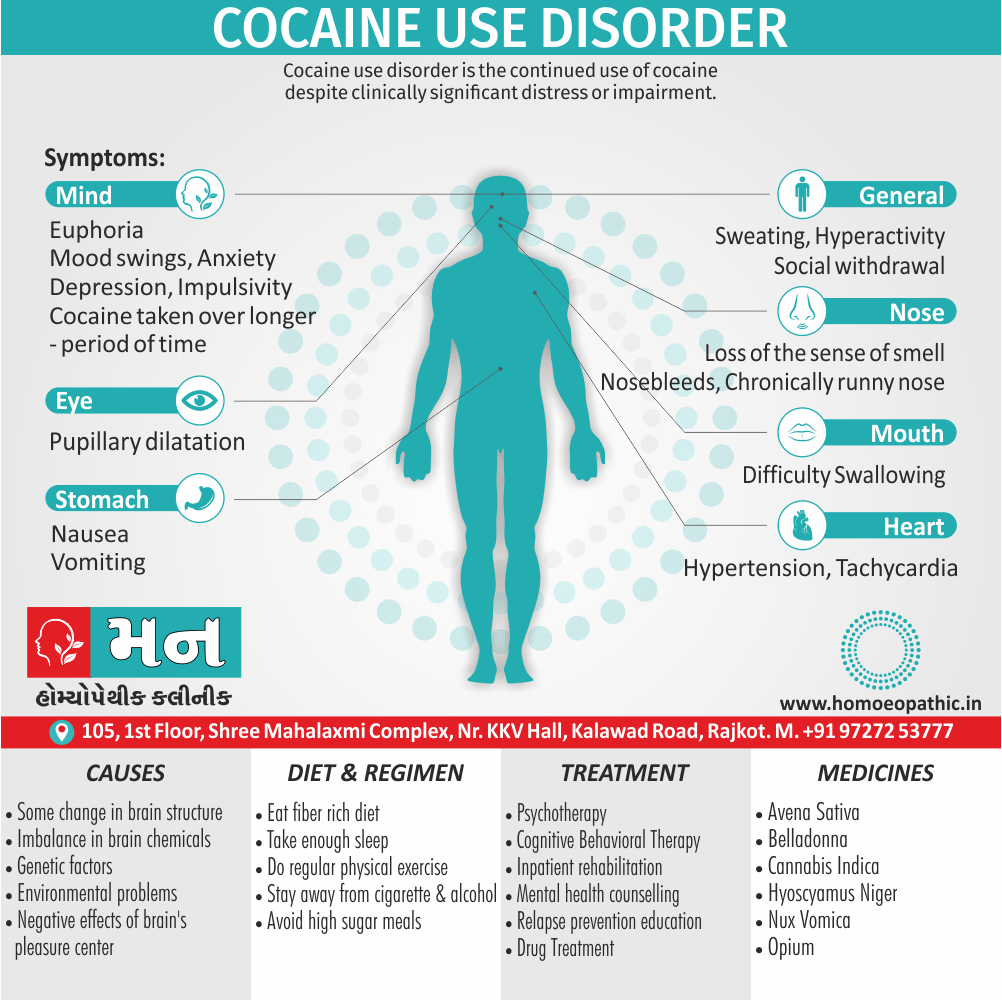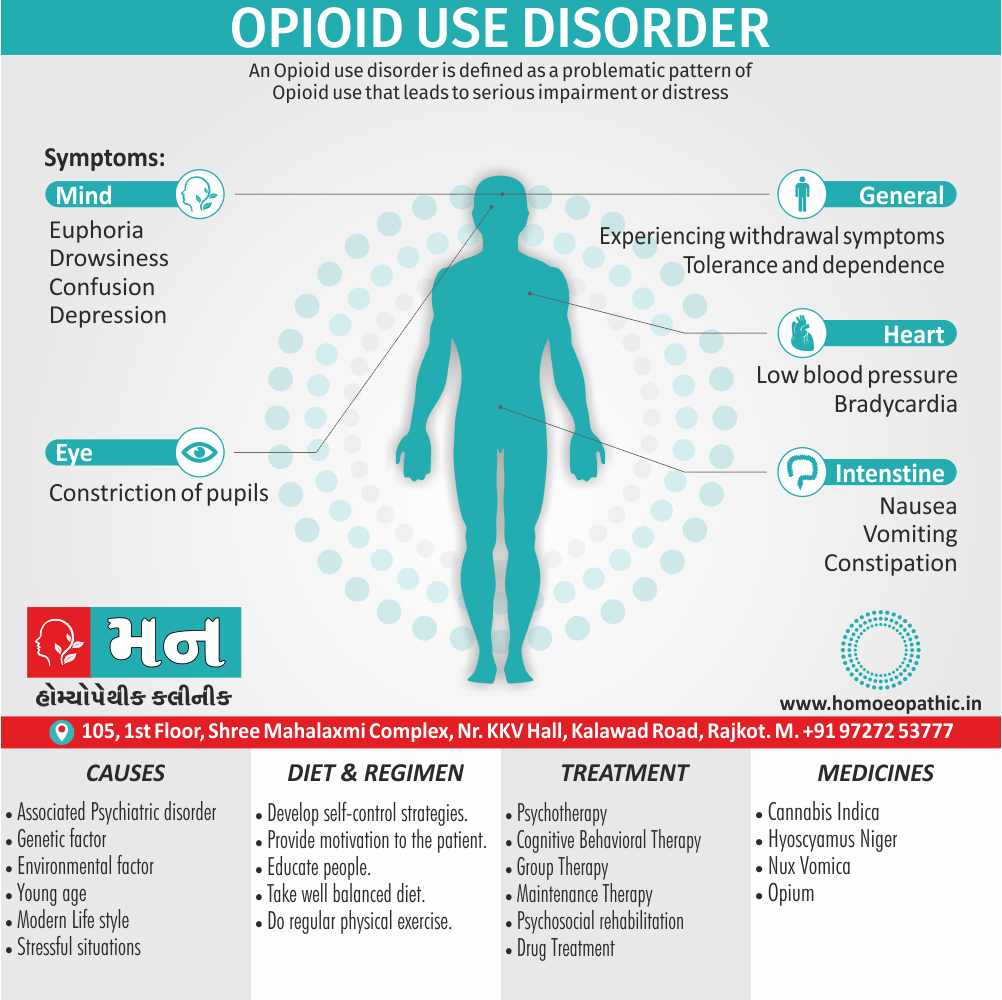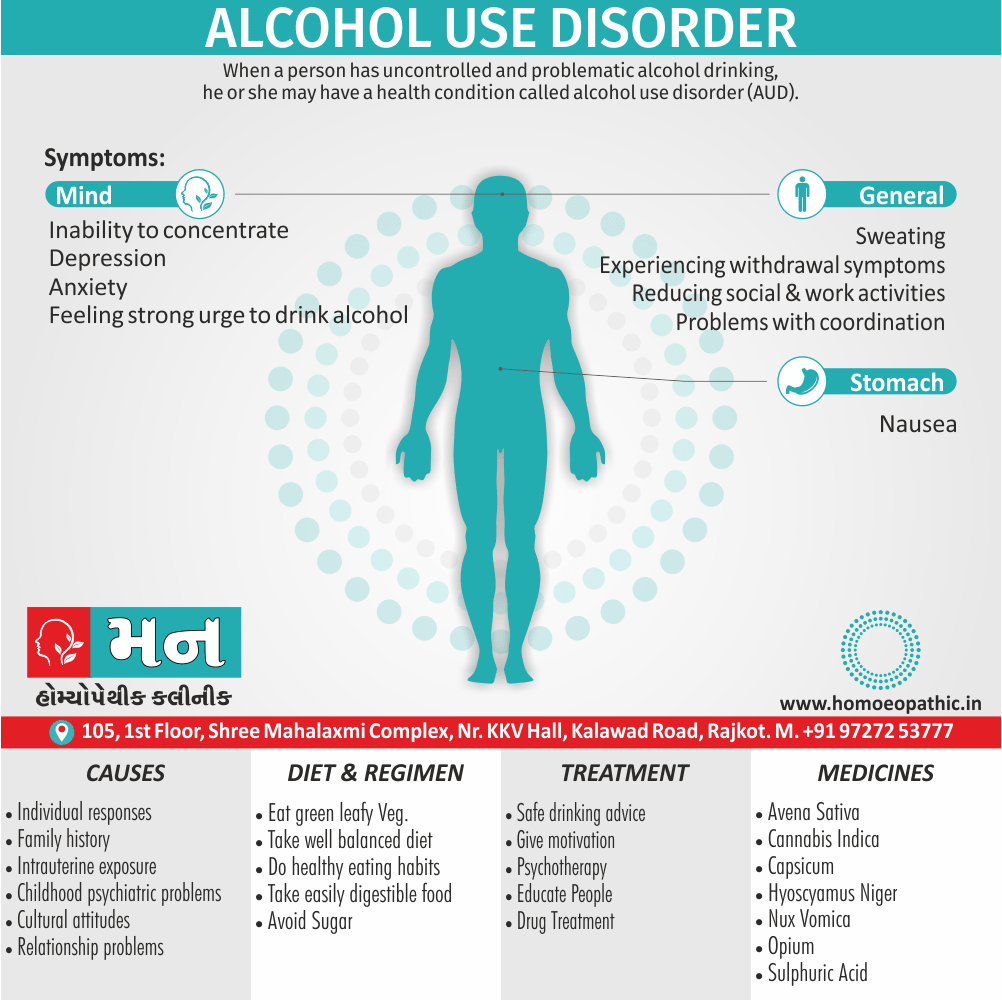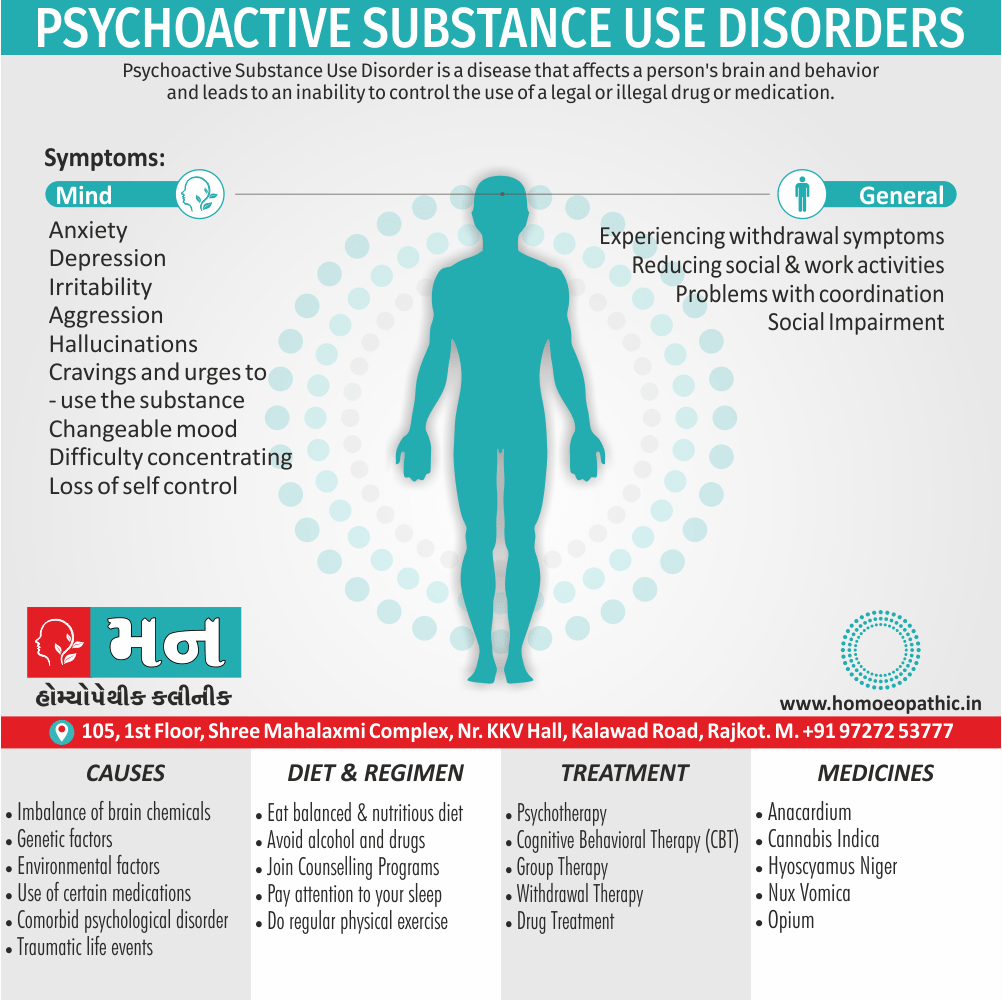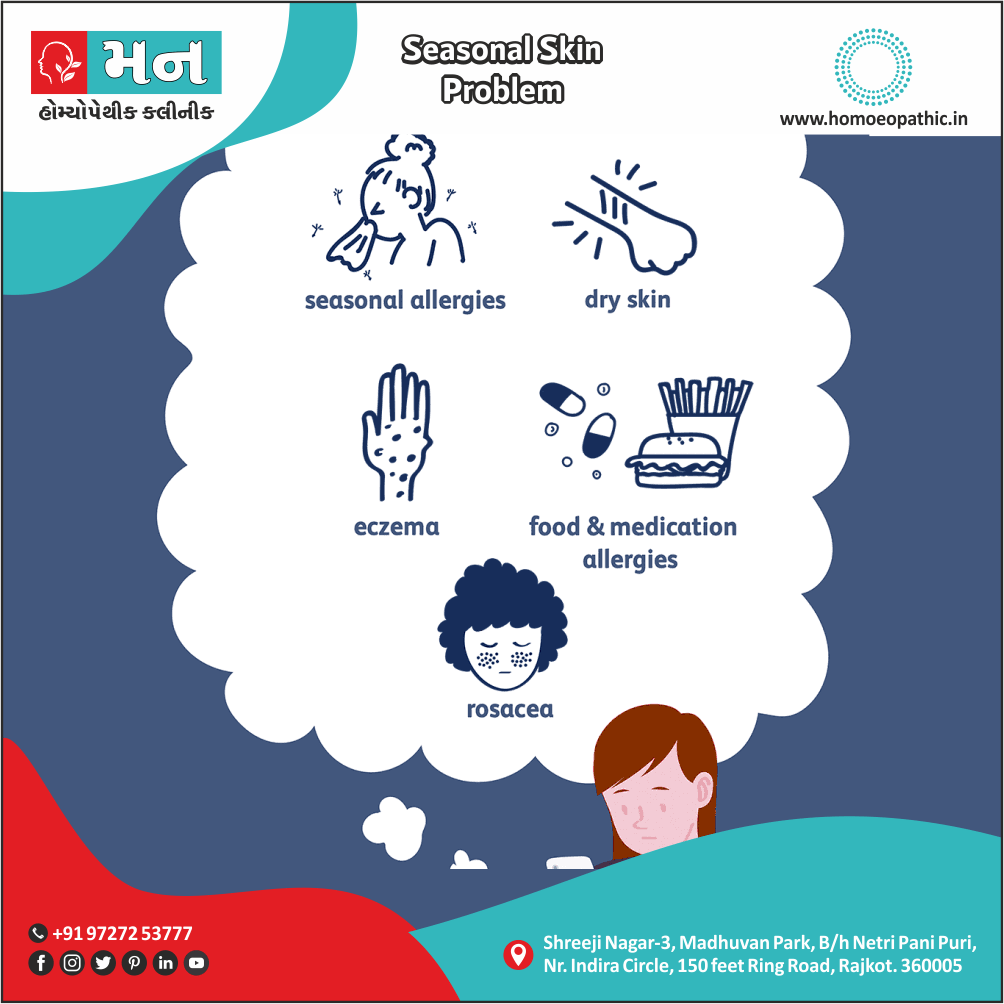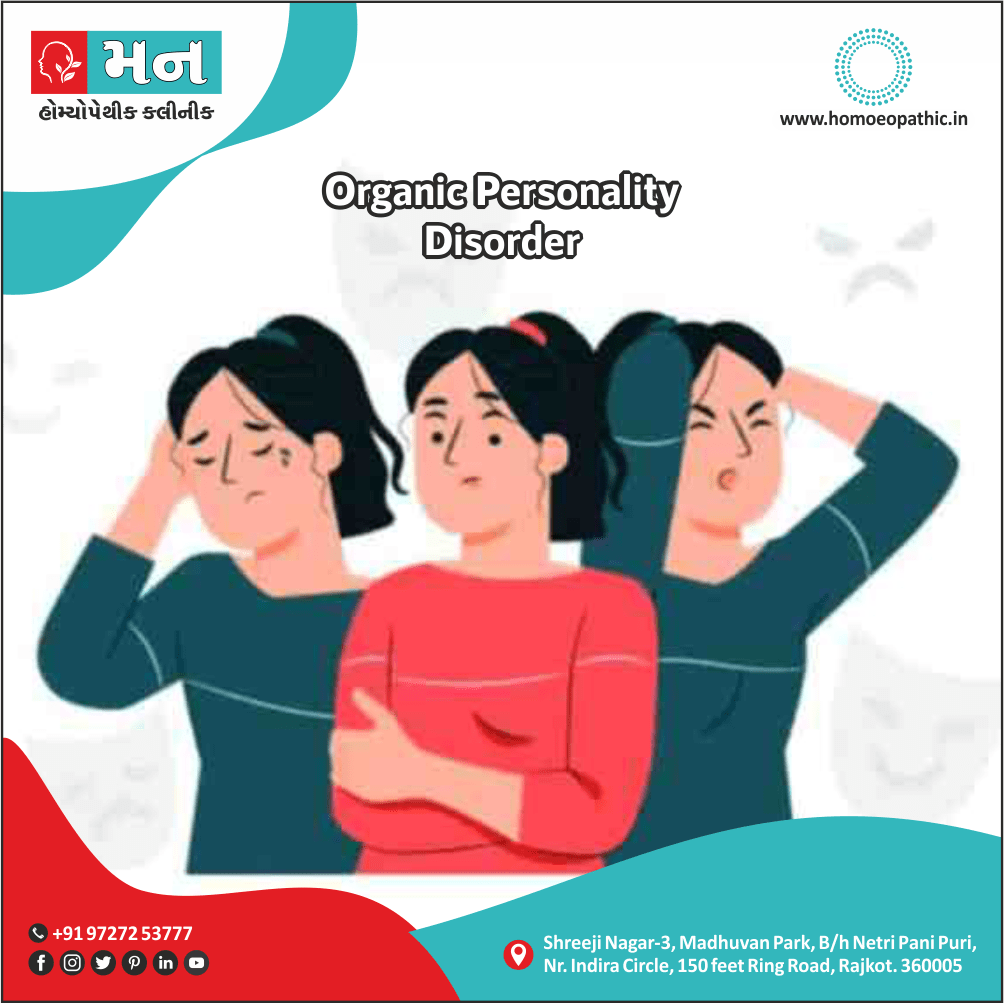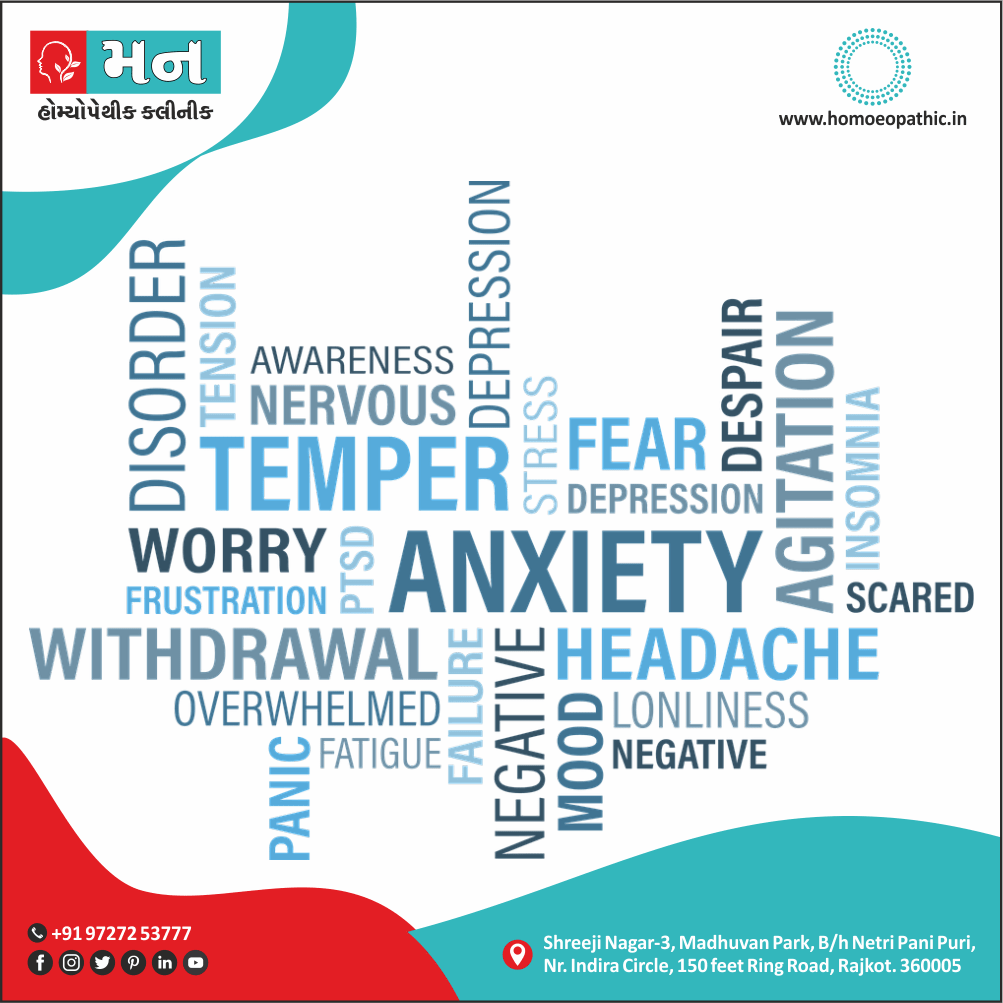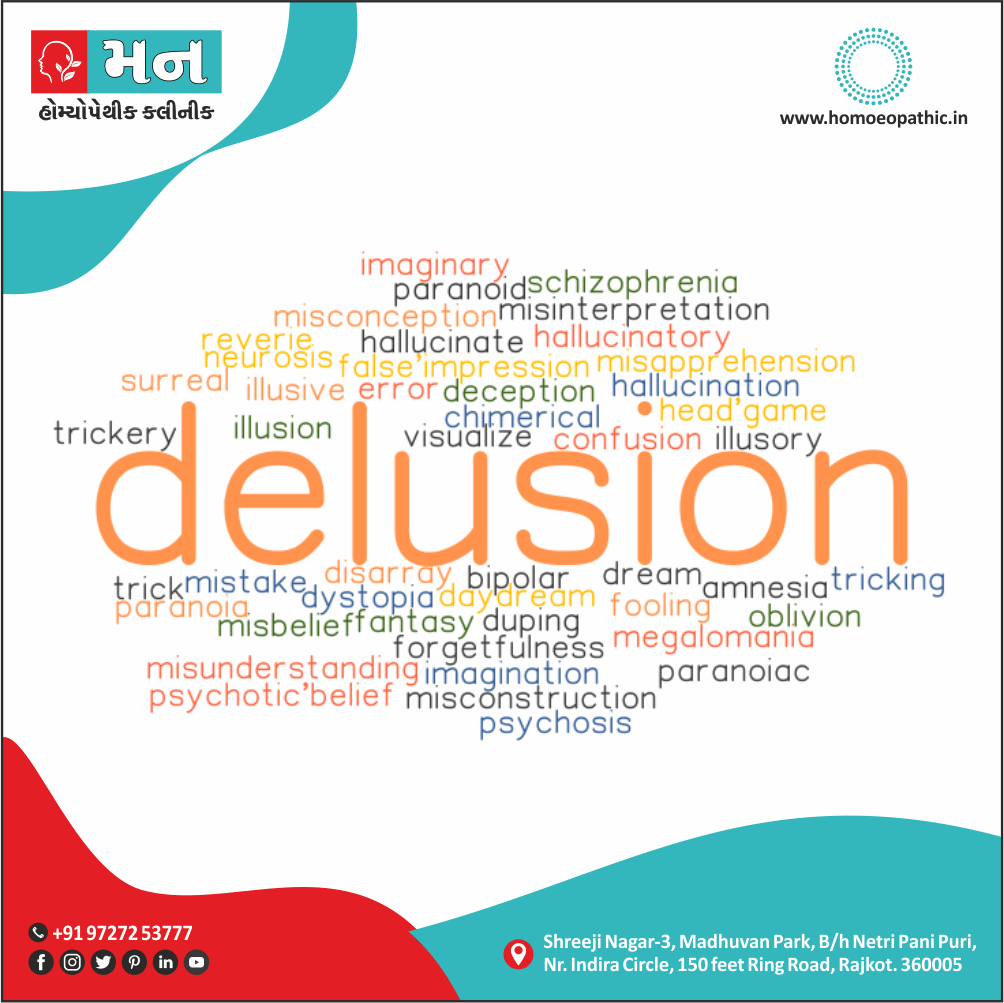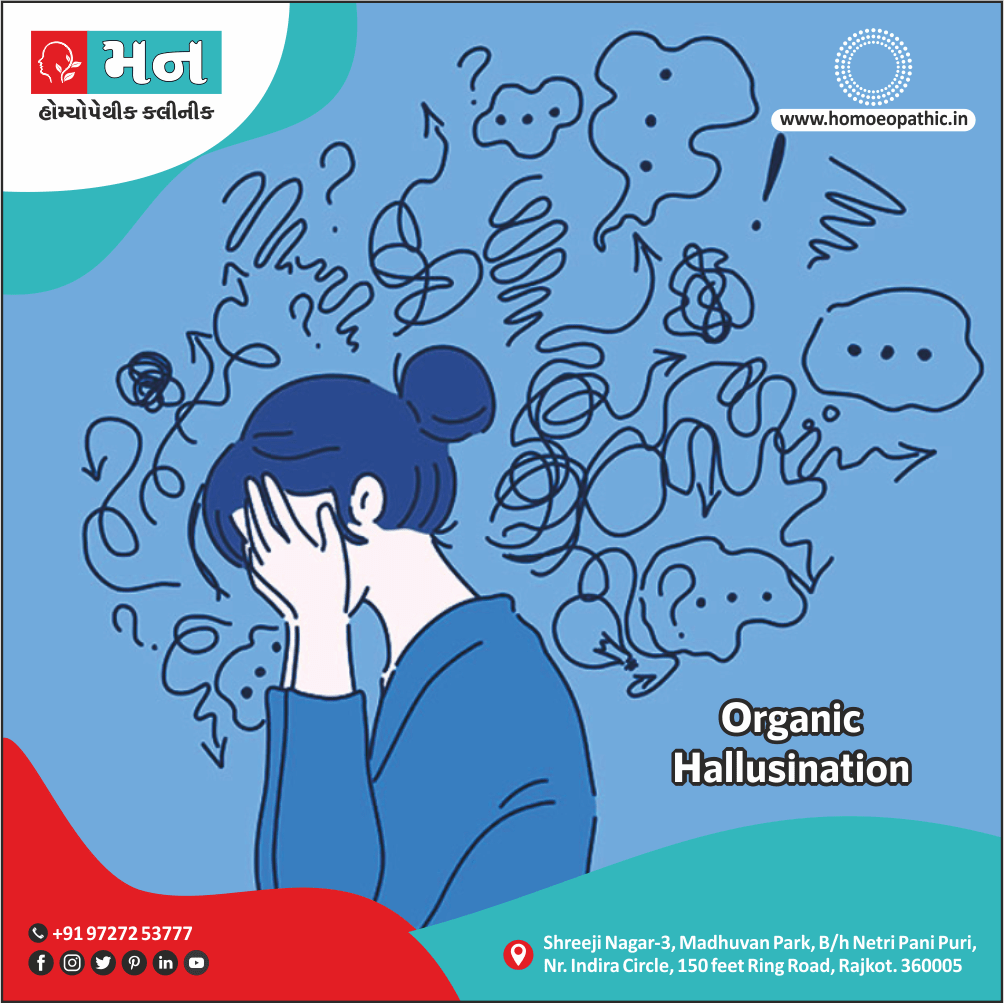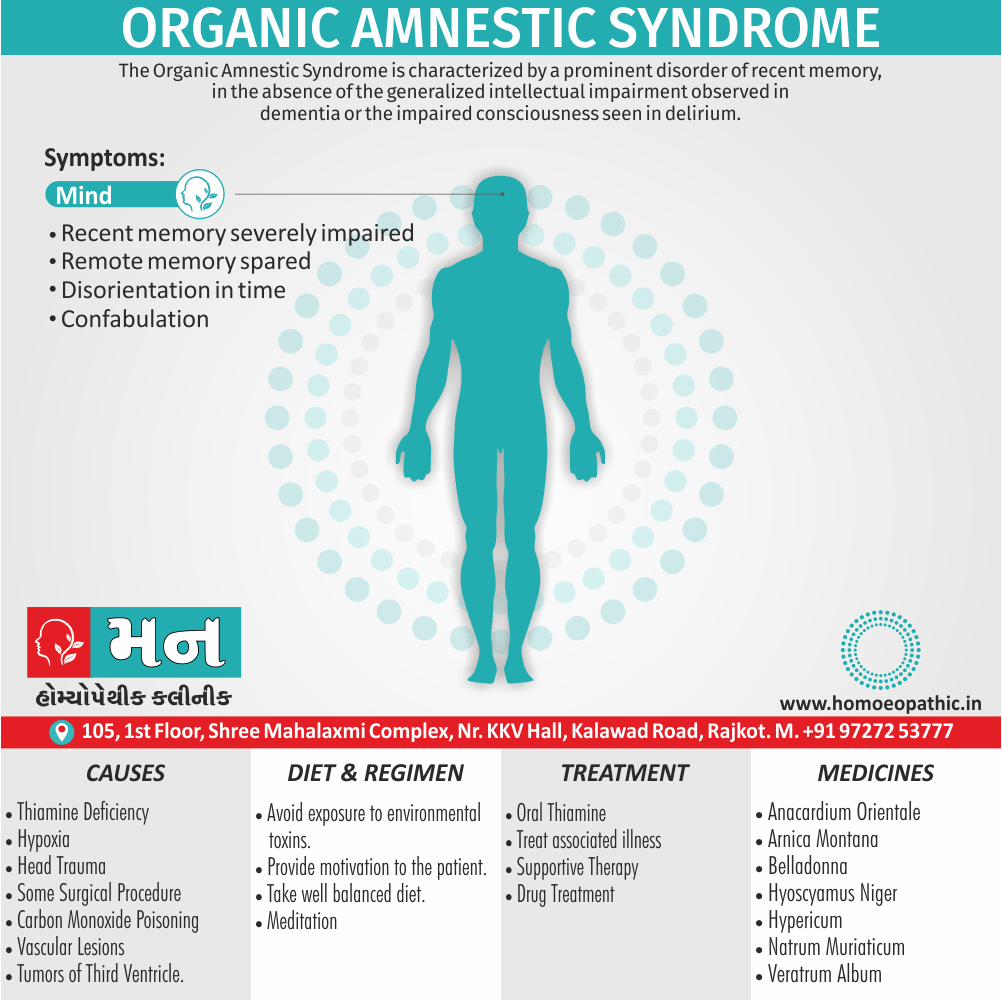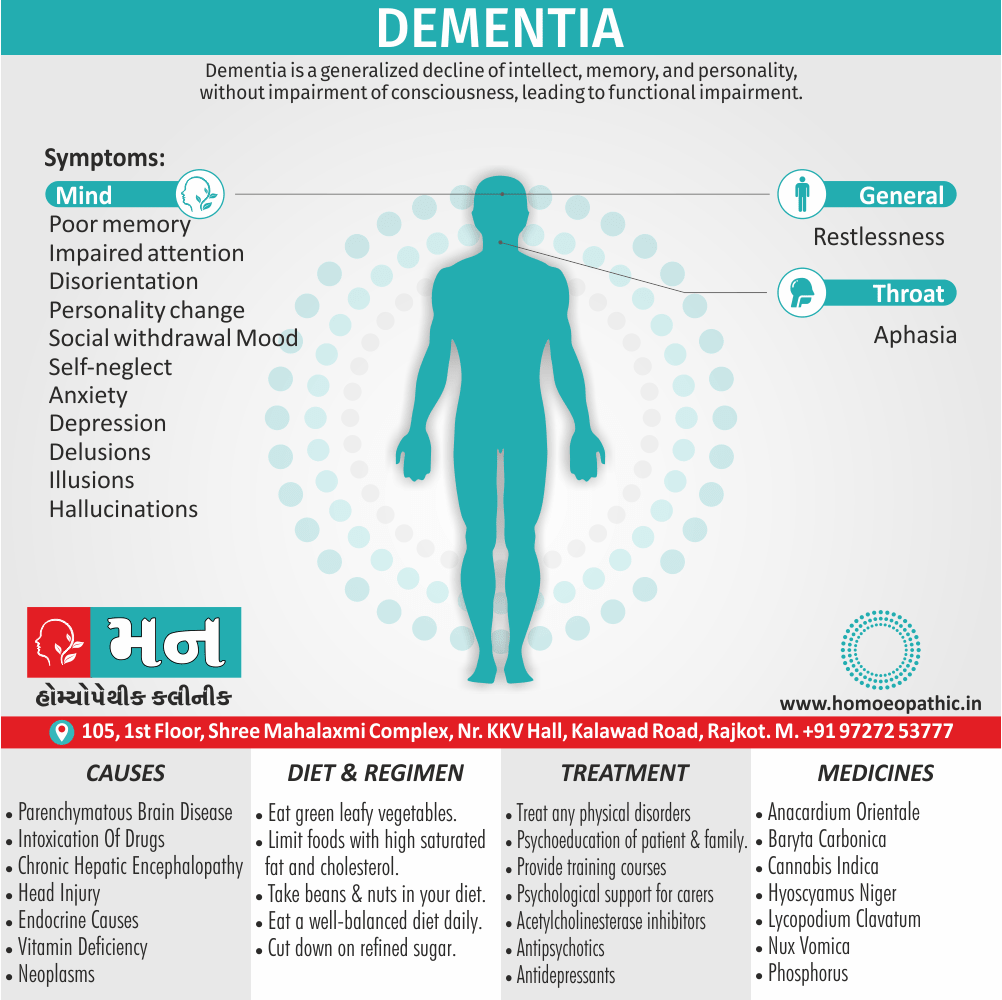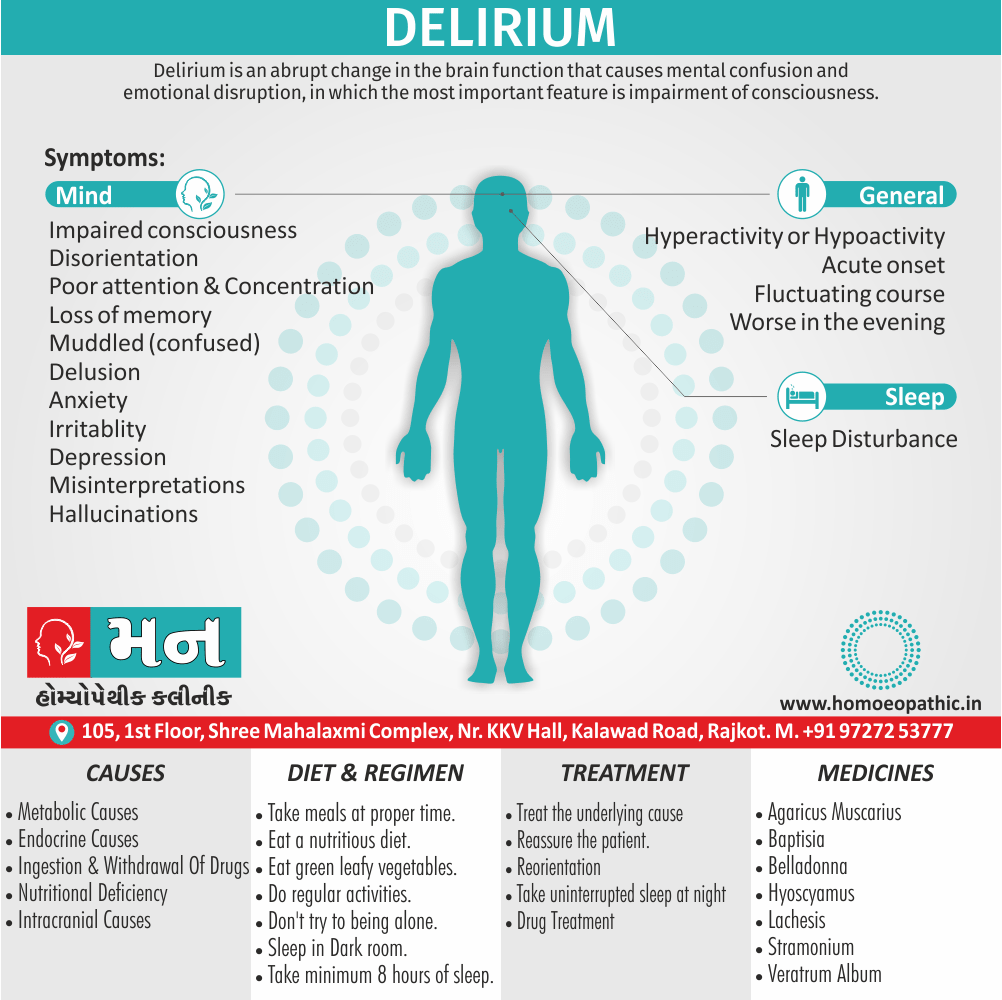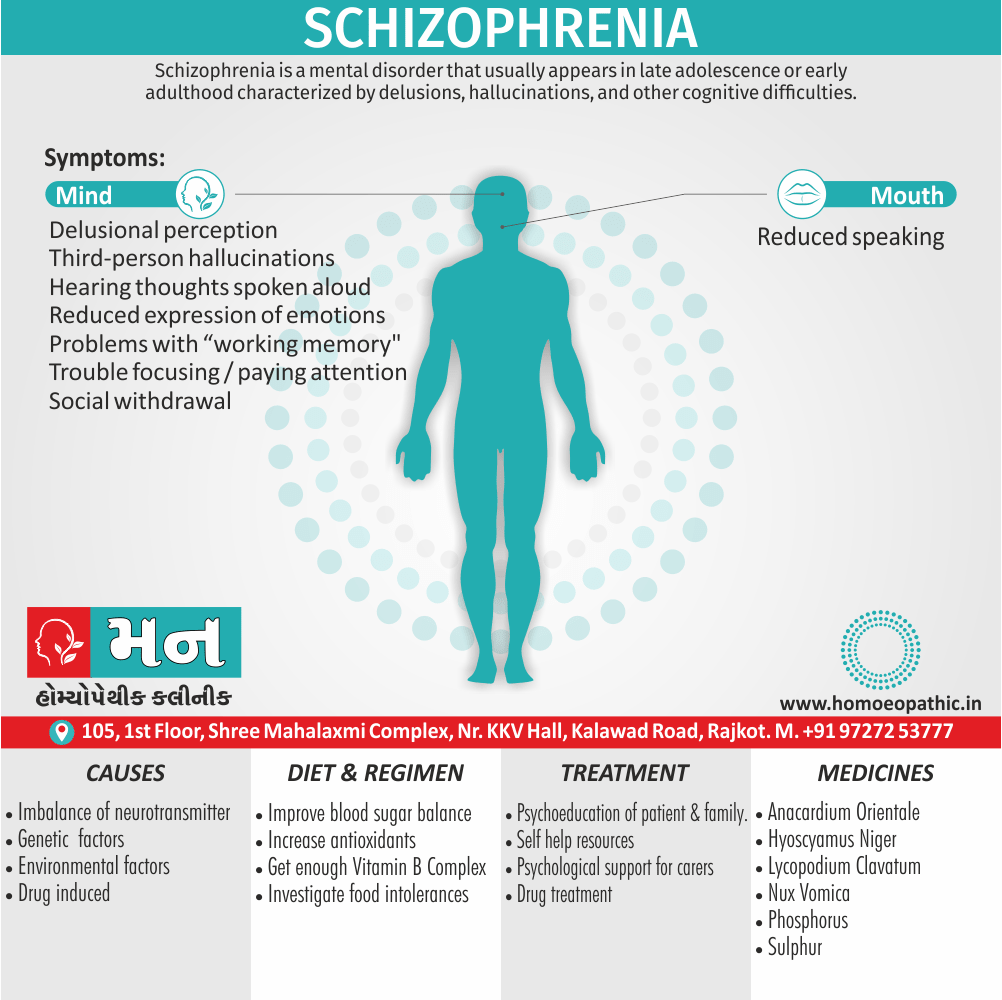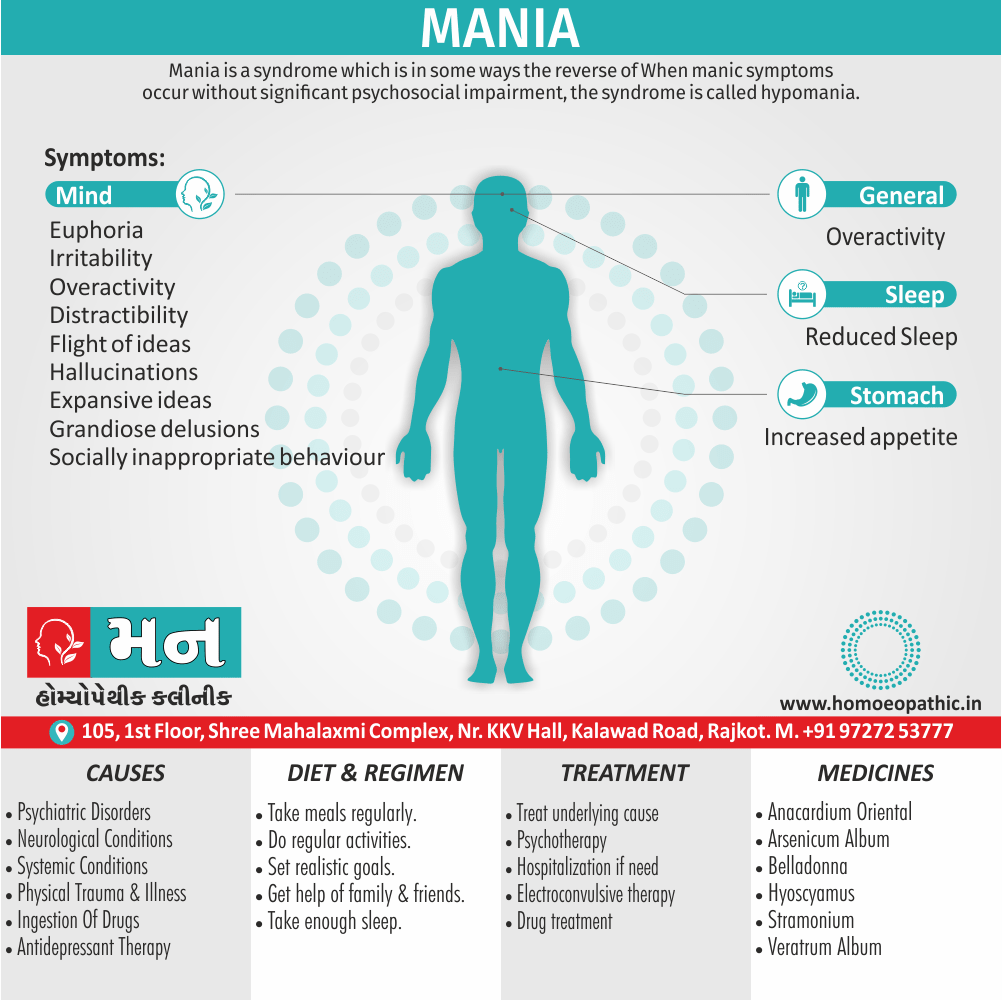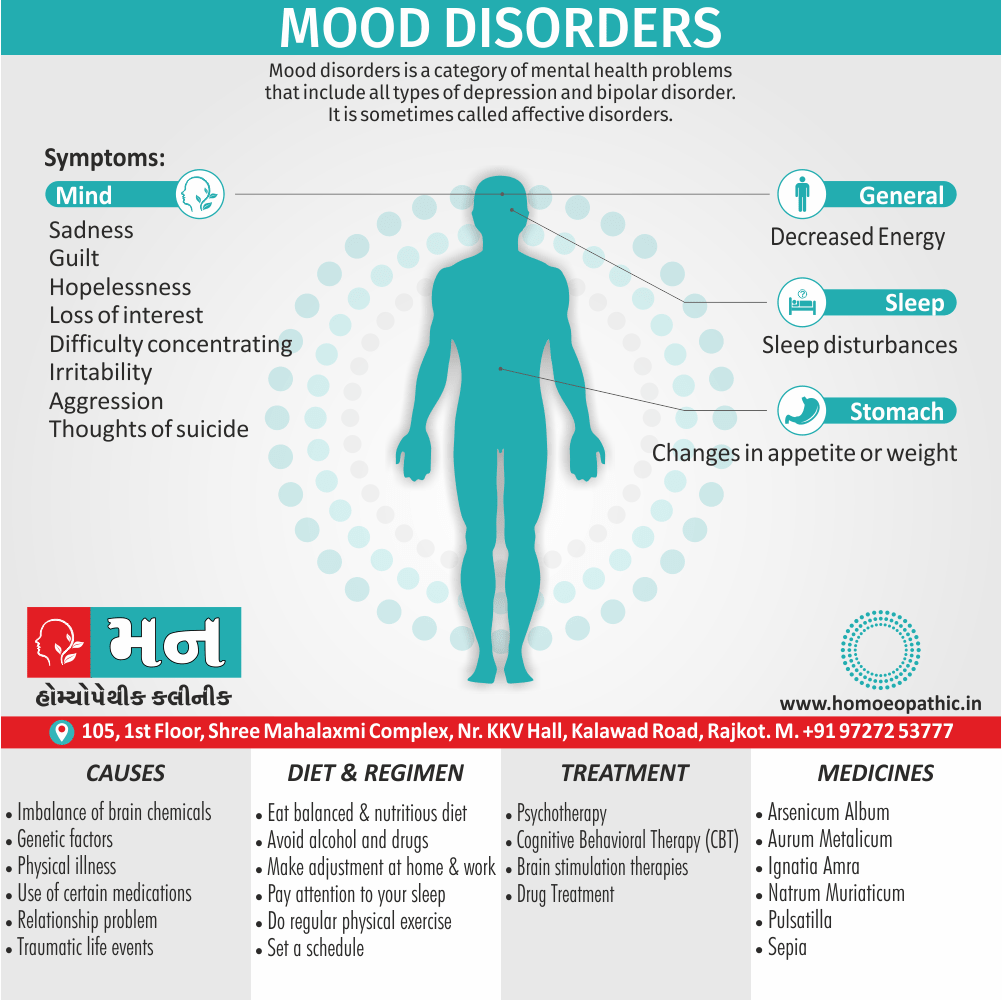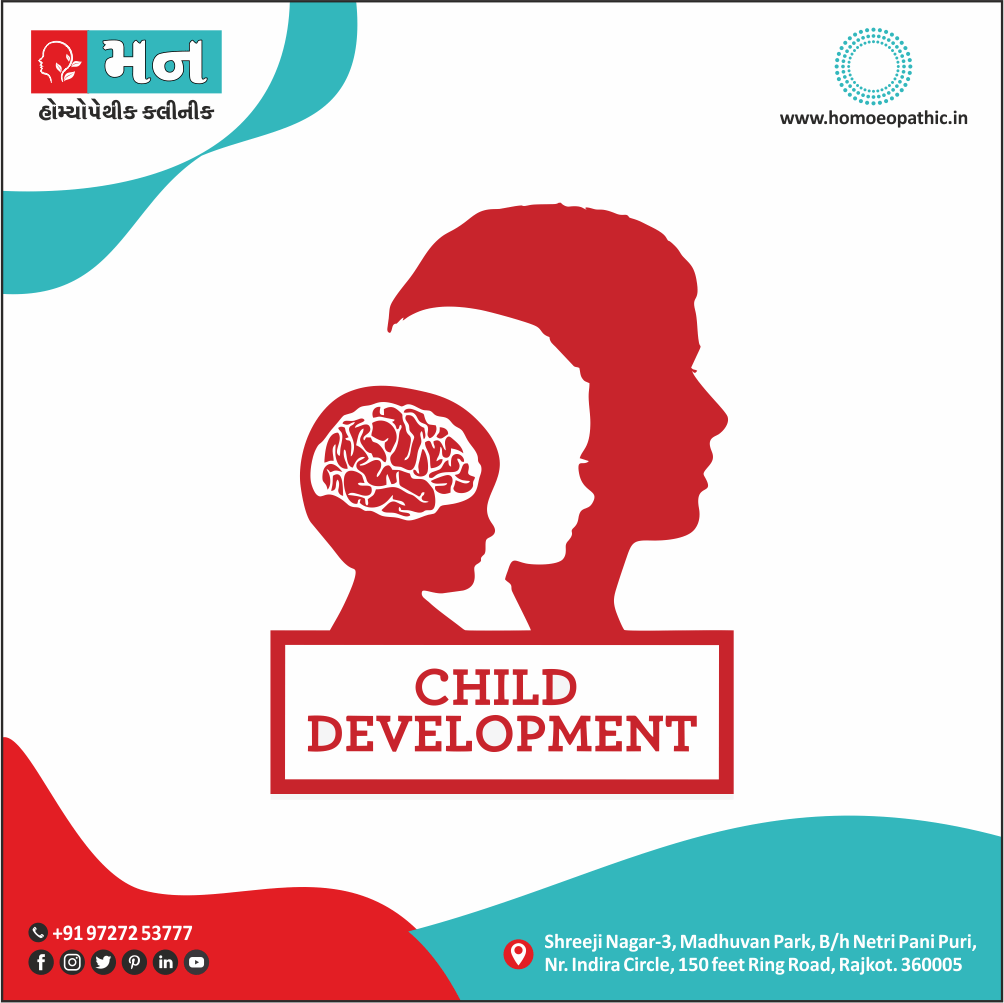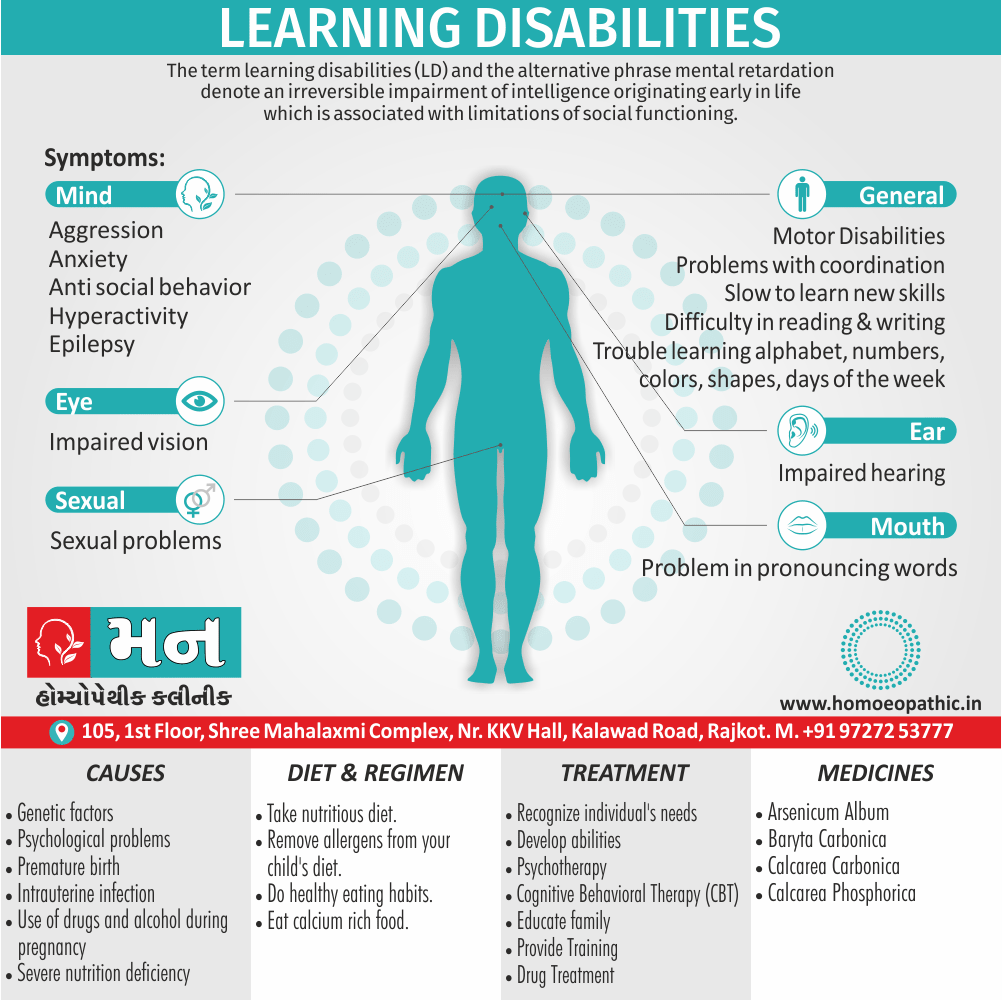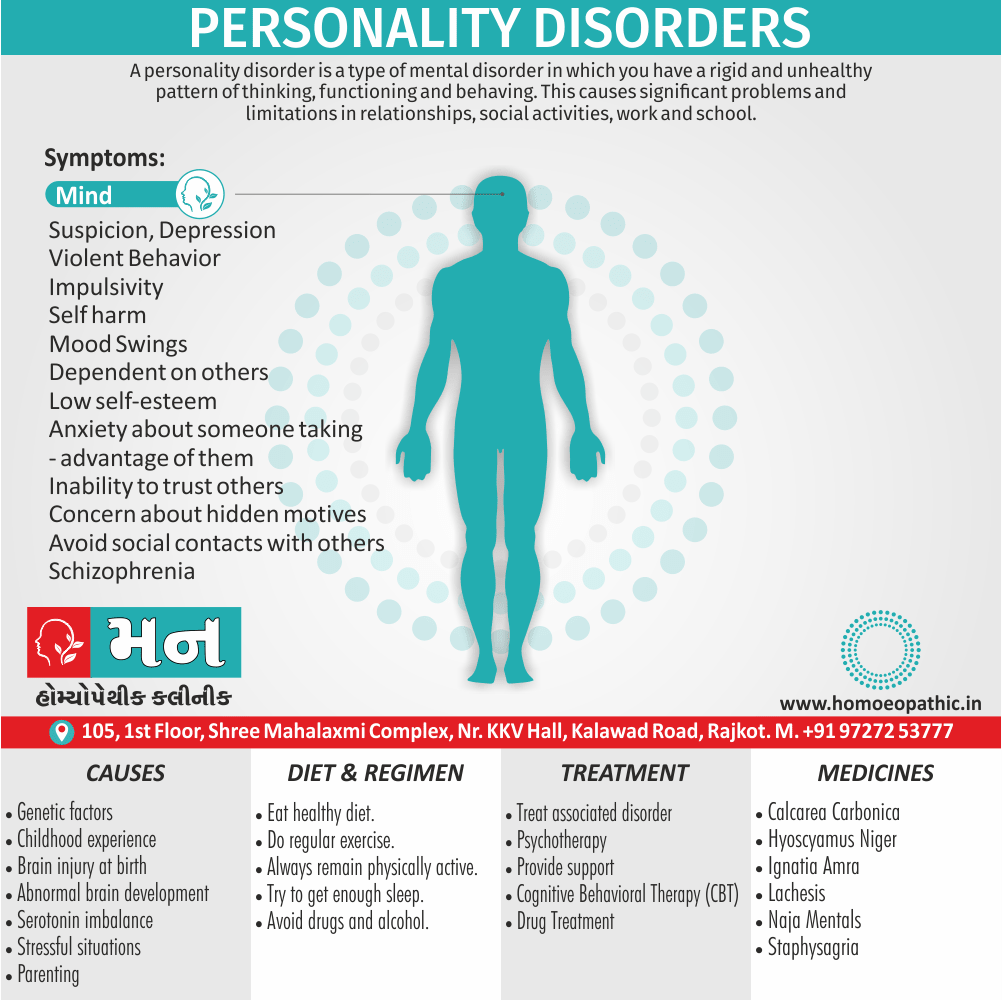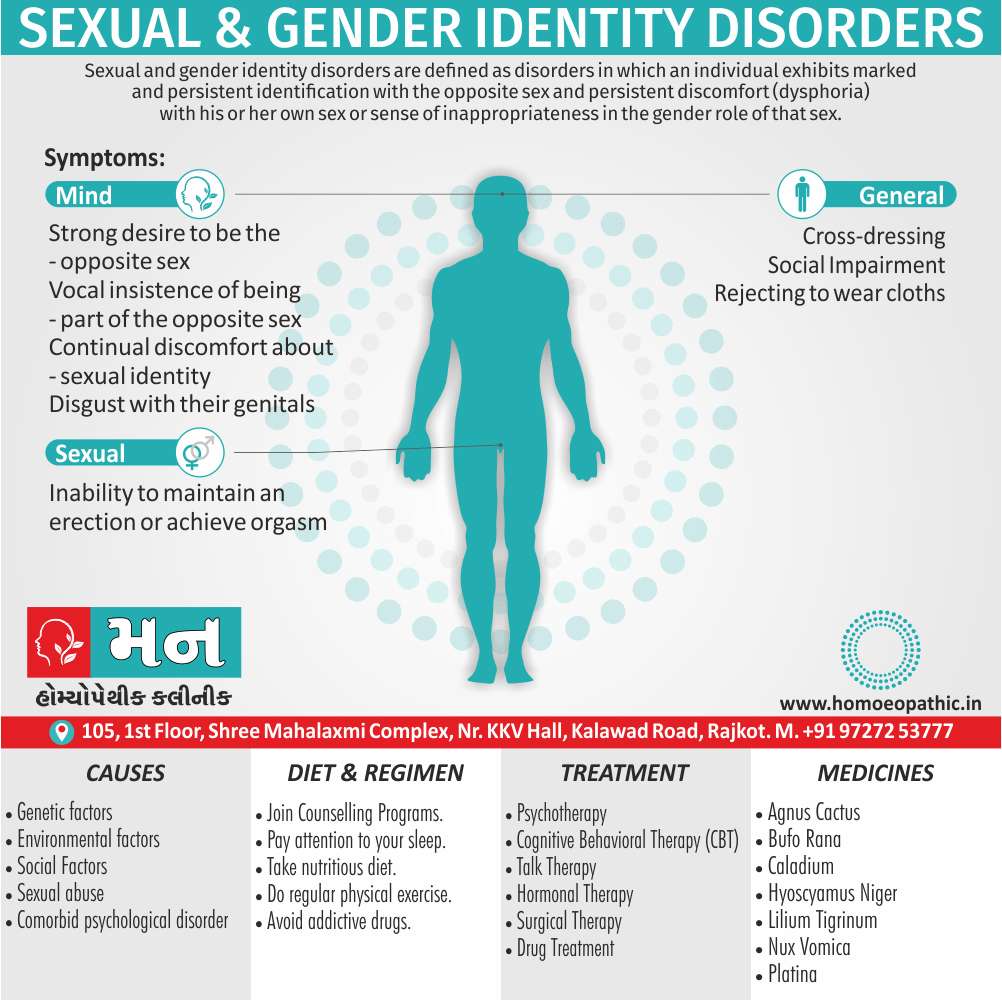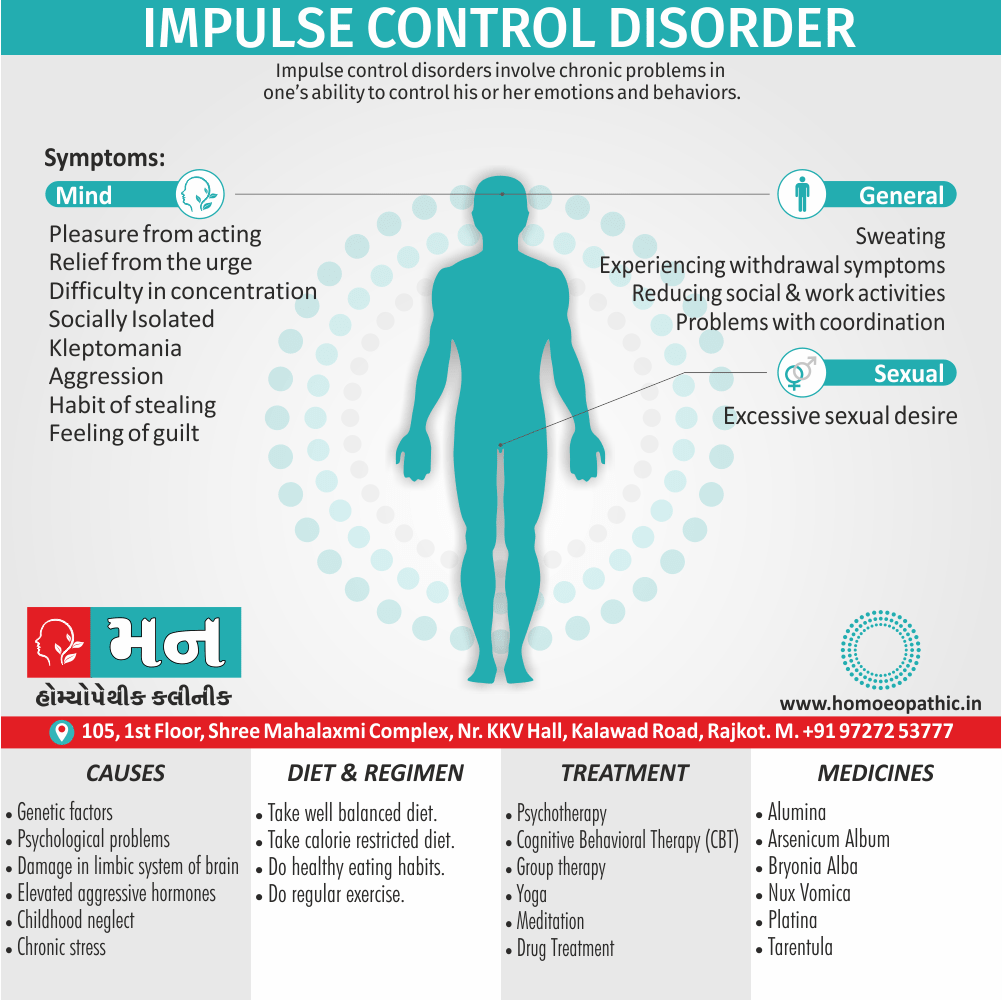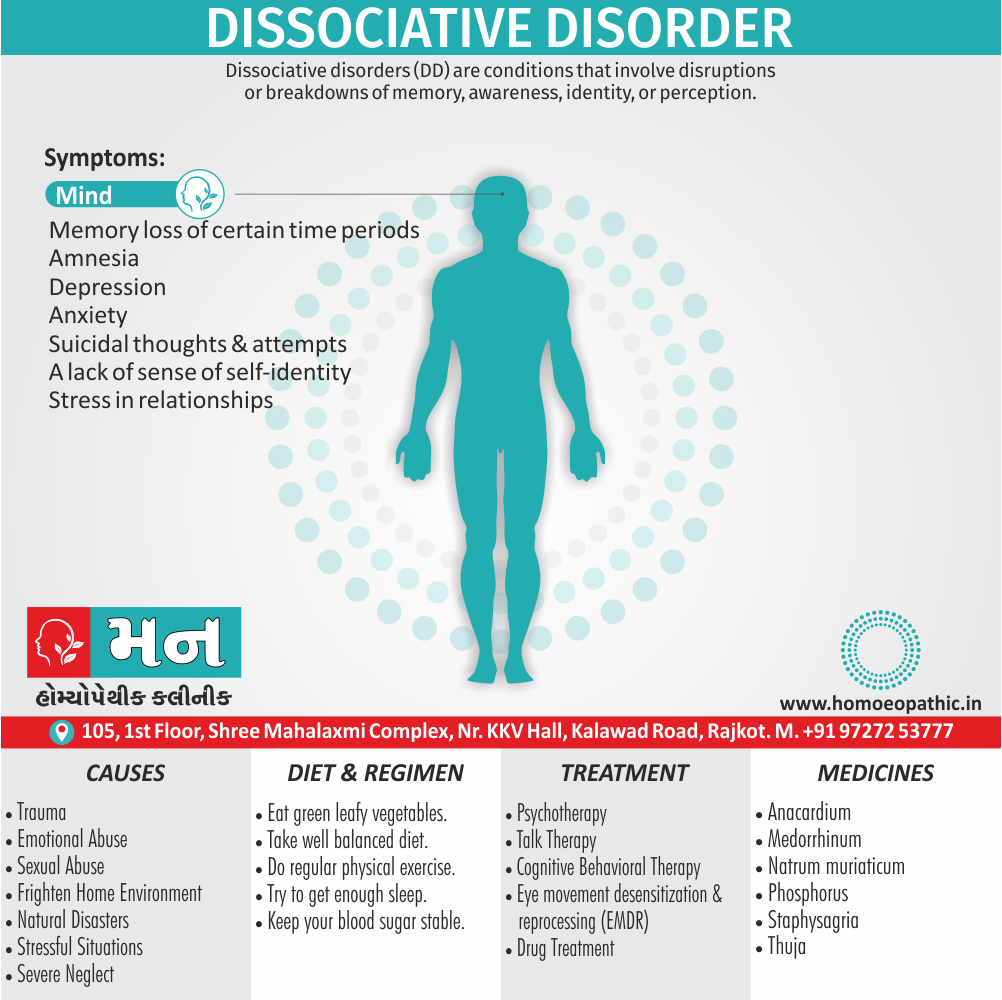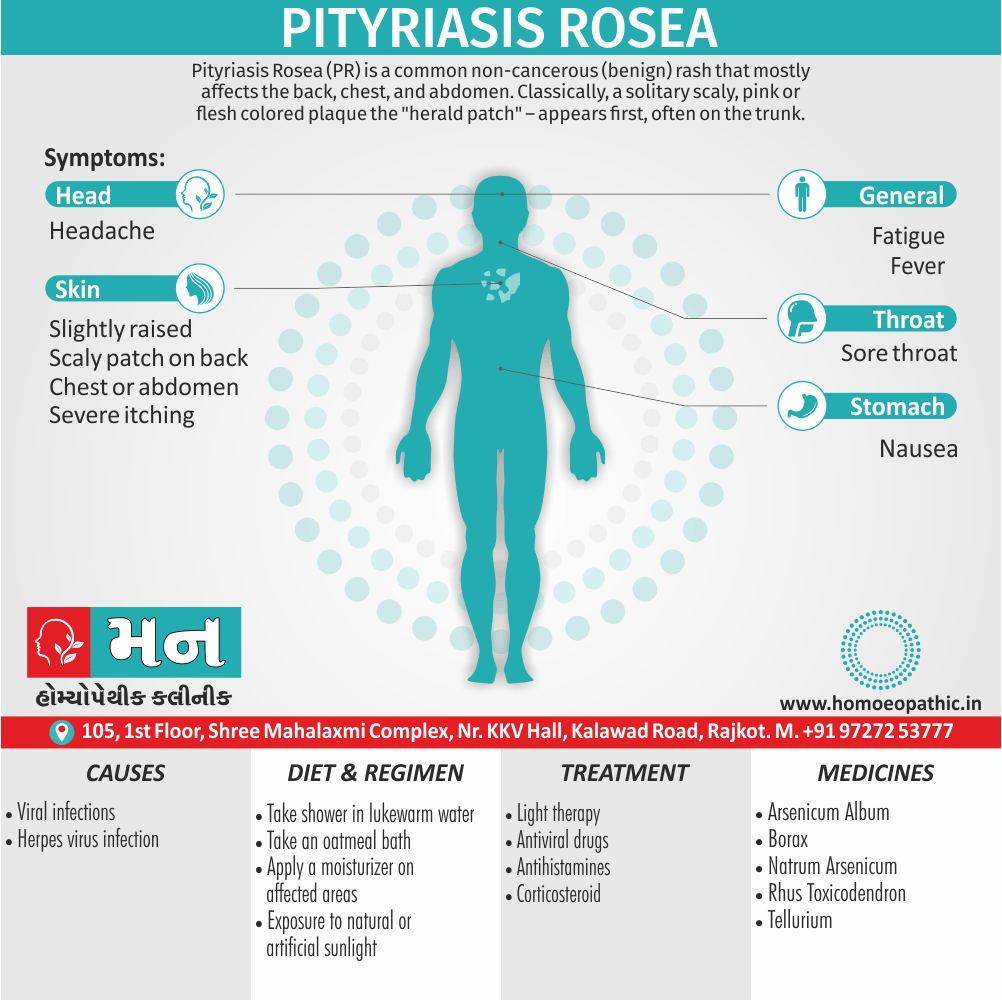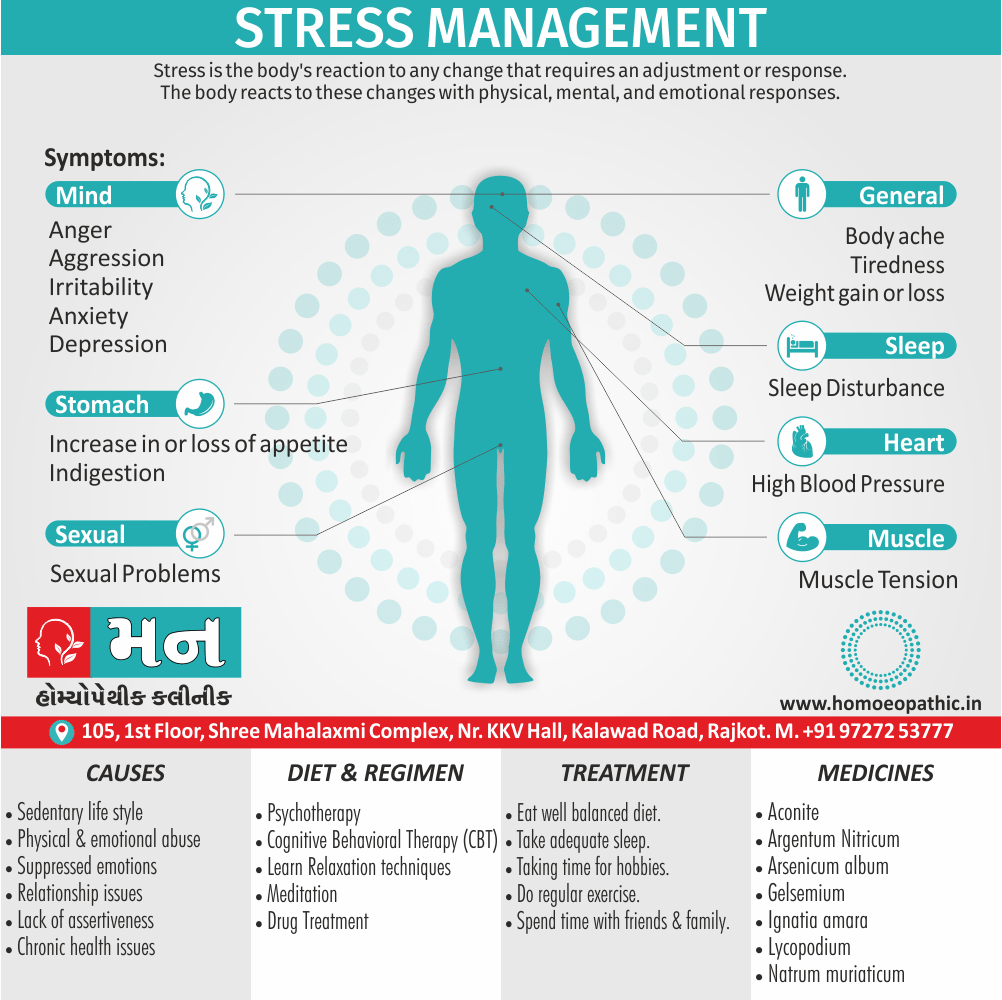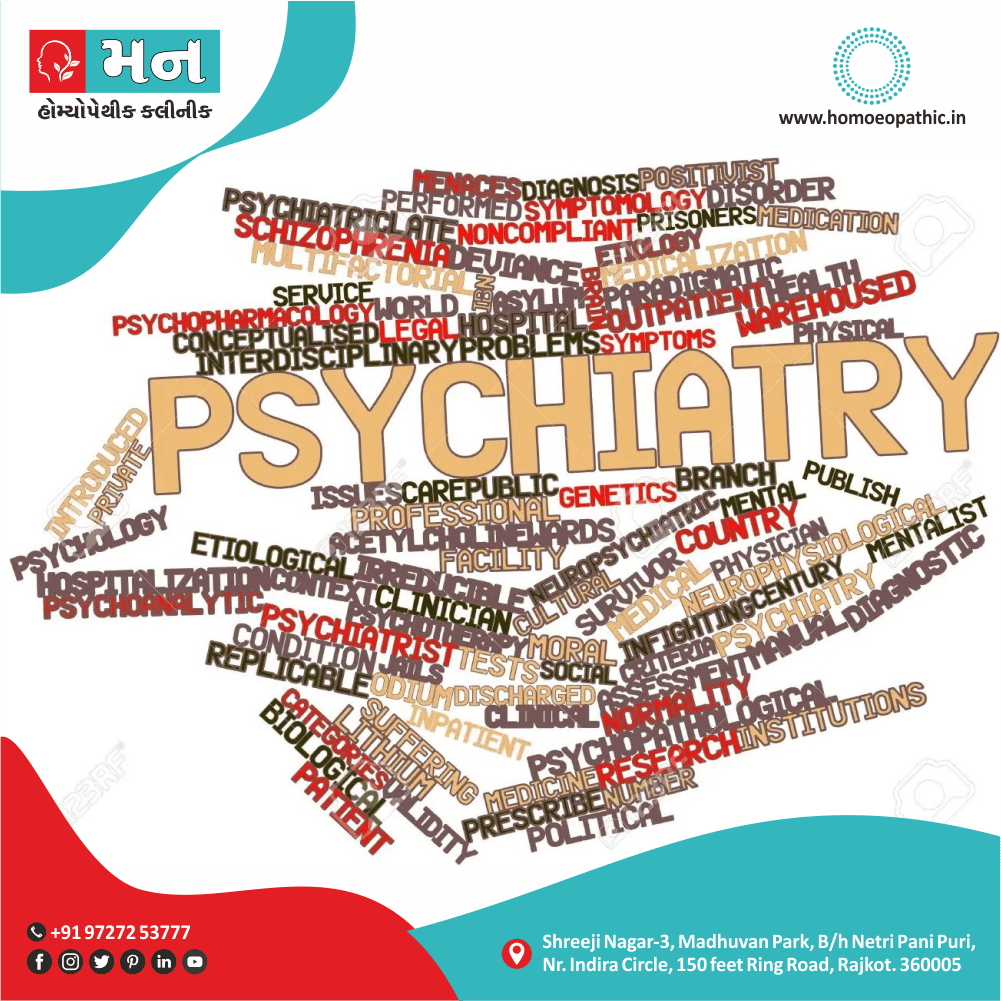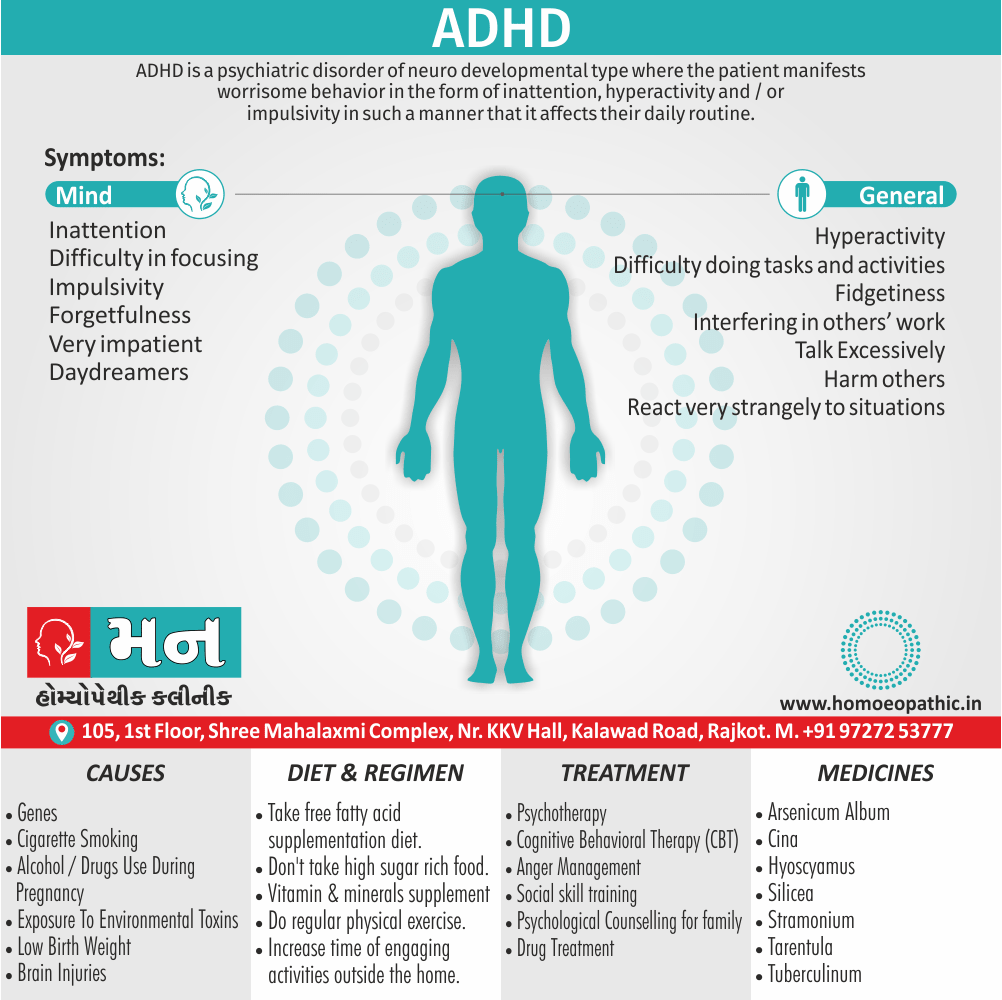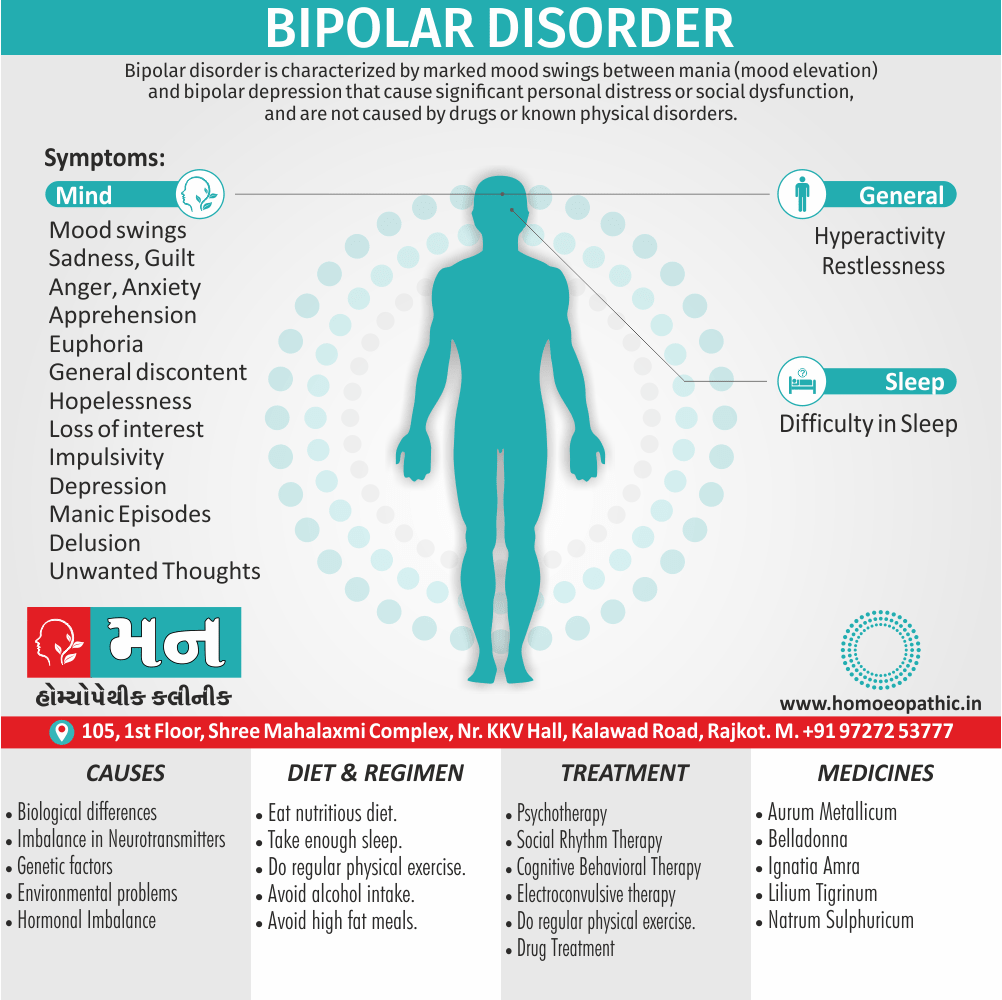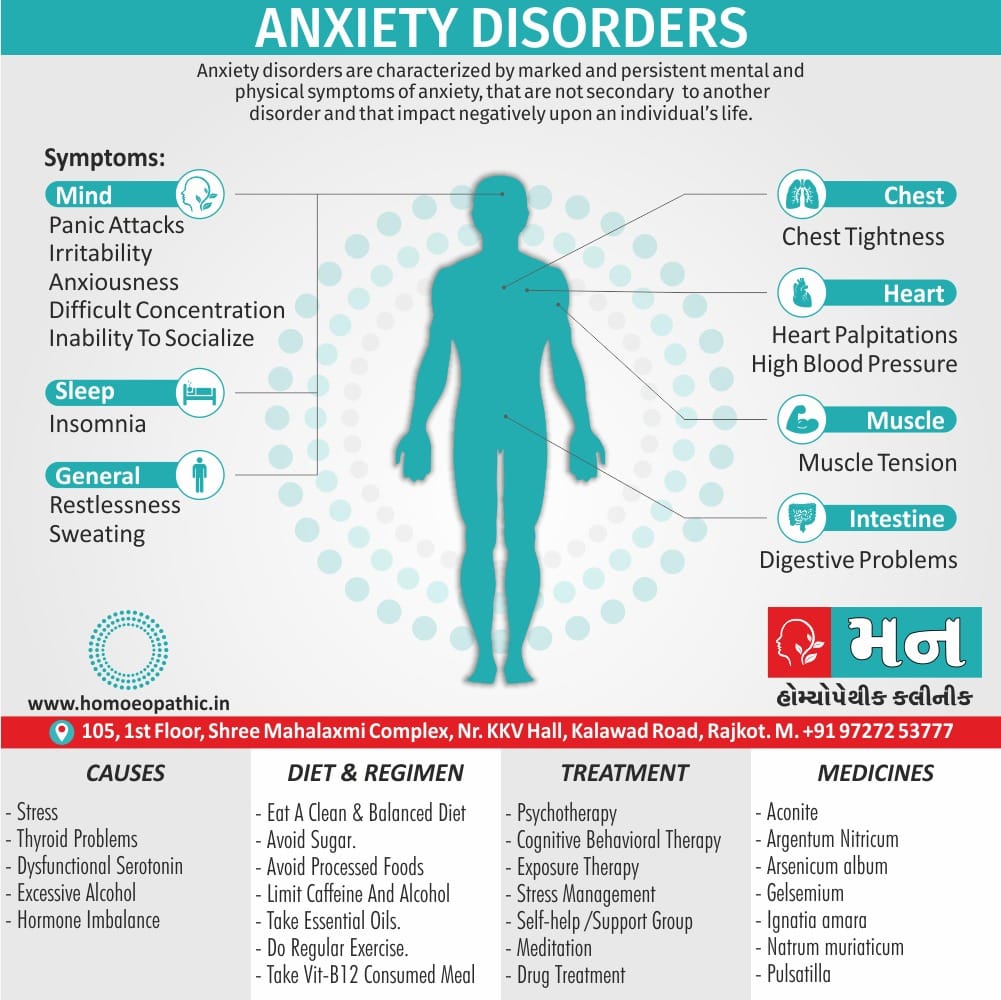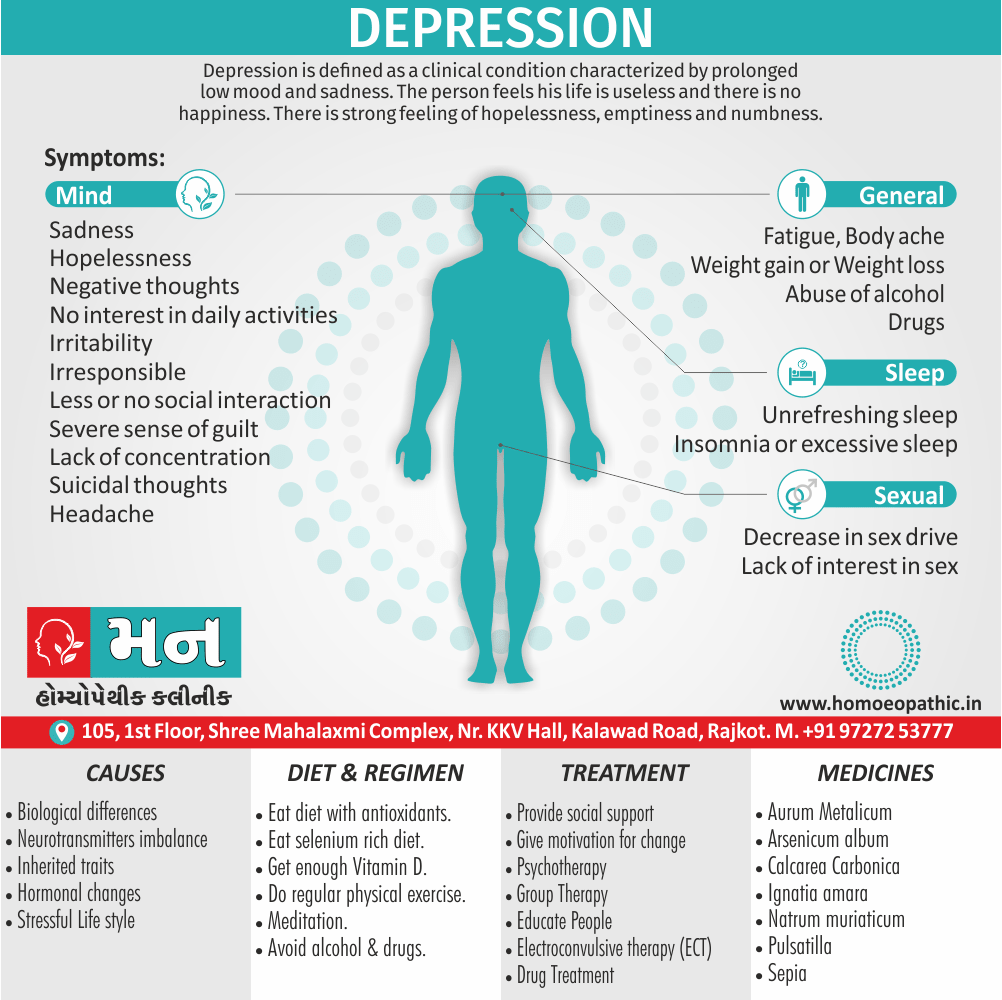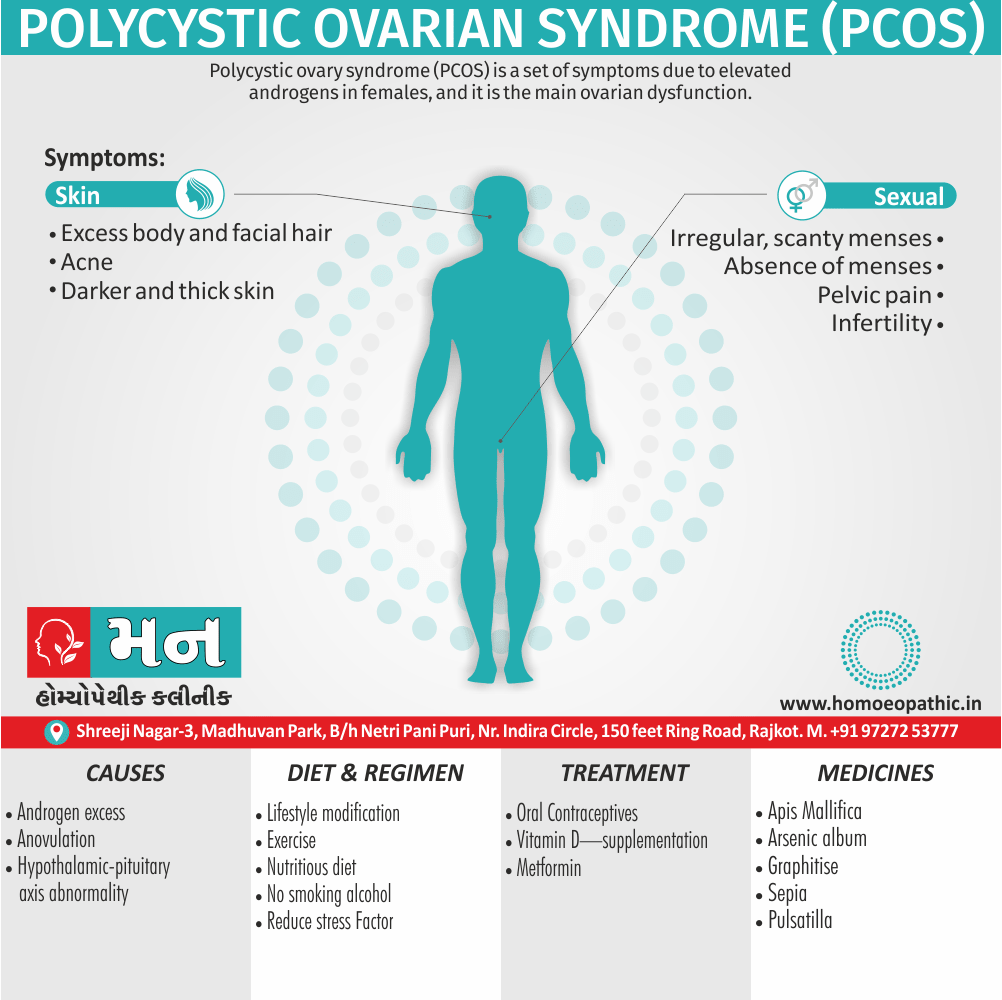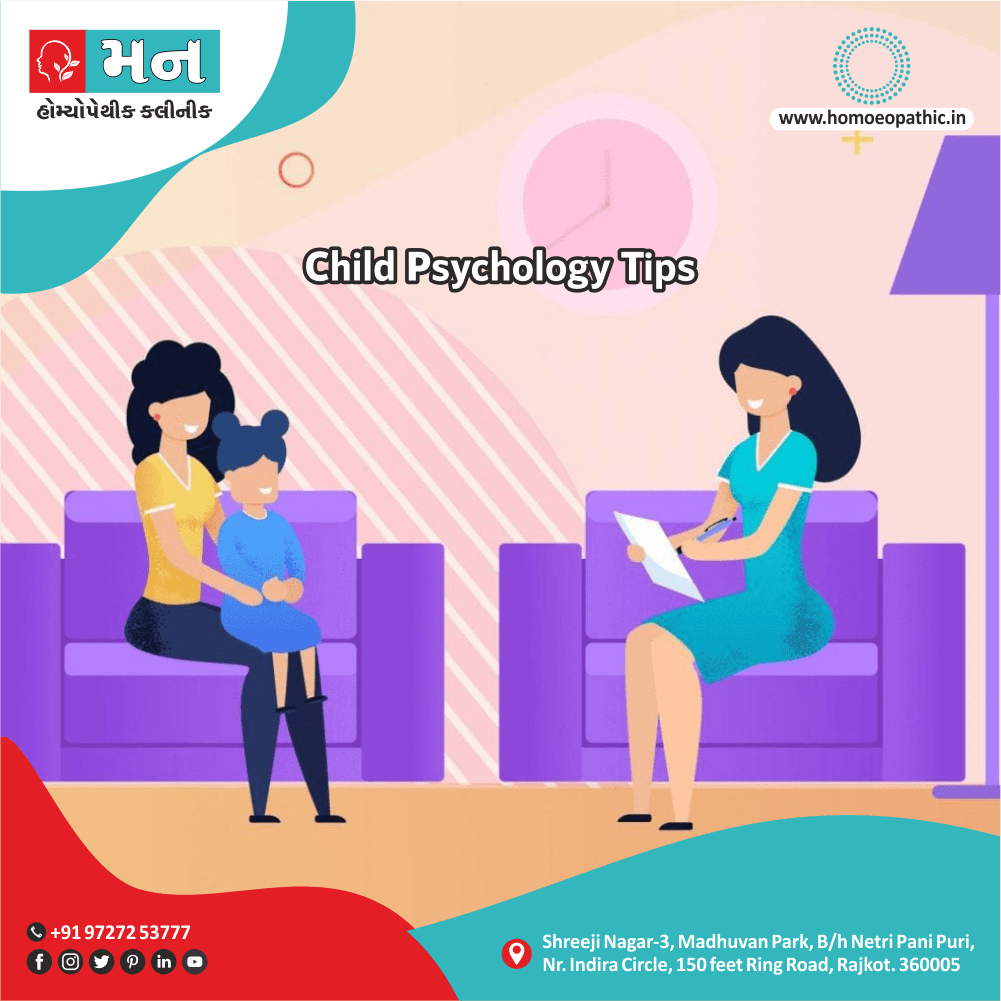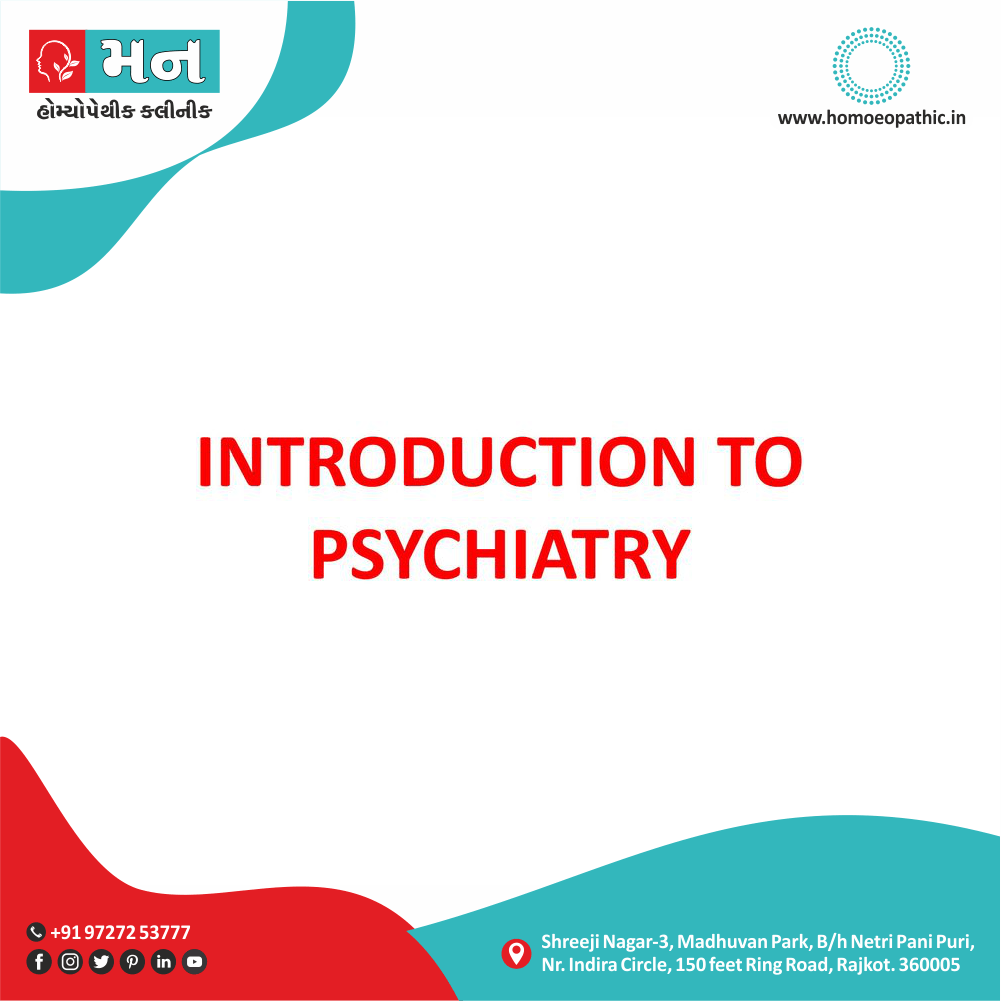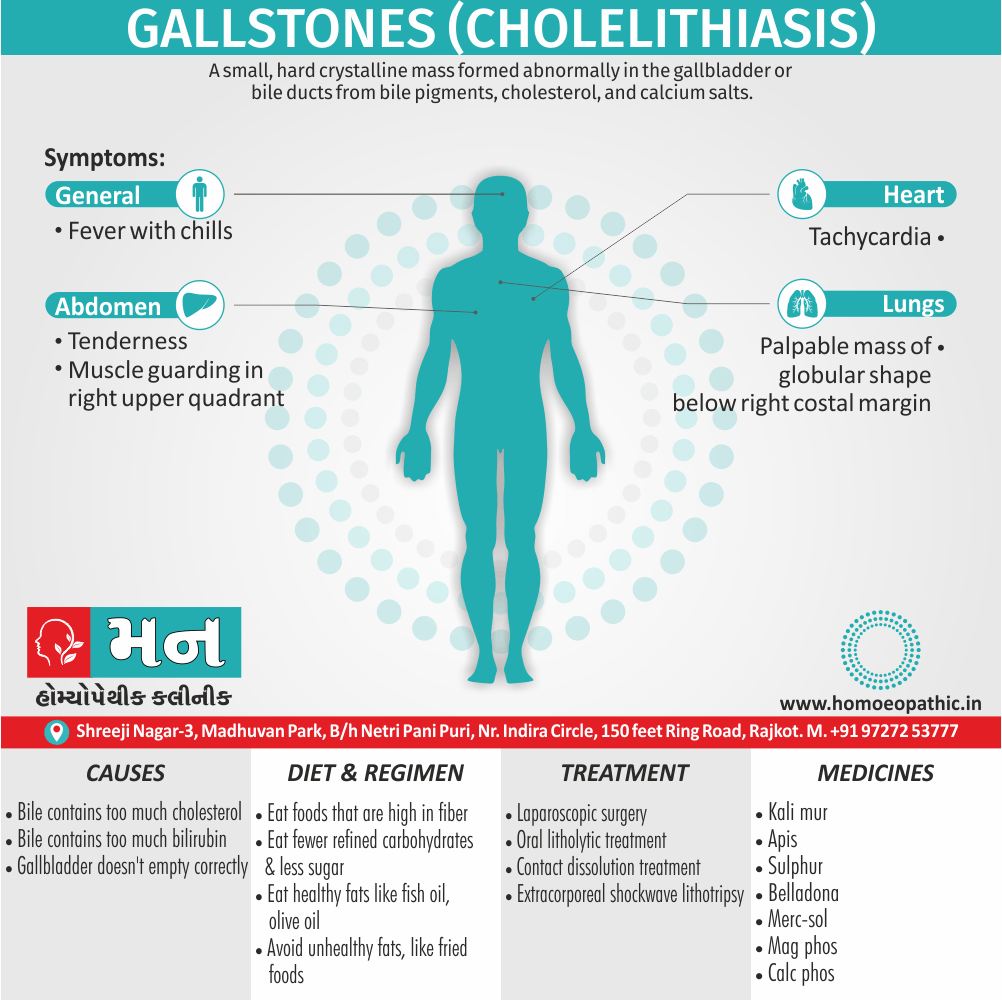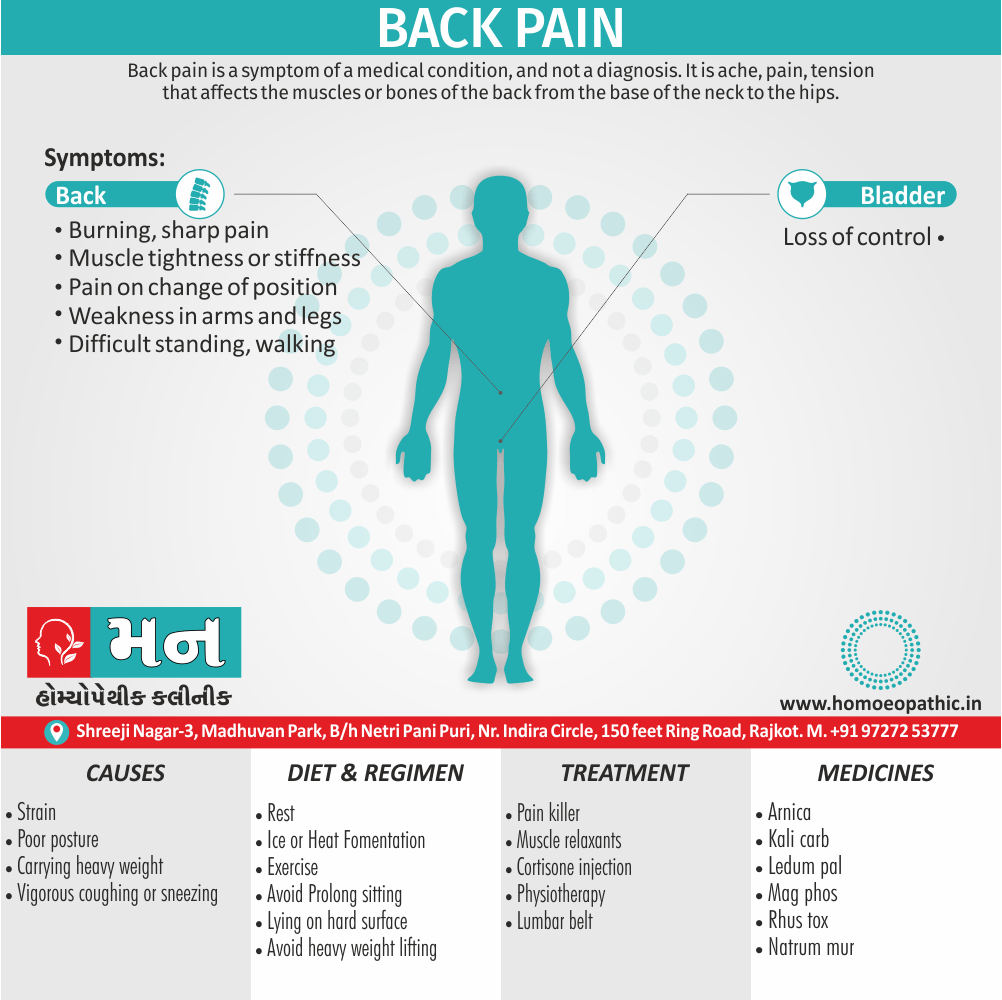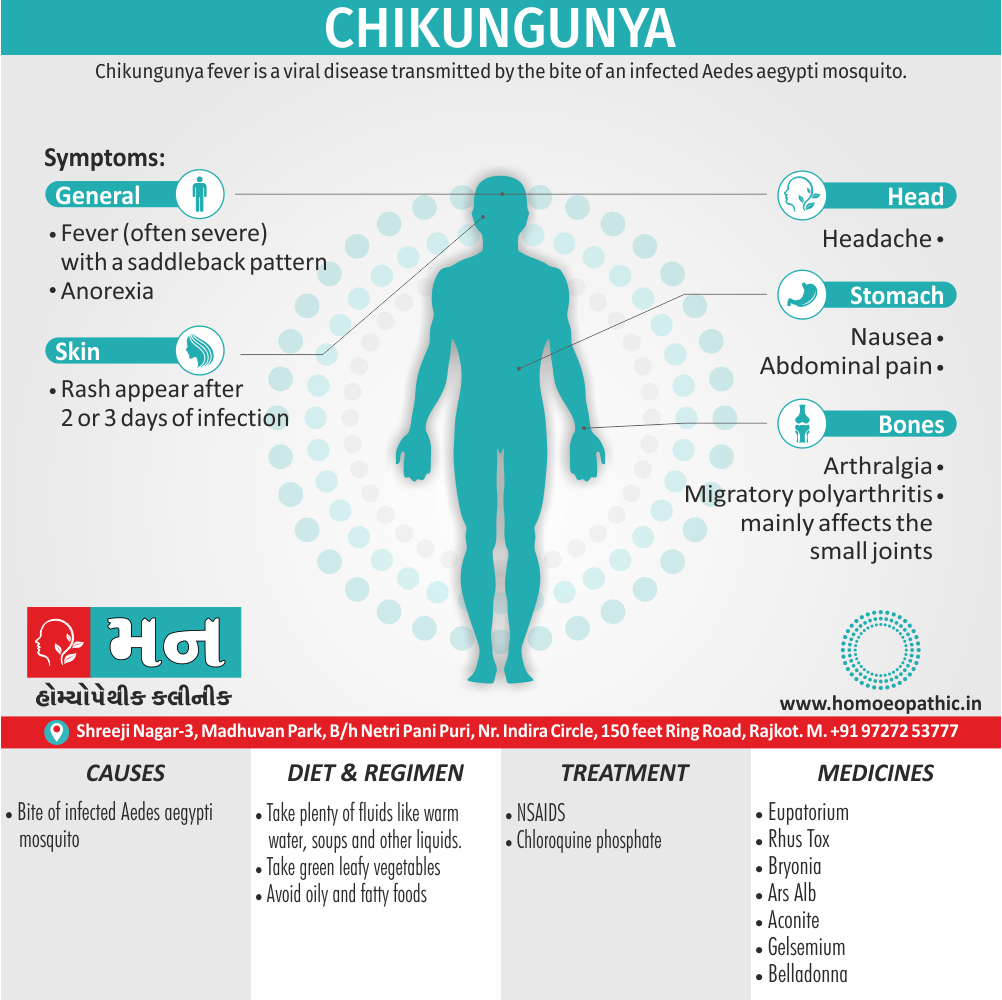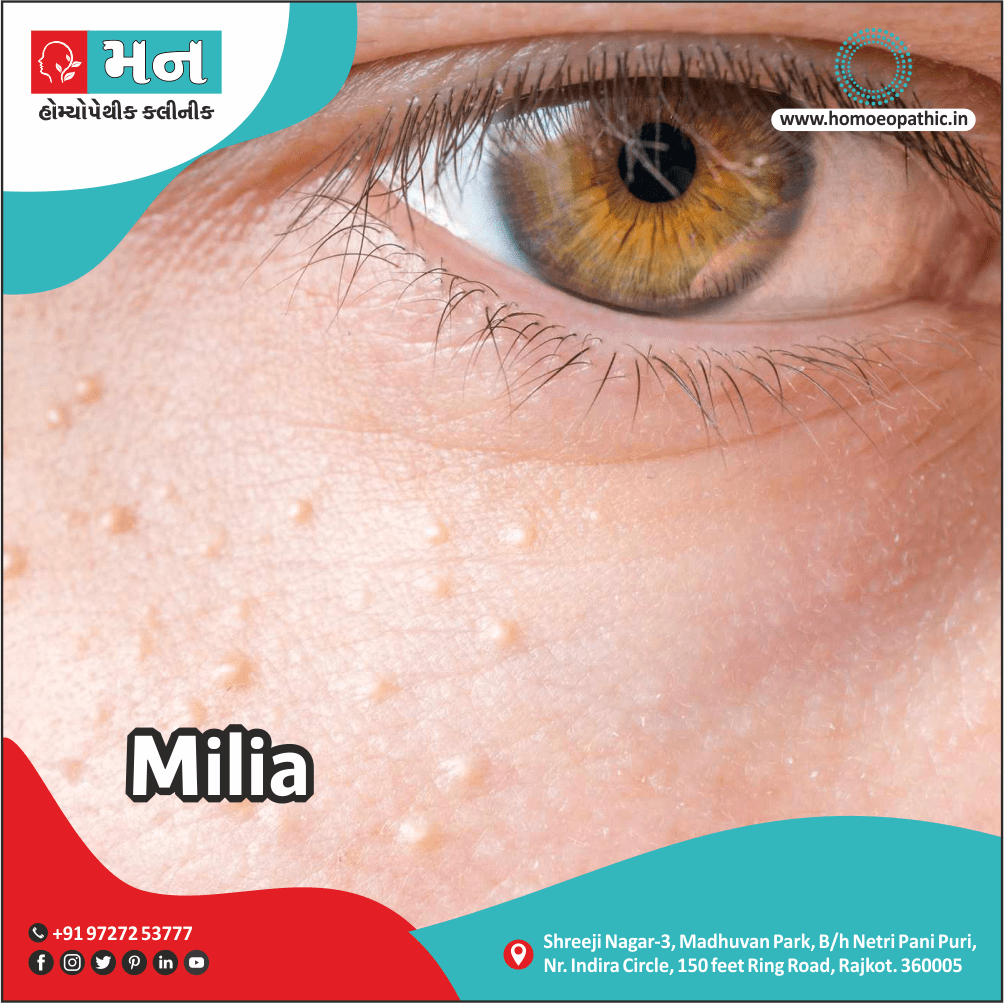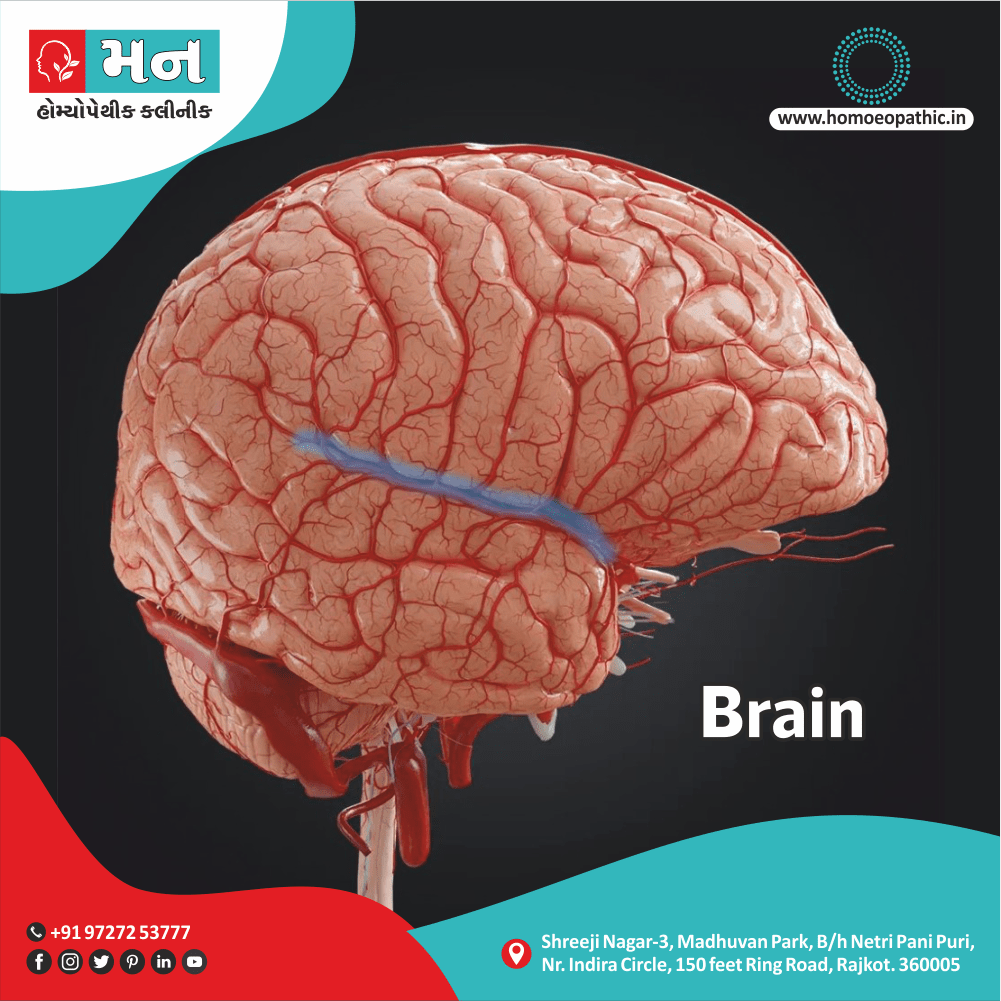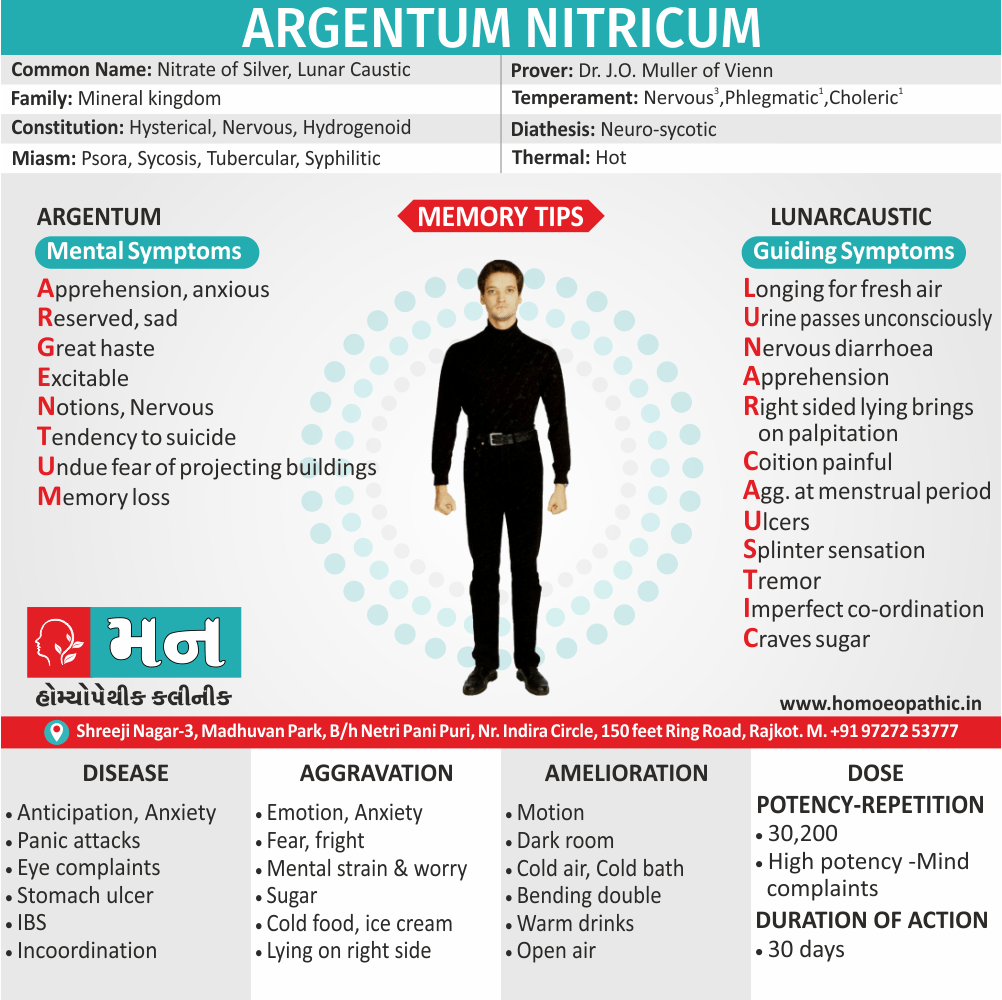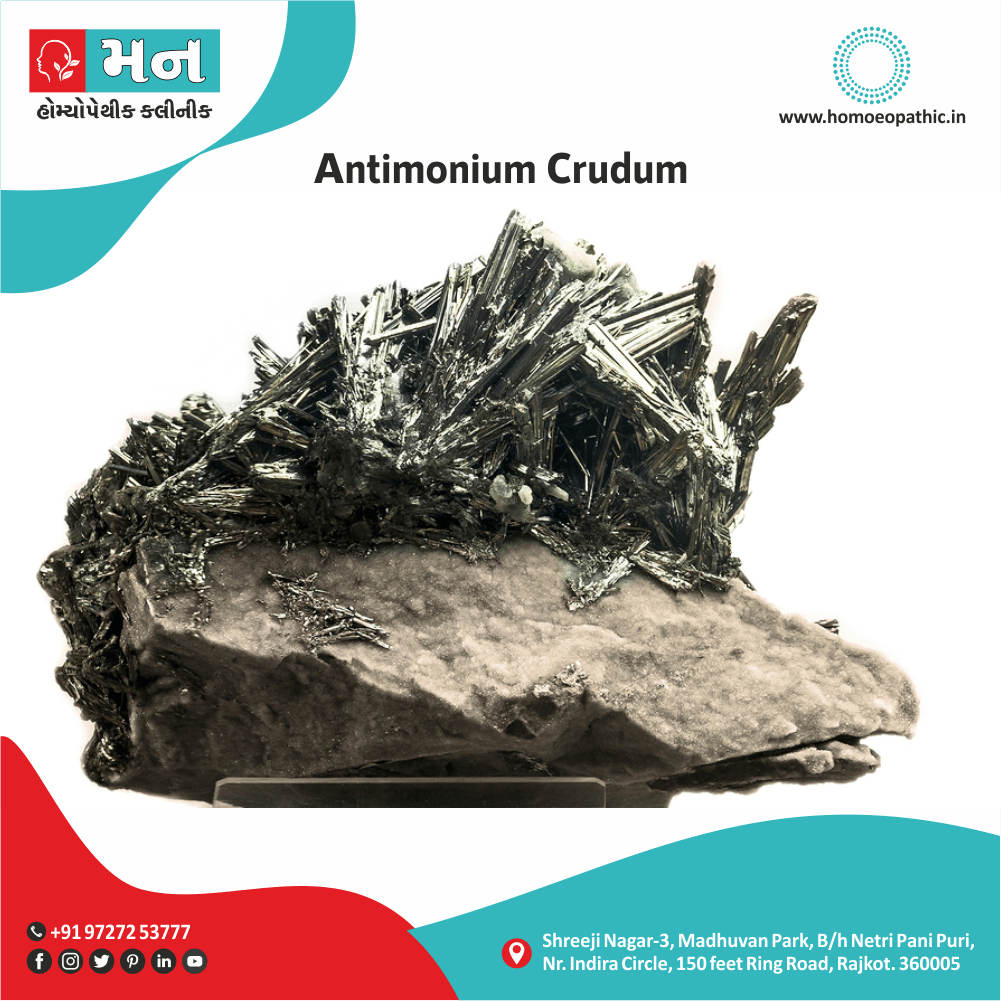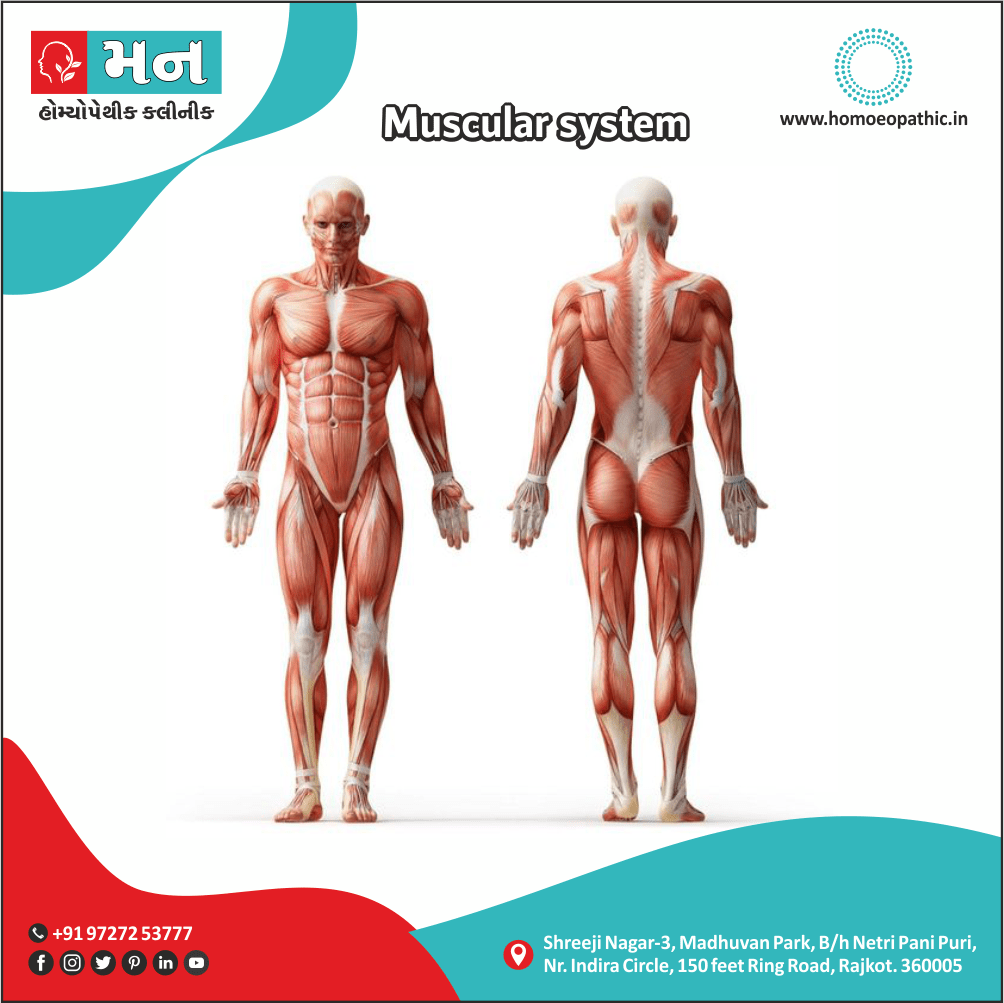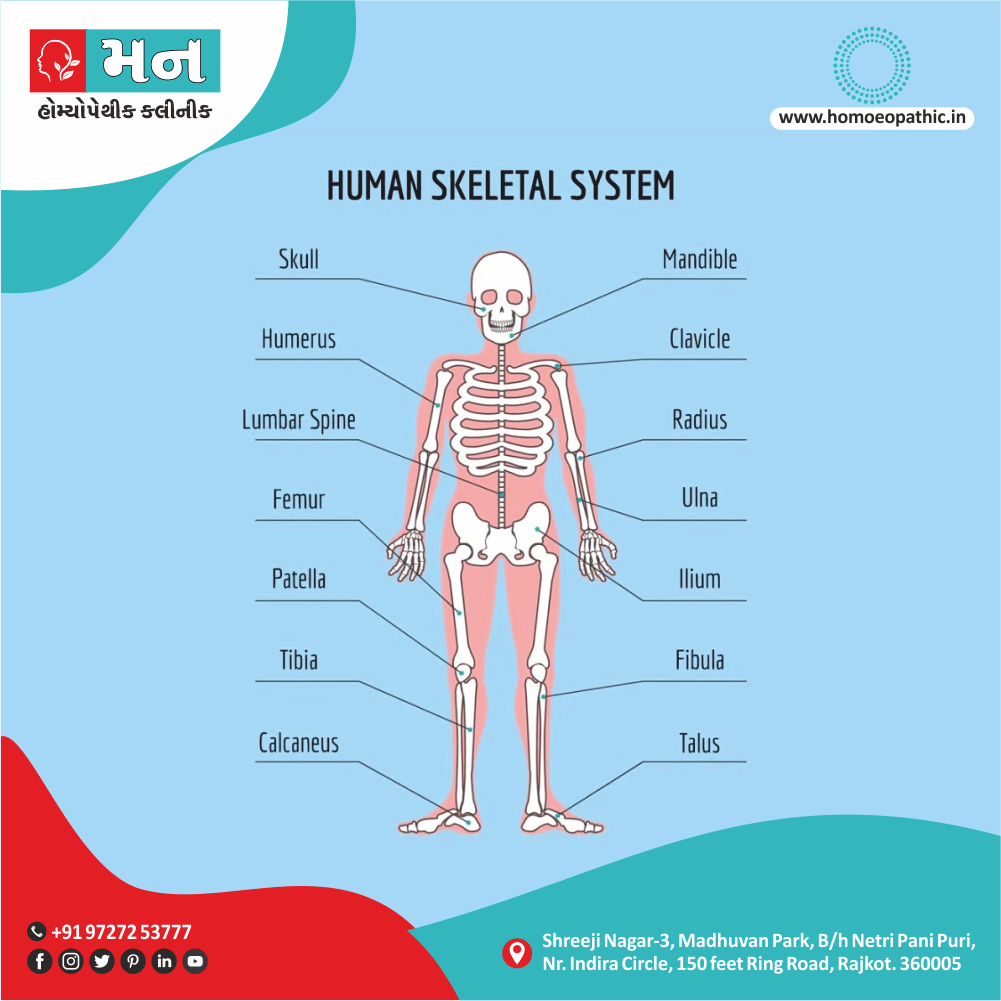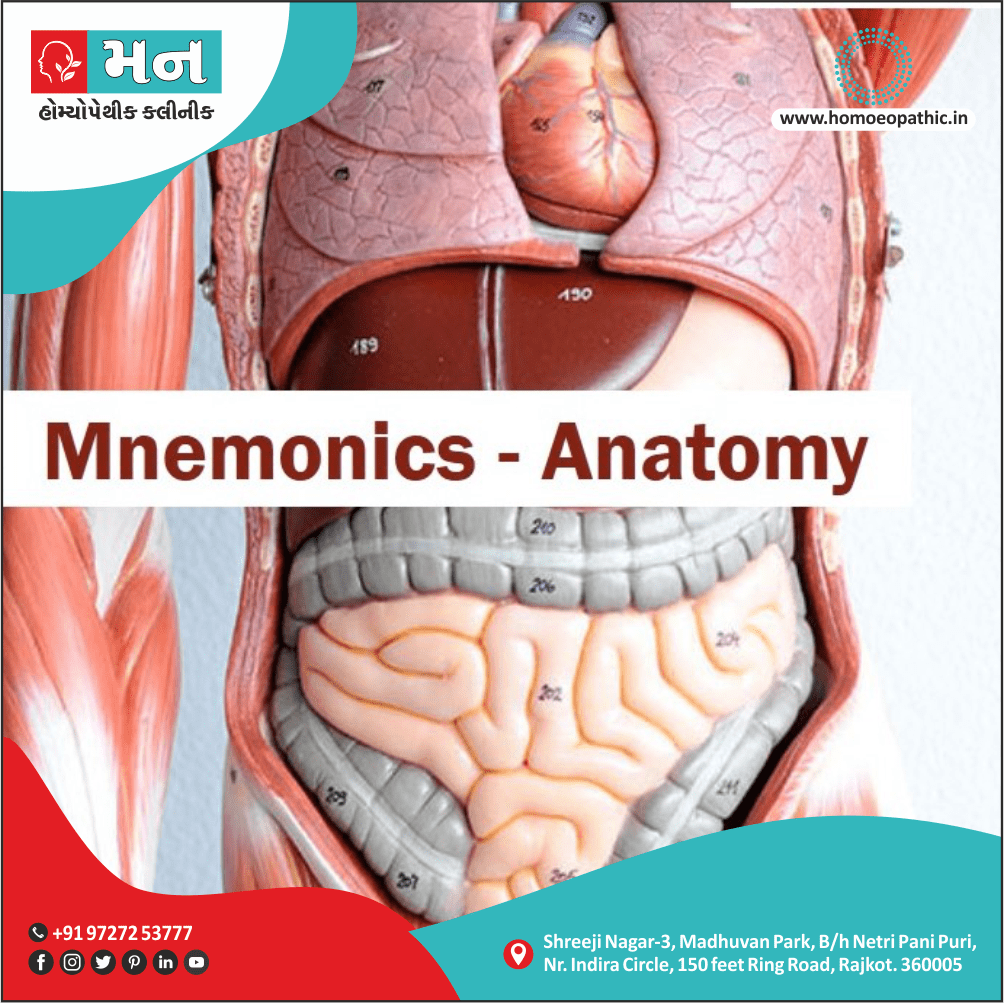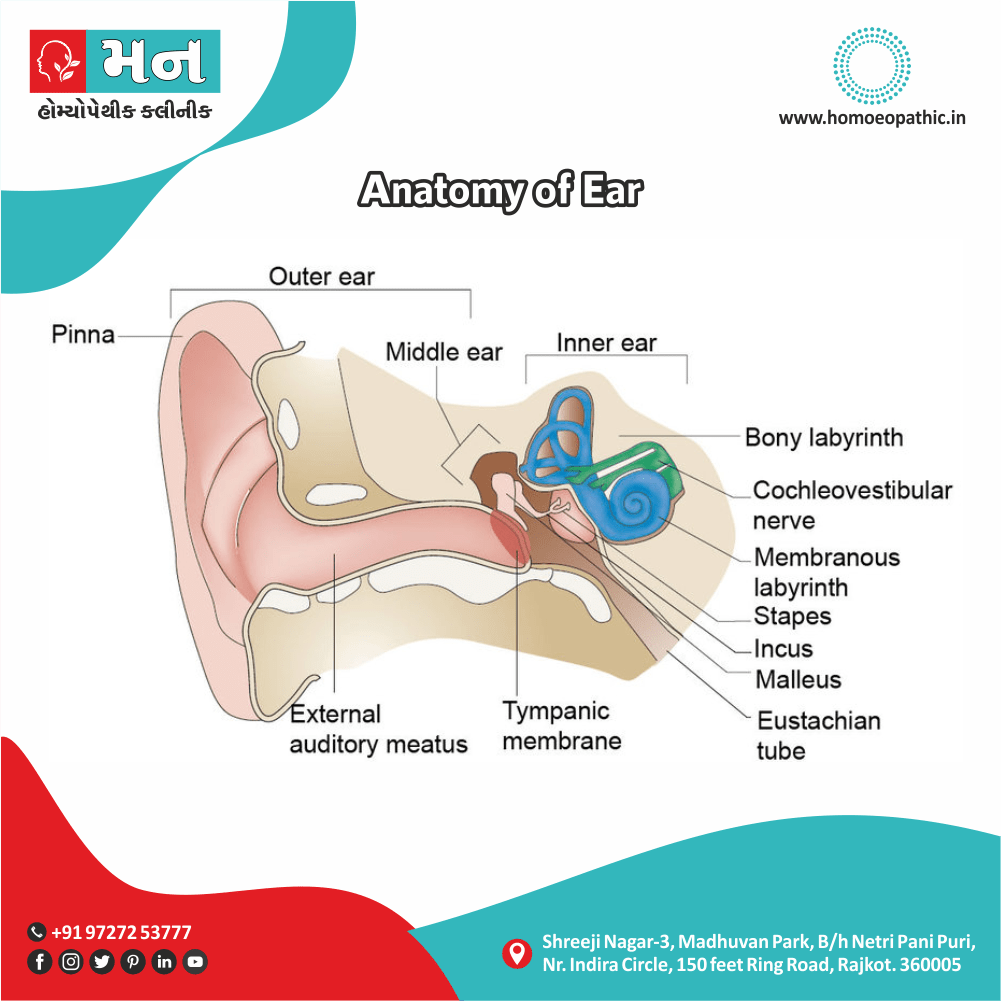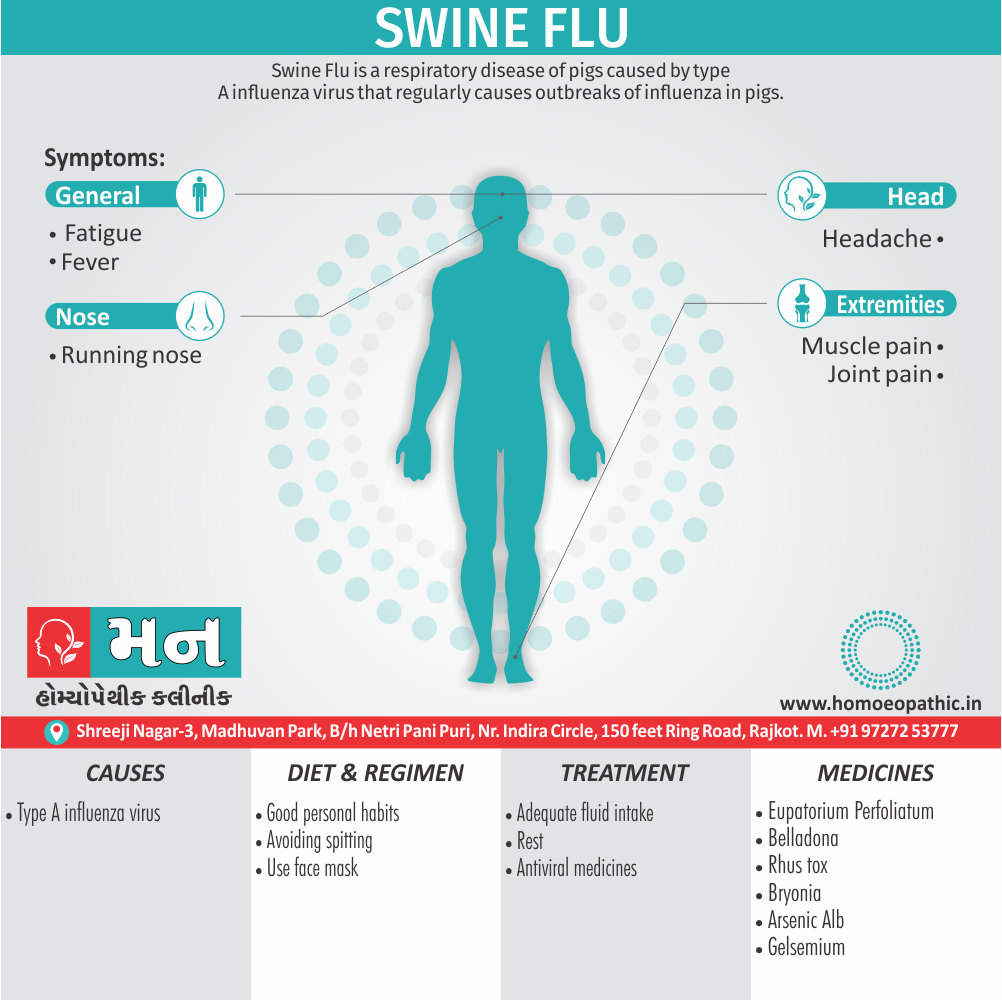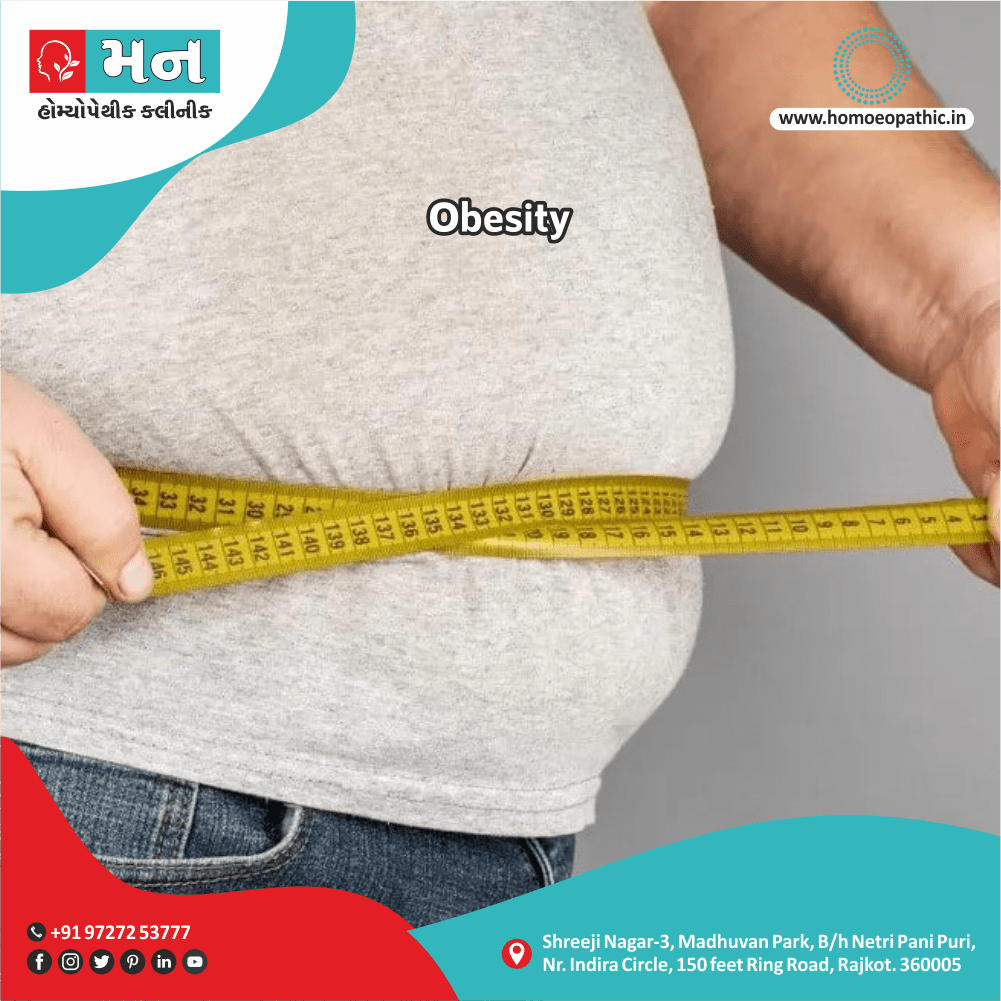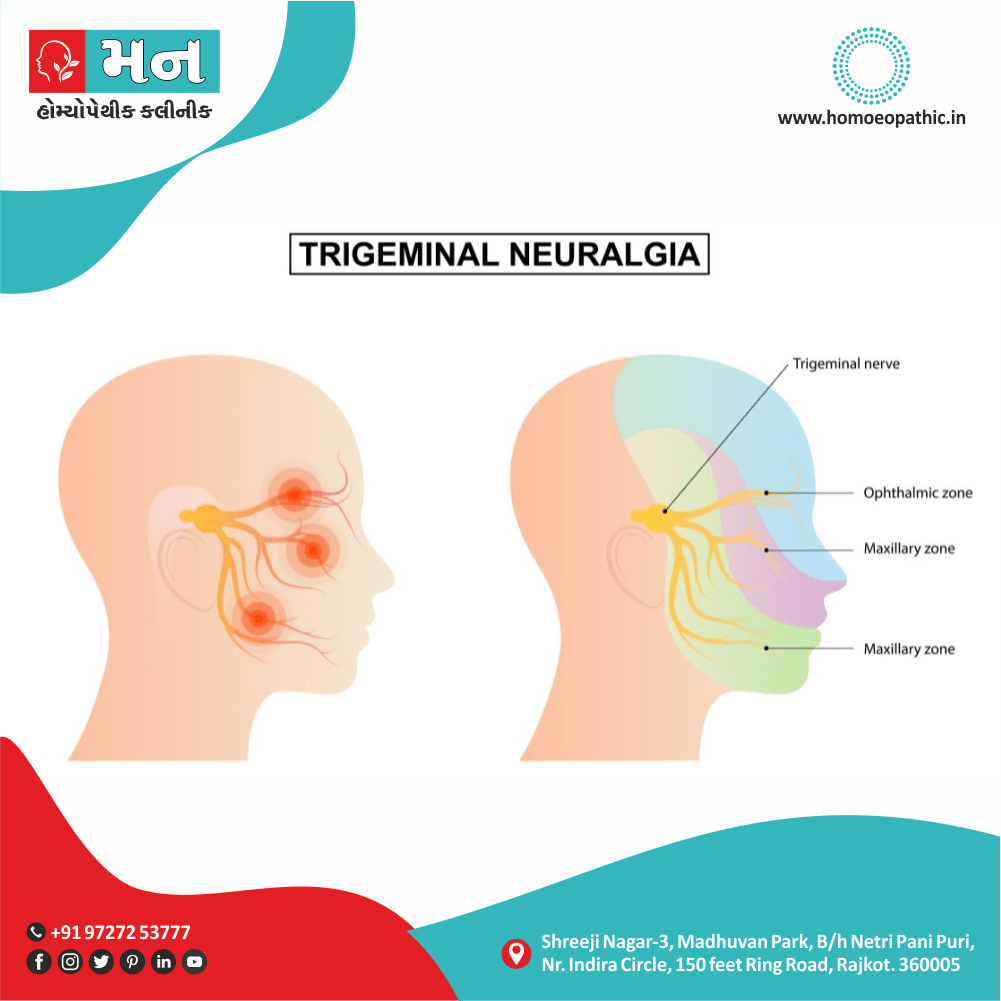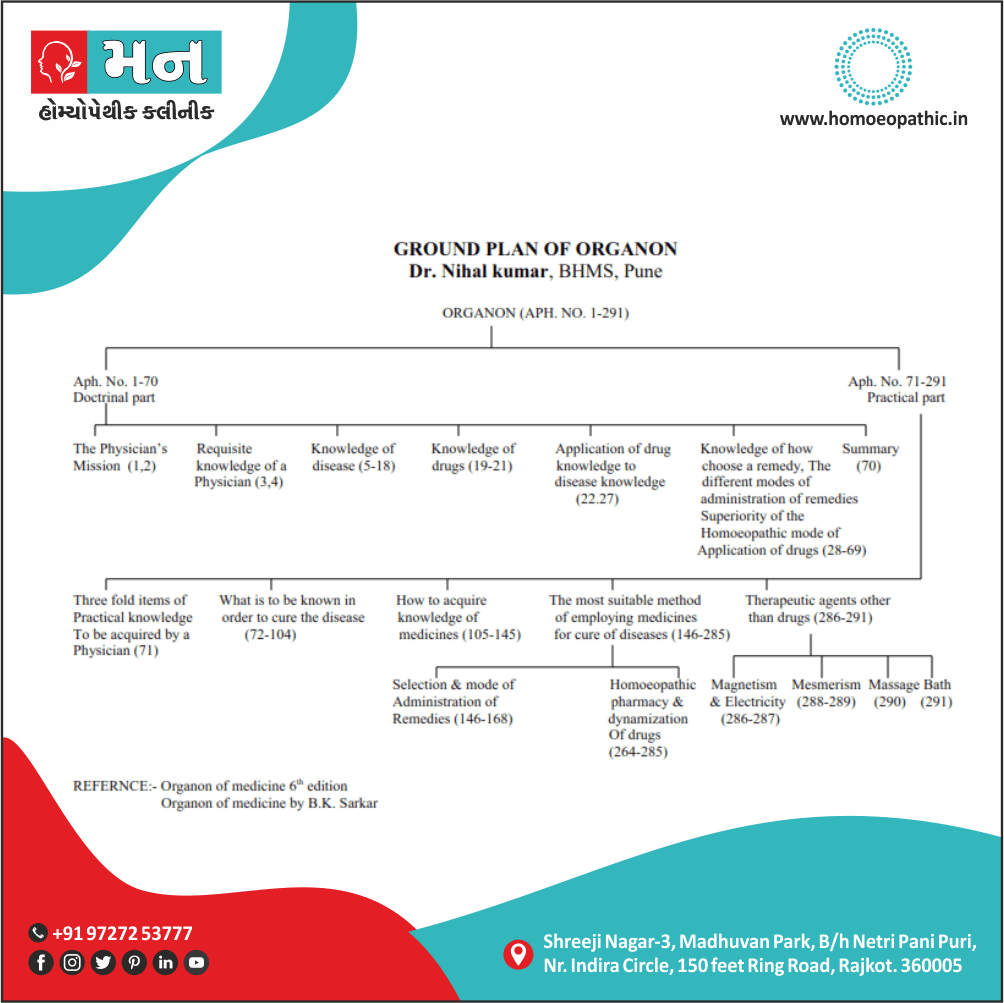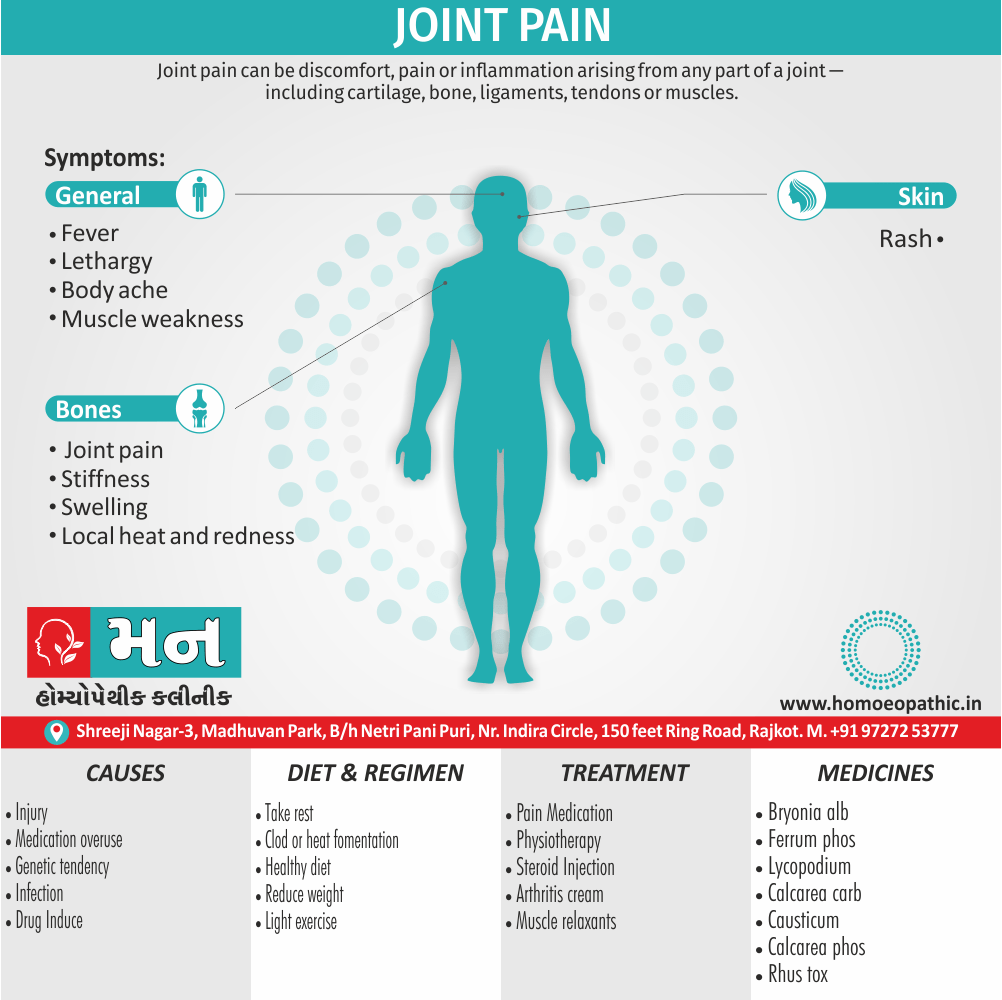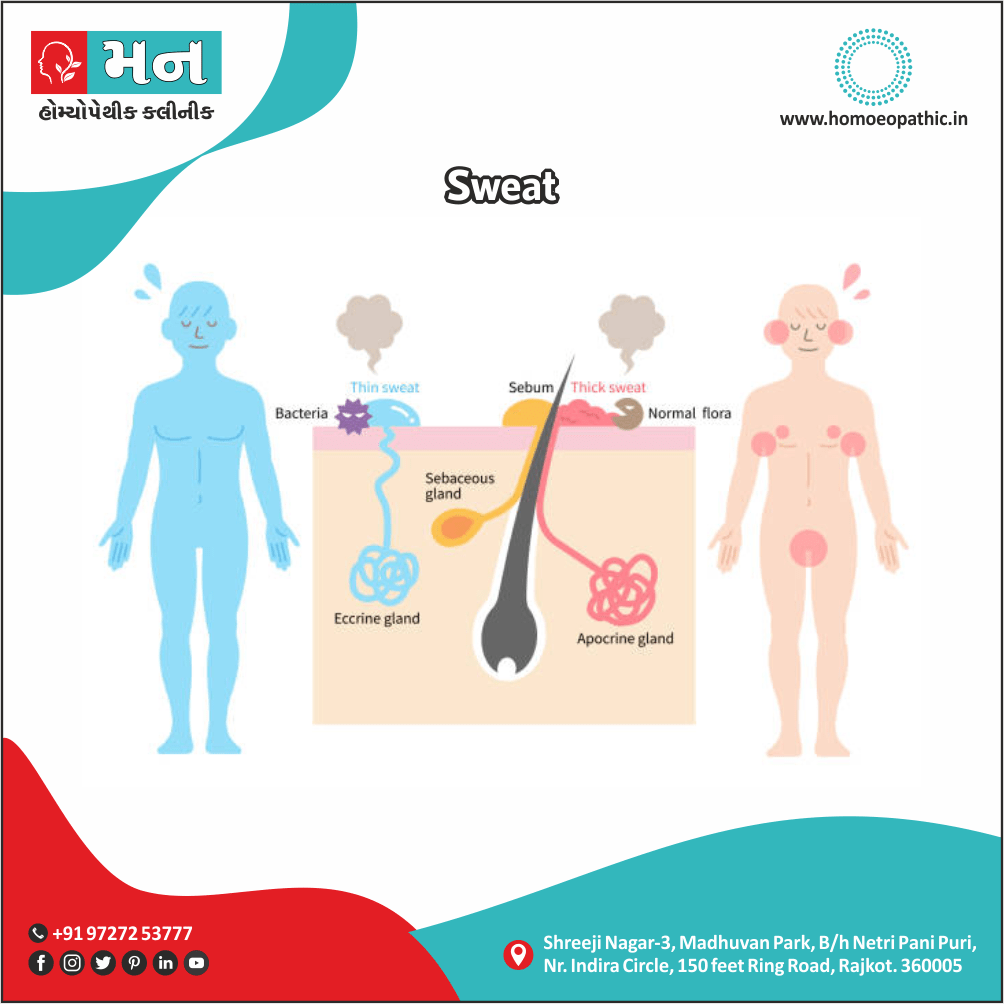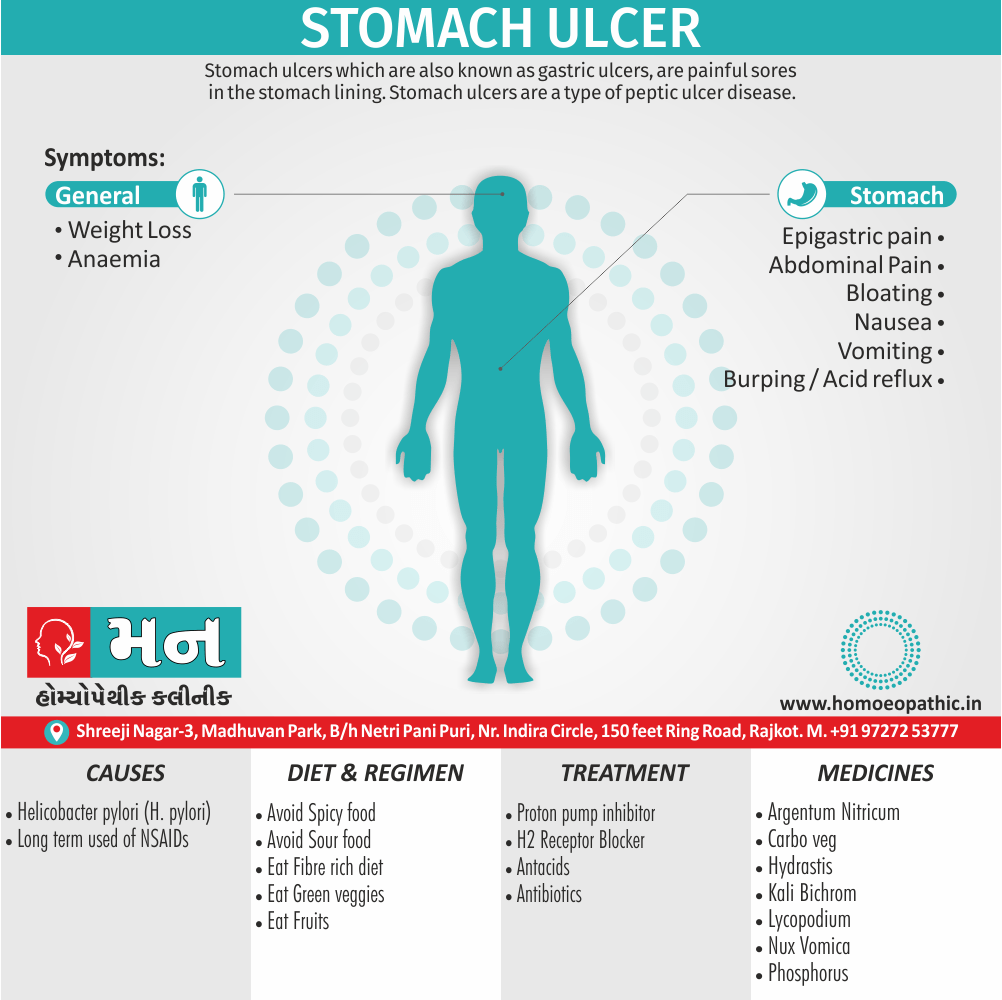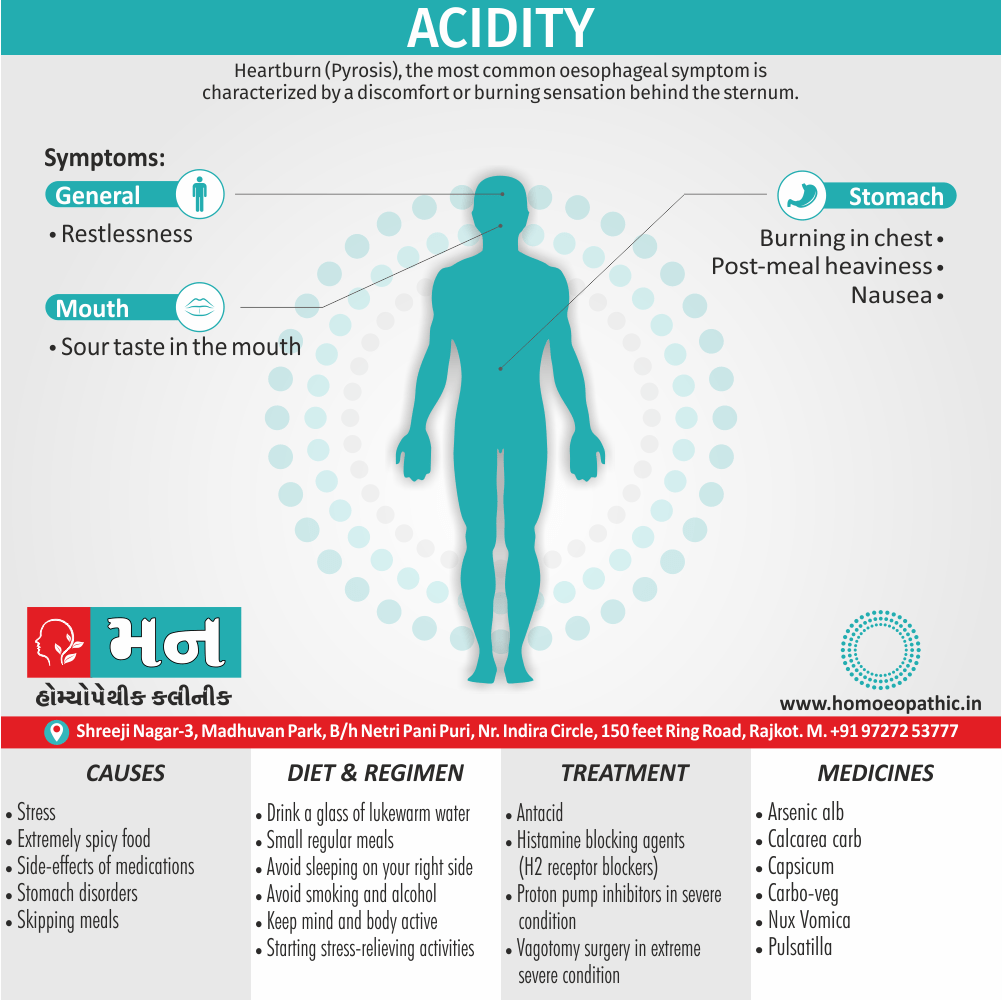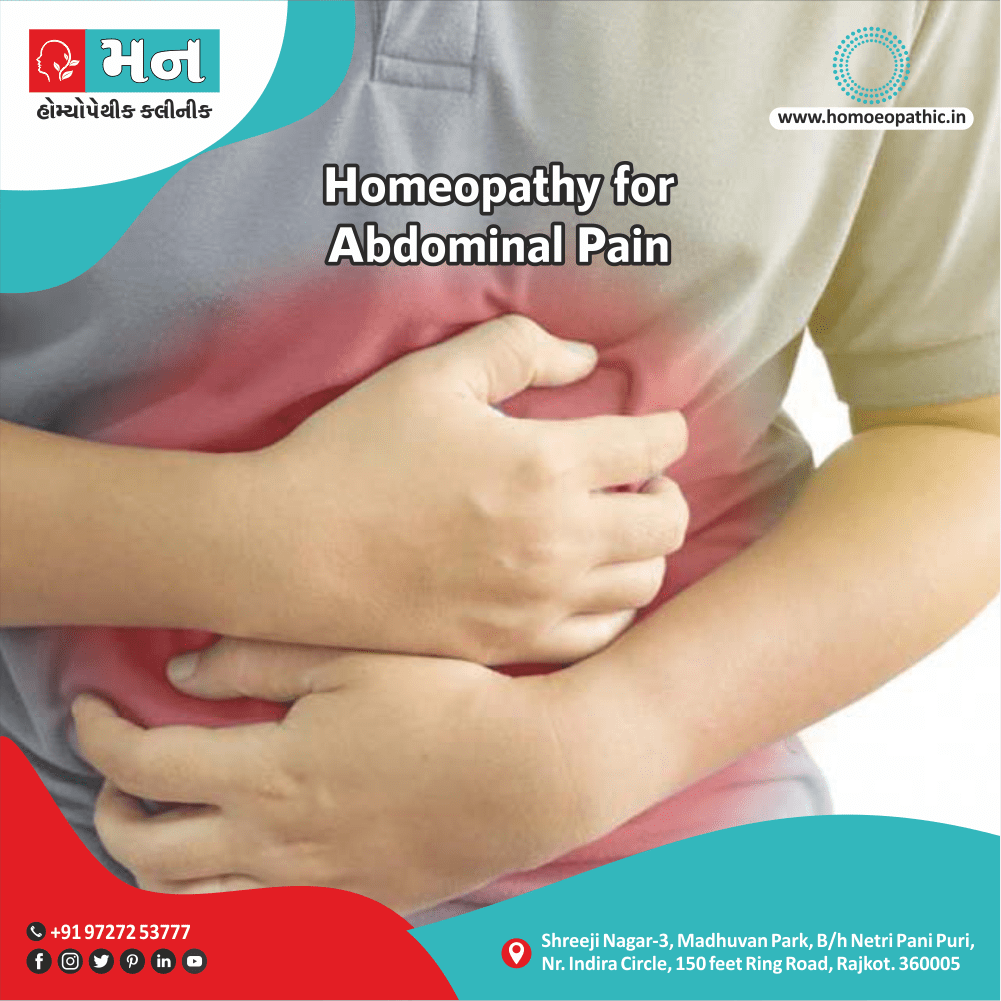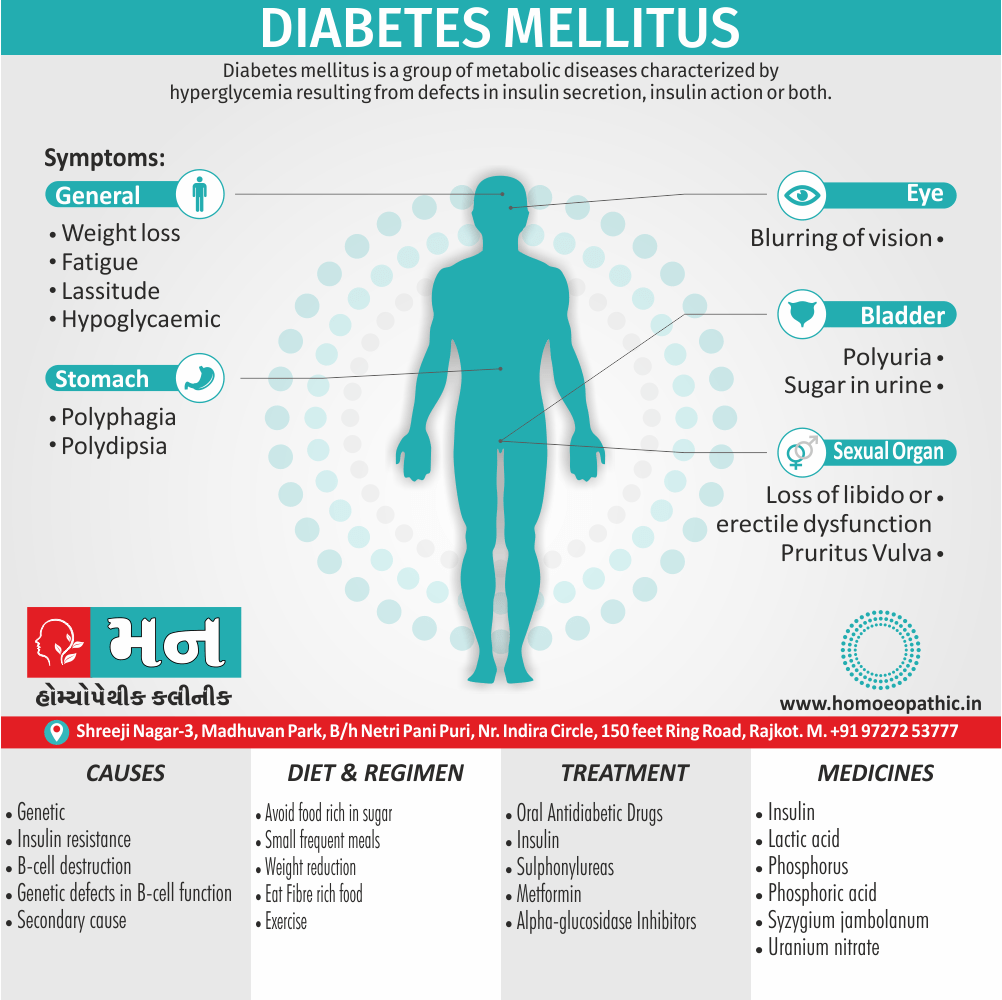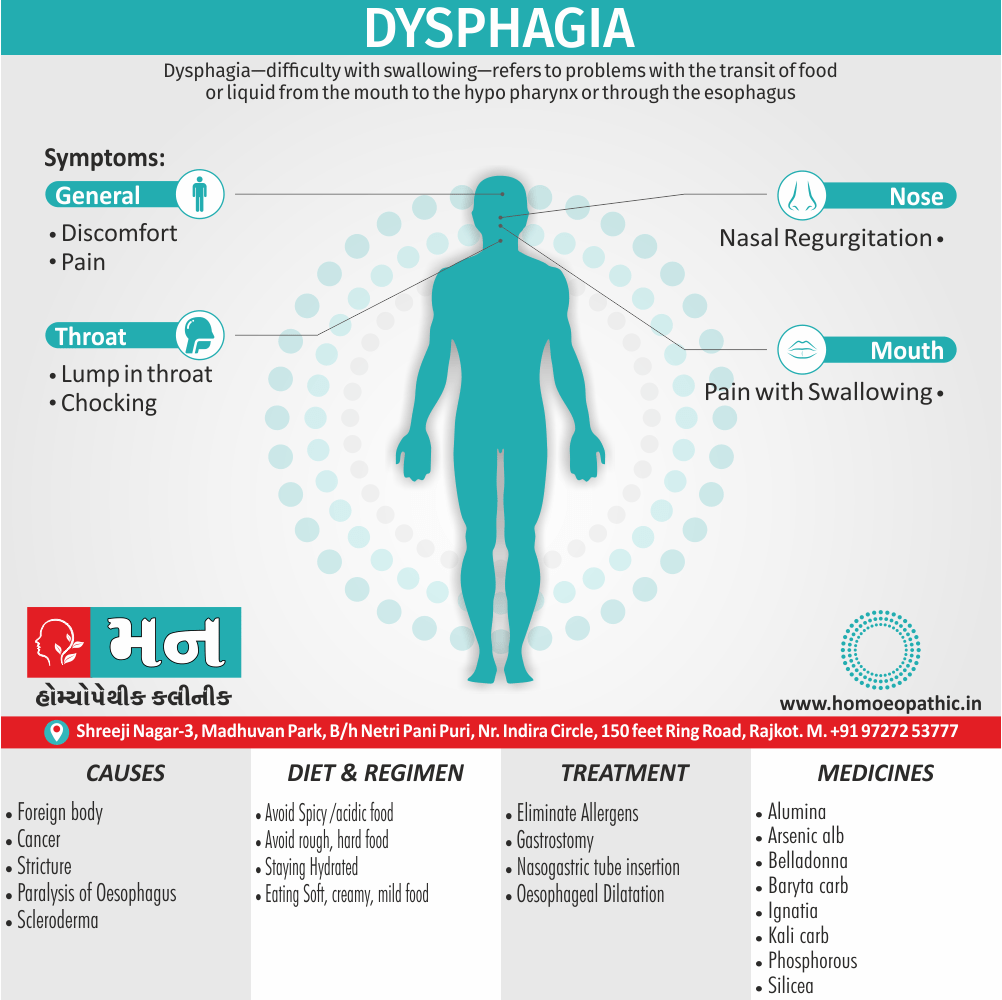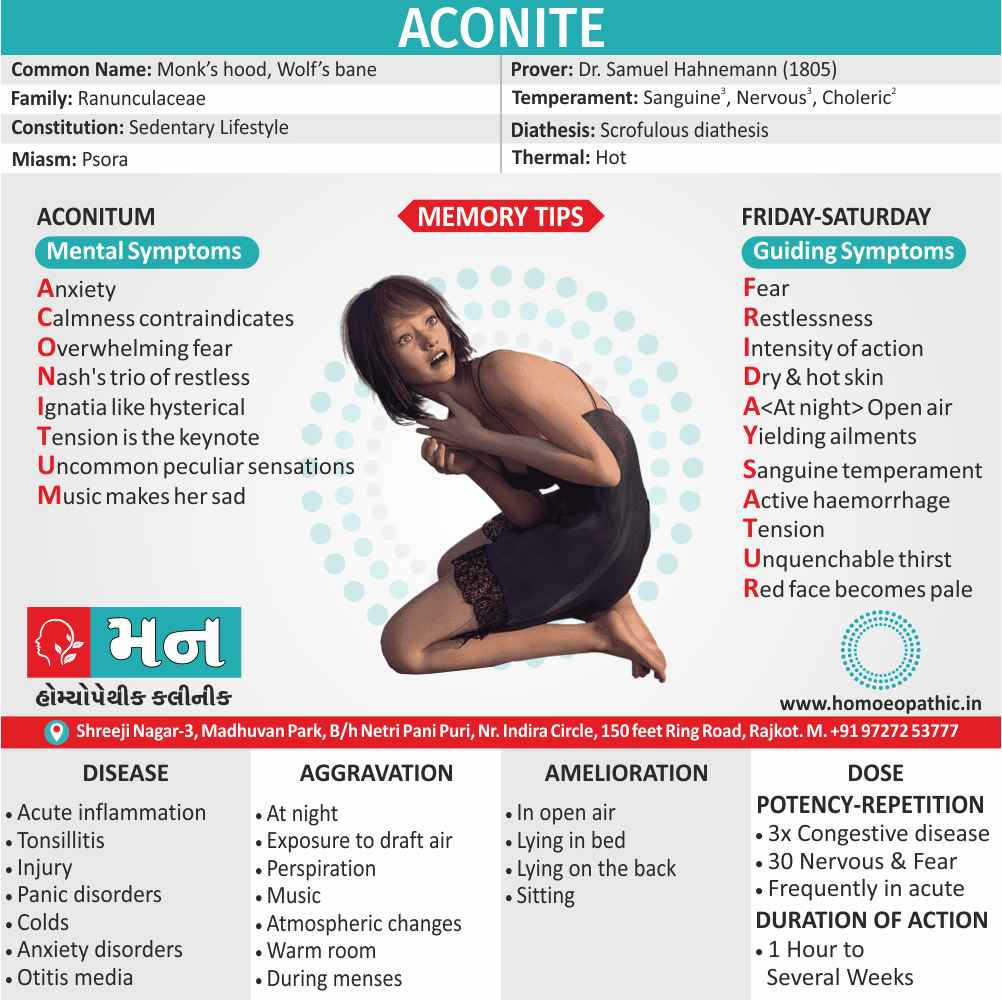Definition:
Hypochondriasis is defined as a persistent preoccupation with a fear (or belief) of having one (or more) serious disease(s), based on person’s own interpretation of normal body function or a minor physical abnormality. [1]
Overview
Epidemiology xxx
Causes
Types xxx
Risk Factors xxx
Pathogenesis xxx
Pathophysiology
Clinical Features xxx
Sign & Symptoms
Clinical Examination xxx
Diagnosis xxx
Differential Diagnosis xxx
Complications xxx
Investigations xxx
Treatment
Prevention xxx
Homeopathic Treatment
Diet & Regimen xxx
Do’s and Dont’s xxx
Terminology xxx
References
FAQ
Also Search As xxx
Overview
- Hypochondriasis or health anxiety, is worrying excessively that you are or may become seriously ill.
- You may have no physical symptoms or you may believe that normal body sensations or minor symptoms are signs of severe illness, even though a thorough medical examination doesn’t reveal a serious medical condition.
- You may experience extreme anxiety that body sensations, such as muscle twitching or fatigue, are associated with a specific, serious illness.
- This excessive anxiety rather than the physical symptom itself results in severe distress that can disrupt your life.
- Illness anxiety disorder is a long-term condition that can fluctuate in severity.
- It may increase with age or during times of stress.
- But psychological counseling (psychotherapy) and sometimes medication can help ease your worries. [2]
Epidemiology xxx
Indian epidemiology then other
Causes
The cause of hypochondriasis is not known.
The important theories are mentioned below:
1. Psychodynamic Theory i.e.:
- Hypochondriasis is believed to be based on a self-centered personality, caused by a toxic libido.
- Here other parts of body become erotogenic zones, which act as substitutes for genitals.
- Hypochondriacally focused organs symbolise the genitals.
- It must be remembered that this is only a theoretical psychodynamic construct.
2. As a Symptom of Depression i.e.:
- Hypochondriacal symptoms are commonly present in major depression.
- In fact, according to some, hypochondriasis is almost always a part of another psychiatric syndrome, most commonly a mood disorder.
- Thus, hypochondriasis has been visualised as a masked depression or depressive equivalent, though not everyone agrees with this view. [1]
Beliefs:
- You may have a difficult time tolerating uncertainty over either uncomfortable or unusual body sensations.
- This could lead you to misinterpret that all body sensations are serious, so you search for evidence to confirm that you have a serious disease.
Family:
- You may be more likely to have health anxiety if you had parents who worried too much about either their own health or your health.
Past experience:
- You may have had experience with serious illness in childhood, so physical sensations may be frightening to you. [2]
Types xxx
AAA
Risk Factors xxx
Risk factors are things that make you more likely to develop a disease in the first place.
Pathogenesis xxx
Pathogenesis refers to the development of a disease. It’s the story of how a disease gets started and progresses.
This is the entire journey of a disease, encompassing the cause but going beyond it.
Pathophysiology
Pathophysiology, on the other hand, focuses on the functional changes that occur in the body due to the disease. It explains how the disease disrupts normal physiological processes and how this disruption leads to the signs and symptoms we see.
Imagine a car accident. Pathogenesis would be like understanding how the accident happened – what caused it, the sequence of events (e.g., one car ran a red light, then hit another car). Pathophysiology would be like understanding the damage caused by the accident – the bent fenders, deployed airbags, and any injuries to the passengers.
In simpler terms, pathogenesis is about the "why" of a disease, while pathophysiology is about the "how" of the disease’s effects.
Clinical Features xxx
Tab Content
Sign & Symptoms
Sign & Symptoms
- Generally, Complete physical examination and investigations do not show presence of any significant abnormality.
- The fear or belief persists despite assurance to the contrary by showing normal reports to the patient.
- The fear or belief is not a delusion but is instead an example of an overvalued idea.
- Furthermore, The patient may agree regarding the possibility of his exaggerating the graveness of situation, at that time.
- A preoccupation with medical terms also syndromes is quite common.
- The patient tends to change the physician frequently, in order to get investigated again.
- Besides this, The usual age of onset is in the late third decade.
- Lastly, The course is usually chronic with remissions and relapses.
Other symptoms
- Obsessive personality traits and self-centered personality features are frequently seen, in addition to associated anxiety and depression. [1]
- In detail, Frequently making medical appointments for reassurance or avoiding medical care for fear of being diagnosed with a serious illness
- Avoiding people, either places or activities for fear of health risks
- Constantly talking about your health also possible illnesses
- All in all, Frequently searching the internet for causes of symptoms or possible illnesses [2]
Clinical Examination xxx
Tab Content
Diagnosis xxx
Tab Content
Differential Diagnosis xxx
Complications xxx
Complications are what happen after you have a disease. They are the negative consequences of the disease process.
Investigations xxx
Tab Content
Treatment
The treatment of hypochondriasis is often difficult.
It basically consists of i.e.:
Supportive psychotherapy.
Treatment of associated or underlying depression also anxiety, if present. [1]
Psychotherapy:
Because physical sensations can be related to emotional distress and health anxiety, psychotherapy particularly cognitive behavioral therapy (CBT) can be an effective treatment.
CBT helps you learn skills to manage hypochondriasis and find different ways to manage your worries other than excessive medical testing or avoidance of medical care.
CBT can help you i.e.:
- Identify your fears also beliefs about having a serious medical disease
- Learn alternate ways to view your body sensations by working to change unhelpful thoughts
- Become more aware of how your worries affect you and your behavior
- Change the way you respond to your body sensations and symptoms
- Learn skills to cope with and tolerate anxiety and stress
- Reduce avoidance of situations and activities due to physical sensations
- Reduce behaviors of frequently checking your body for signs of illness and repeatedly seeking reassurance
- Improve daily functioning at home, at work, in relationships and in social situations
- Address other mental health disorders, such as depression
Other therapies such as behavioral stress management and exposure therapy also may be helpful.
Medications:
- Antidepressants, such as selective serotonin reuptake inhibitors (SSRIs), may help treat illness anxiety disorder.
- Medications to treat mood or anxiety disorders, if present, also may help. [2]
Prevention xxx
Tab Content
Homeopathic Treatment
Aconitum napellus:
- A panic attack that comes on suddenly with very strong fear (even fear of death) may indicate this remedy.
- A state of immense anxiety may be accompanied by strong palpitations, shortness of breath, and flushing of the face.
- Sometimes a shaking experience will be the underlying cause.
- Strong feelings of anxiety may also occur when a person is just beginning to come down with a flu or cold.
Arsenicum album:
- People who are deeply anxious about their health, and extremely concerned with order also security, often benefit from this remedy.
- Obsessive about small details and very neat, they may feel a desperate need to be in control of everything.
- Panic attacks often occur around midnight or the very early hours of the morning.
- The person may feel exhausted yet still be restless fidgeting, pacing, and anxiously moving from place to place.
- These people may also have digestive problems or asthma attacks accompanied by anxiety.
Calcarea carbonica:
- This remedy is usually indicate for dependable, solid people who become overwhelm from physical illness or too much work and start to fear a breakdown.
- Moreover, Their thoughts can muddle and confuse when tired, which adds to the anxiety.
- Worry and bad news may agitate them, and a nagging dread of disaster (to themselves or others) may develop.
- Fear of heights and claustrophobia are also common.
- A person who needs this remedy is often chilly and sluggish, has a craving for sweets, and is easily fatigue.
Kali phosphoricum:
- When a person has exhausted by overwork or illness and feels a deep anxiety and inability to cope, this remedy may help.
- The person is jumpy and oversensitive, and may startle by ordinary sounds.
- Hearing unpleasant news or thinking of world events can aggravate the problems.
- Insomnia and an inability to concentrate may develop, increasing the sense of nervous dread.
- Eating, warmth, and rest often bring relief.
- Headaches, backaches, and nervous digestive upsets are often see when this remedy is in need.
Lycopodium:
- Individuals likely to respond to this remedy feel anxiety from mental stress and suffer from a lack of confidence.
- They can self-conscious and feel intimidate by people they perceive as powerful (yet may also swagger or be domineering toward those with whom they feel more comfortable).
- Taking on responsibility can cause a deep anxiety and fear of failure, although the person usually does well, once started on a task.
- Claustrophobia, irritability, digestive upsets with gas and bloating, and a craving for sweets are often see when this remedy is in need.
Phosphorus:
- People who need this remedy are open heart, imaginative, excitable, easily startle, and full of intense and vivid fears.
- Strong anxiety can triggered by thinking of almost anything.
- Nervous and sensitive to others, they can overextend themselves with sympathy to the point of feeling exhausted and "spaced out" or even getting ill.
- They want a lot of company and reassurance, often feeling better from conversation or a back-rub.
- Easy flushing of the face, palpitations, thirst, and a strong desire for cold, refreshing foods are other indications for Phosphorus.
Pulsatilla:
- People who need this remedy often express anxiety as insecurity and clinginess, with a need for constant support and comforting.
- The person may moody, tearful, whiny, even emotionally childish.
- Getting too warm or being in a stuffy room often increases anxiety.
- Fresh air and gentle exercise often bring relief.
- Anxiety around the time of hormonal changes (puberty, menstrual periods, or menopause) often is helped with Pulsatilla. [3]
Diet & Regimen xxx
Do’s and Dont’s xxx
Tab Content
Terminology xxx
Tab Content
References
- A Short Textbook of Psychiatry by Niraj Ahuja /Ch 8.
- https://www.mayoclinic.org/diseases-conditions/illness-anxiety-disorder/diagnosis-treatment/drc-20373787
- https://www.uofmhealth.org/health-library/hn-2195004
FAQ
Frequently Asked Questions
What is Hypochondriasis?
Hypochondriasis is defined as a persistent preoccupation with a fear (or belief) of having one (or more) serious disease(s), based on person’s own interpretation of normal body function or a minor physical abnormality.
Homeopathic Medicines used by Homeopathic Doctors in treatment of Hypochondriasis?
- Aconitum napellus
- Arsenicum album
- Calcarea carbonica
- Kali phosphoricum
- Lycopodium
- Phosphorus
- Pulsatilla
What causes Hypochondriasis?
- As a Symptom of Depression
- Psychodynamic Theory
- Serious illness in childhood
- Misinterpret that all body sensations are serious
What are the symptoms of Hypochondriasis?
- Fear or belief persists
- Overvalued idea
- Exaggerating the graveness of situation
- Preoccupation with medical terms
- Tends to change the physician frequently
- Course is usually chronic with remissions and relapses
- Obsessive personality traits and self-centered personality features
- Avoiding people, places
- Constantly talking about your health
Also Search As xxx
Frequently Asked Questions (FAQ)
XYZ
XXX
XYZ
XXX
XYZ
XXX
